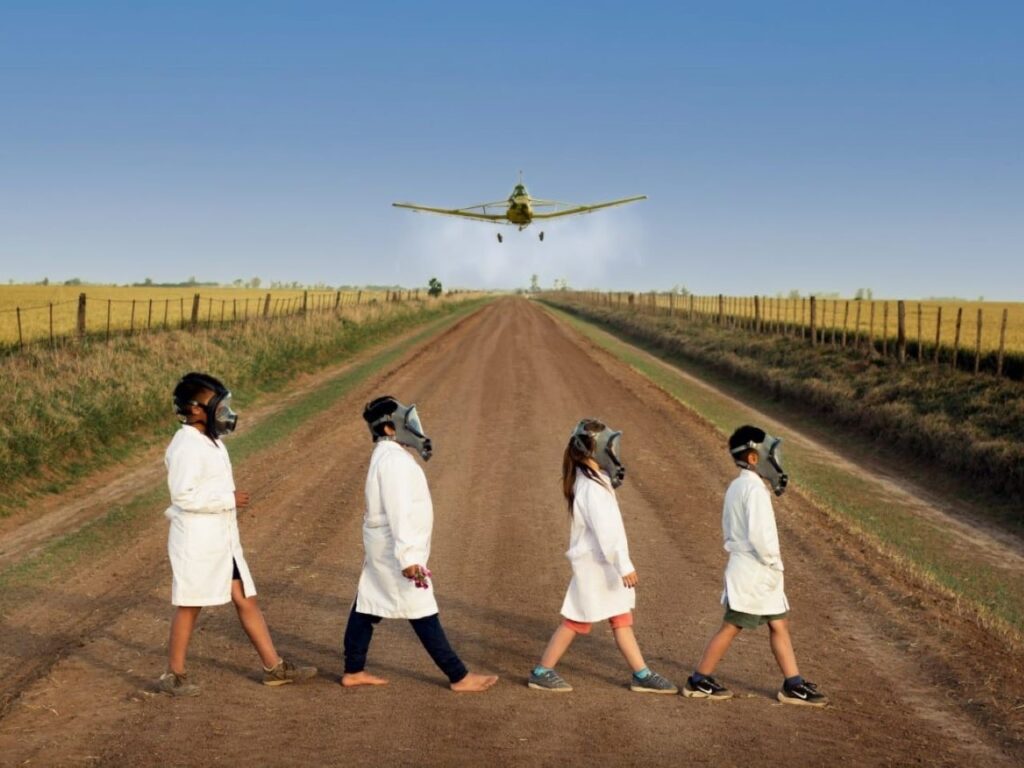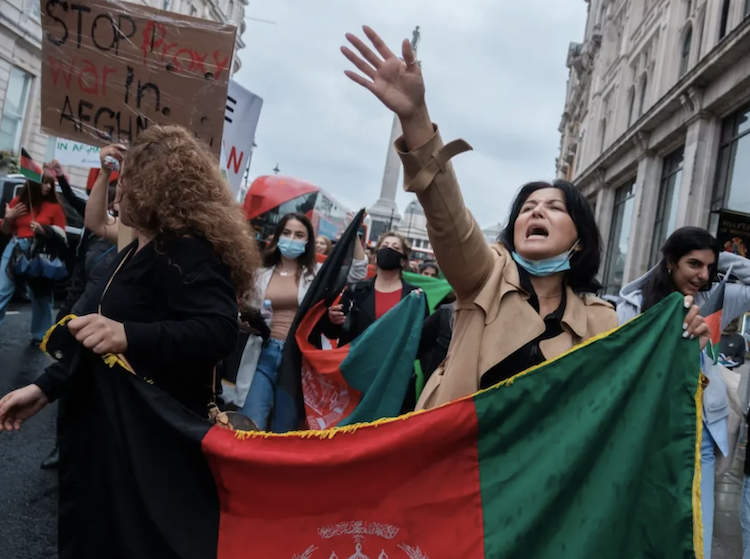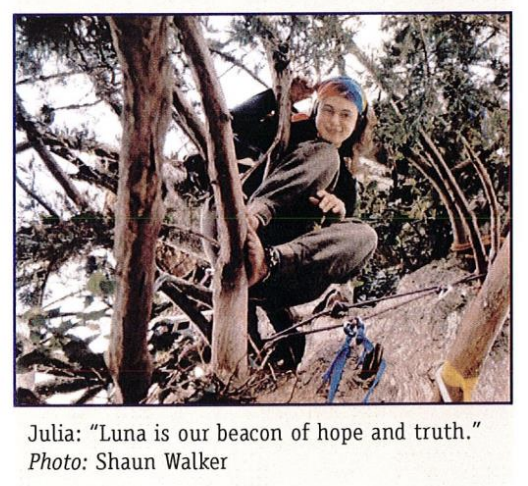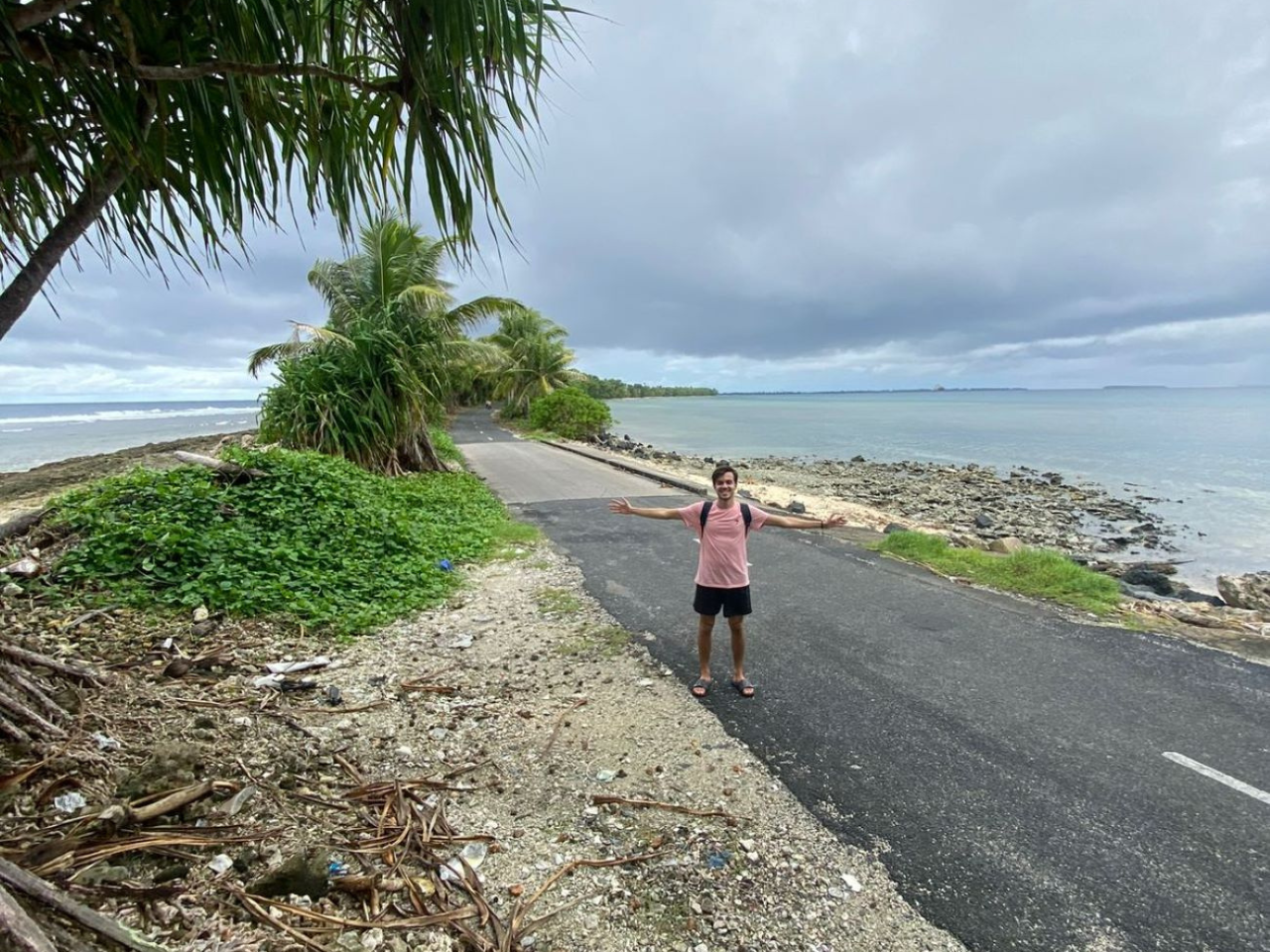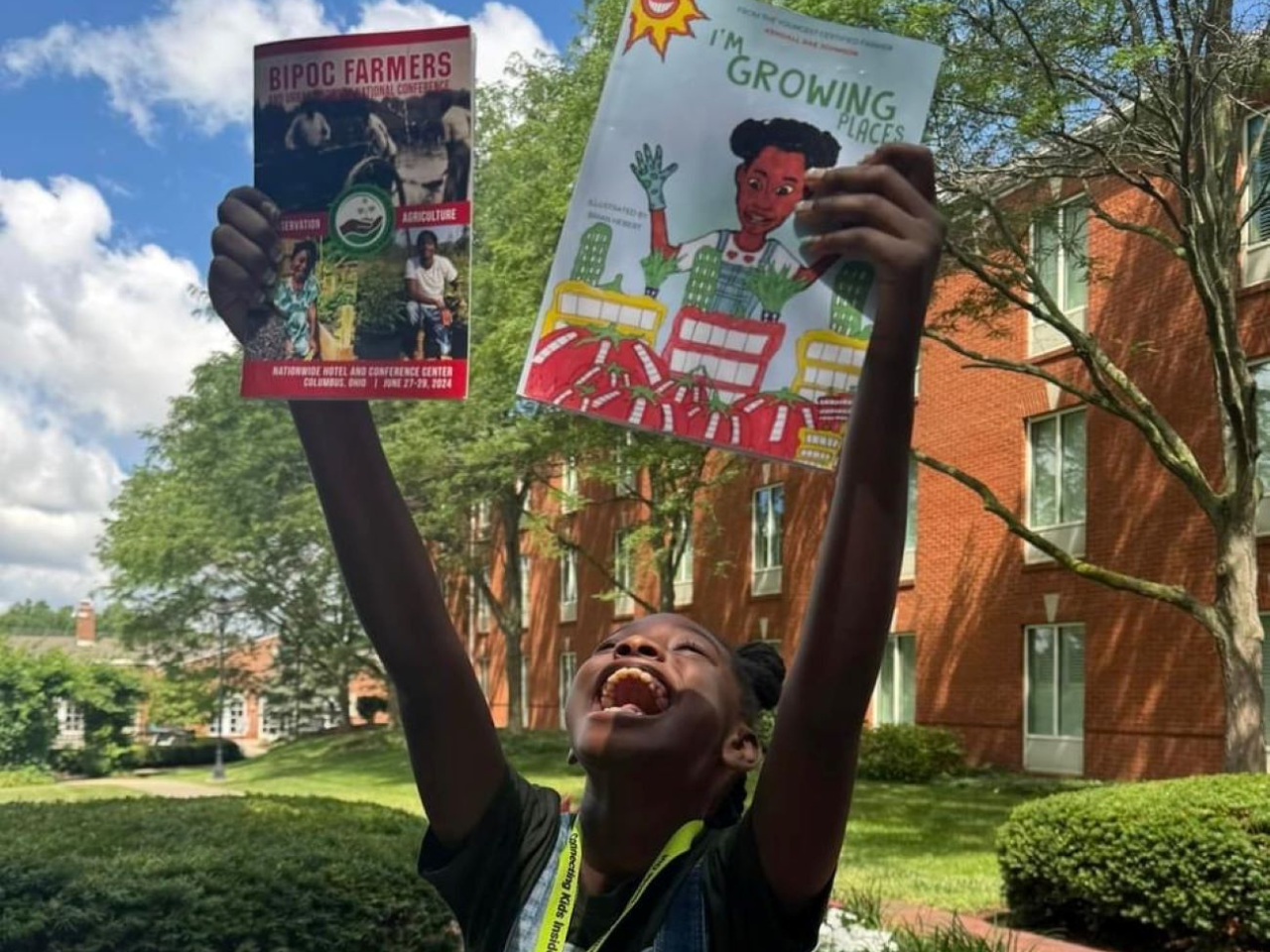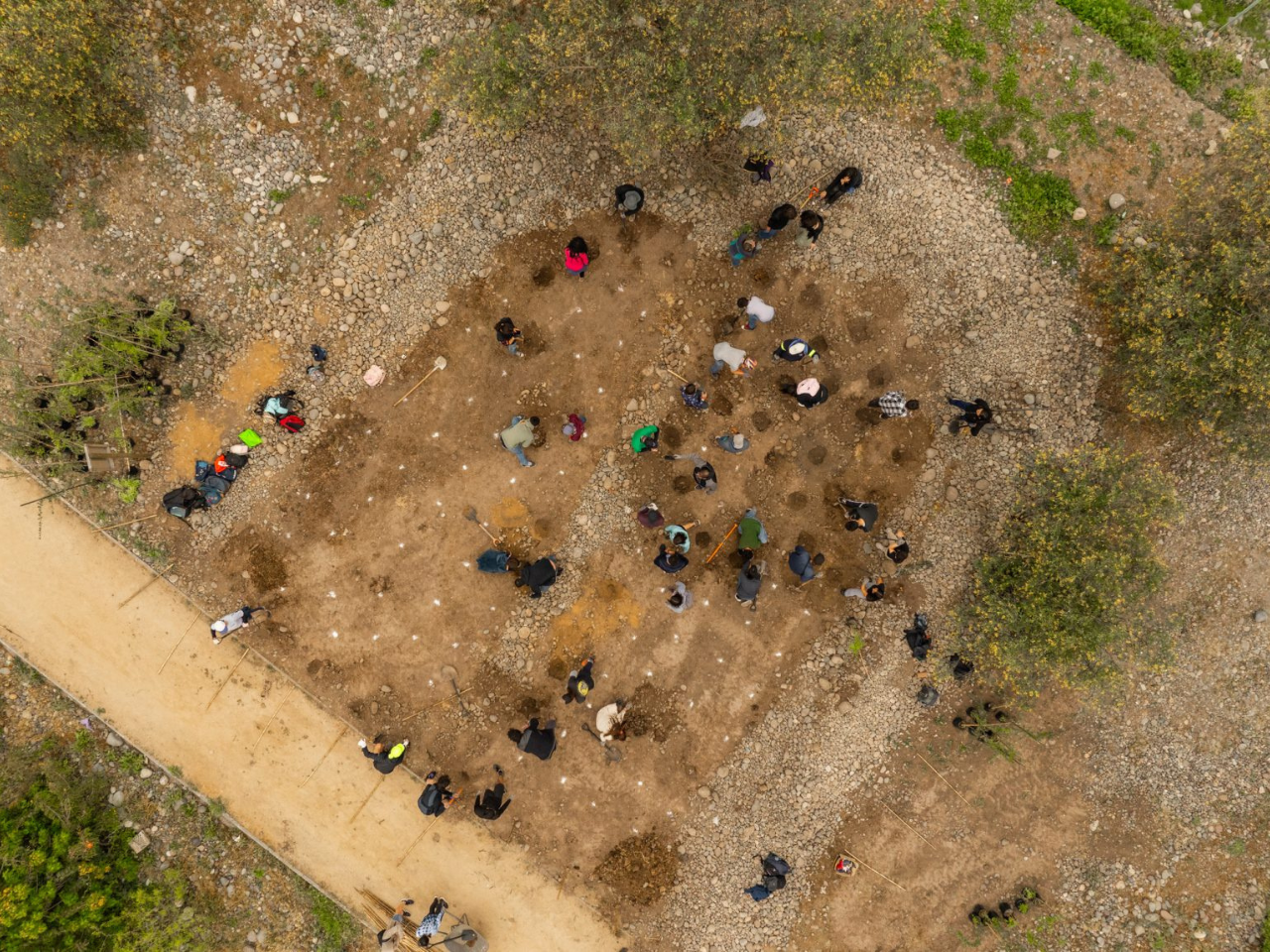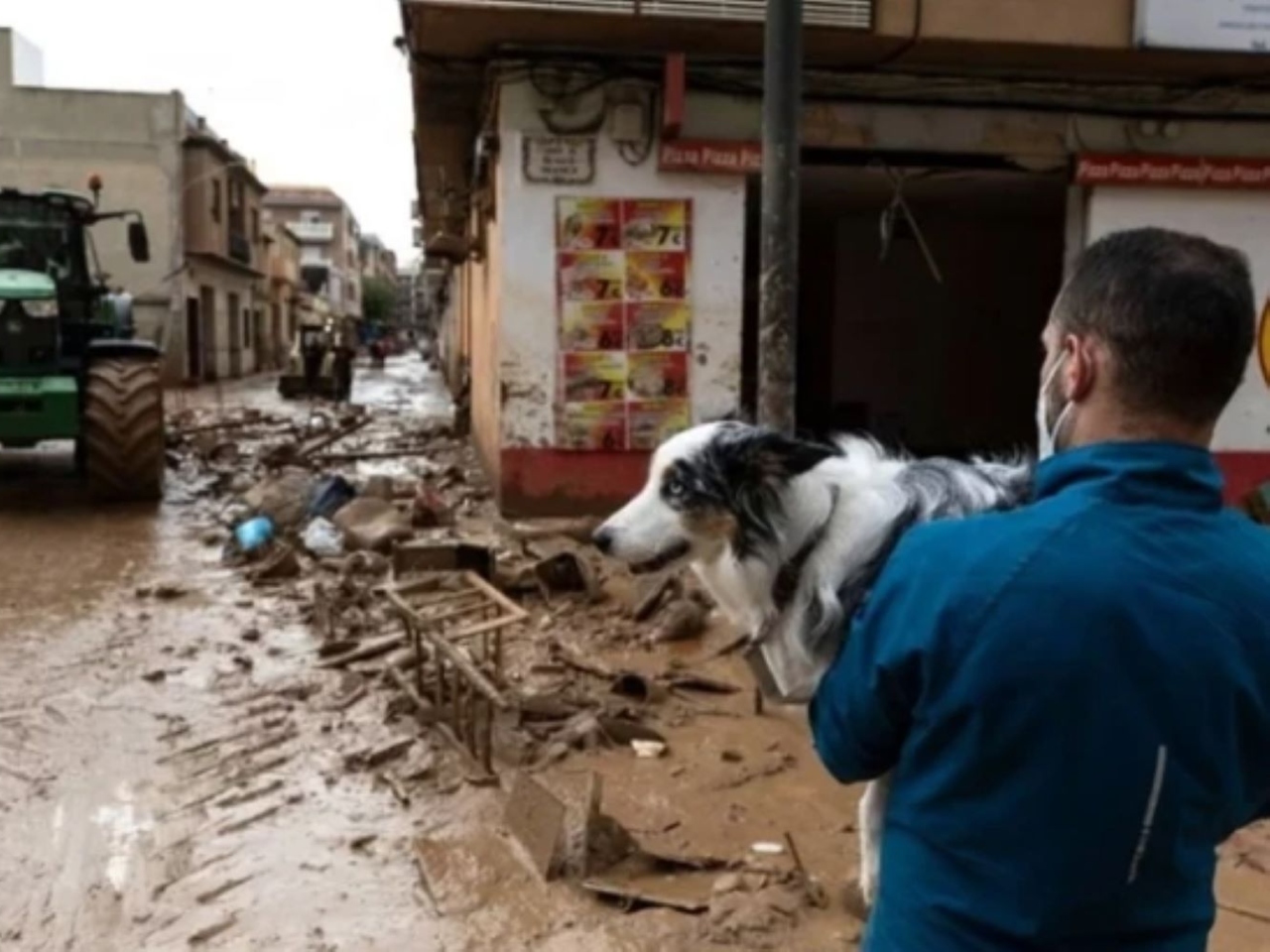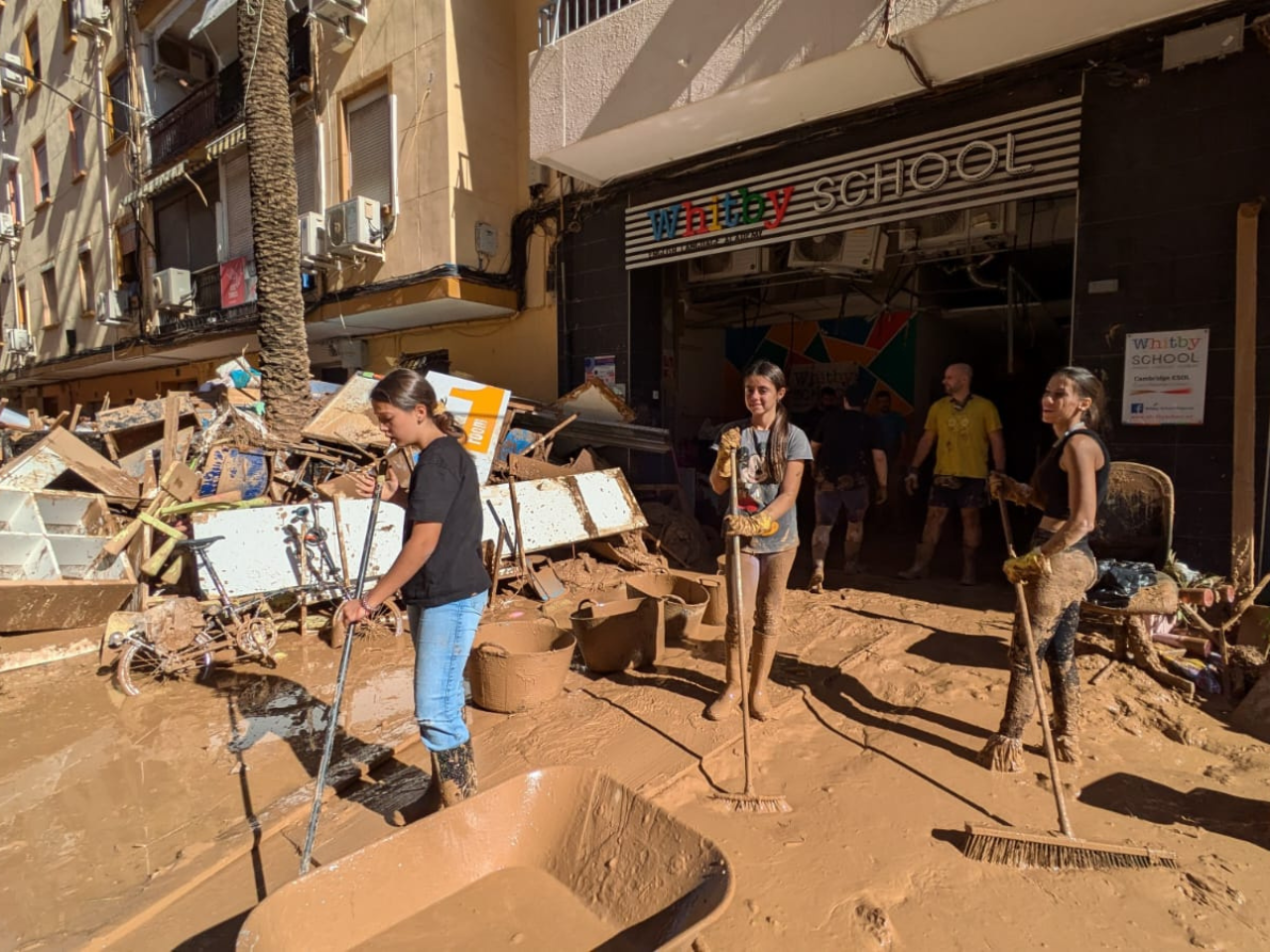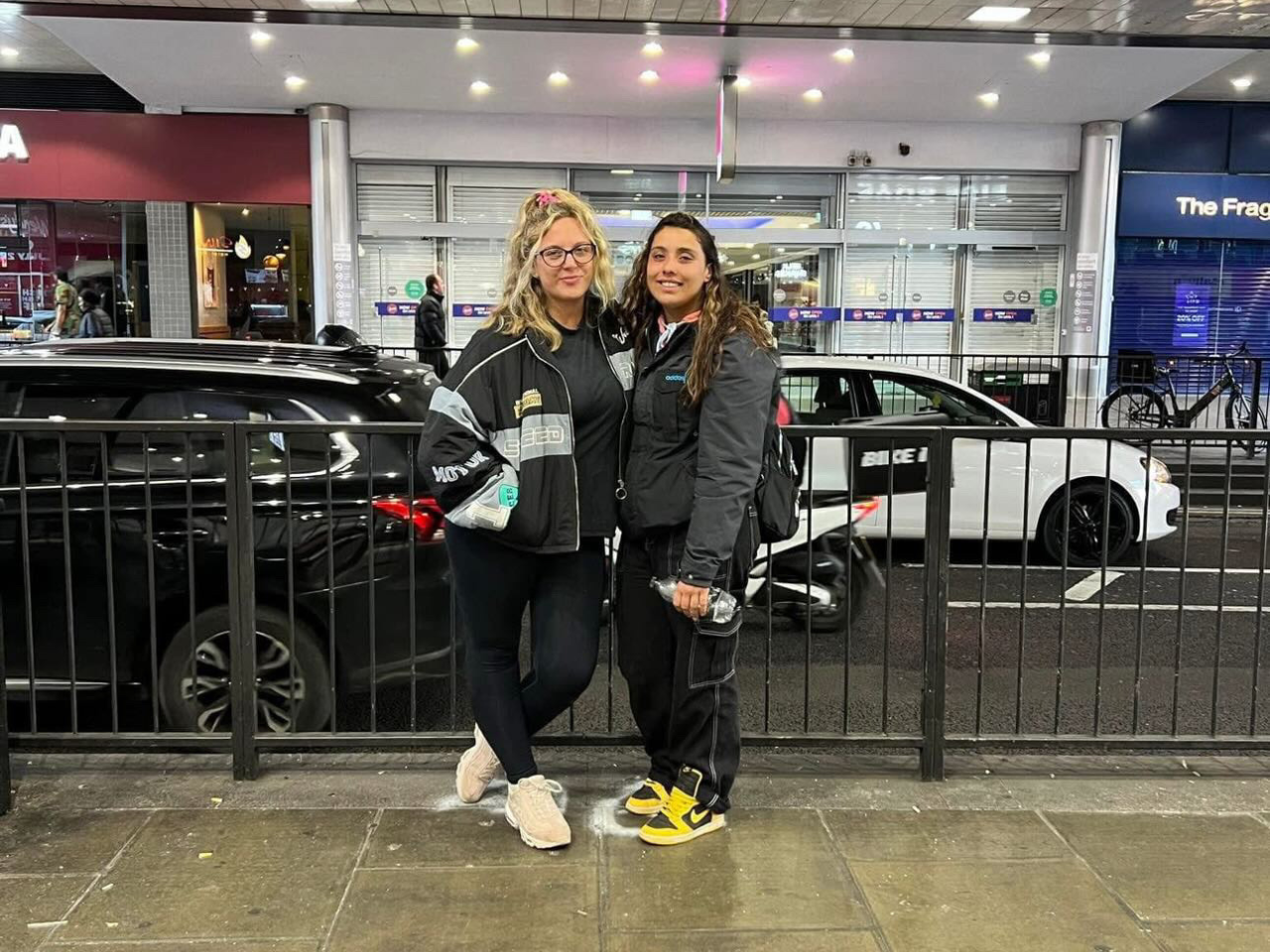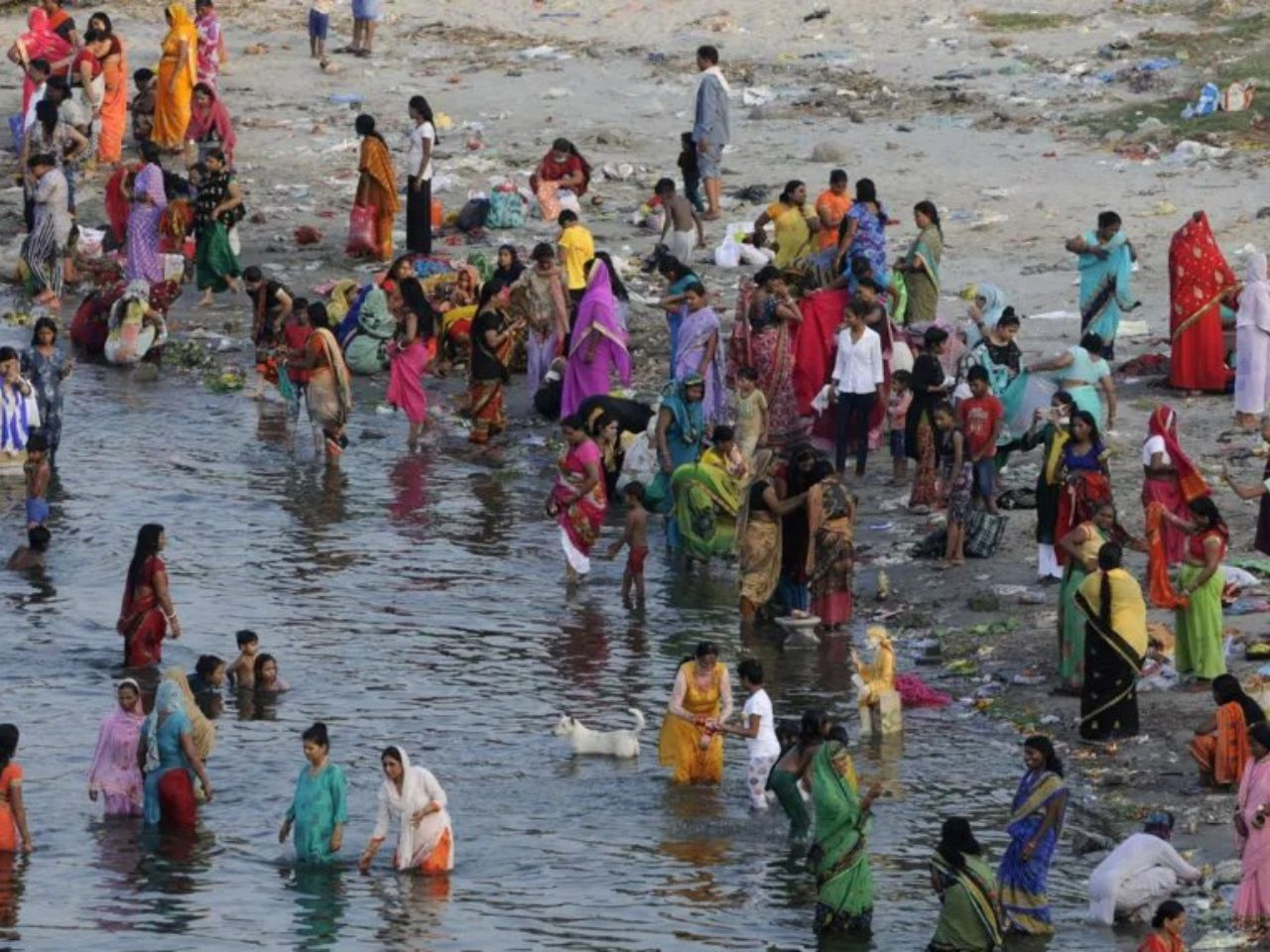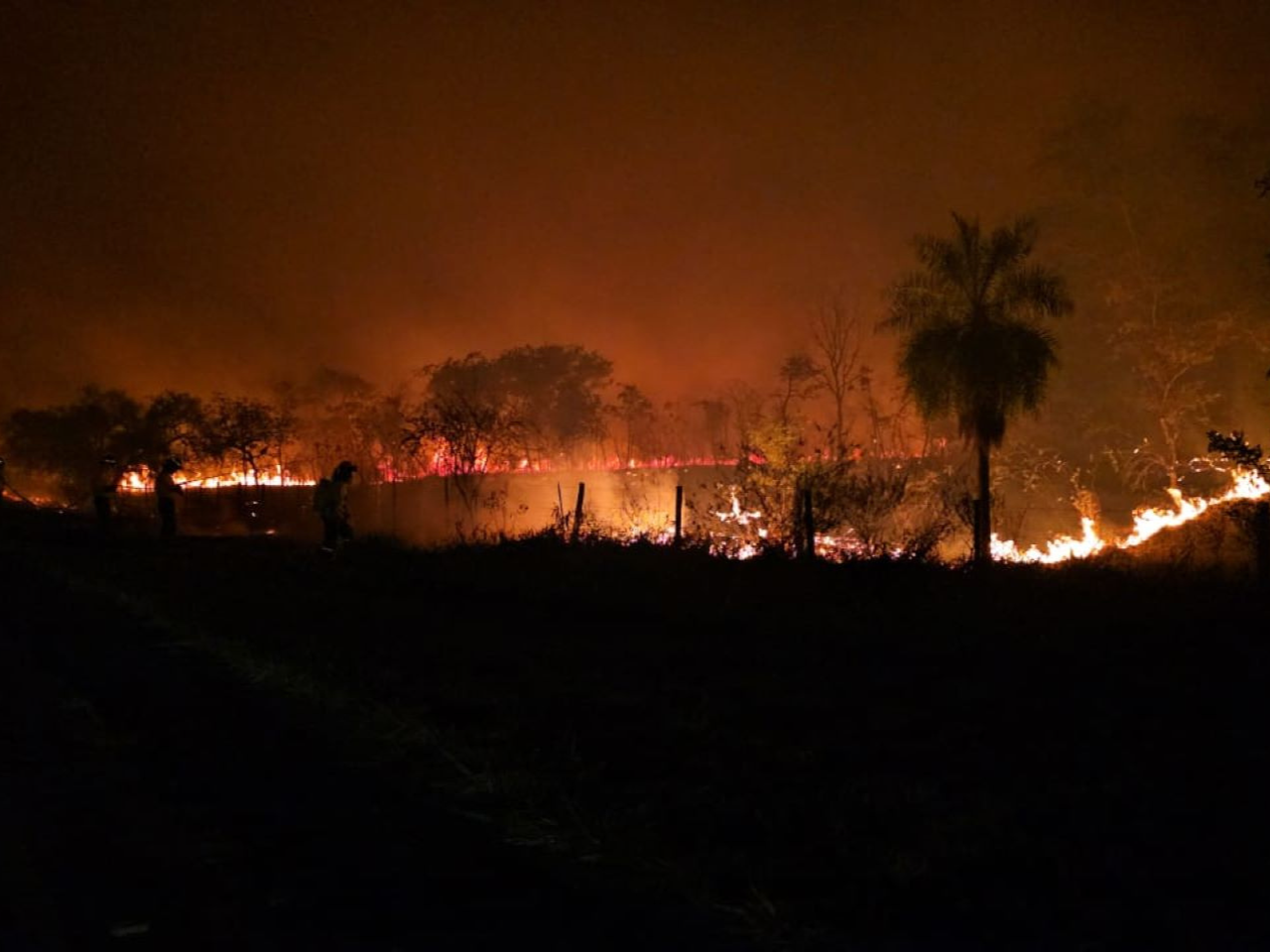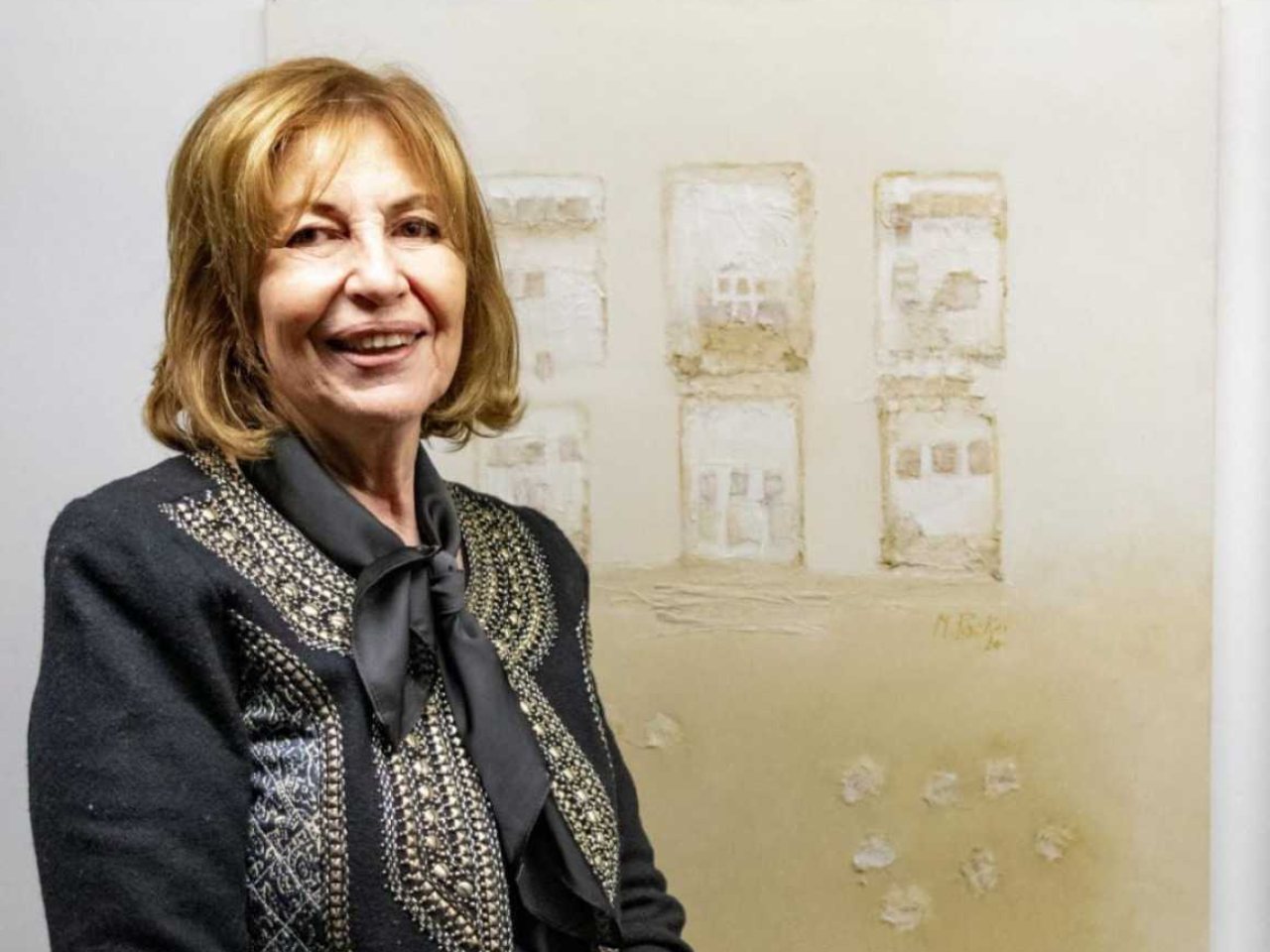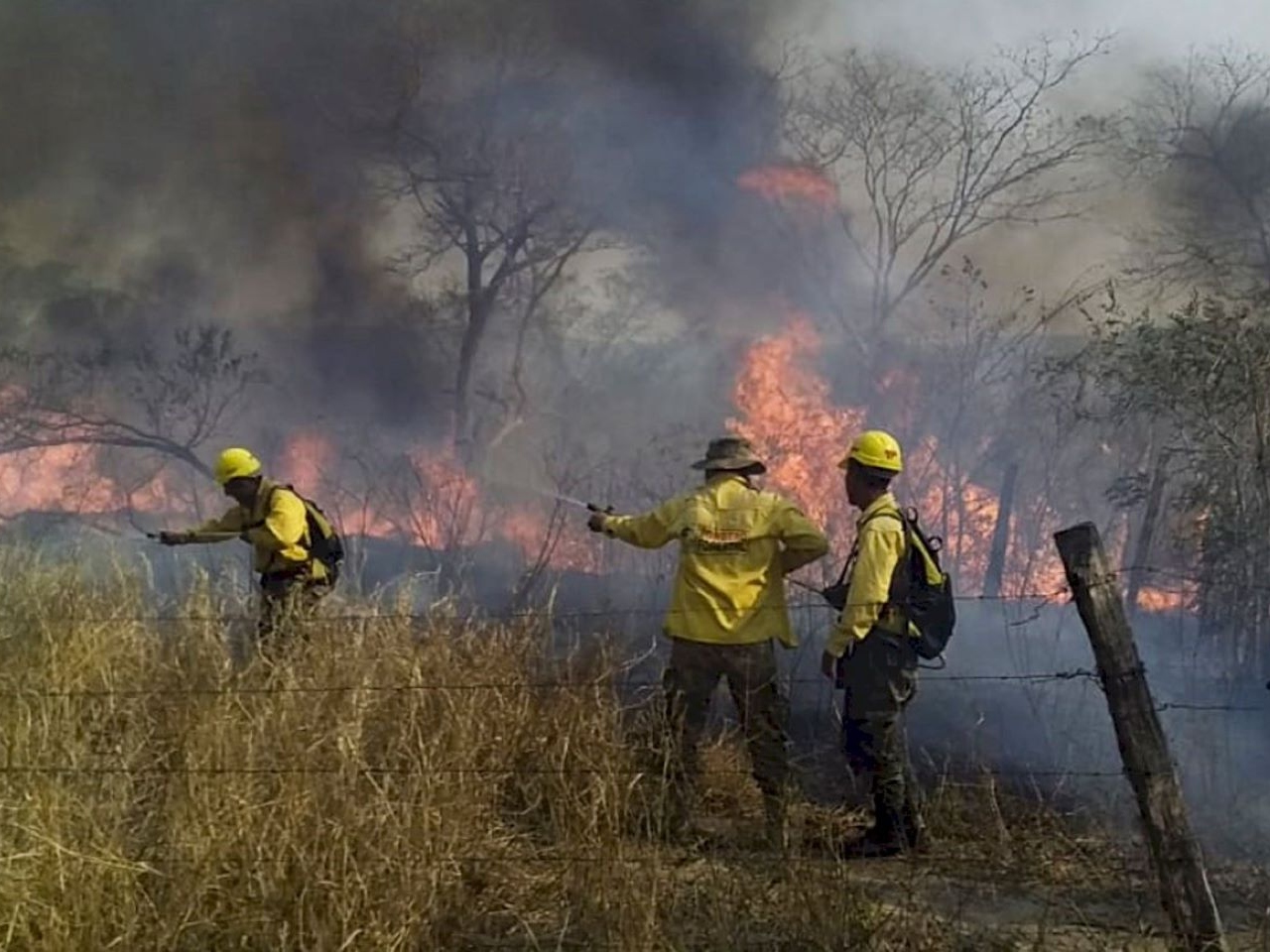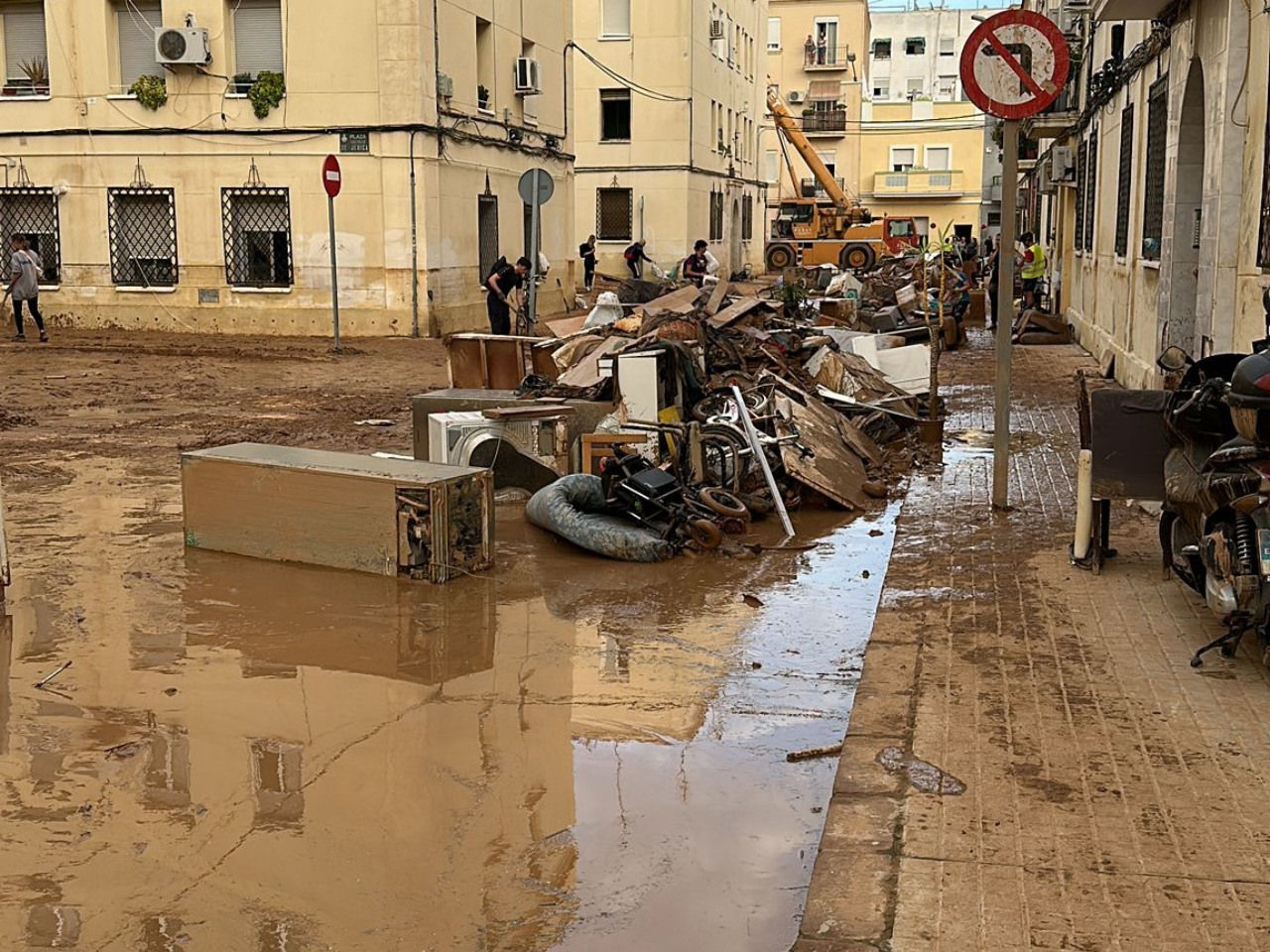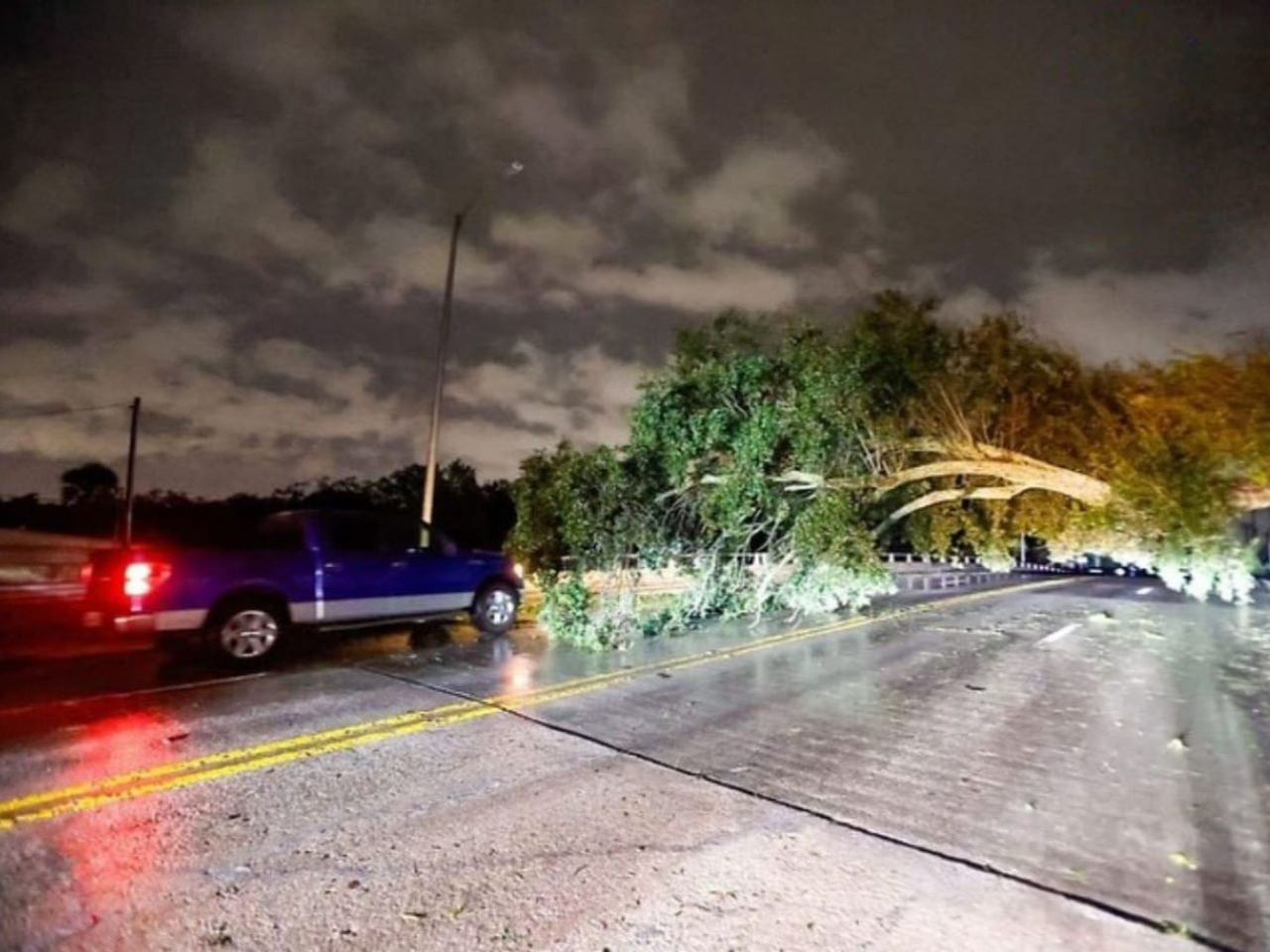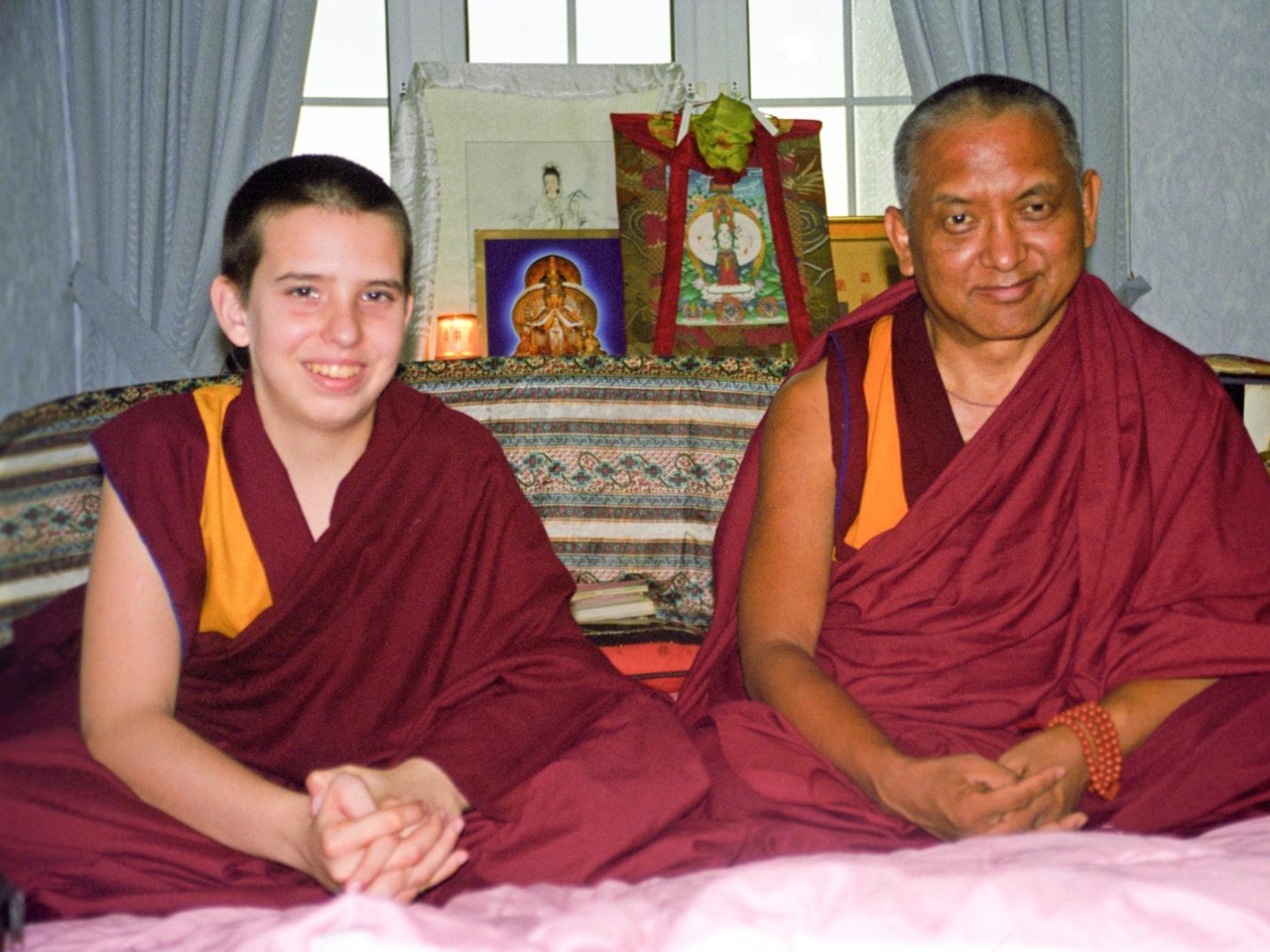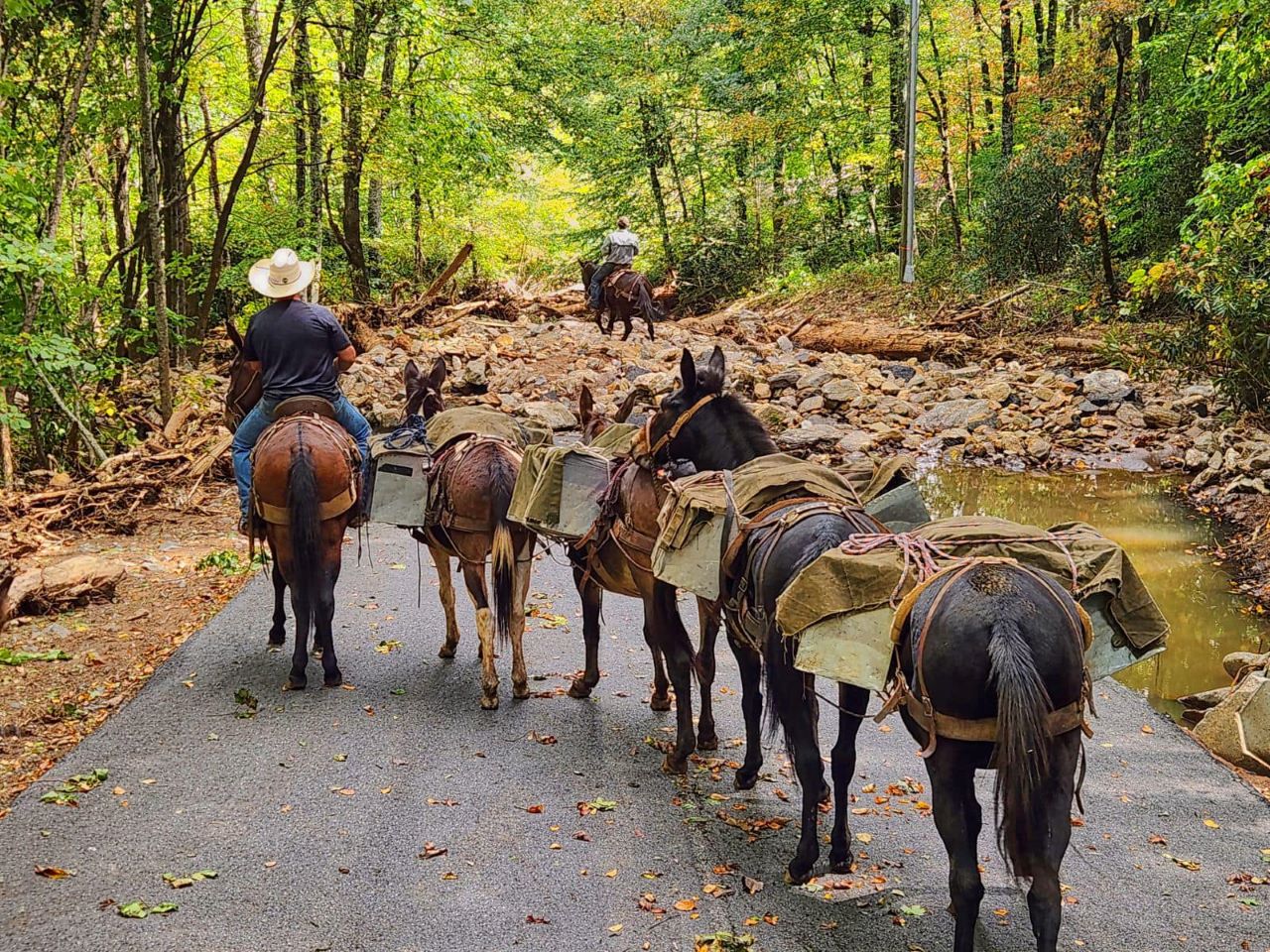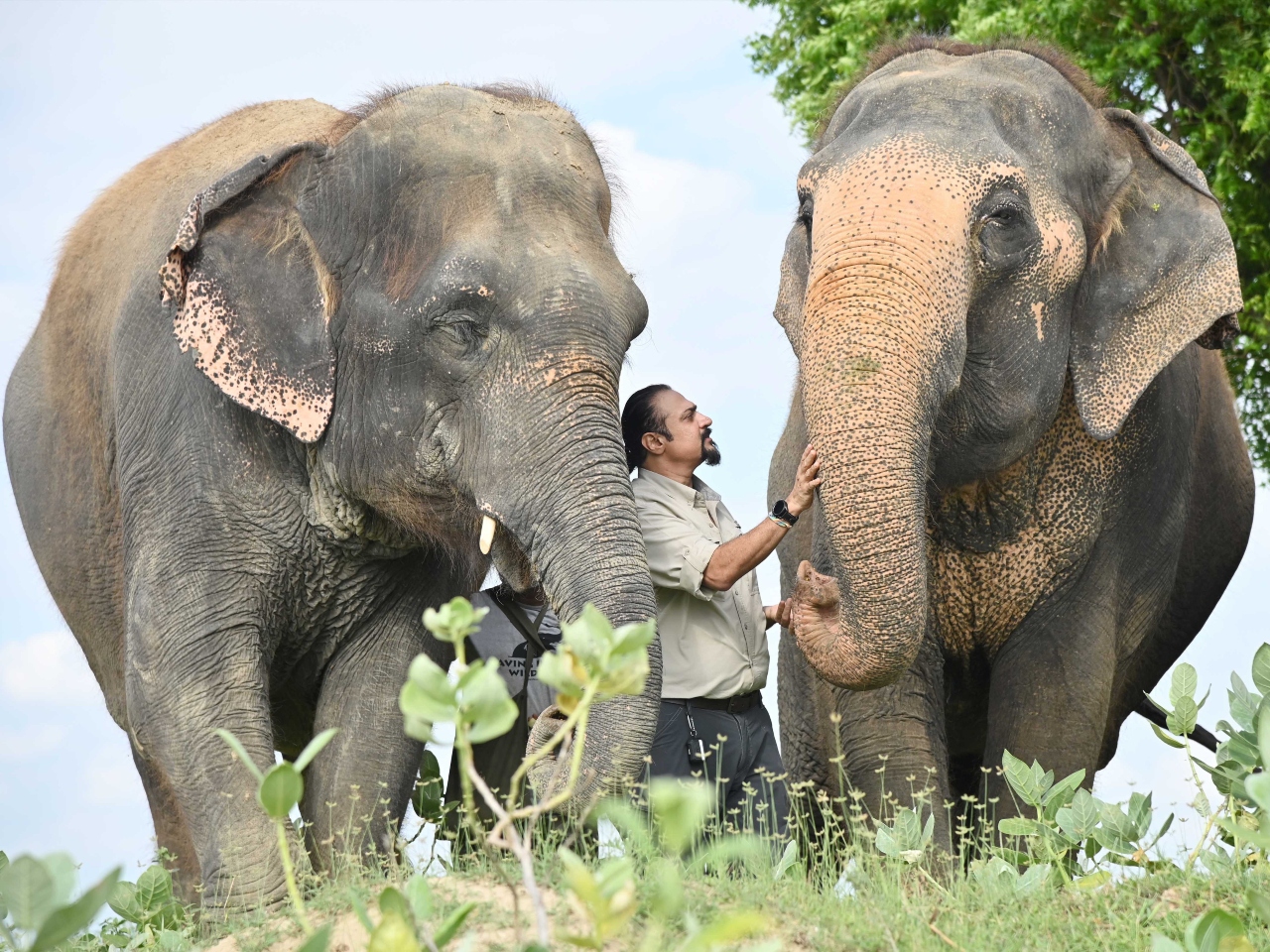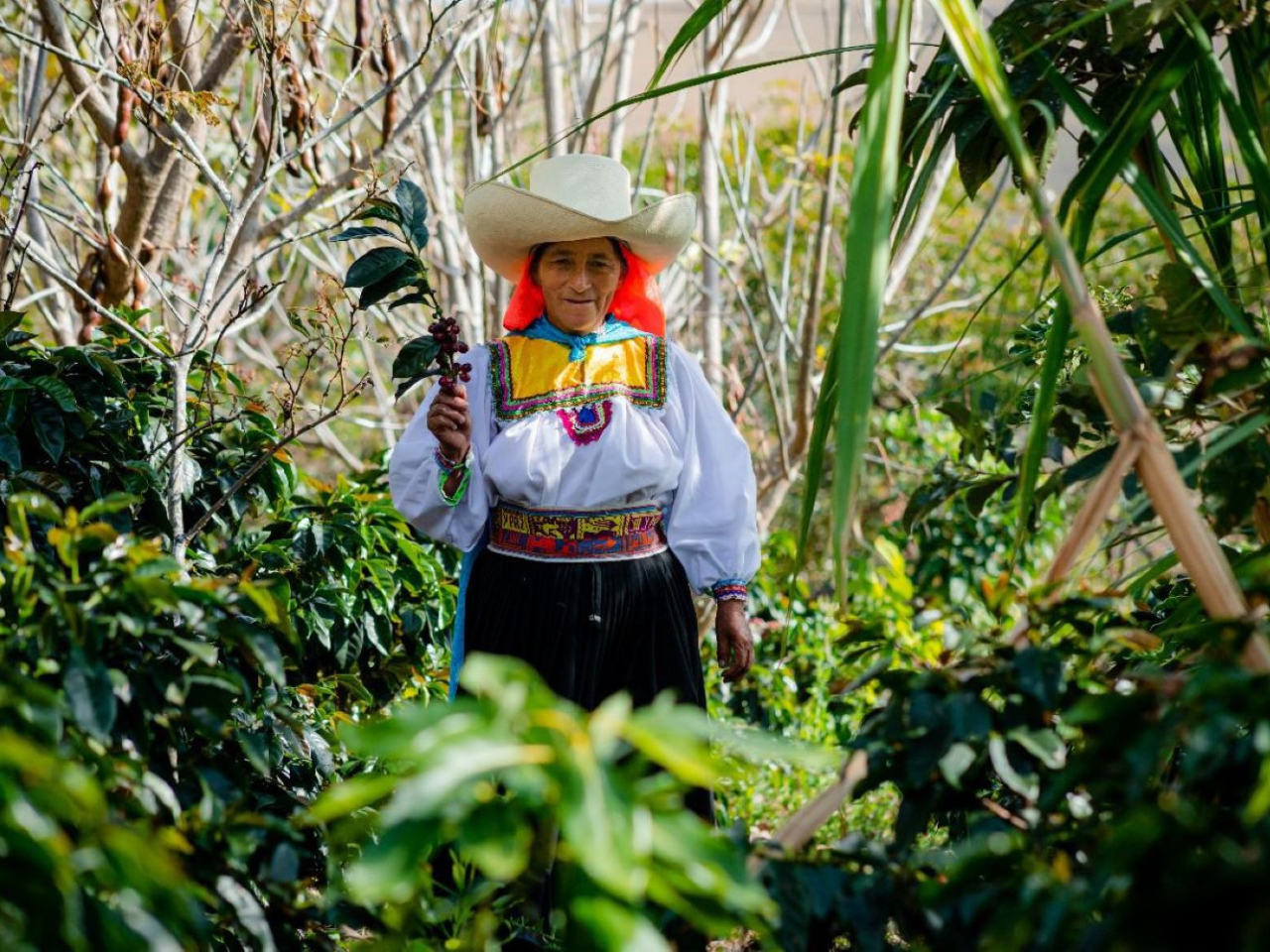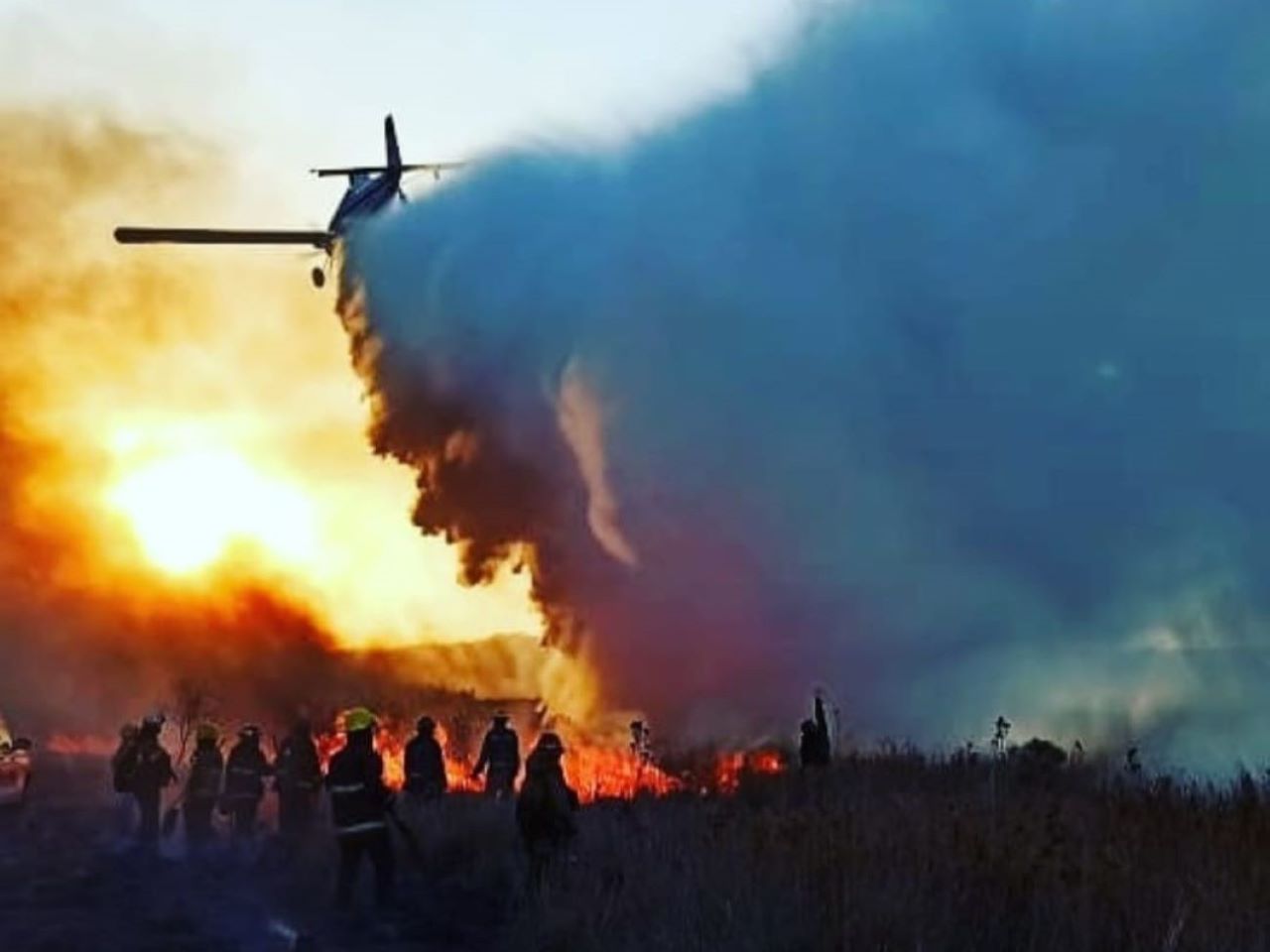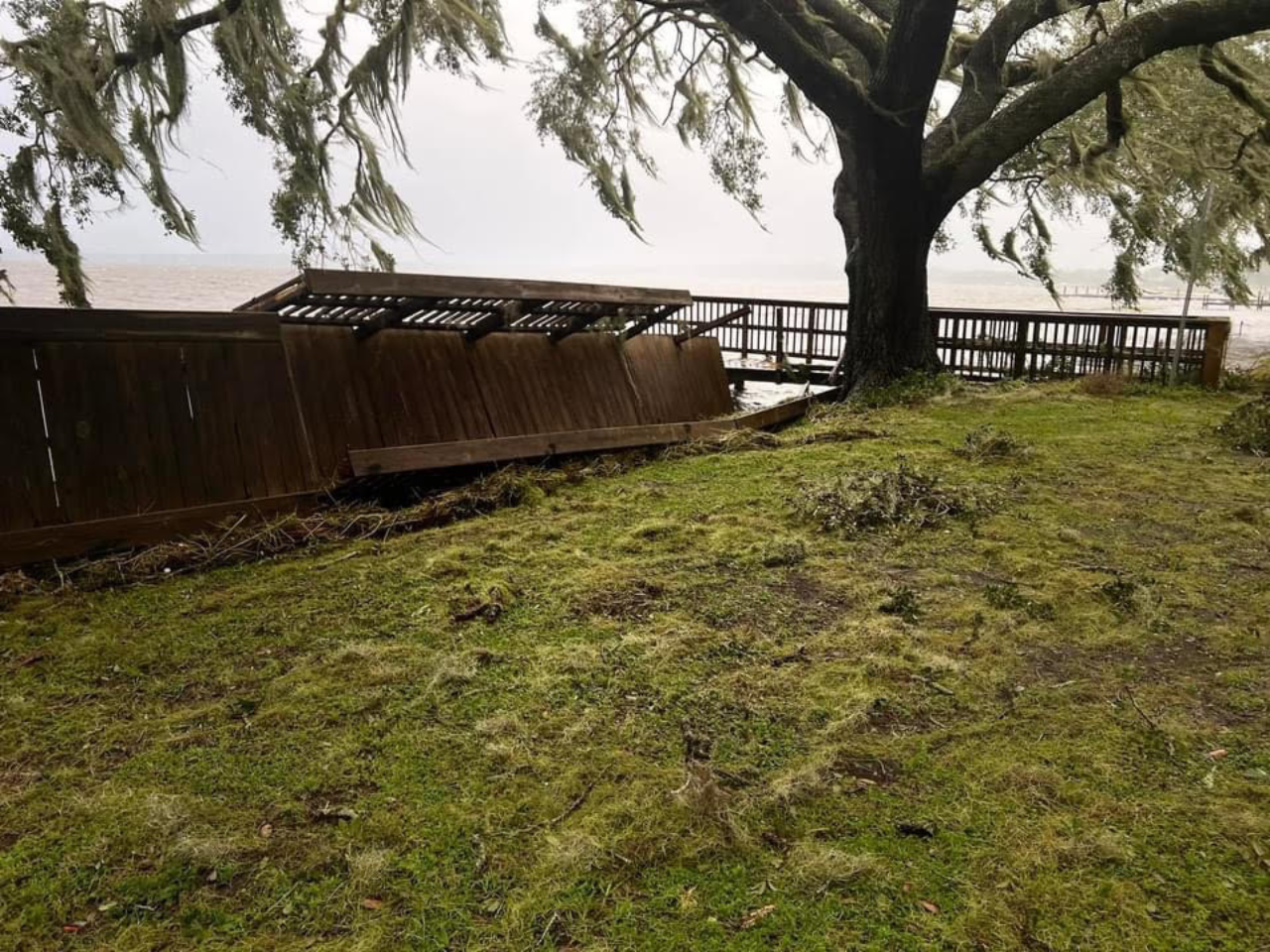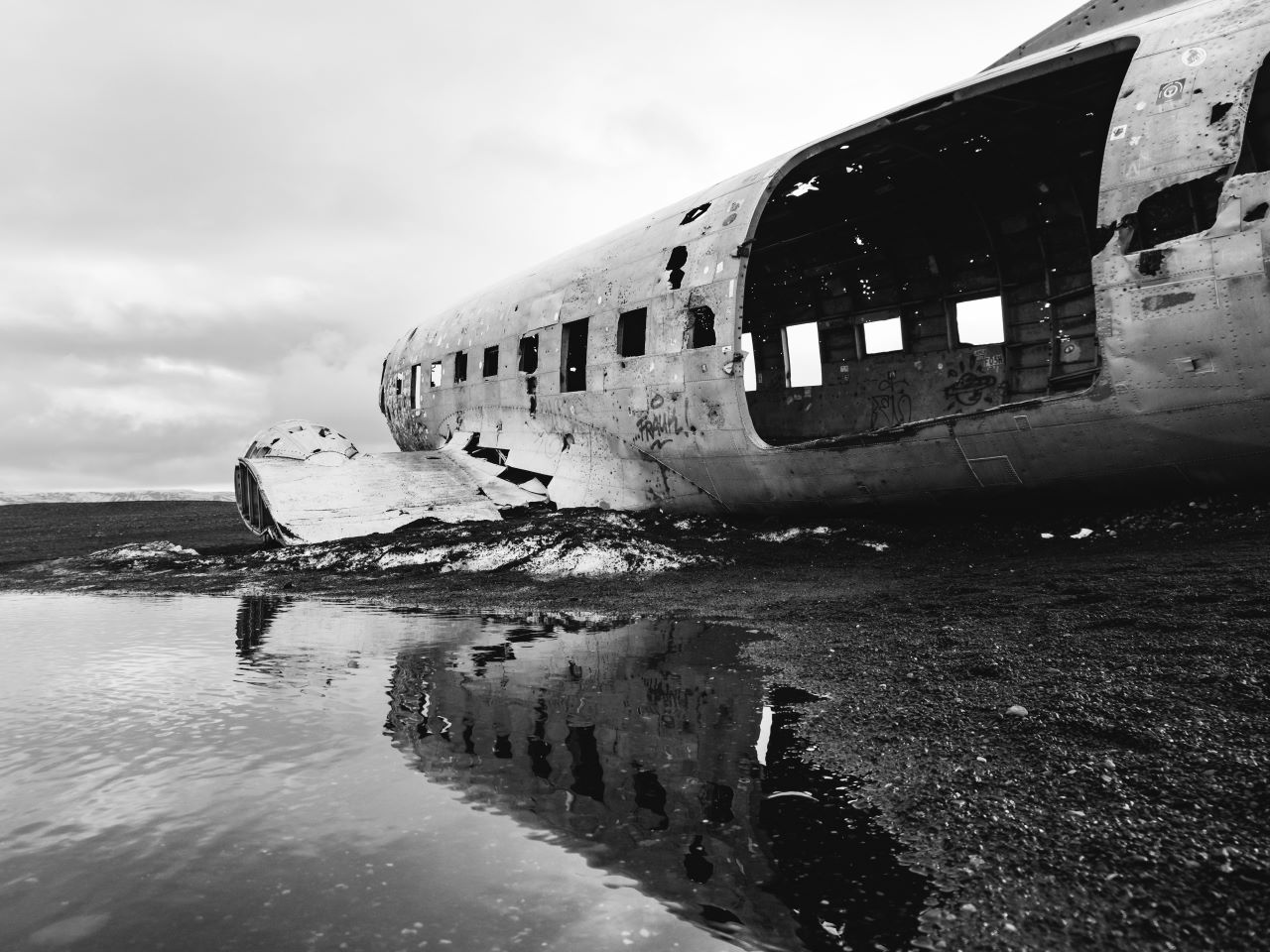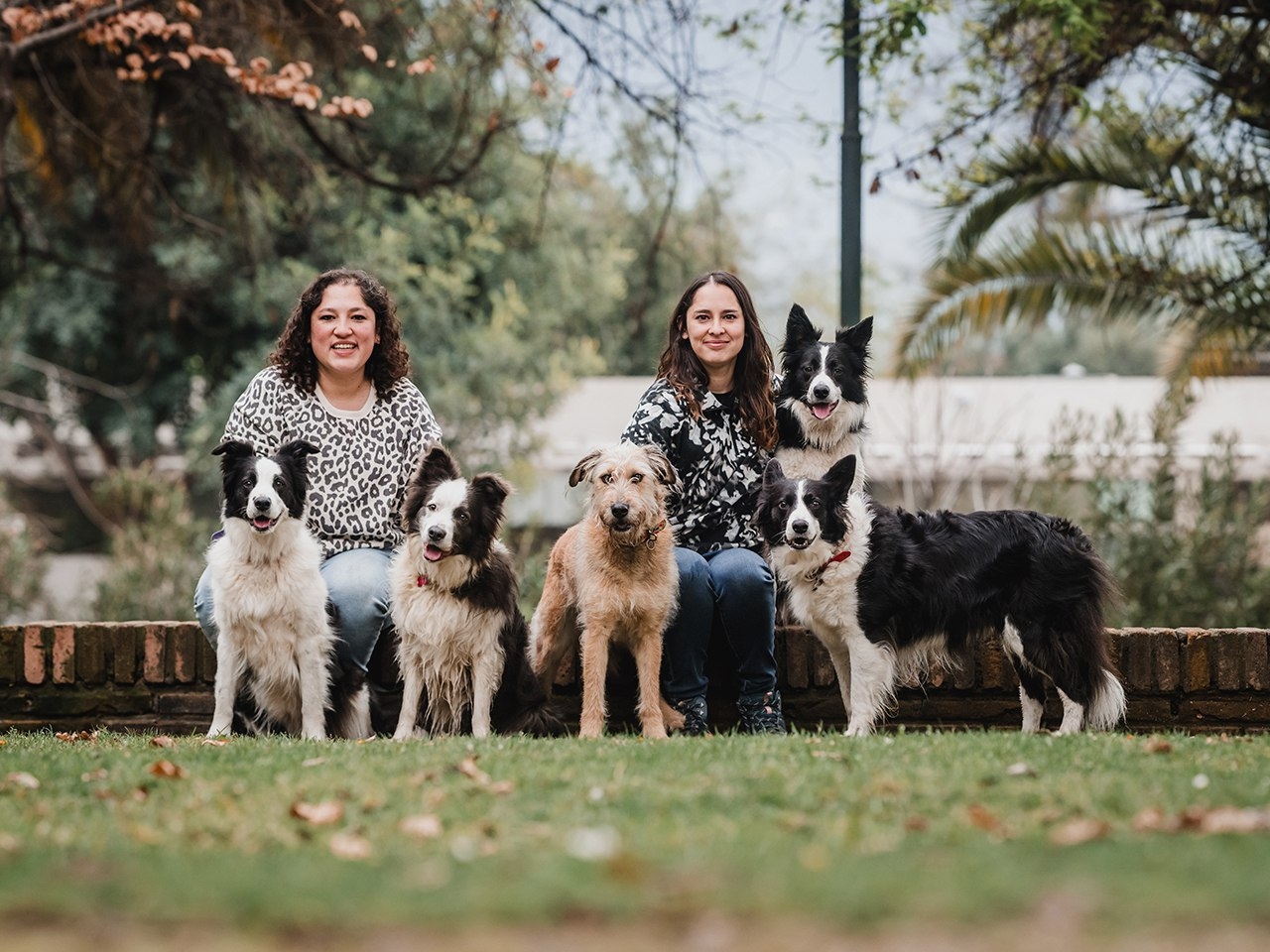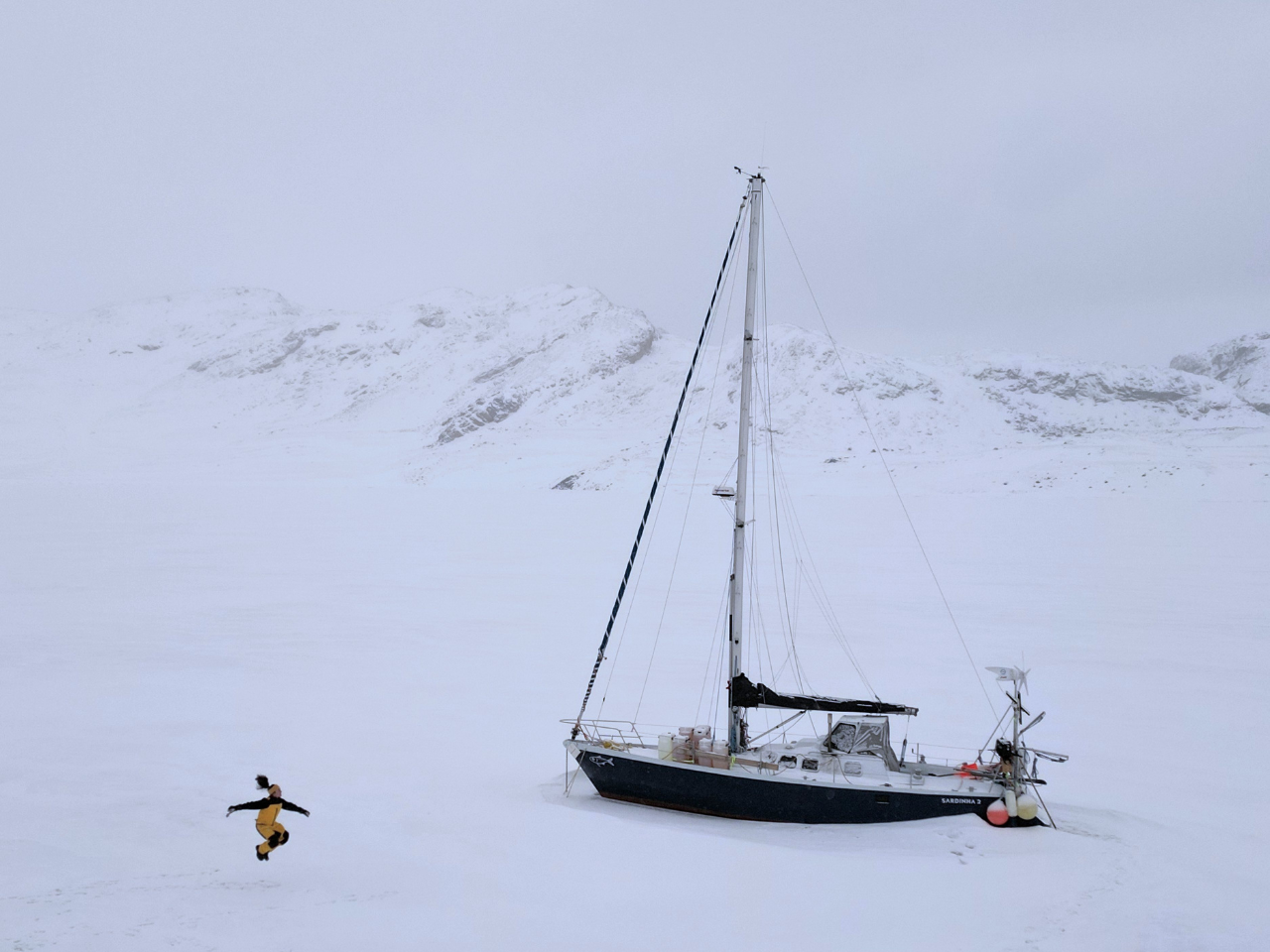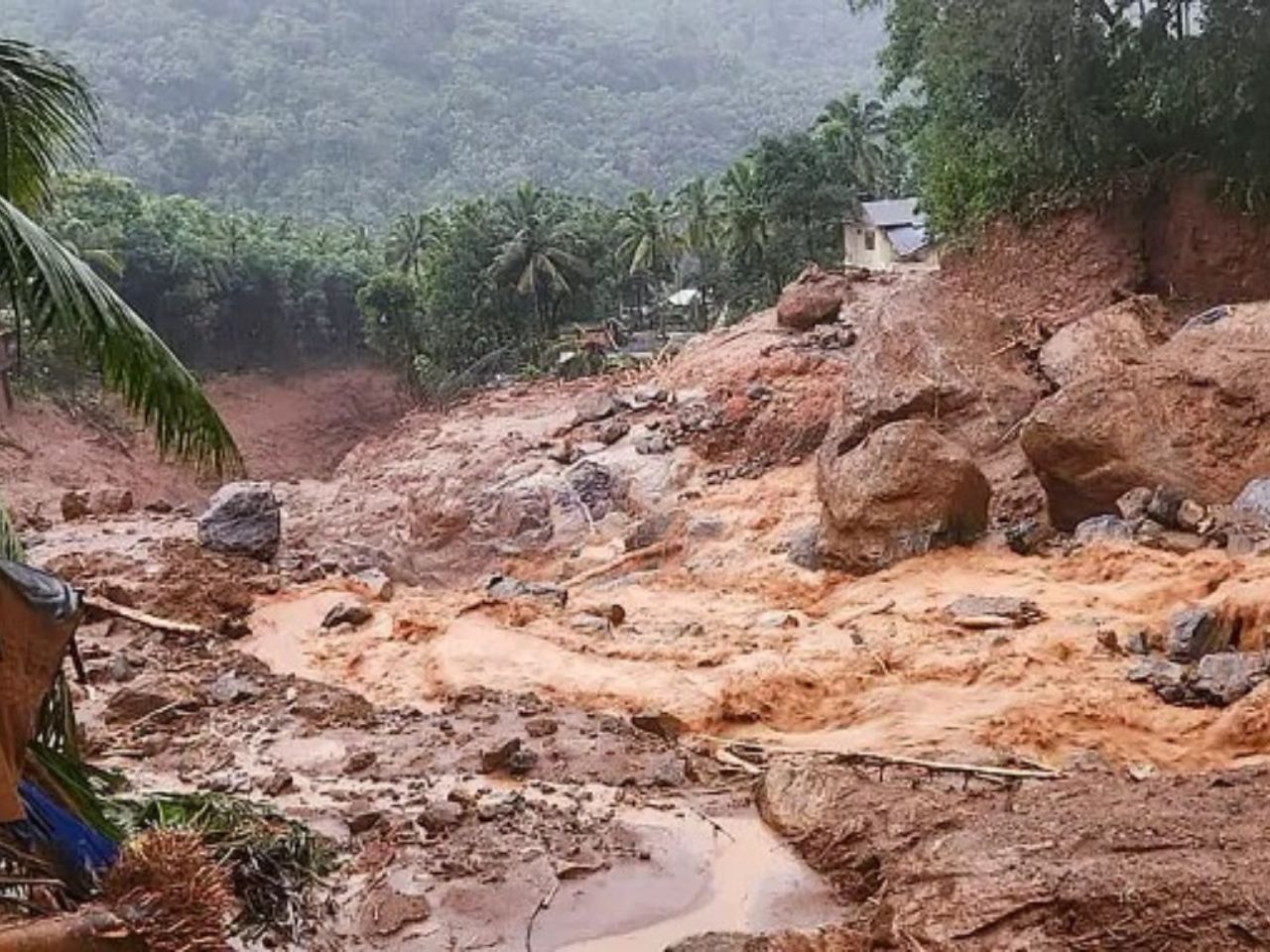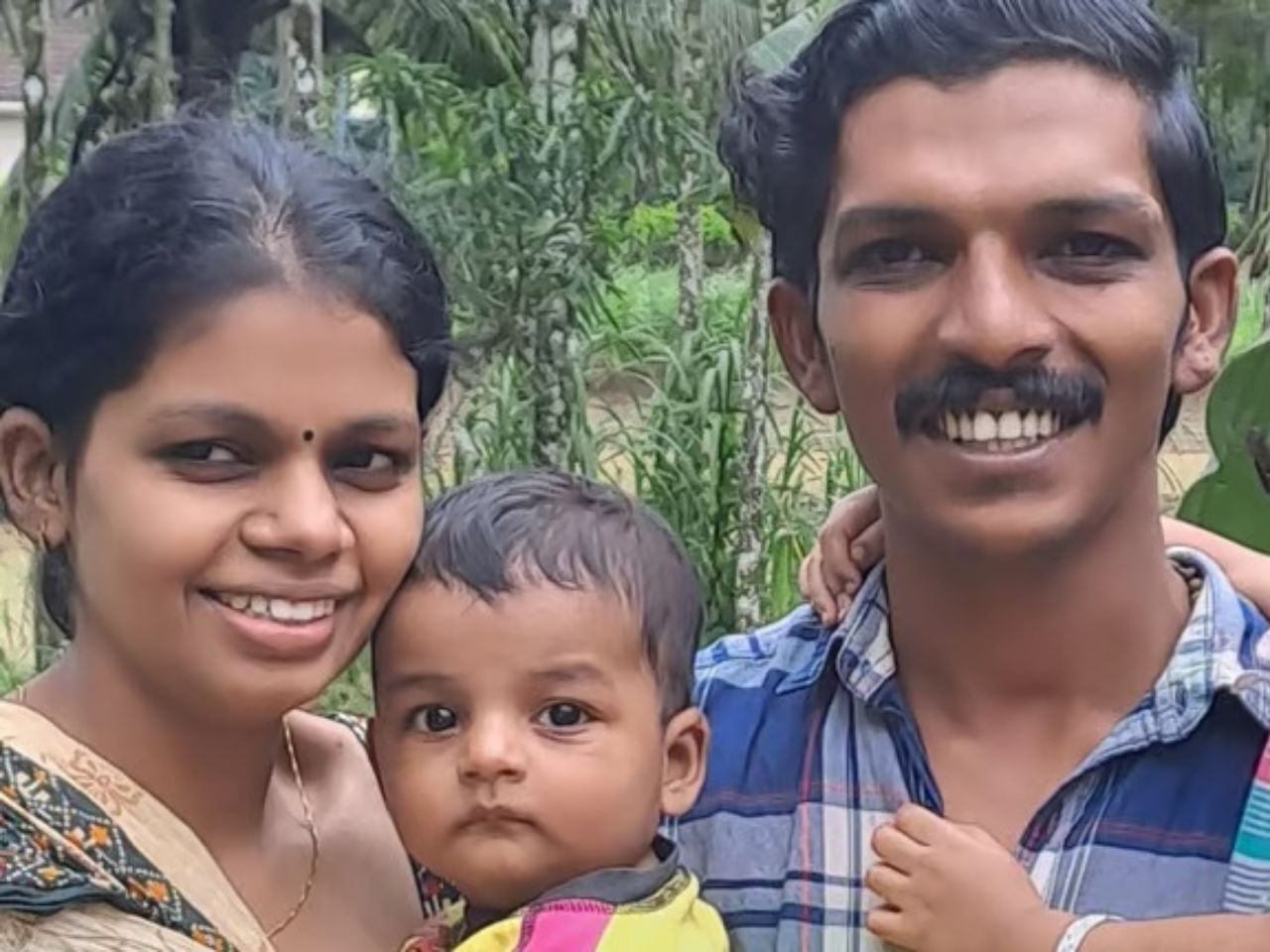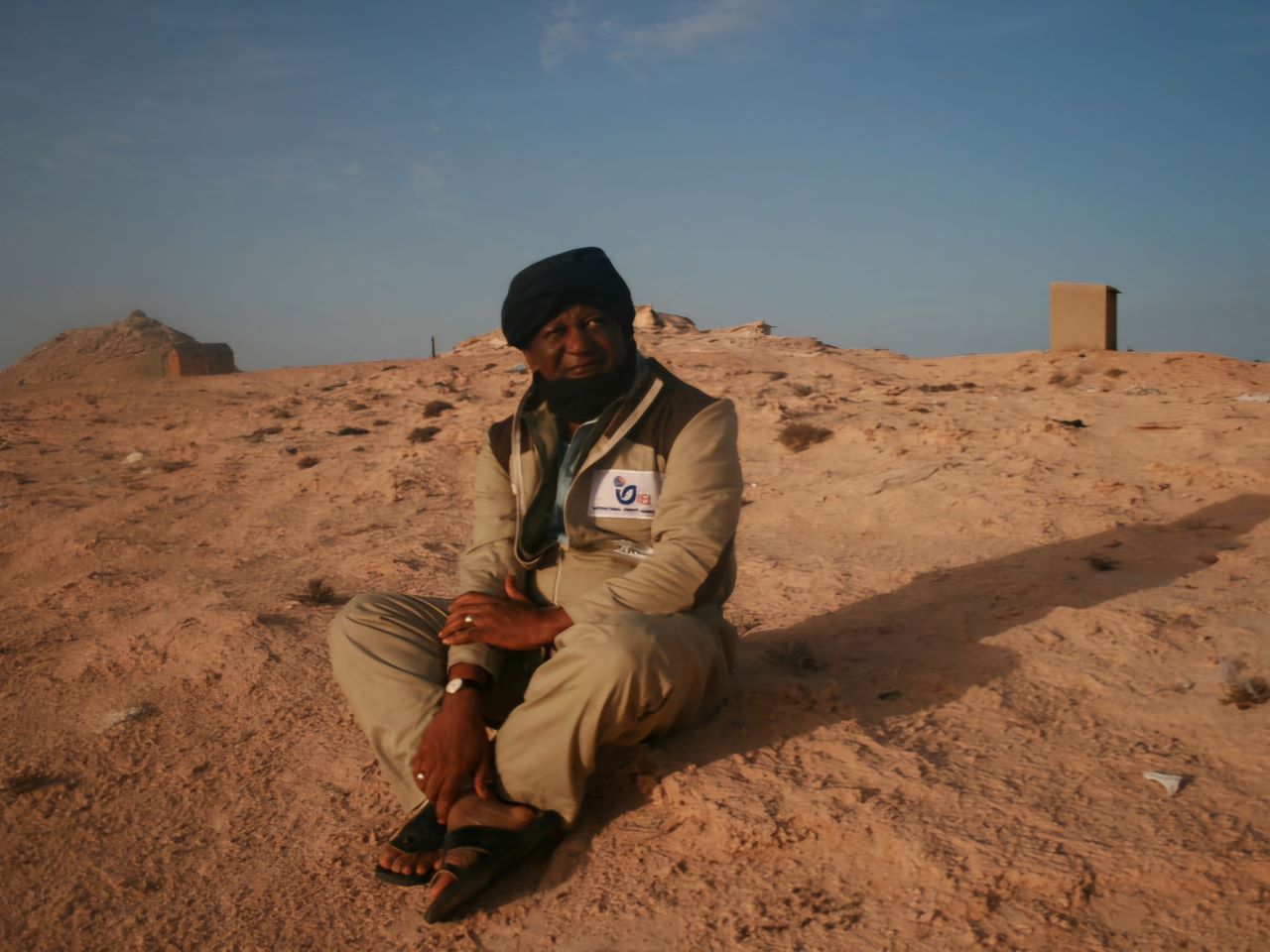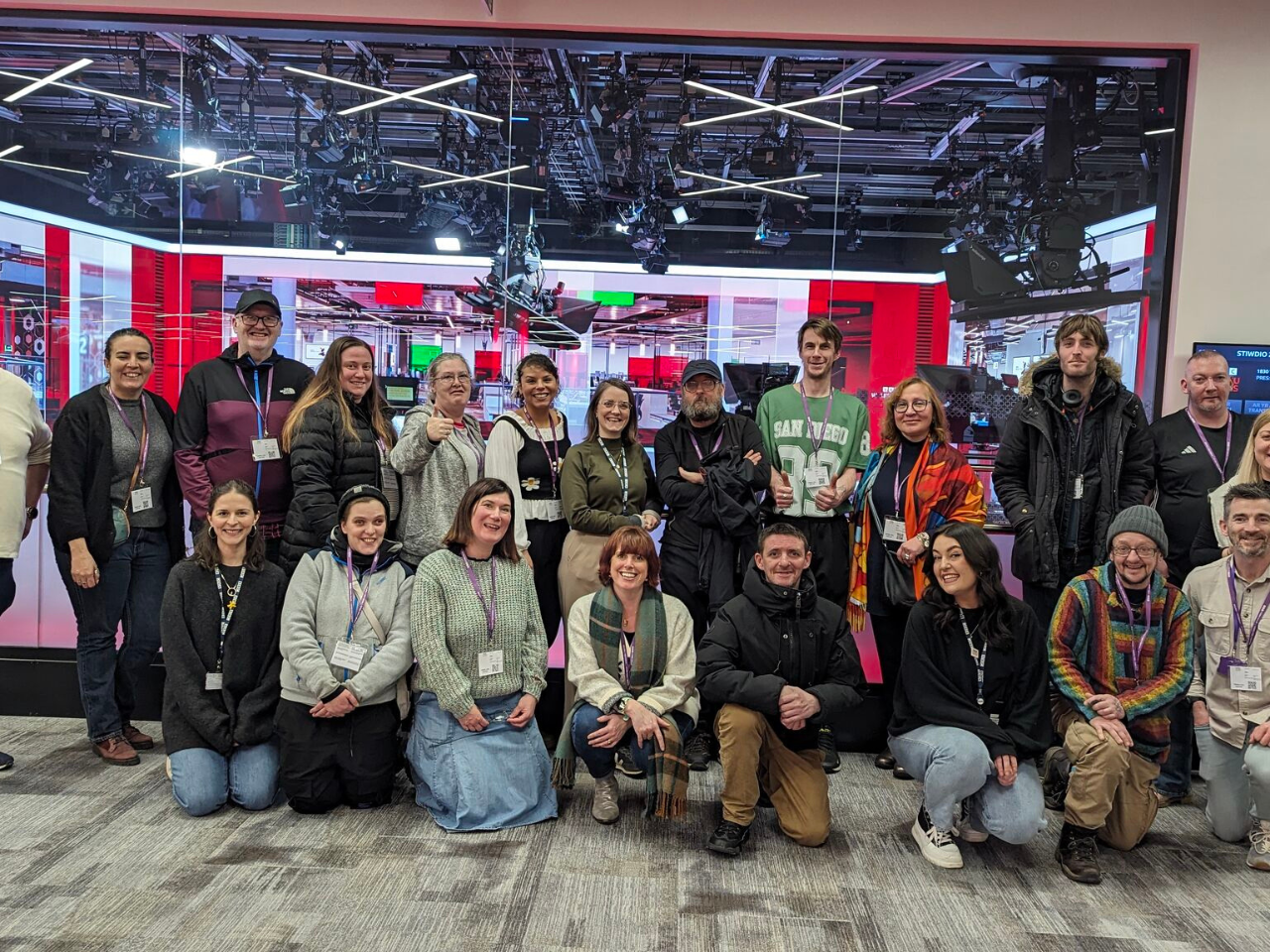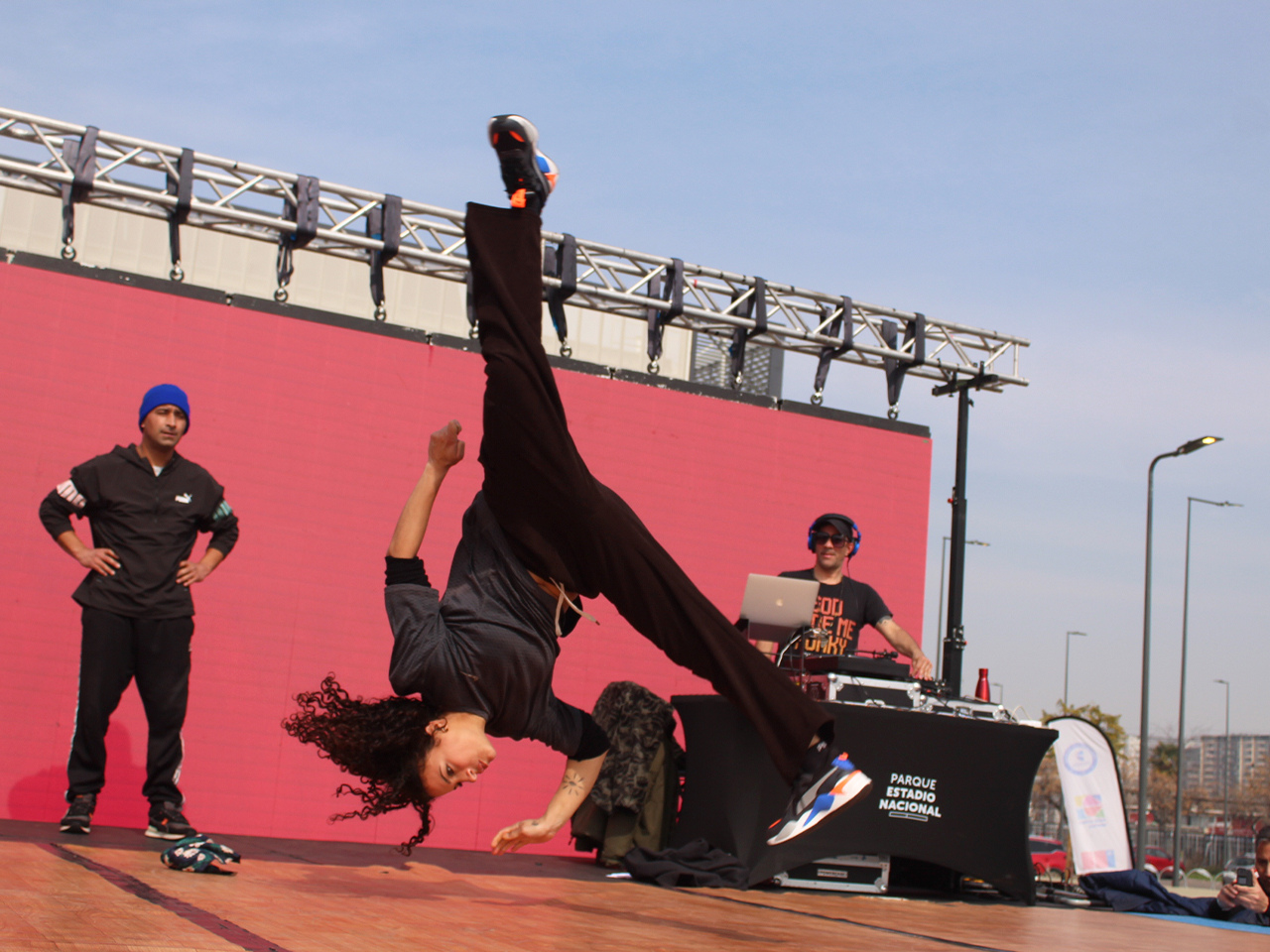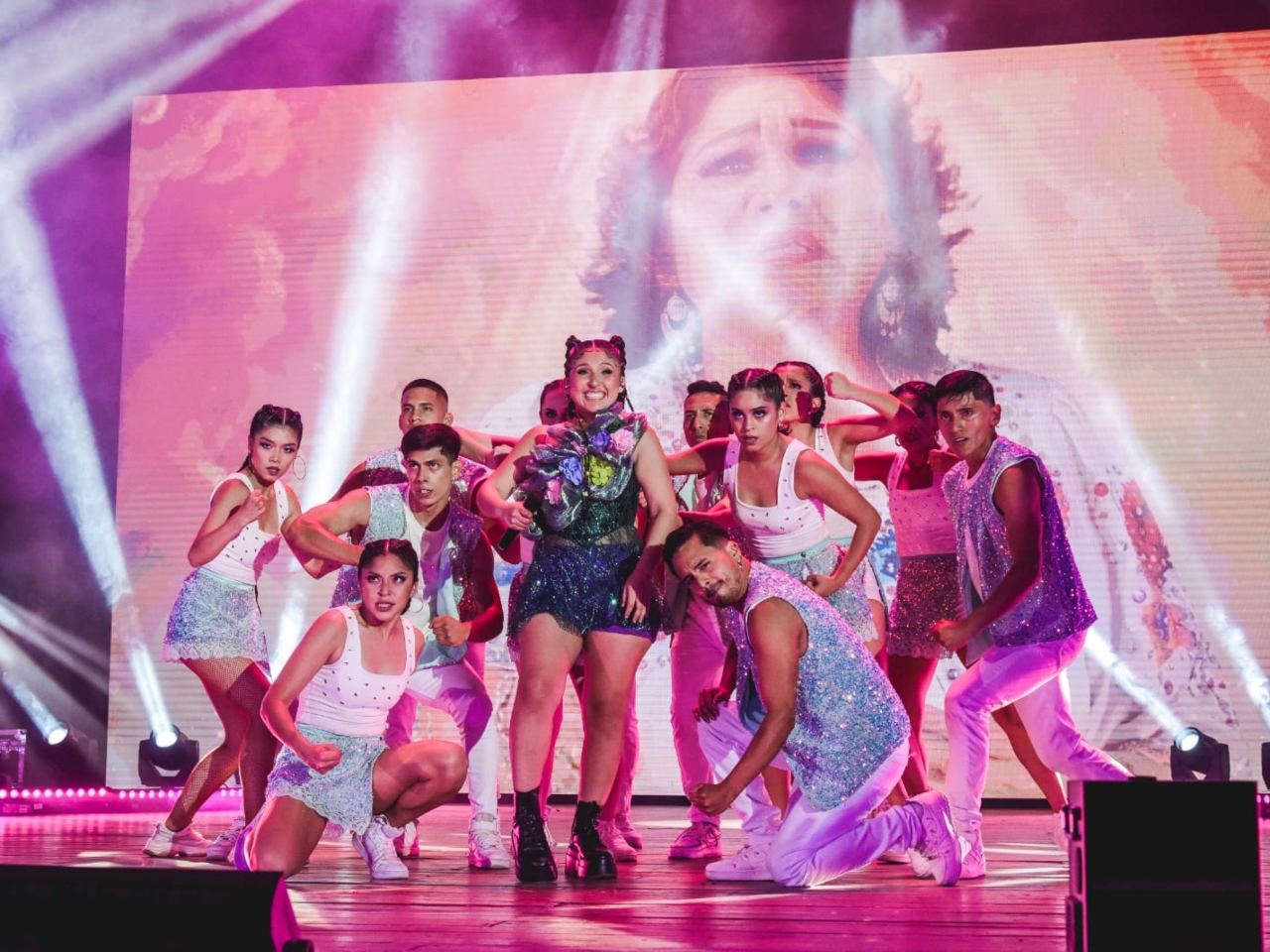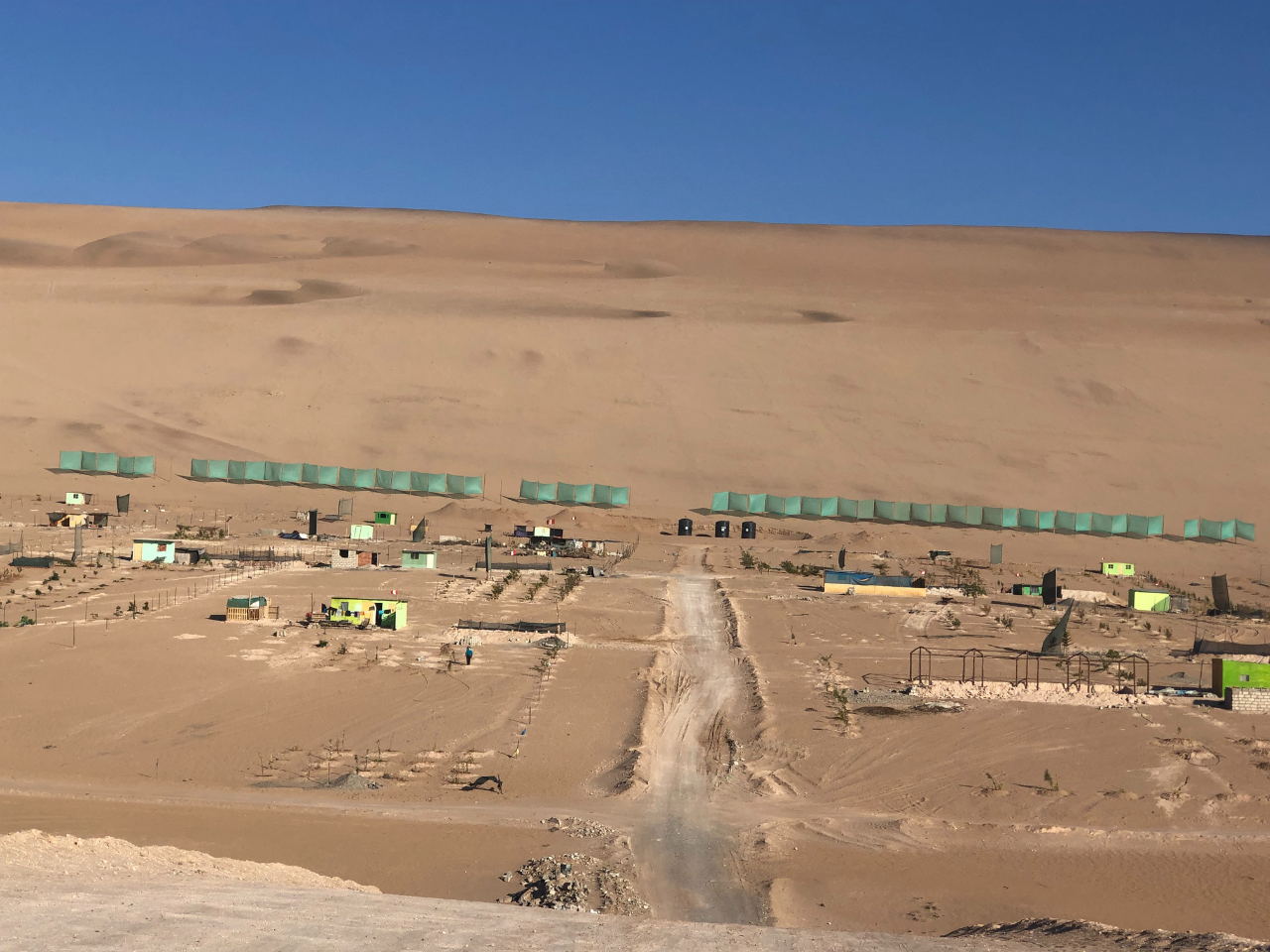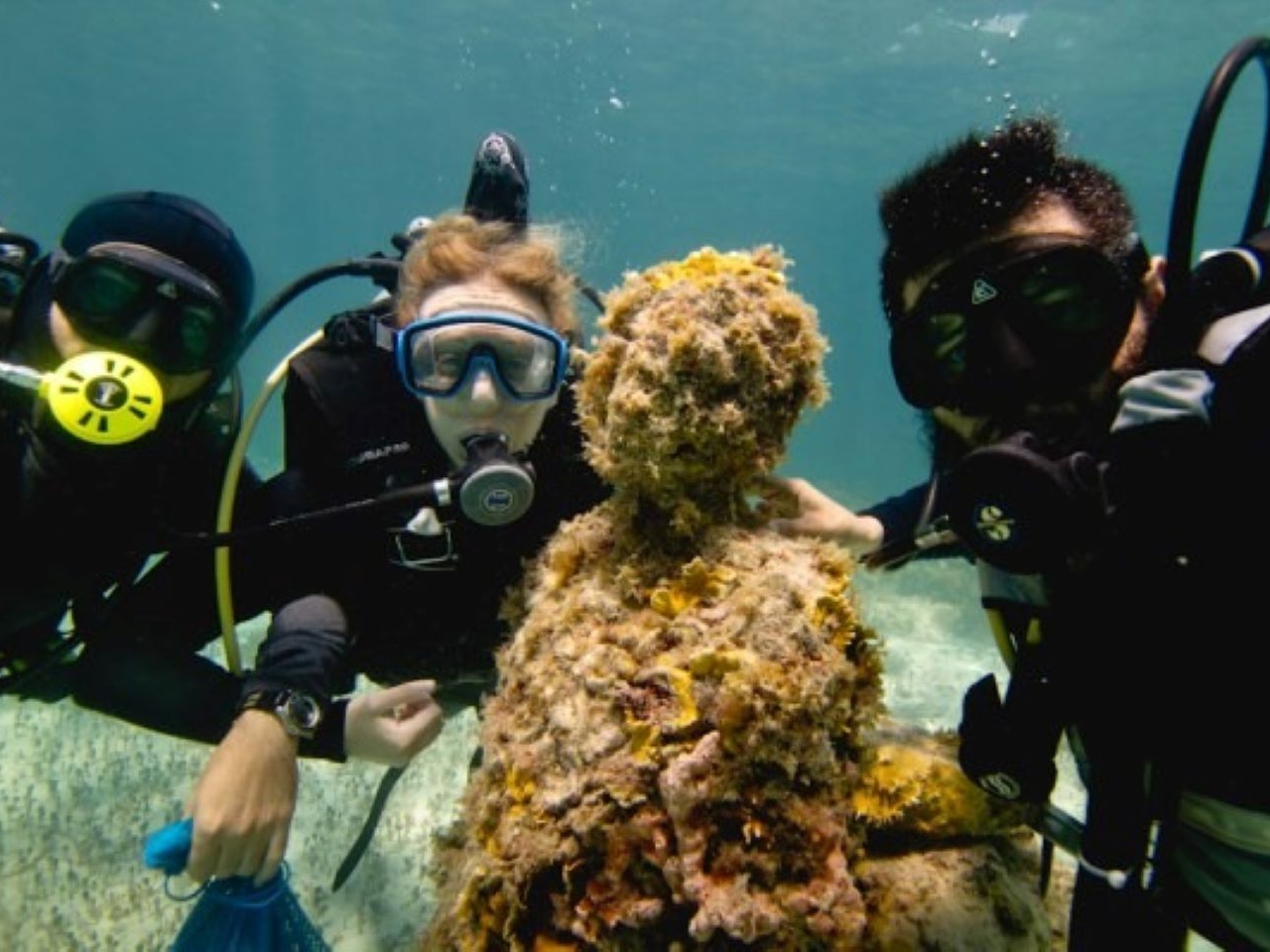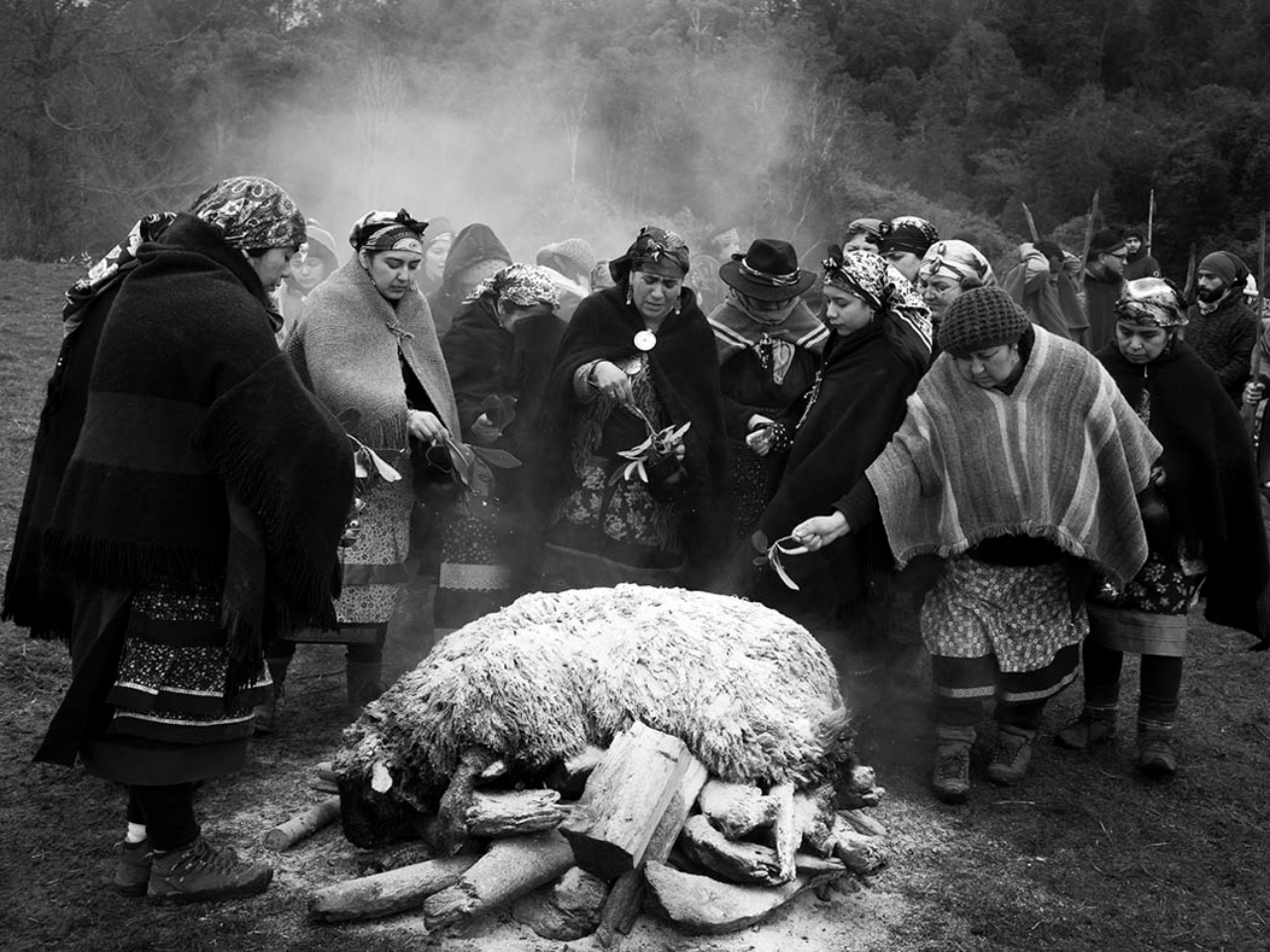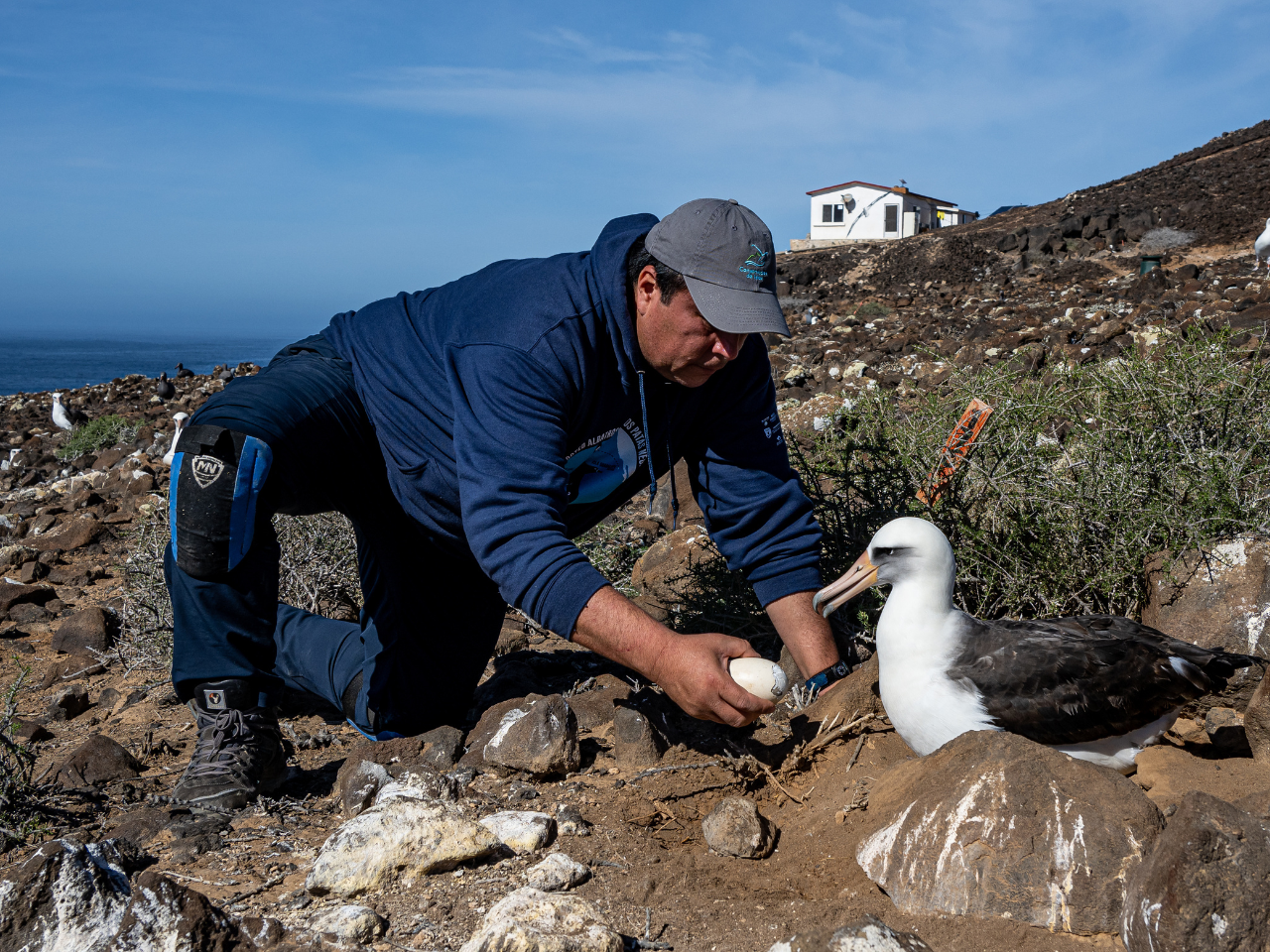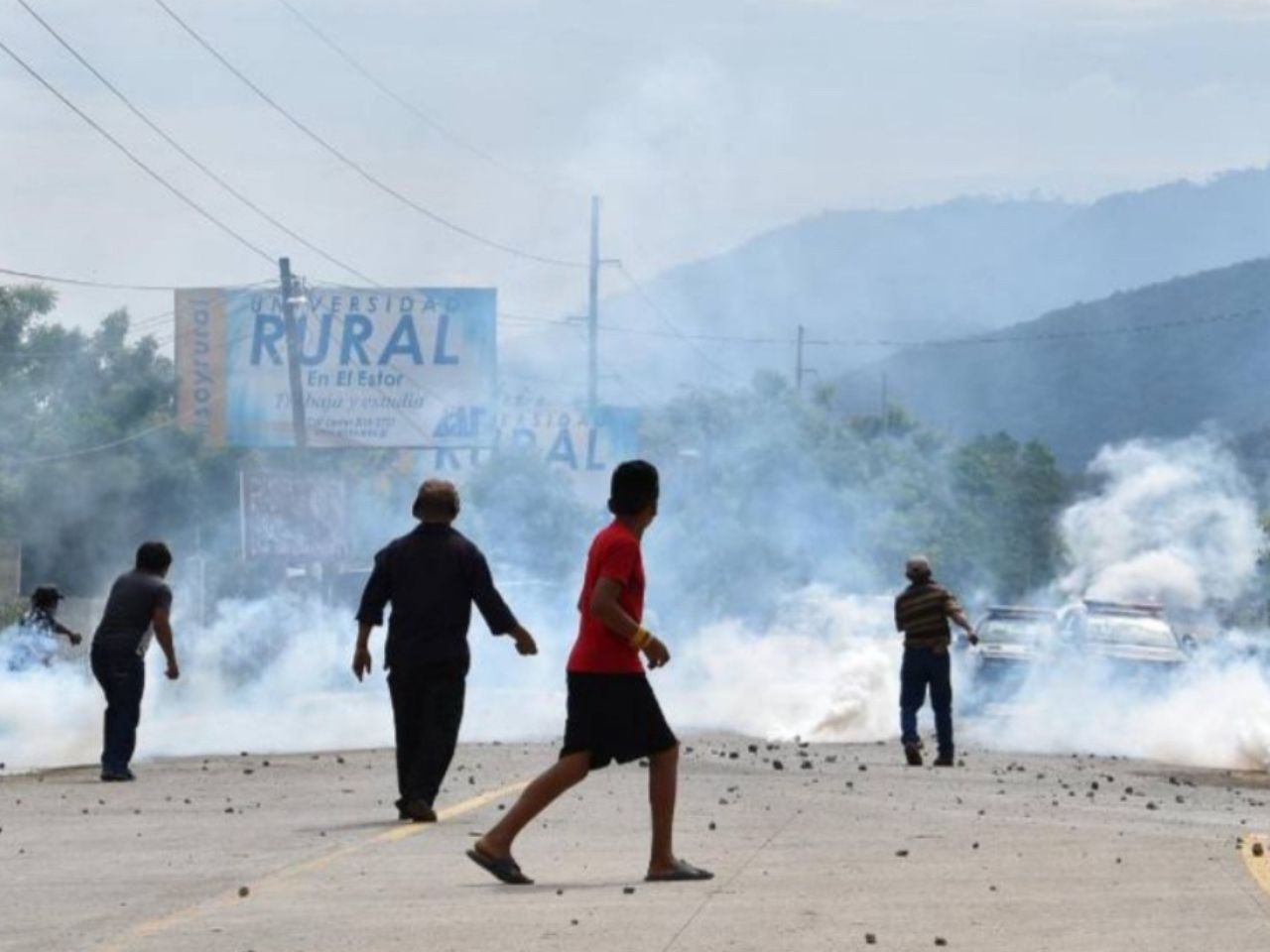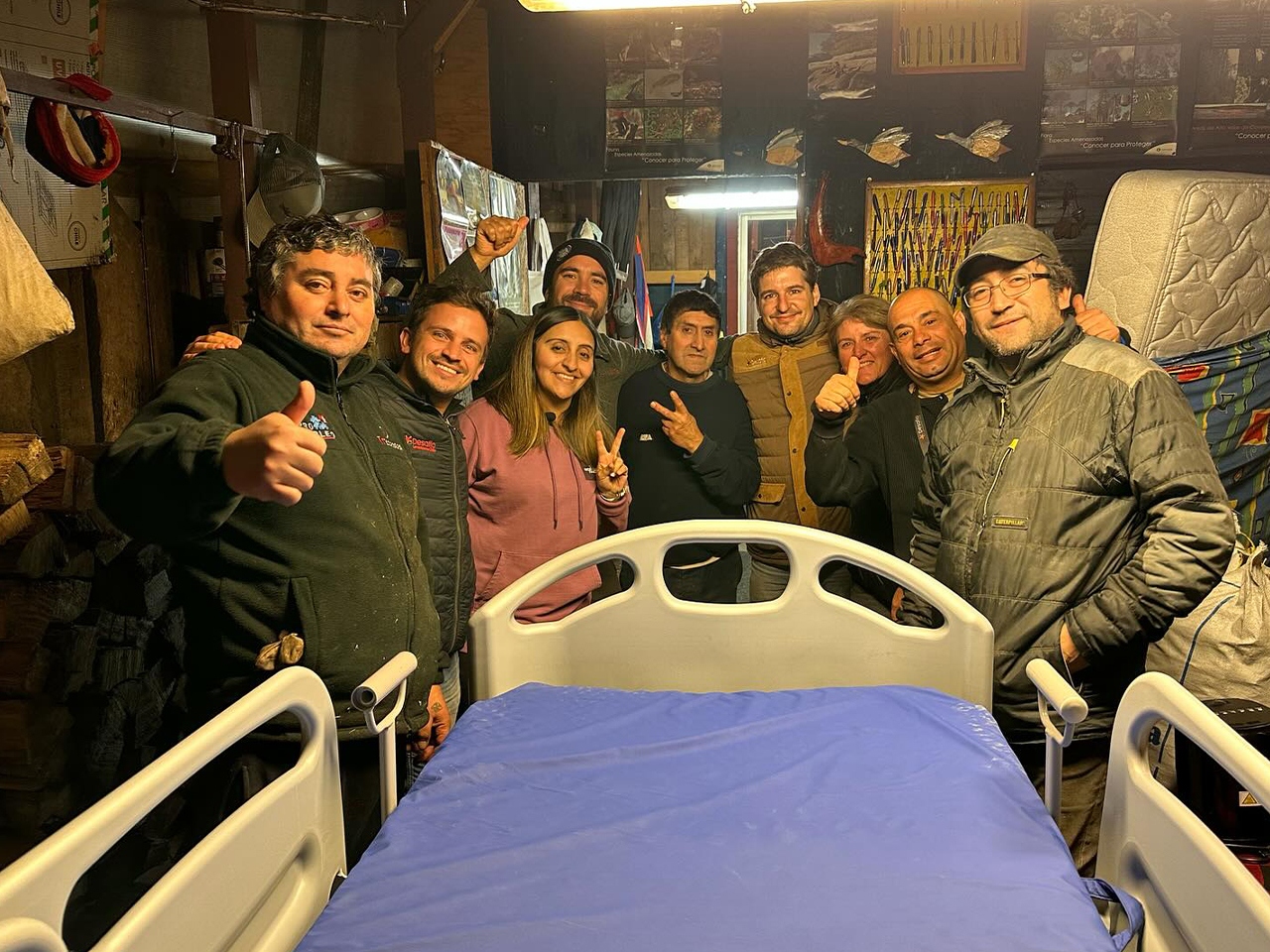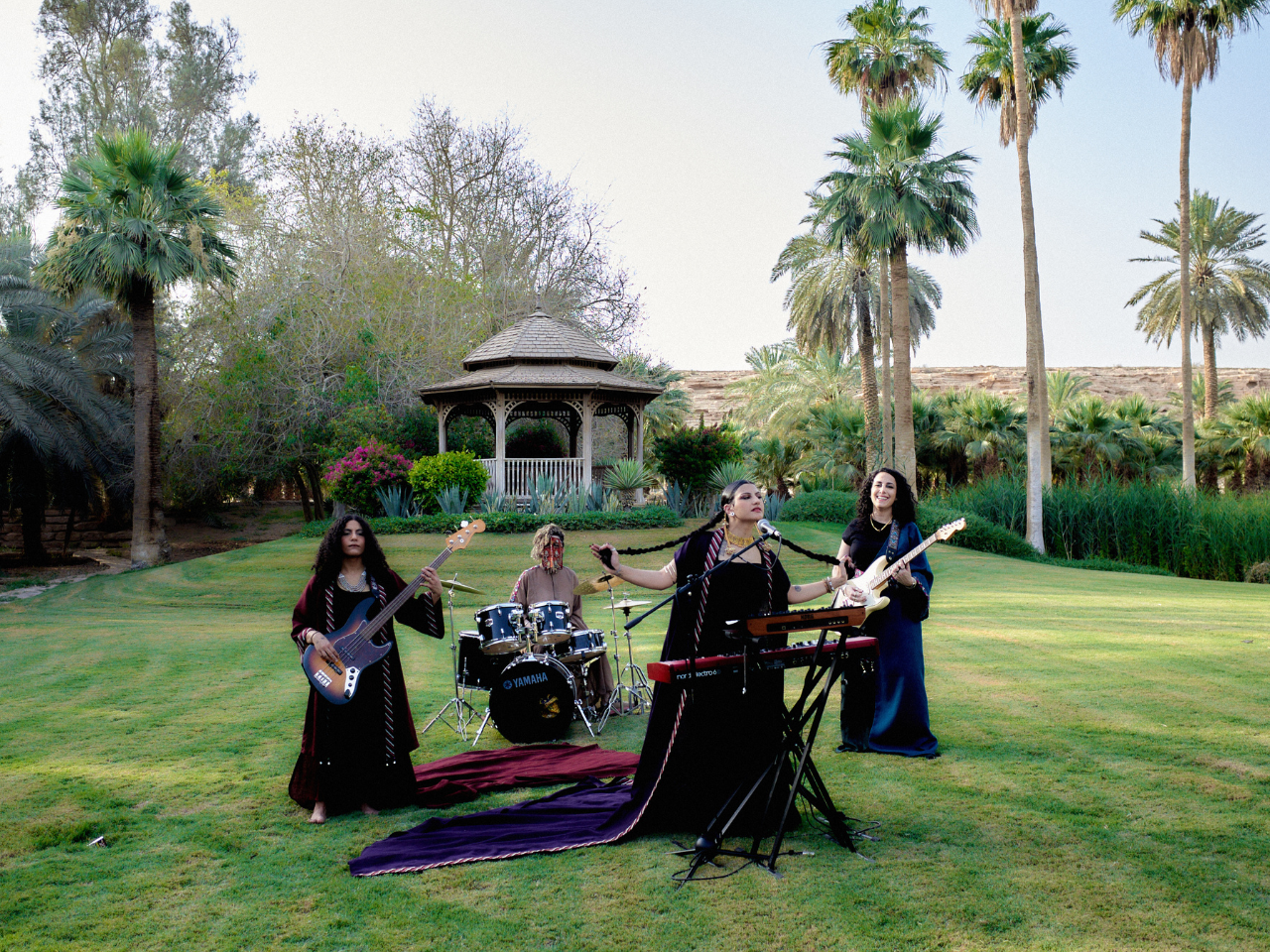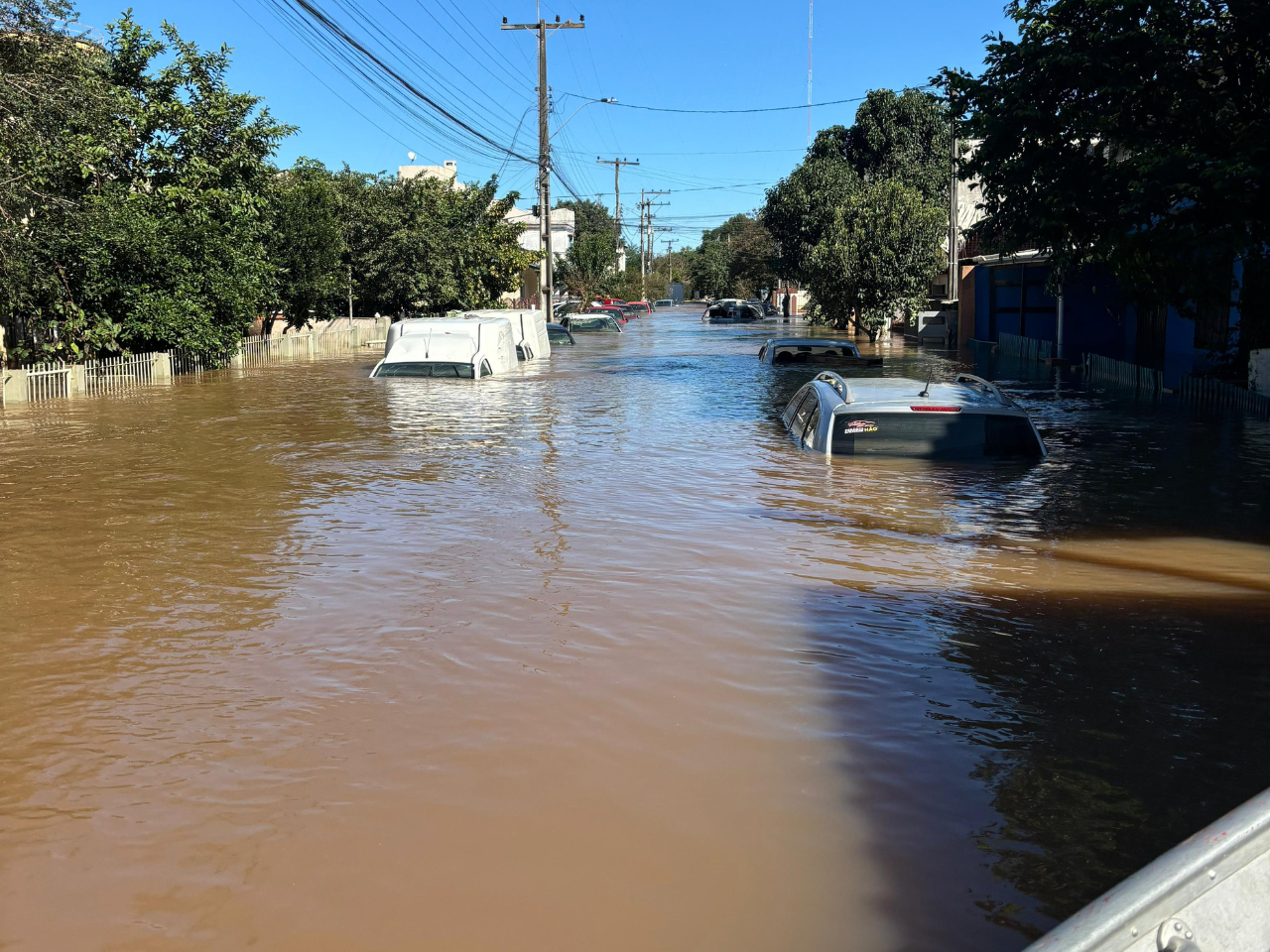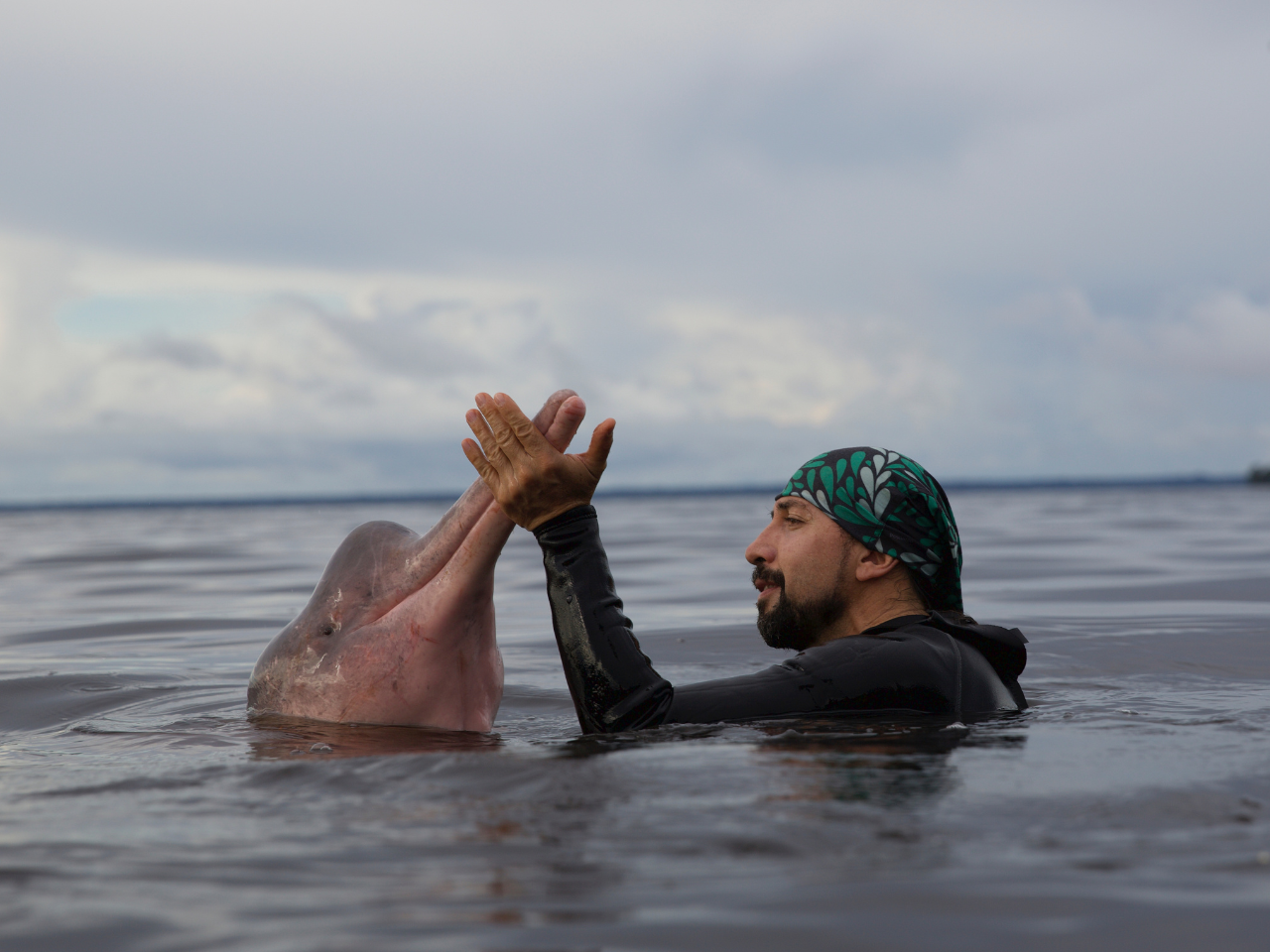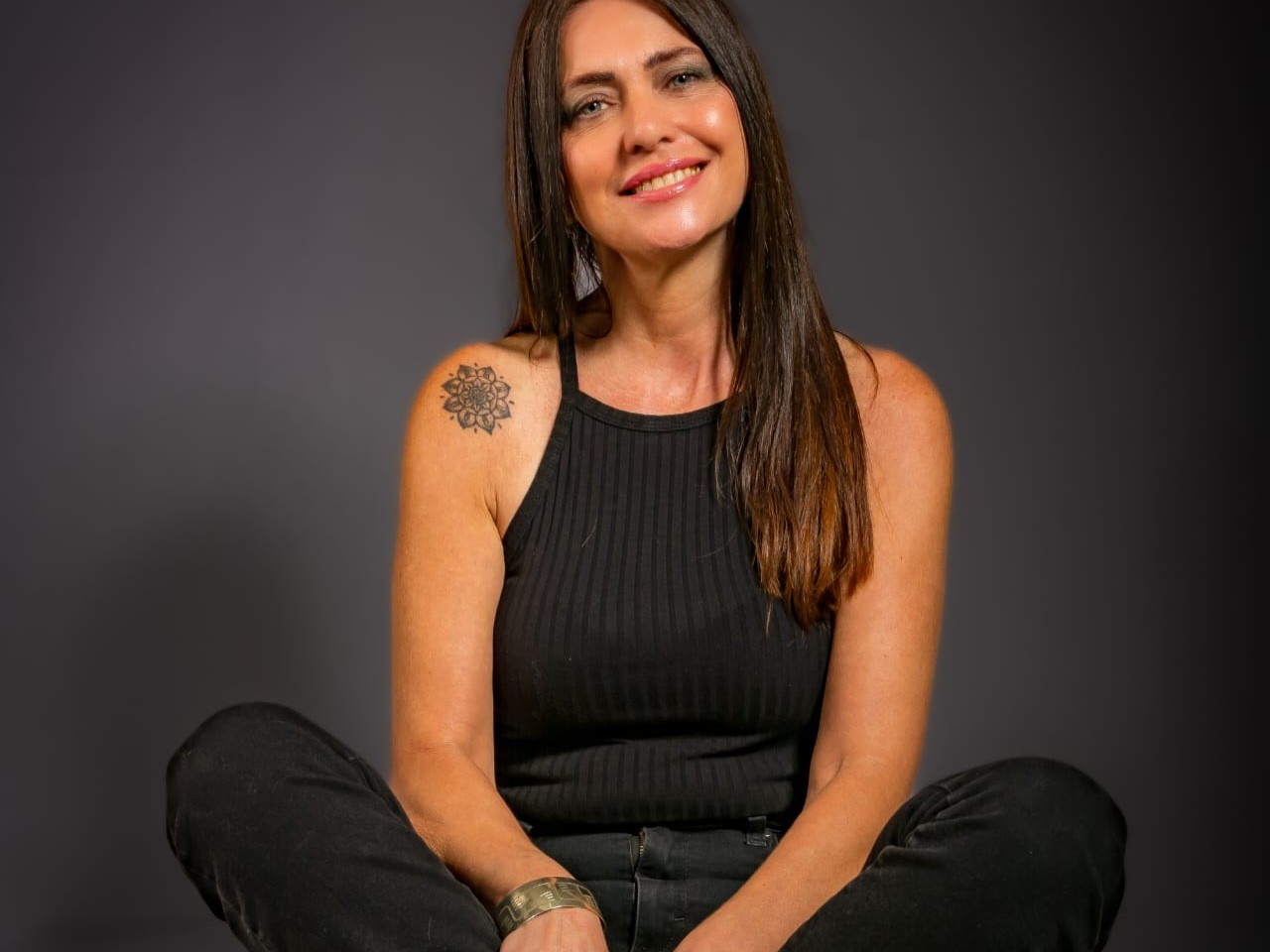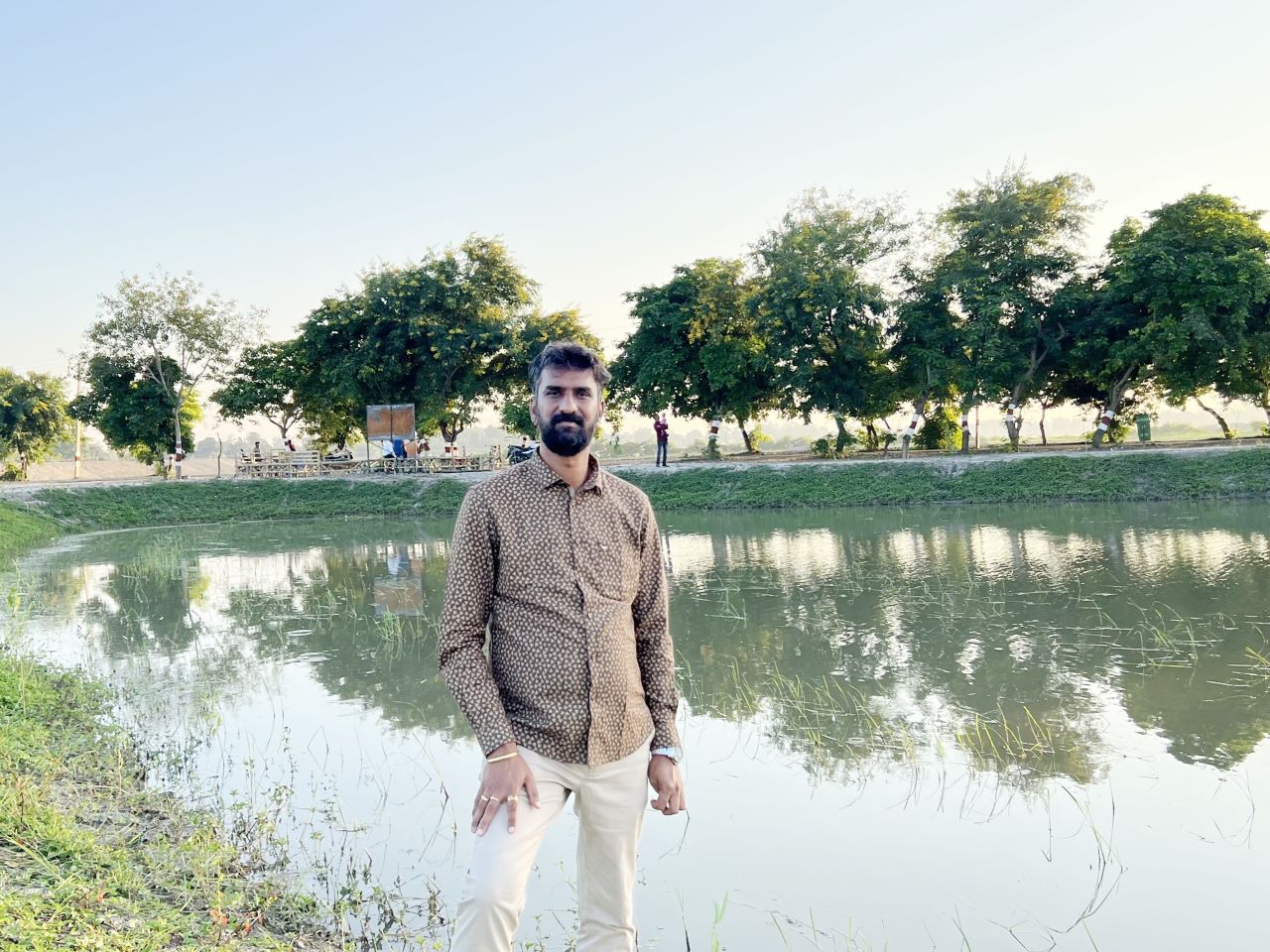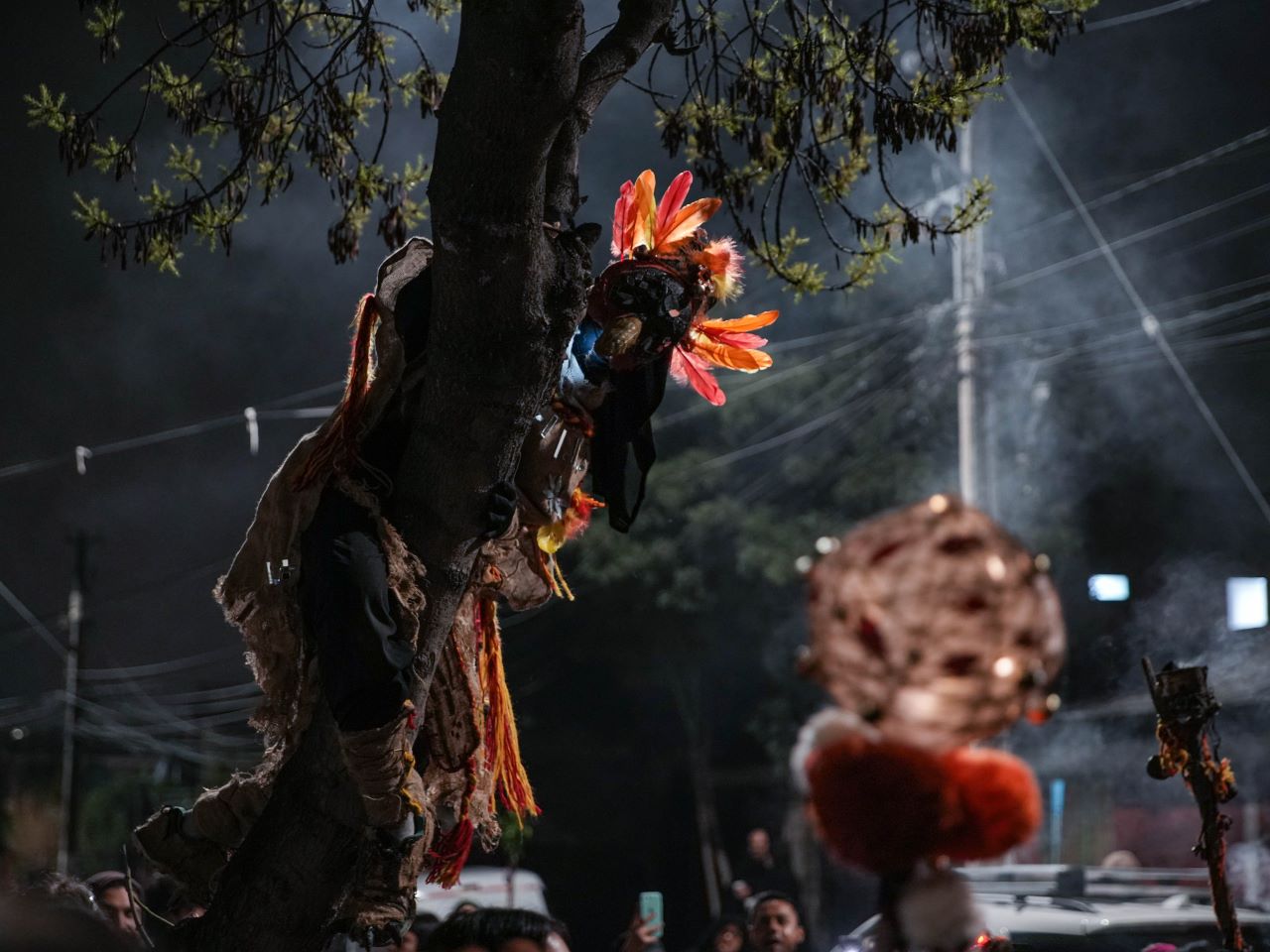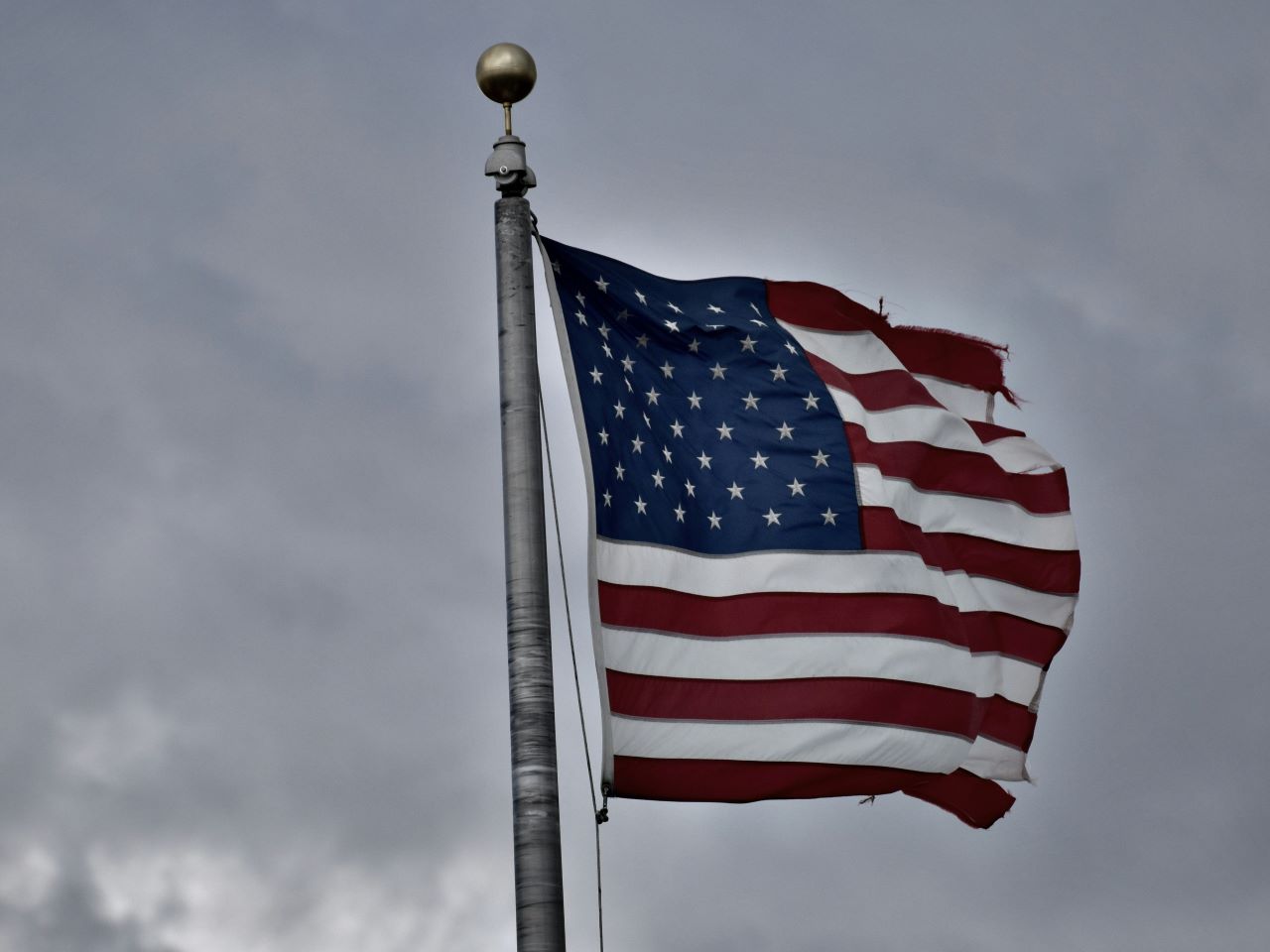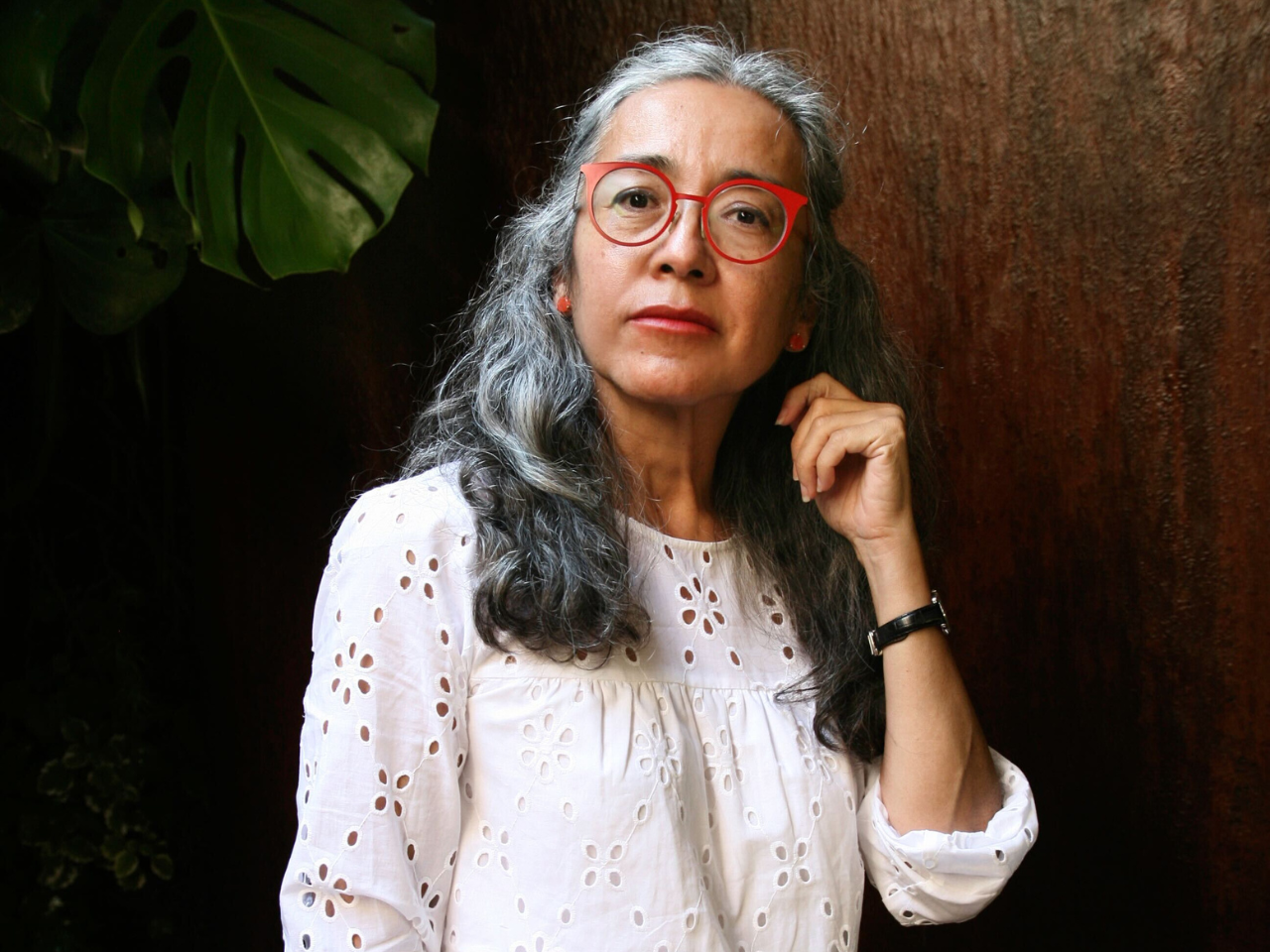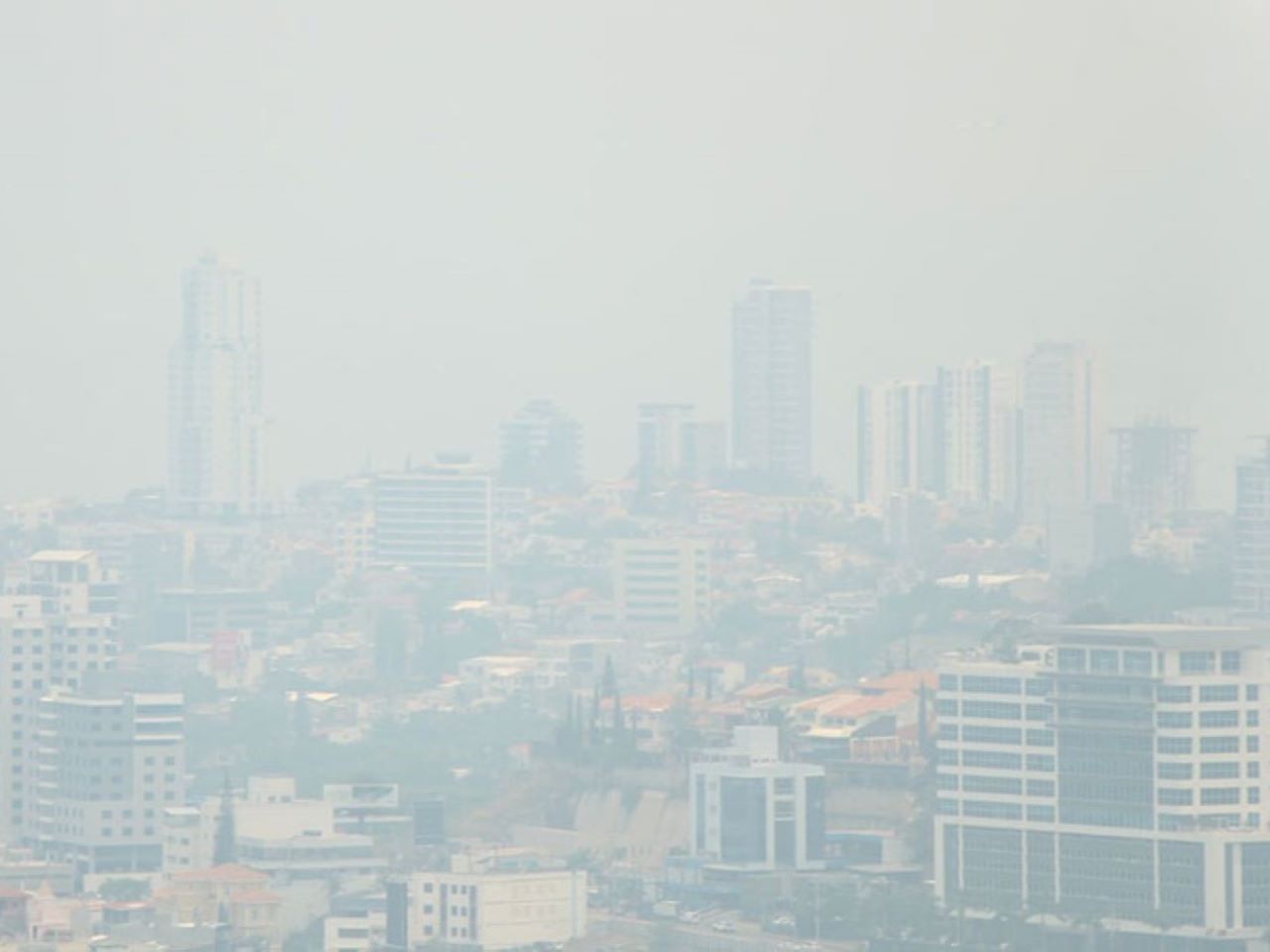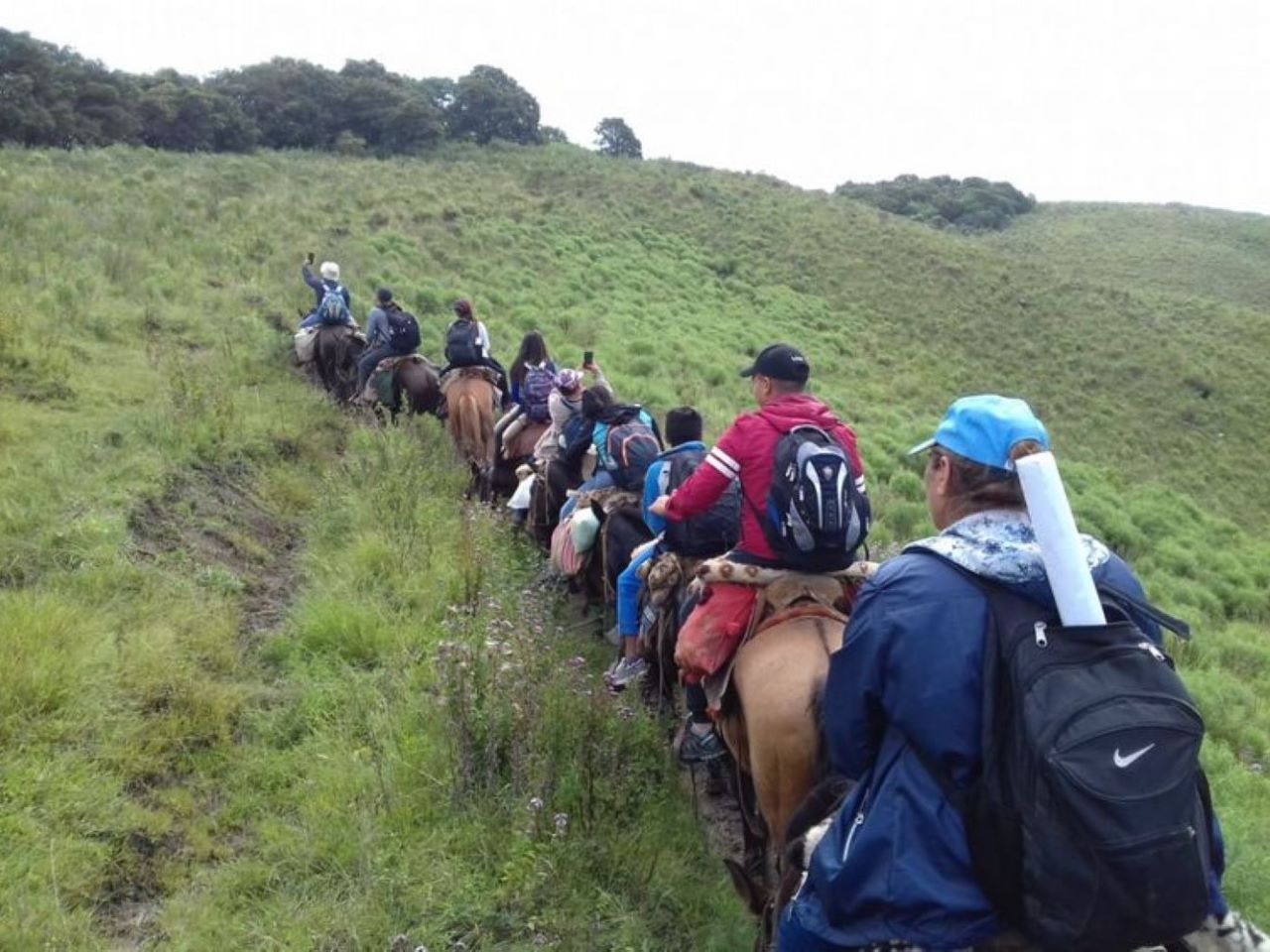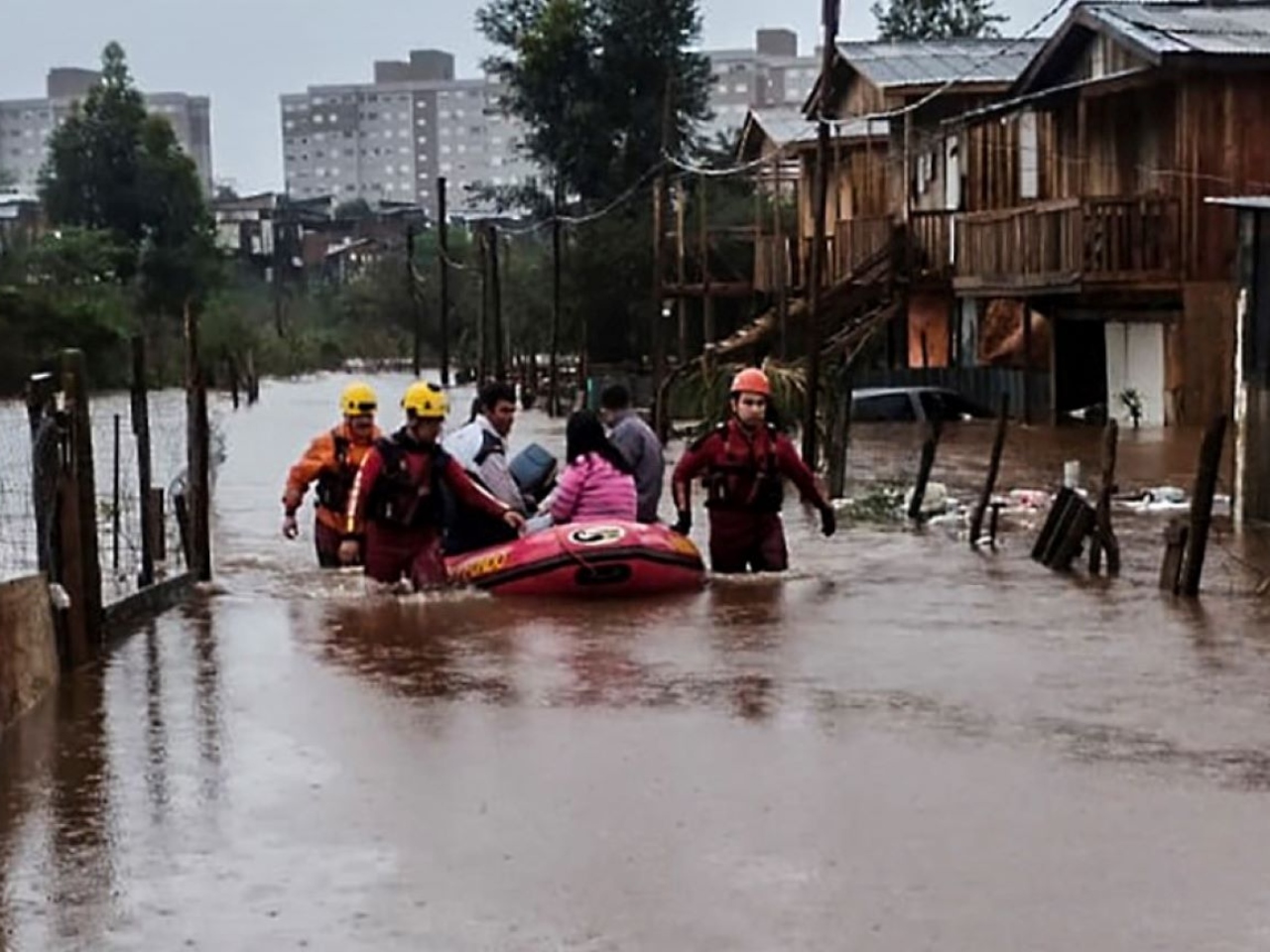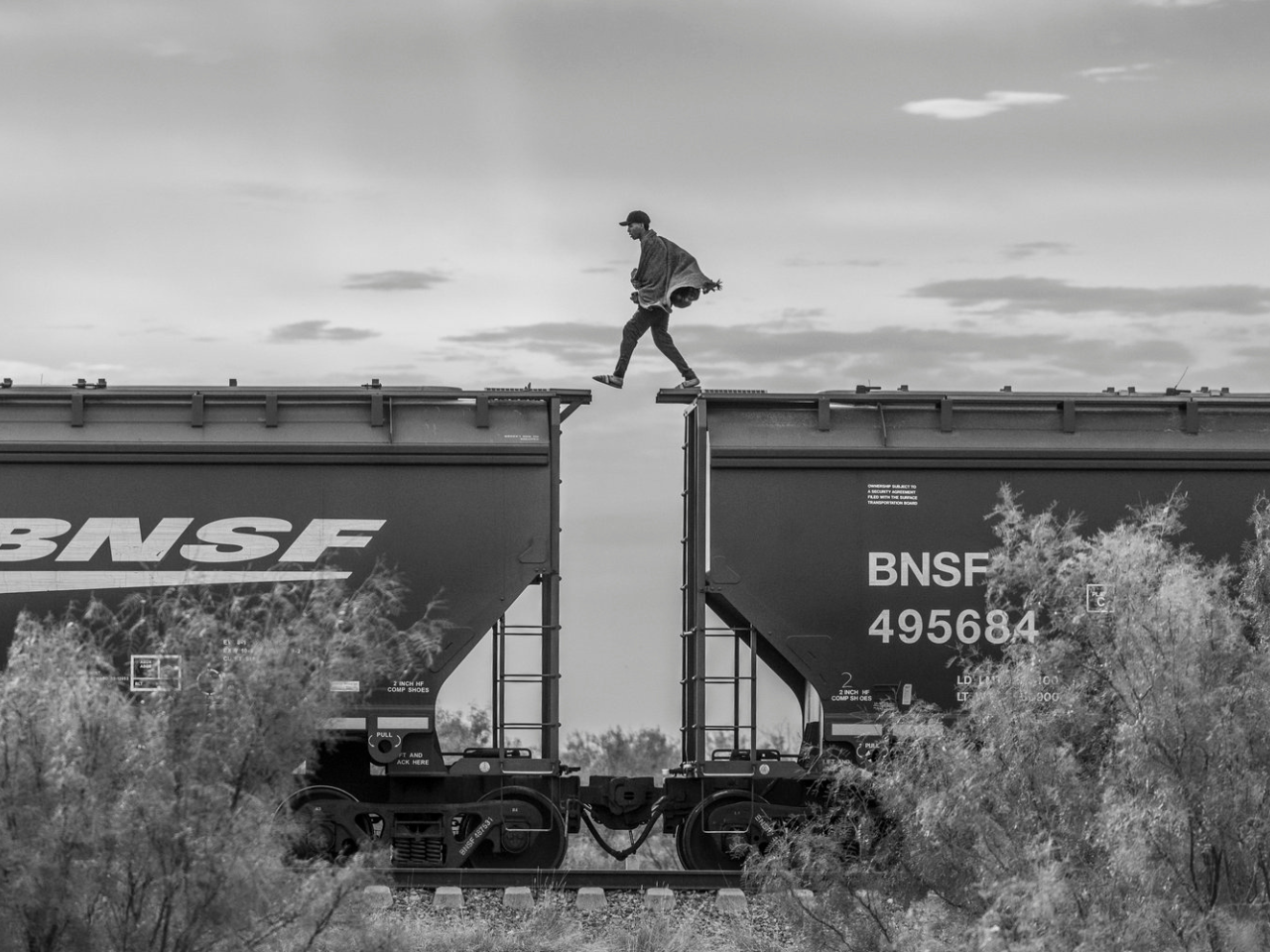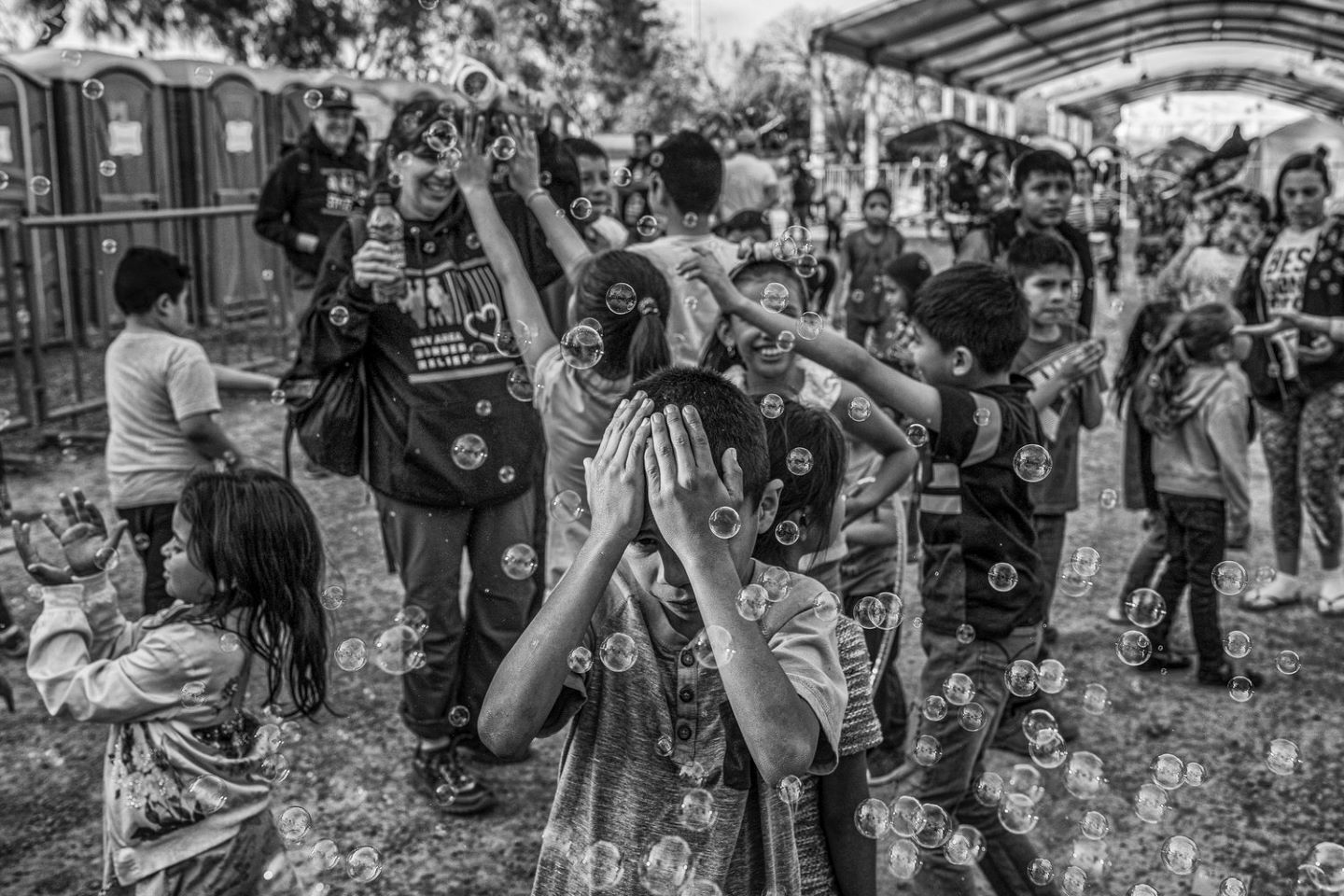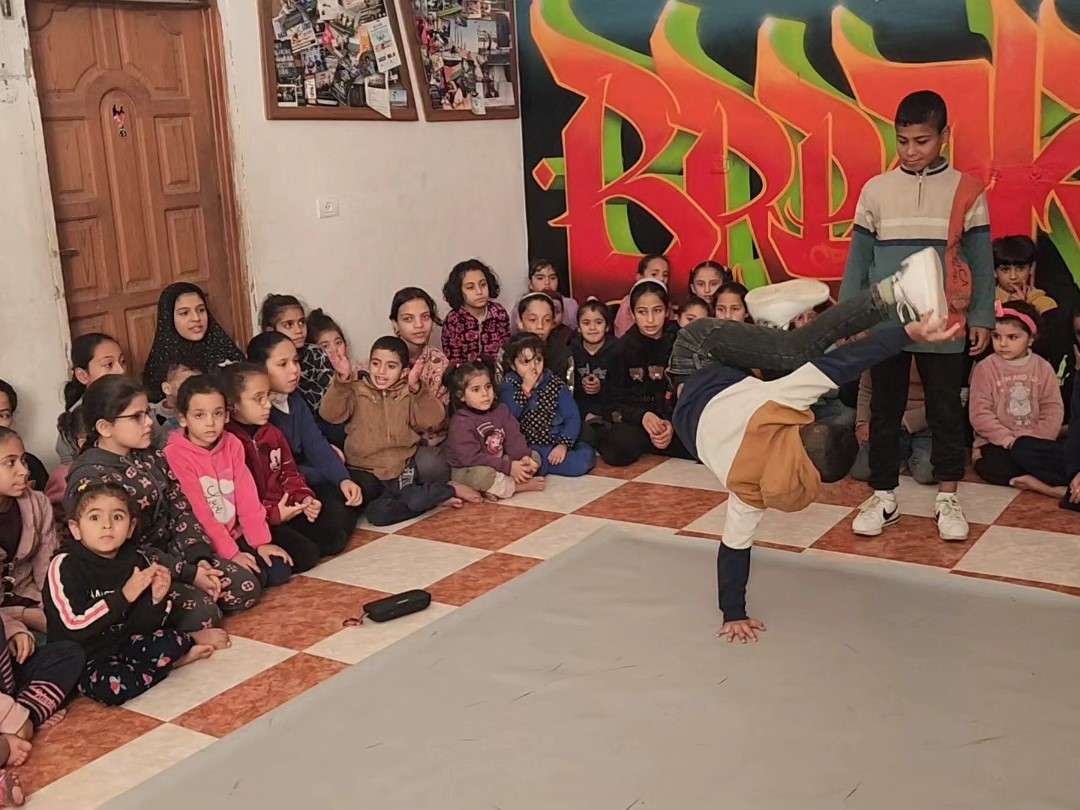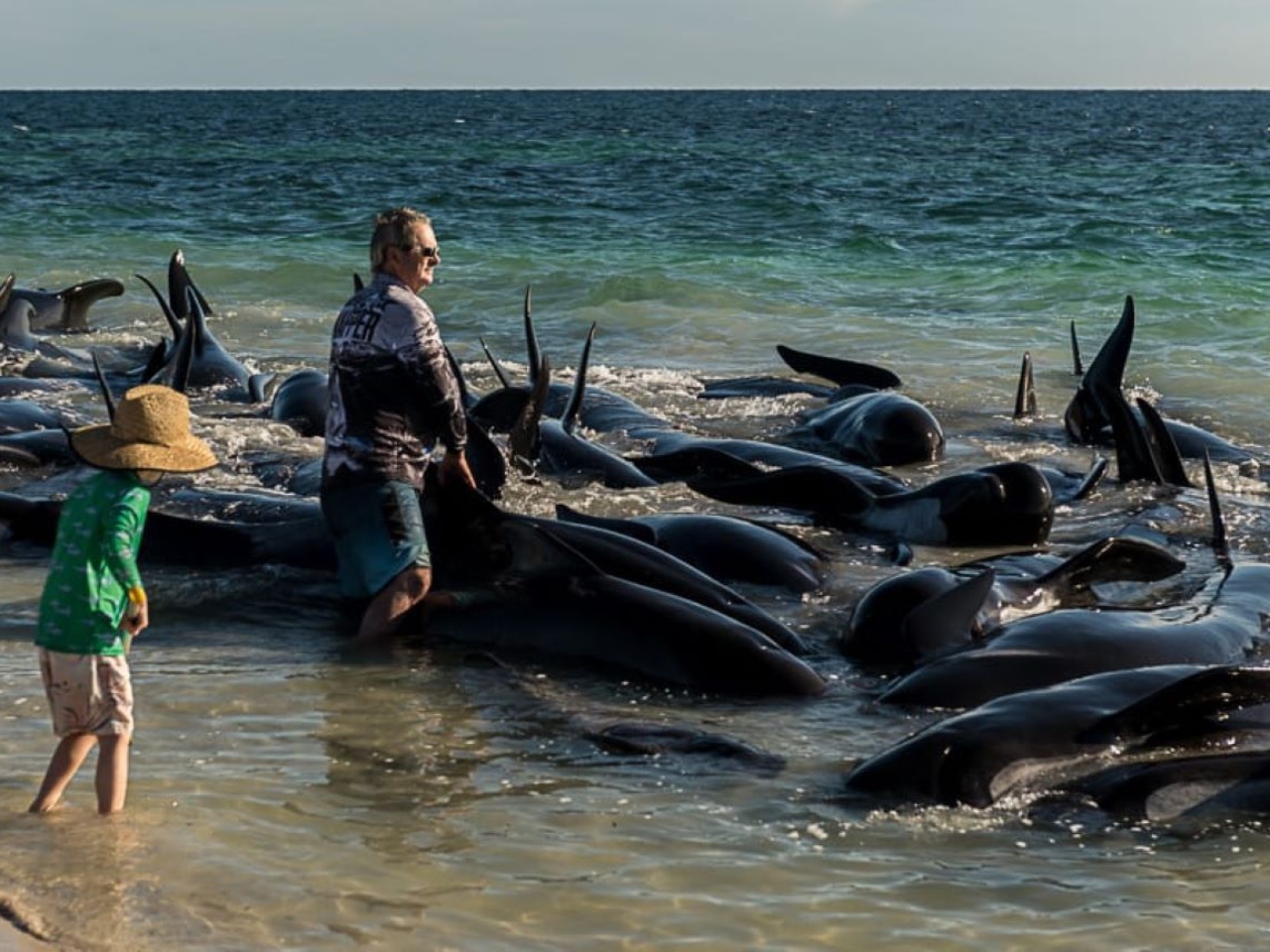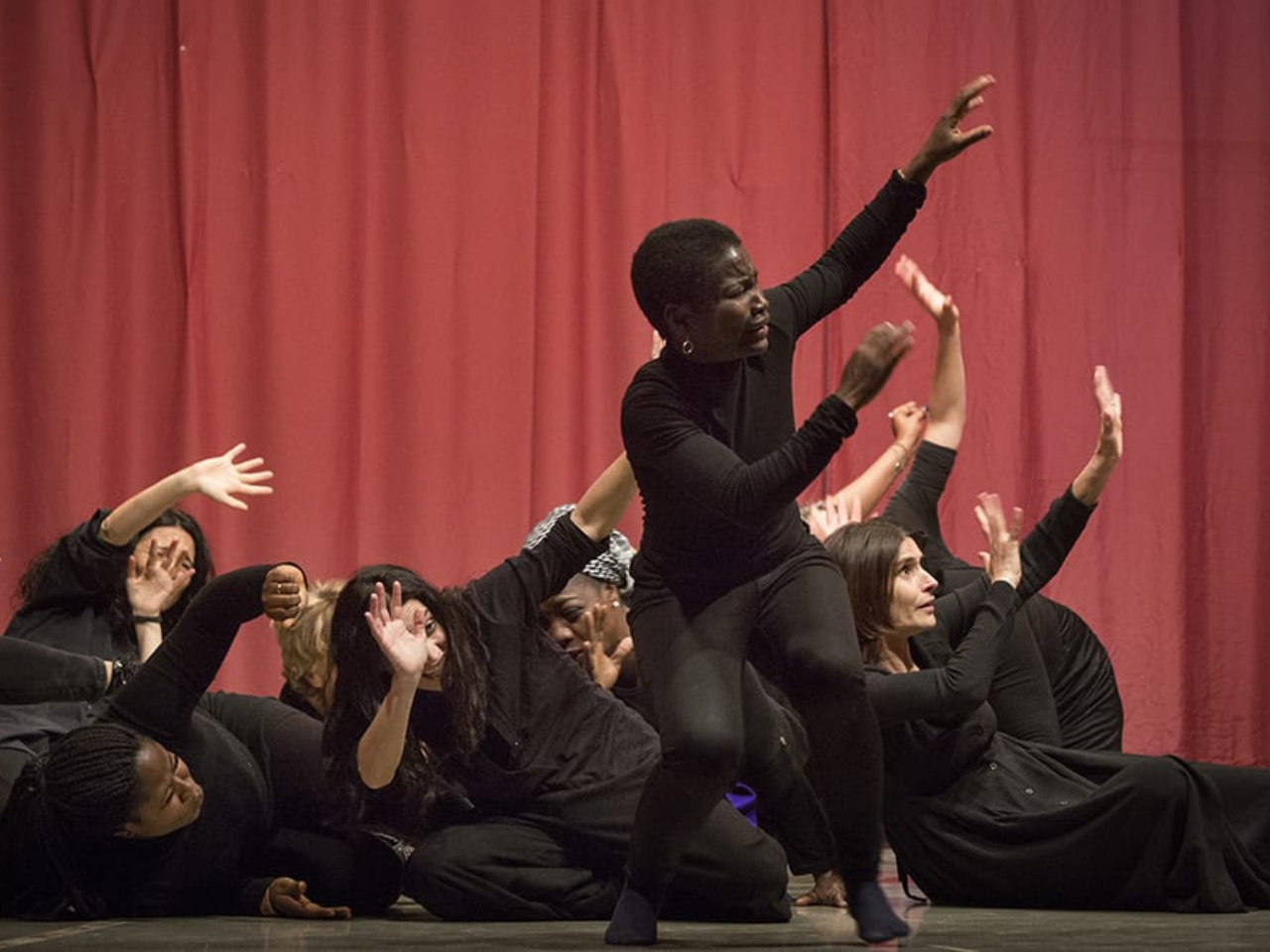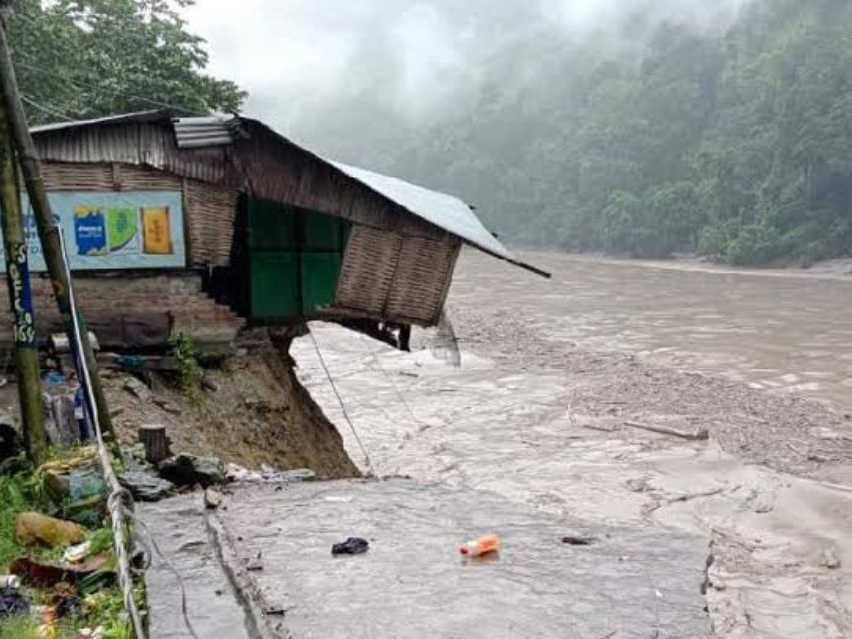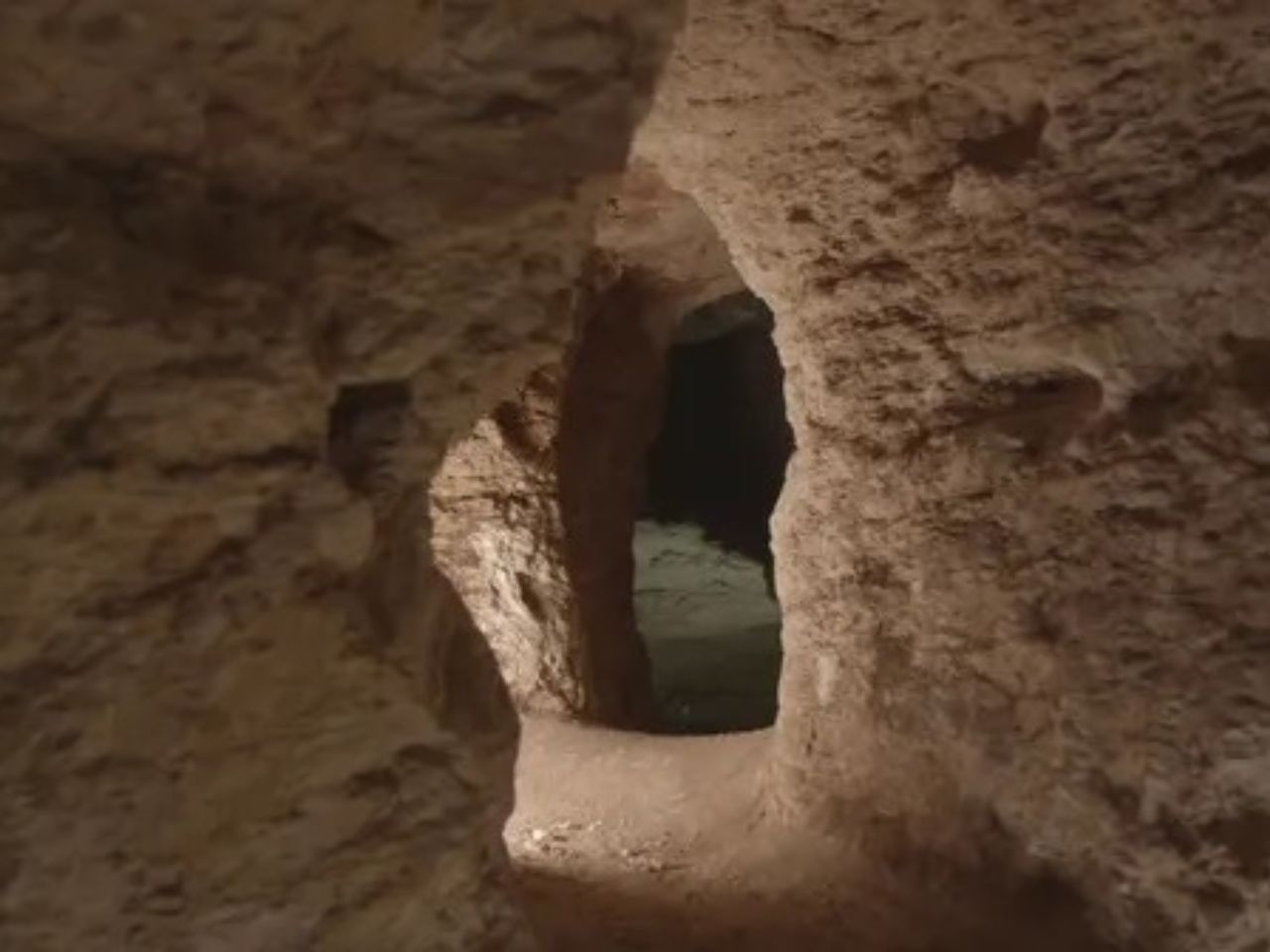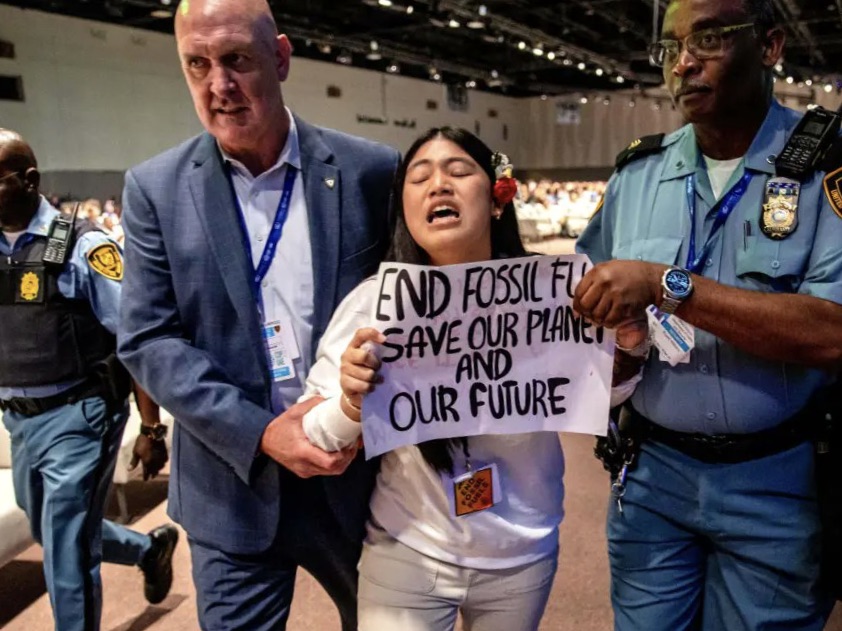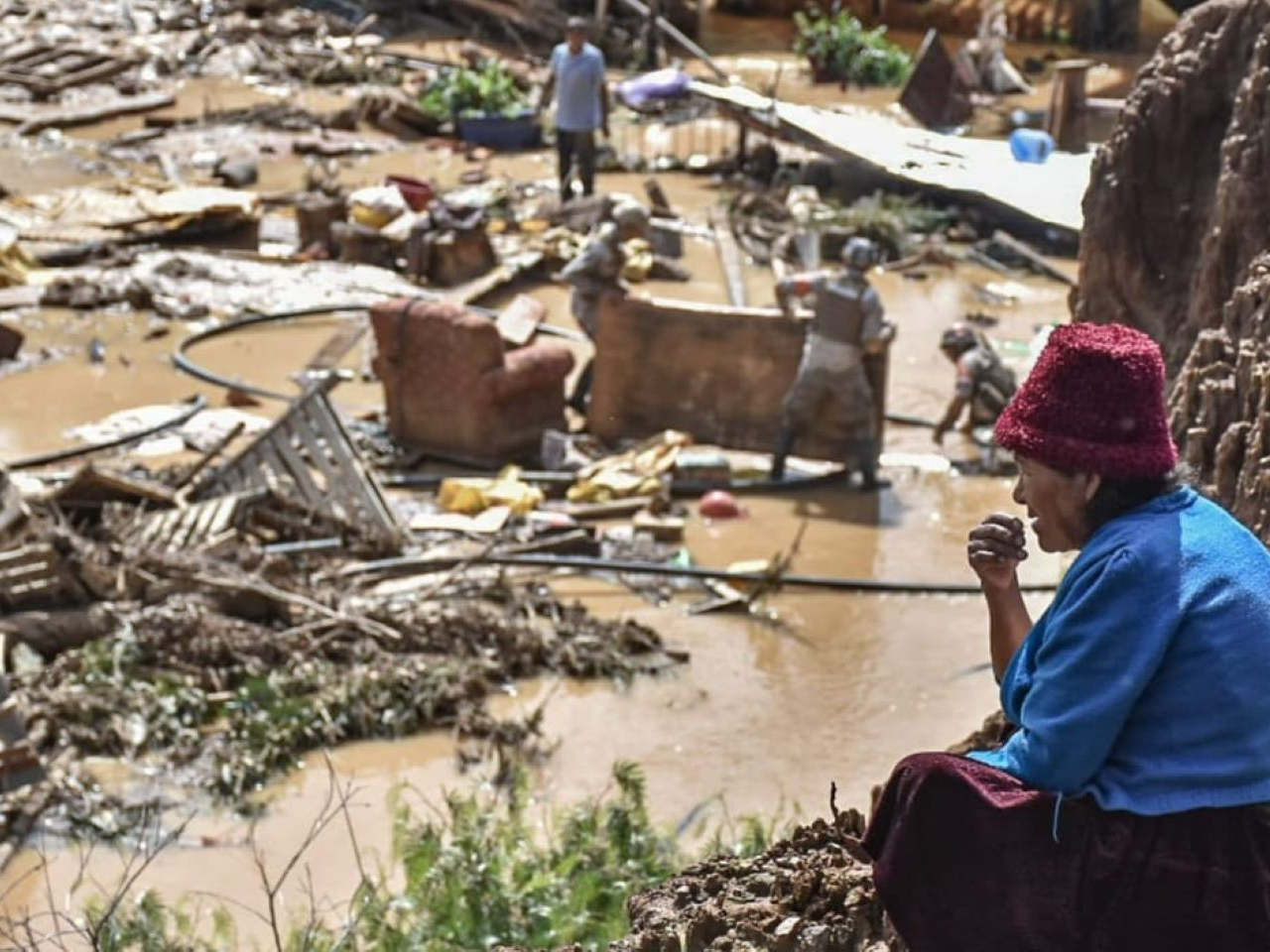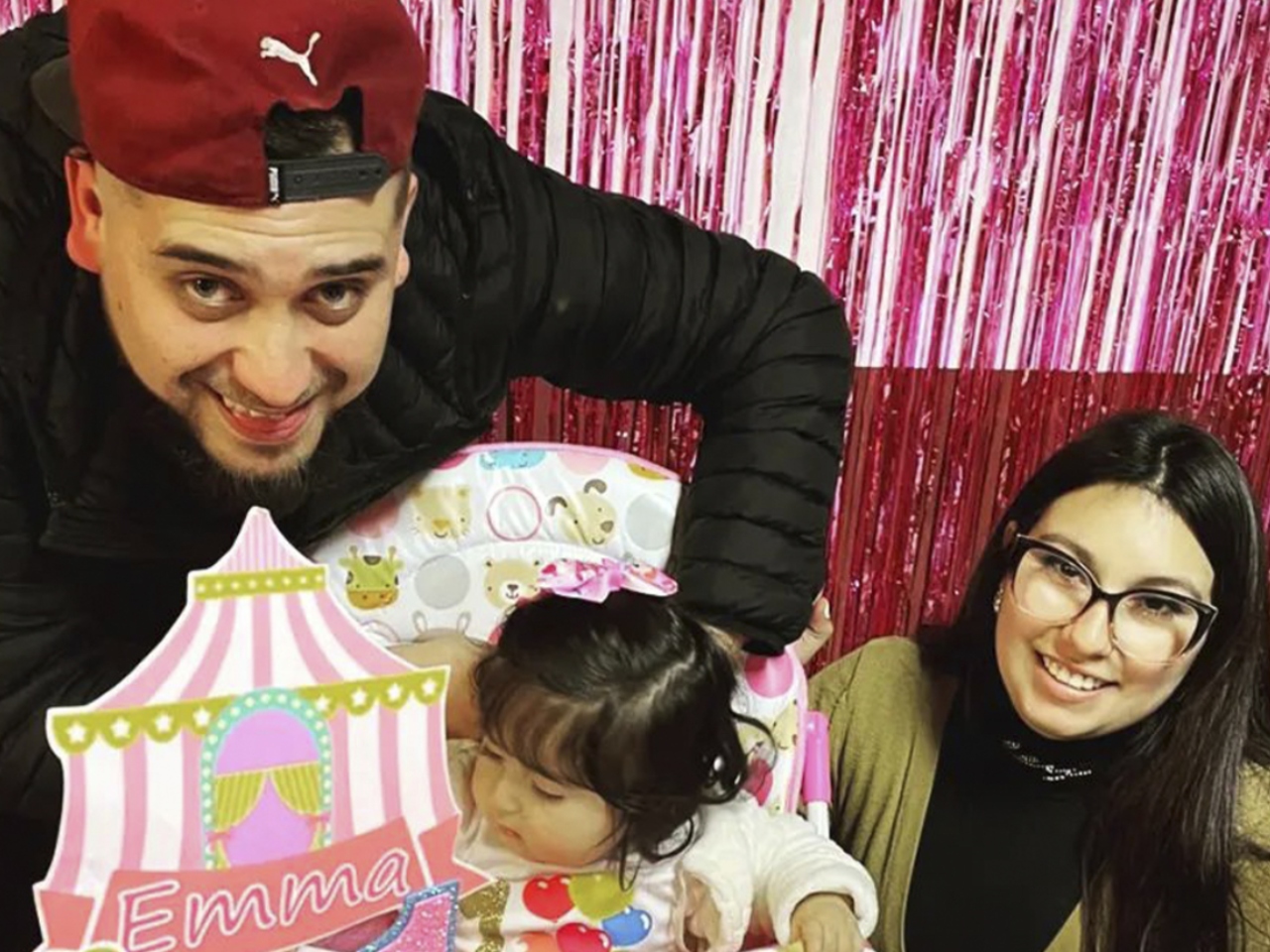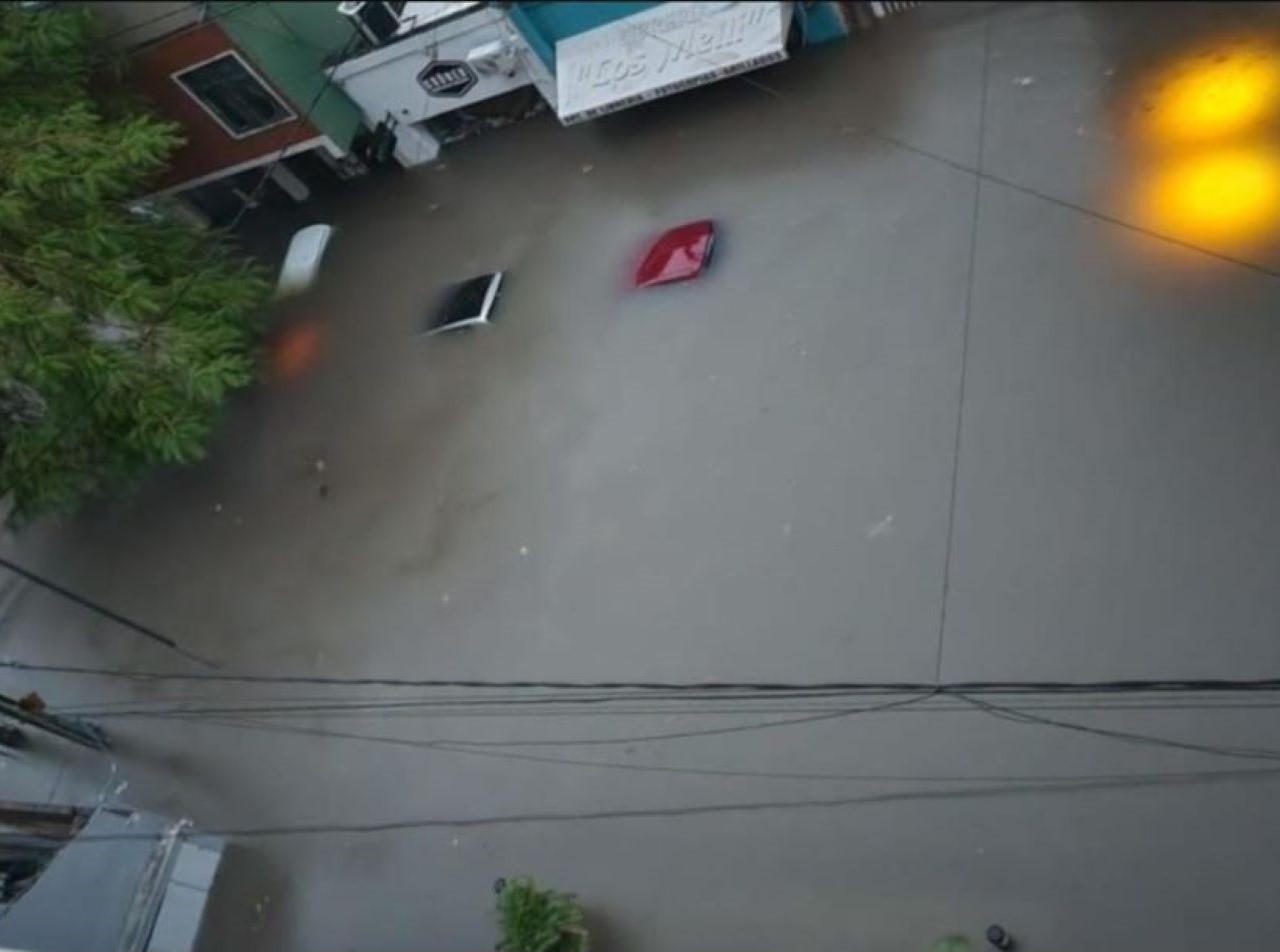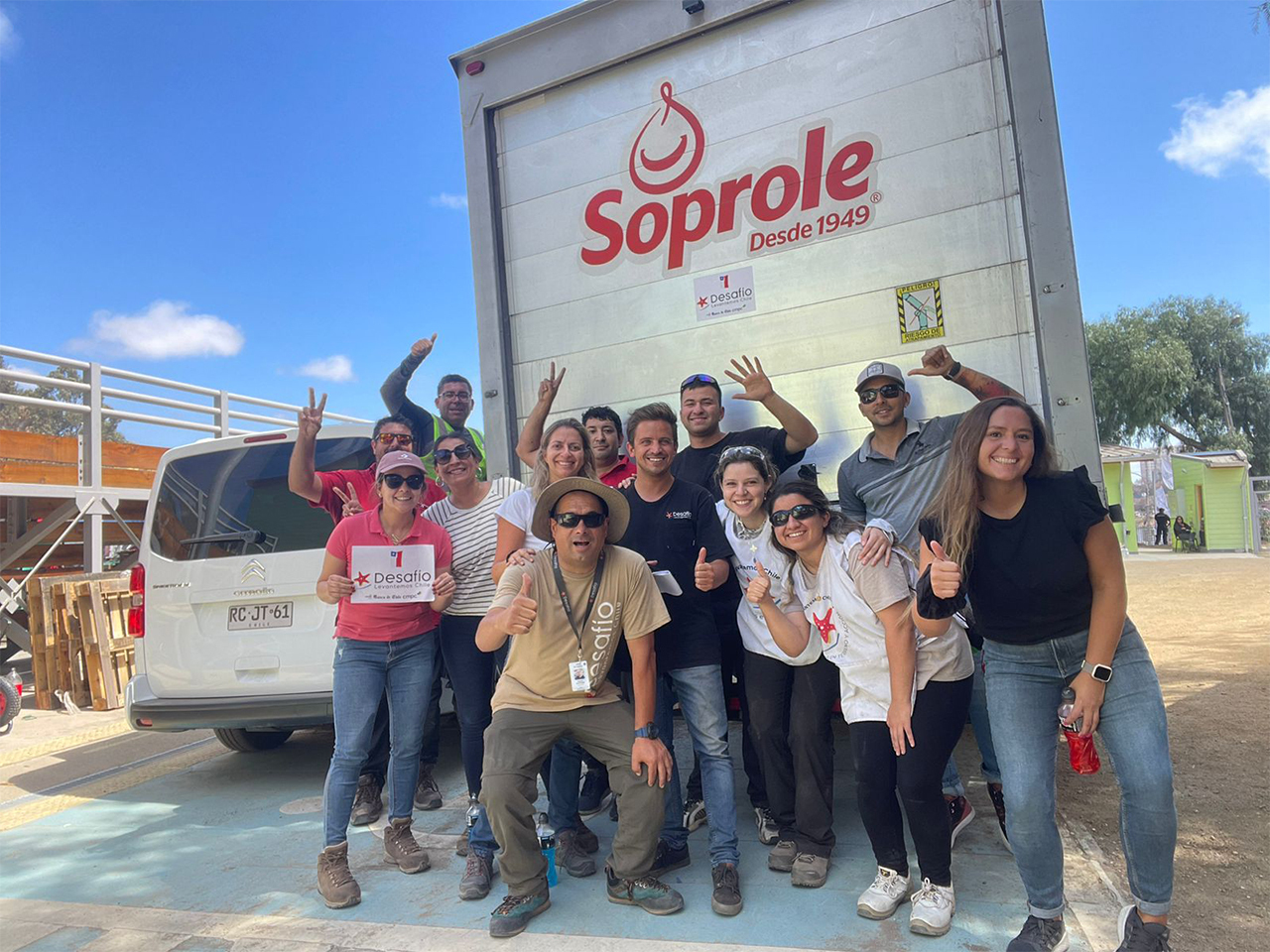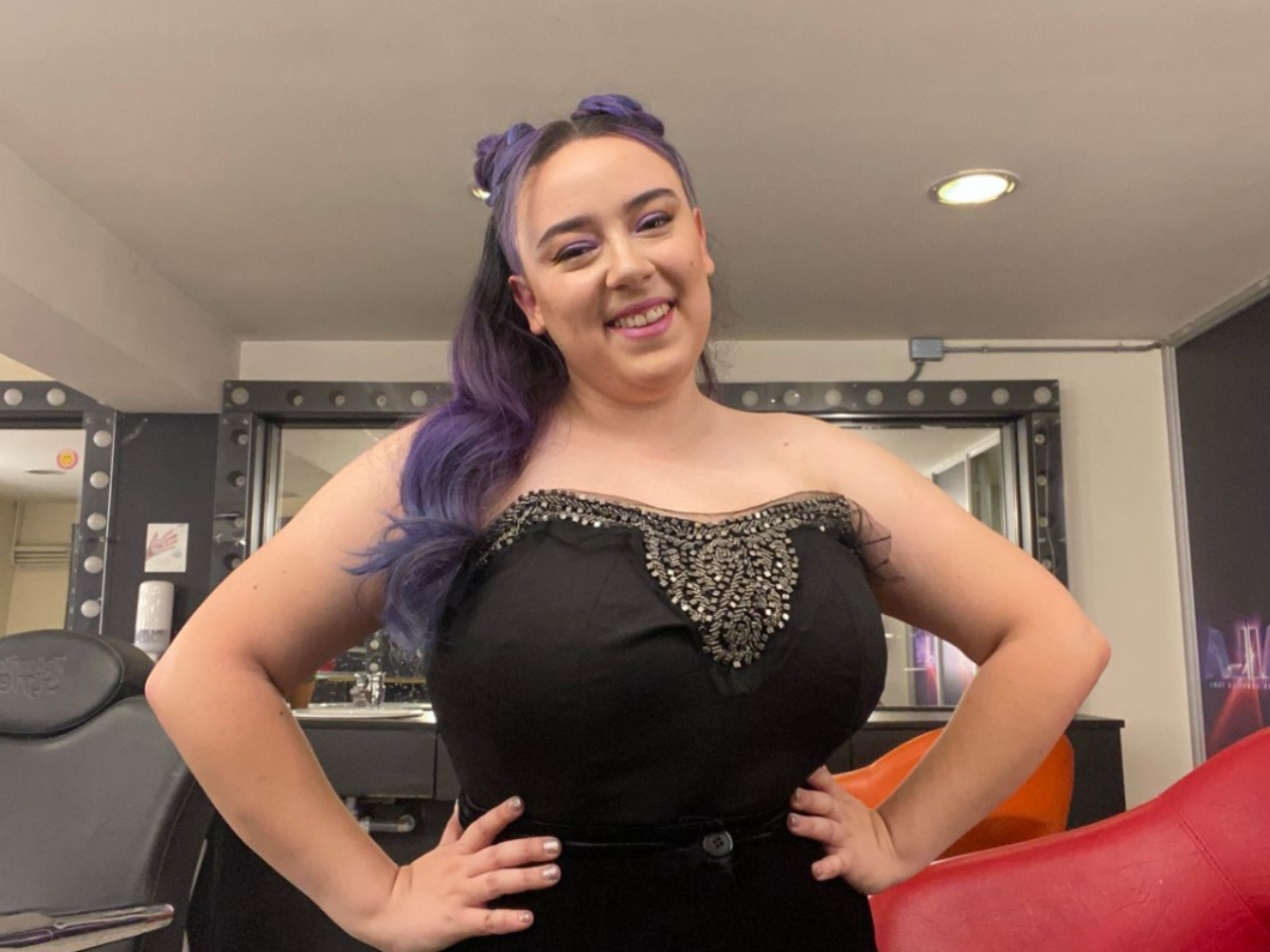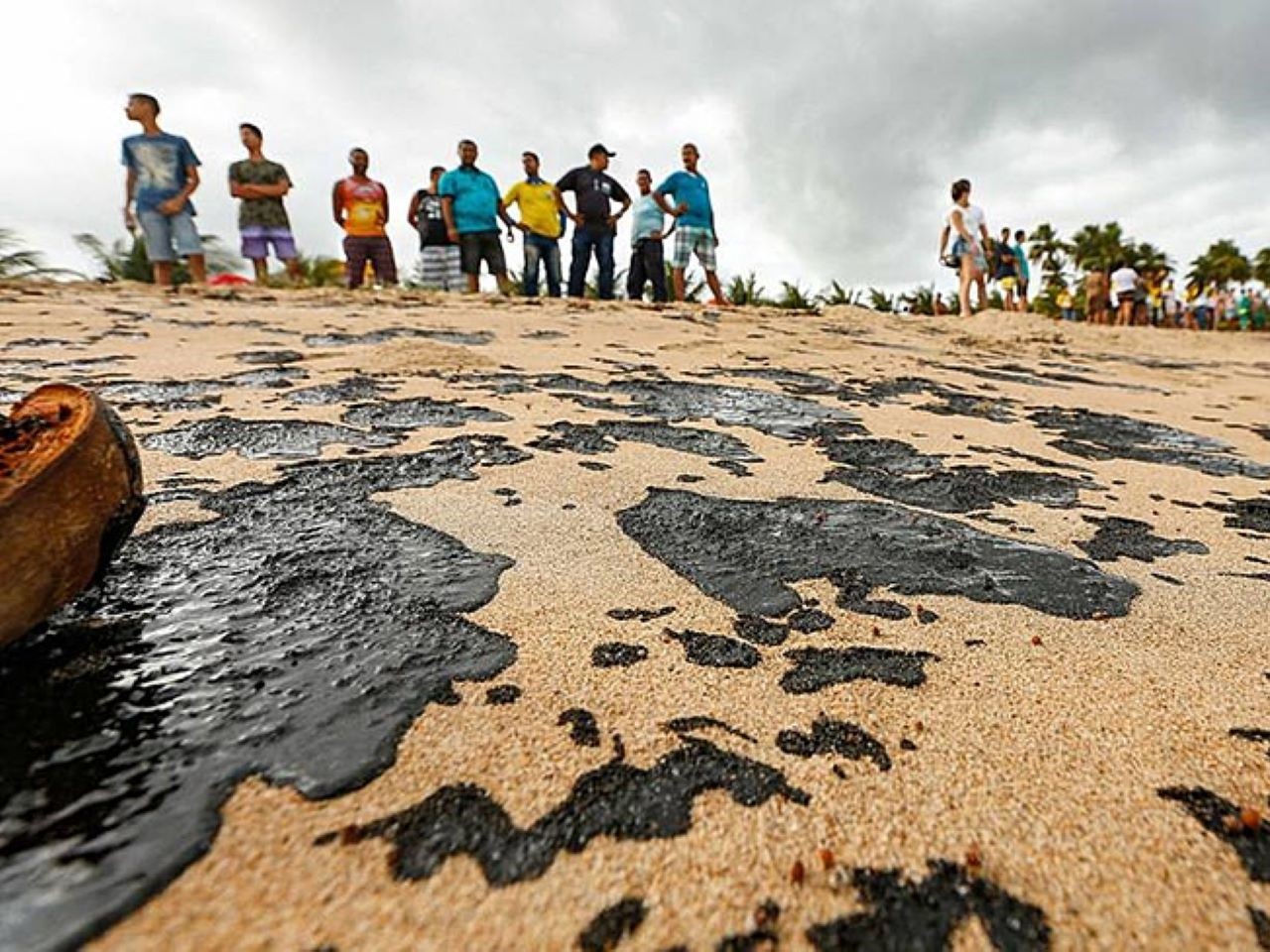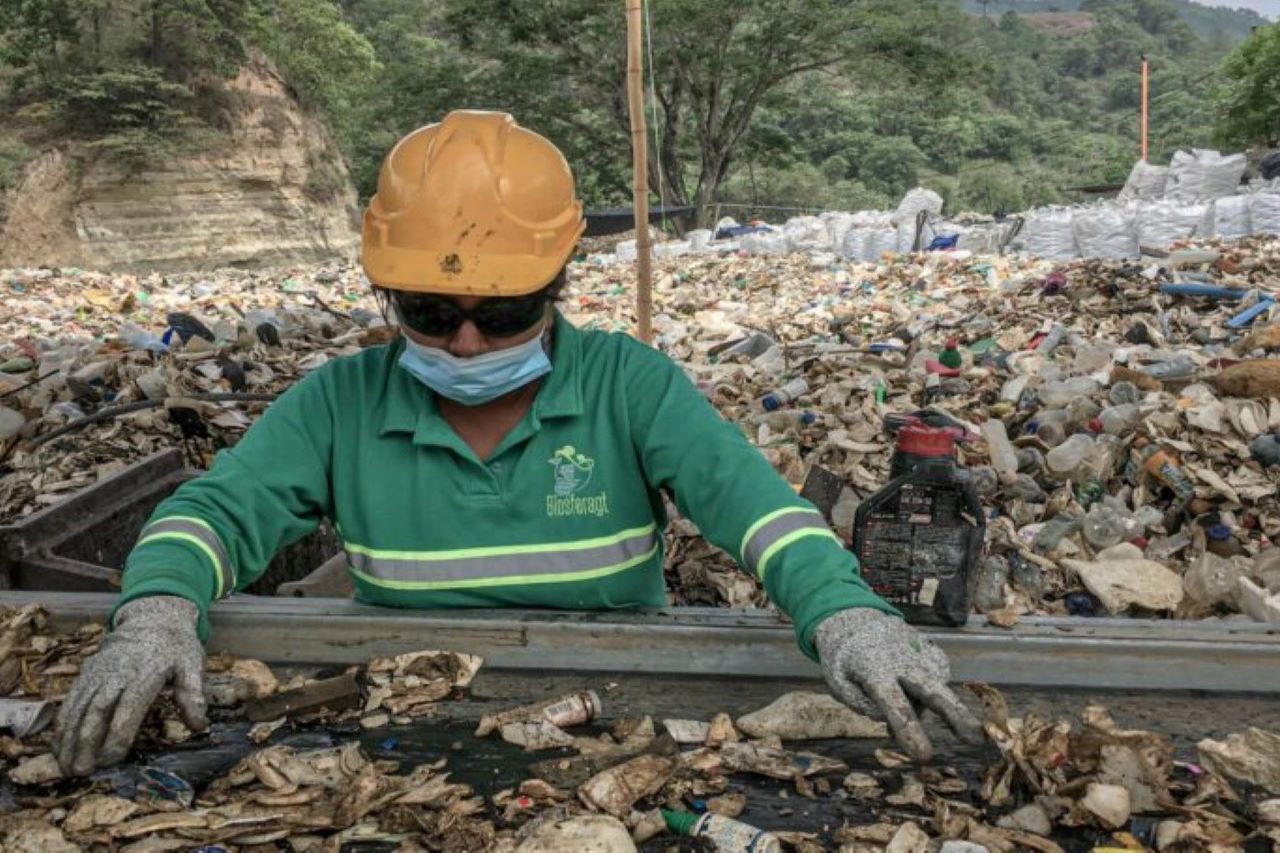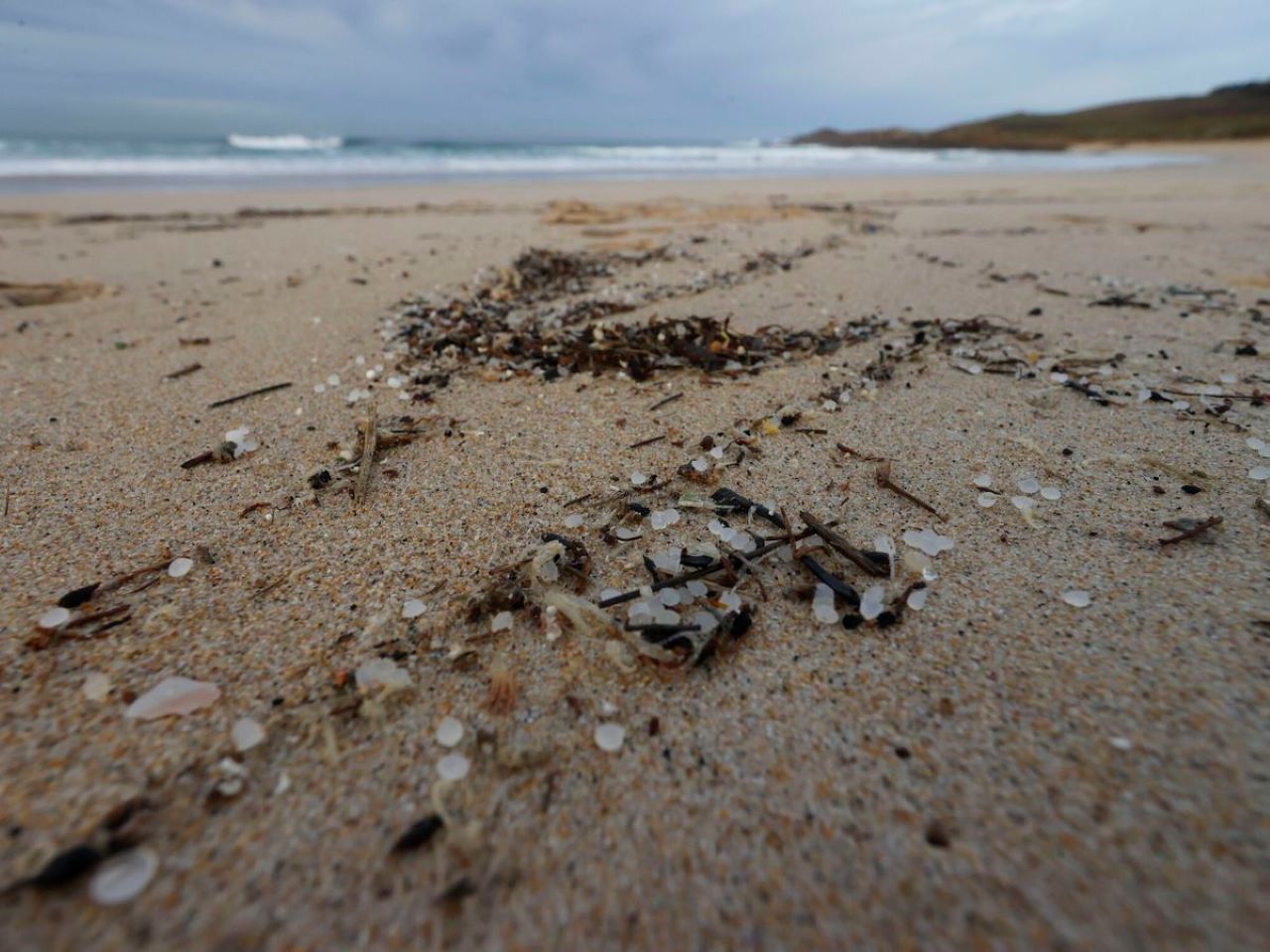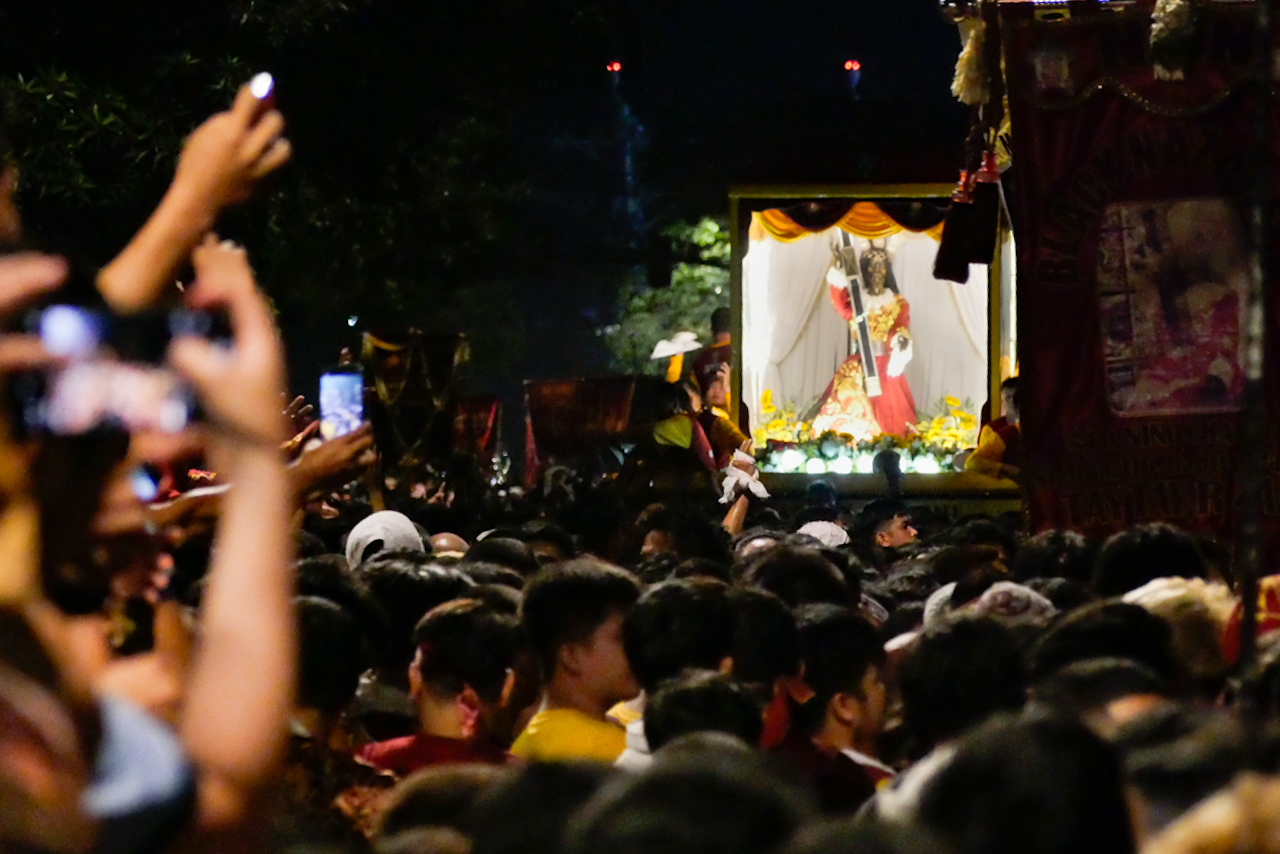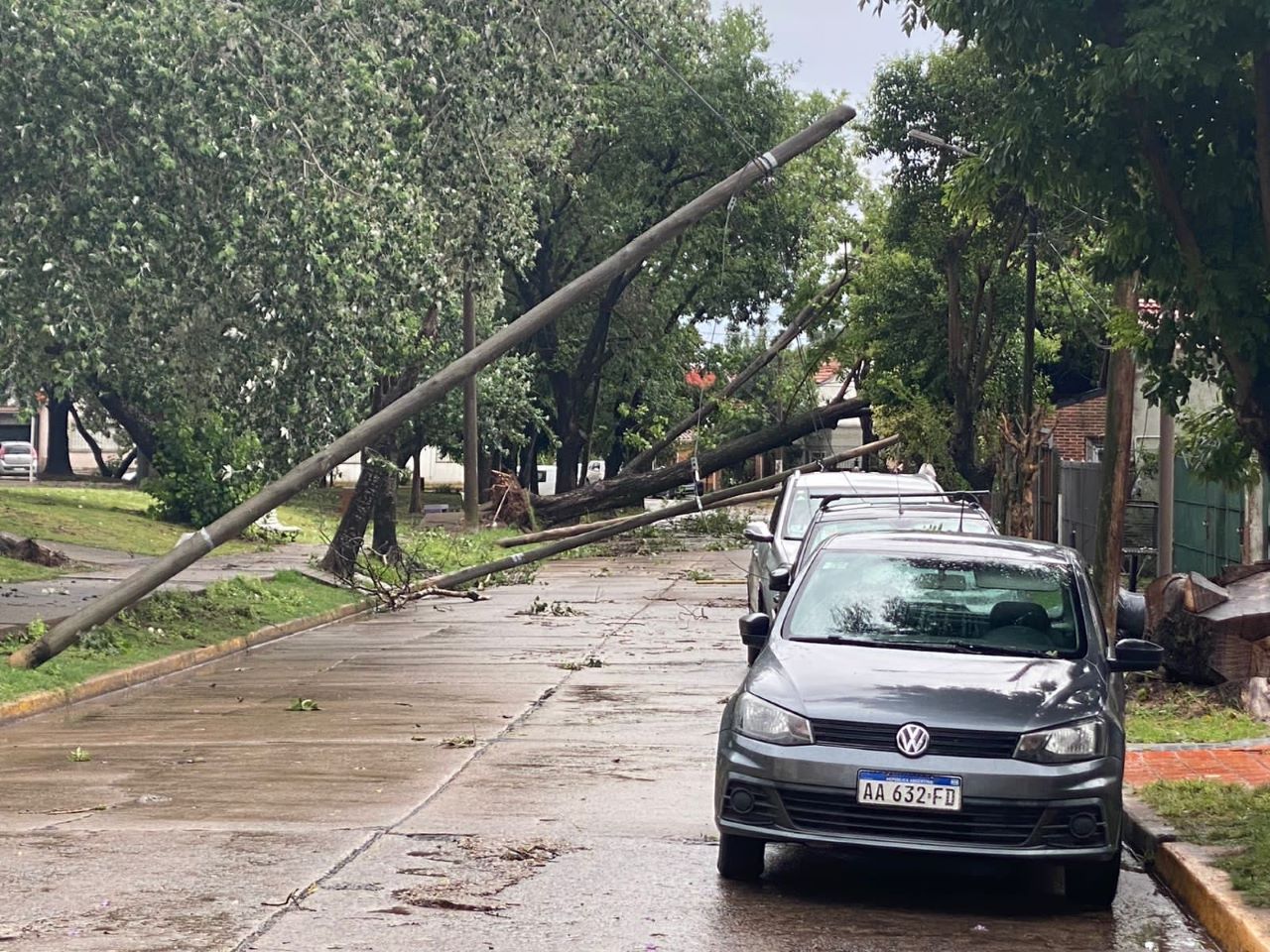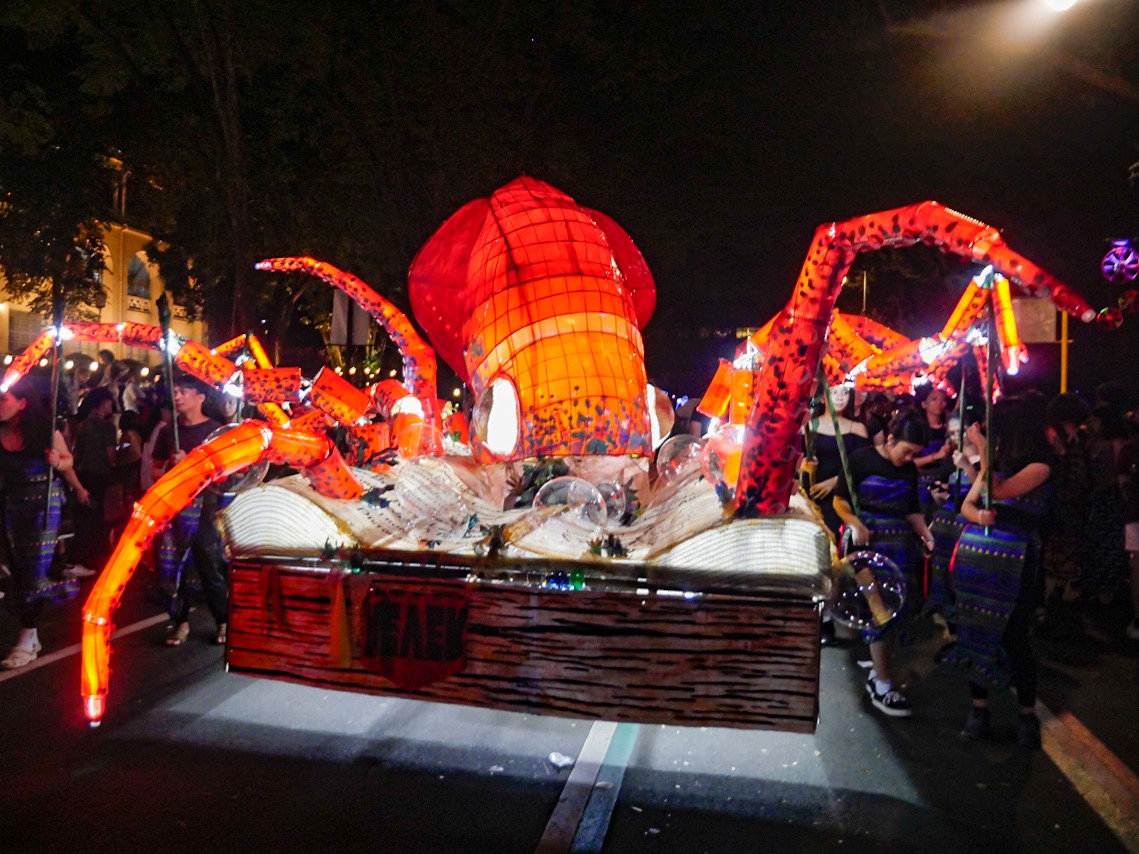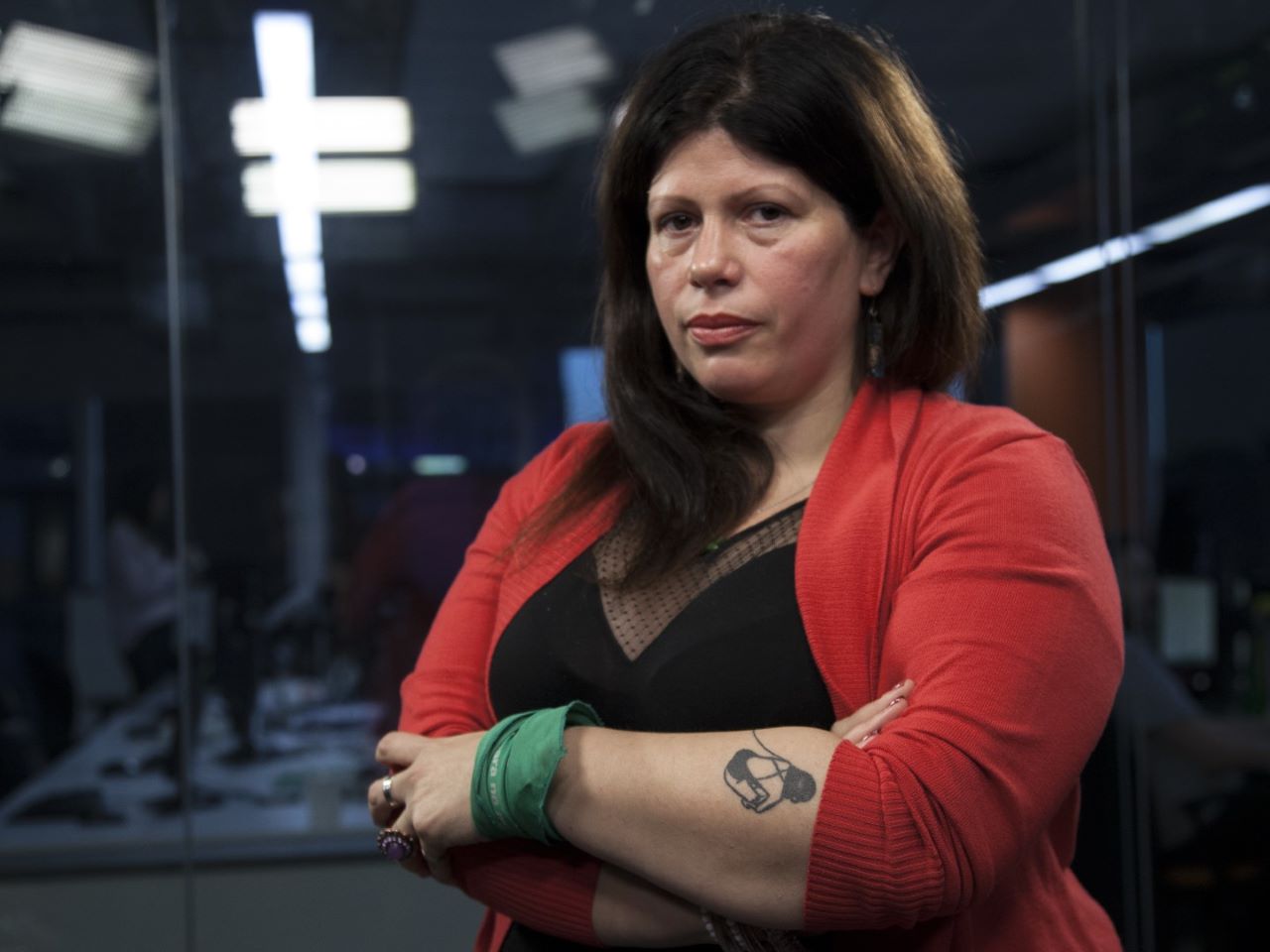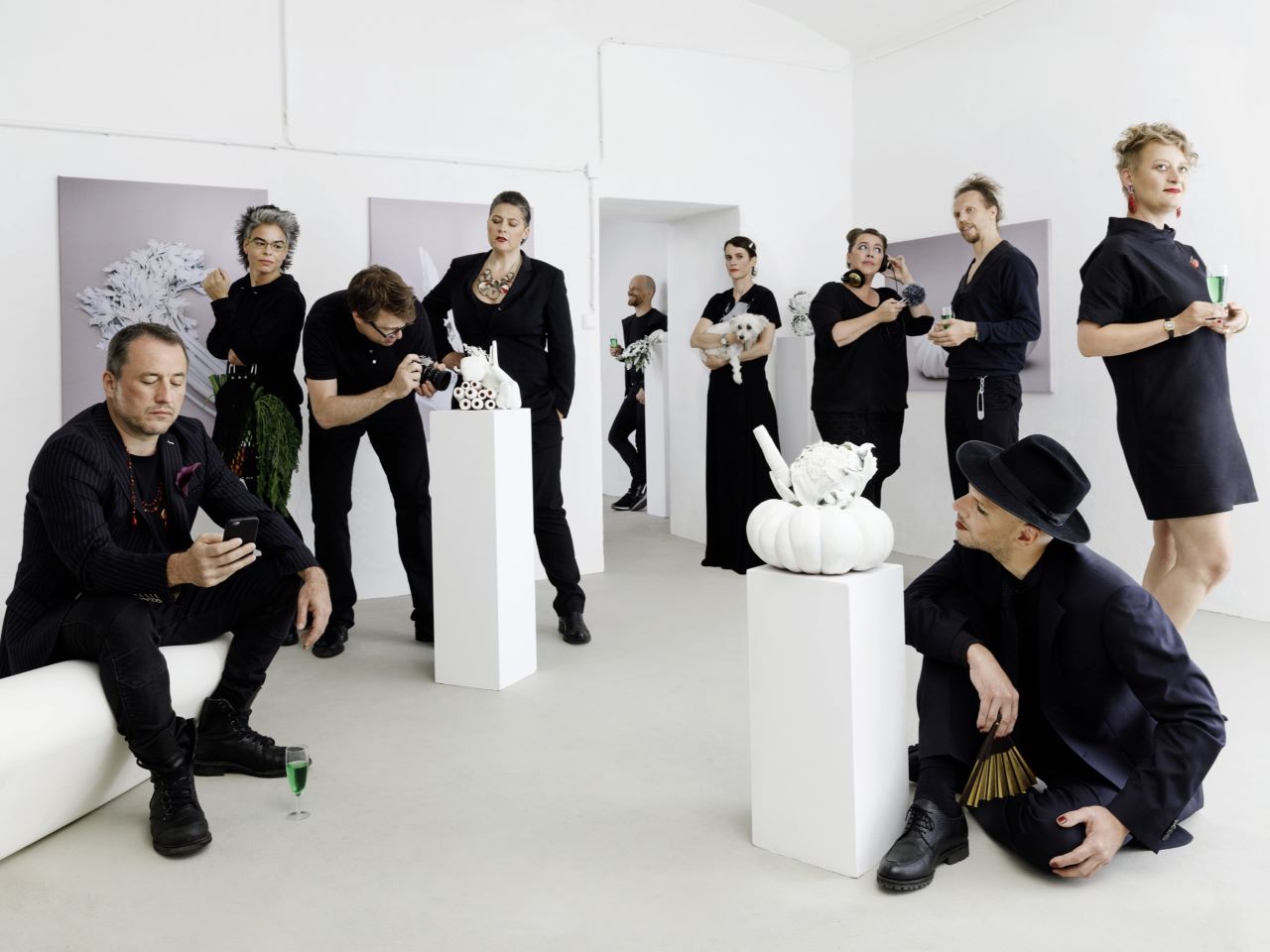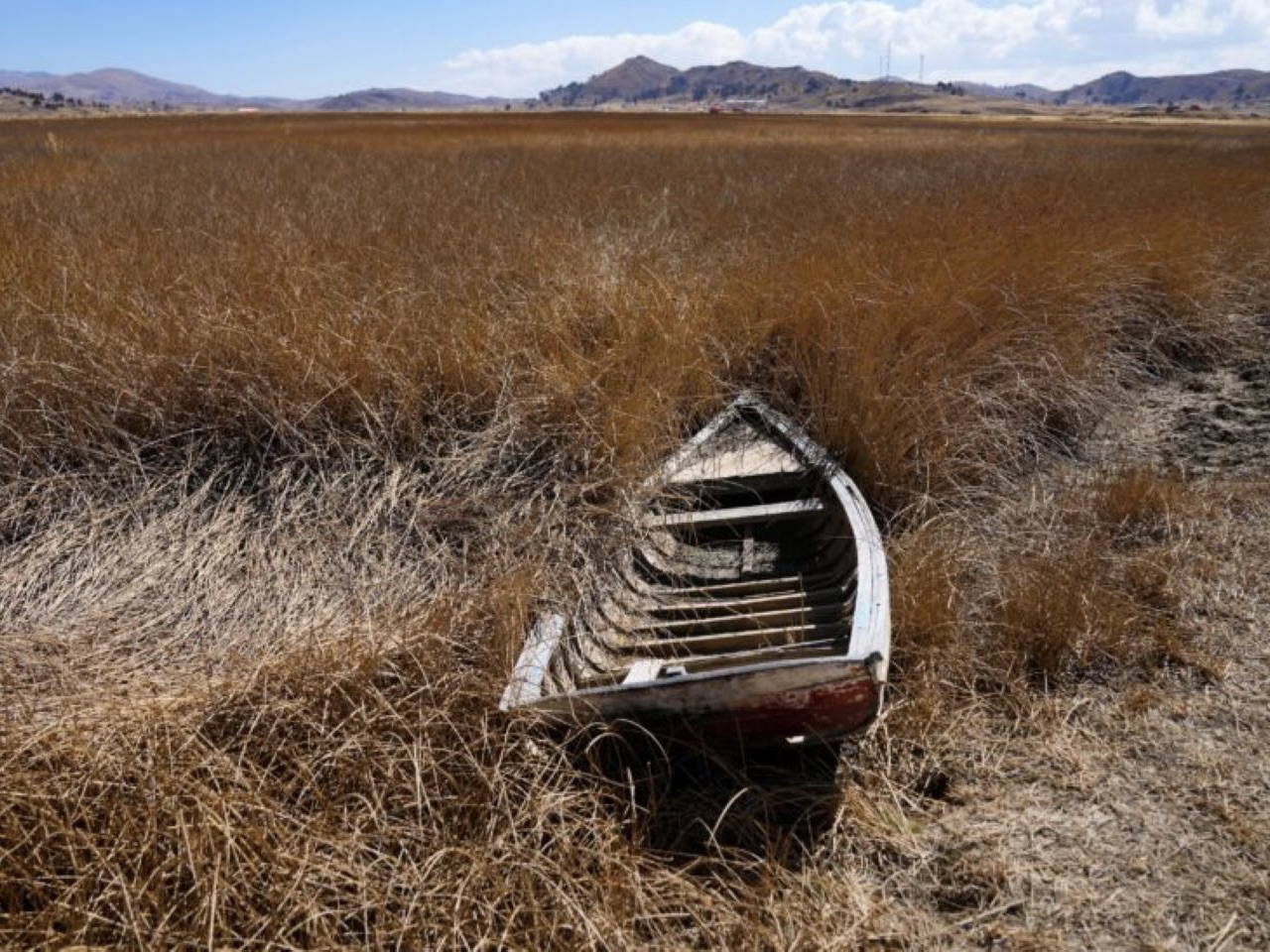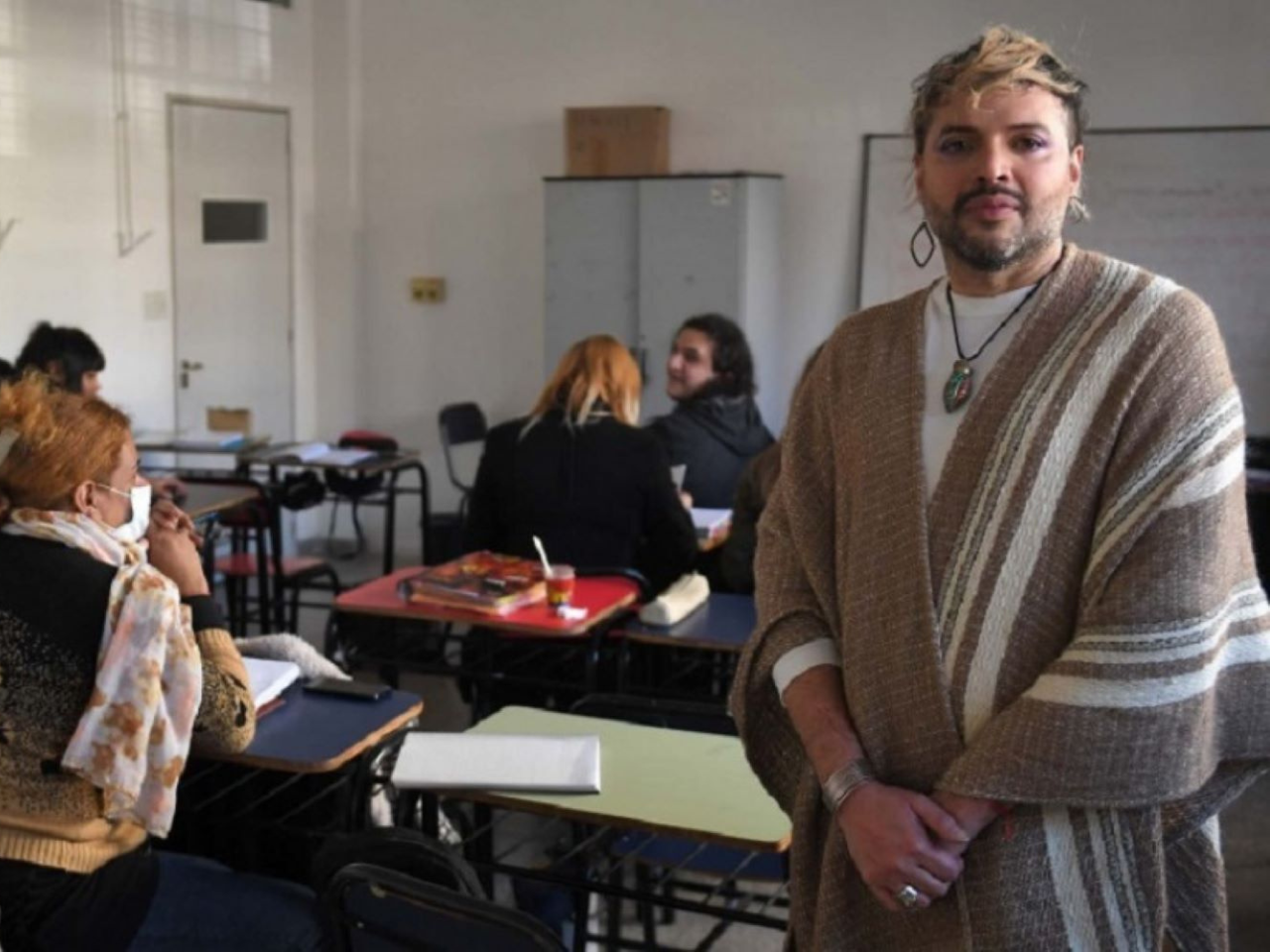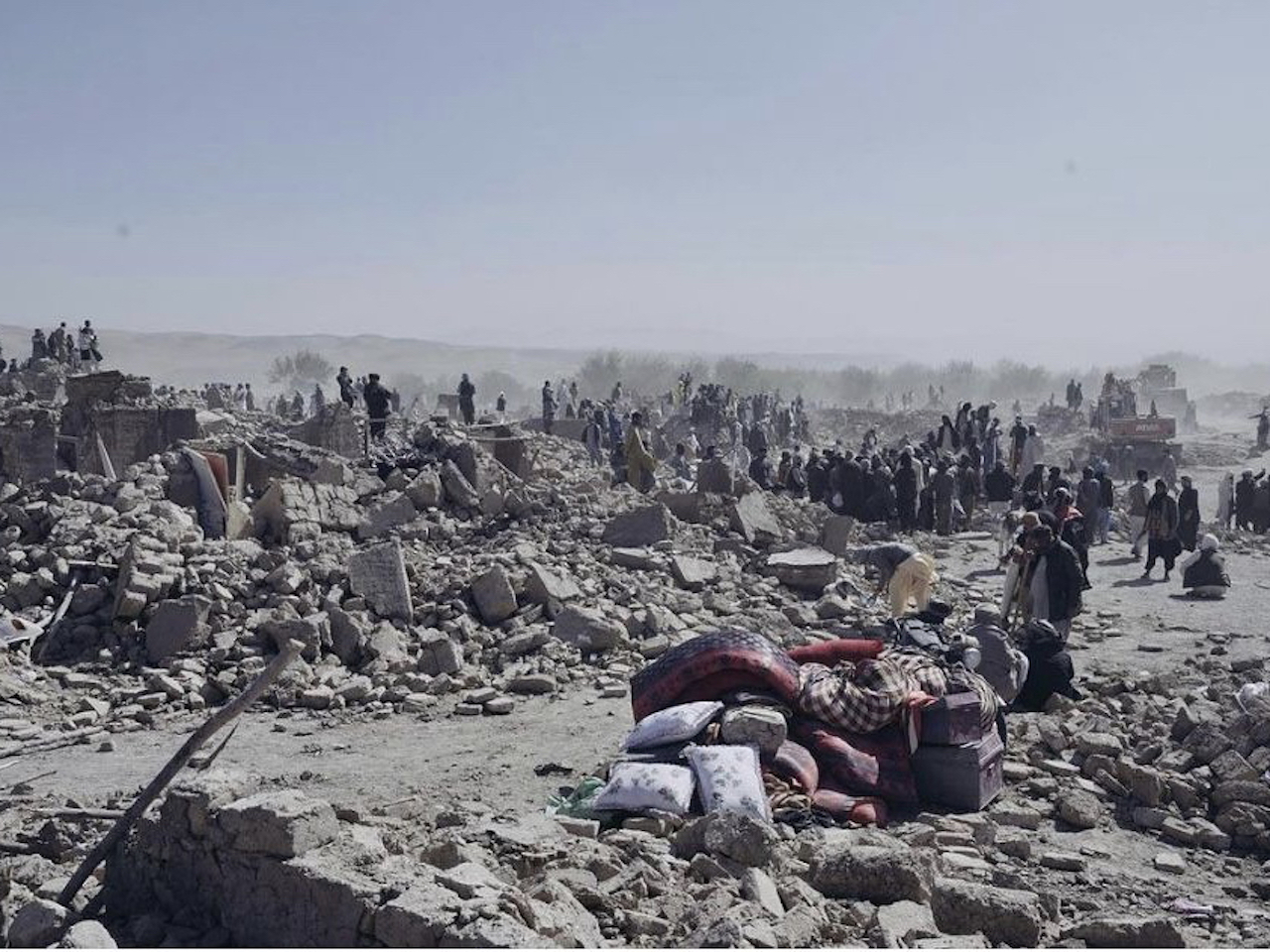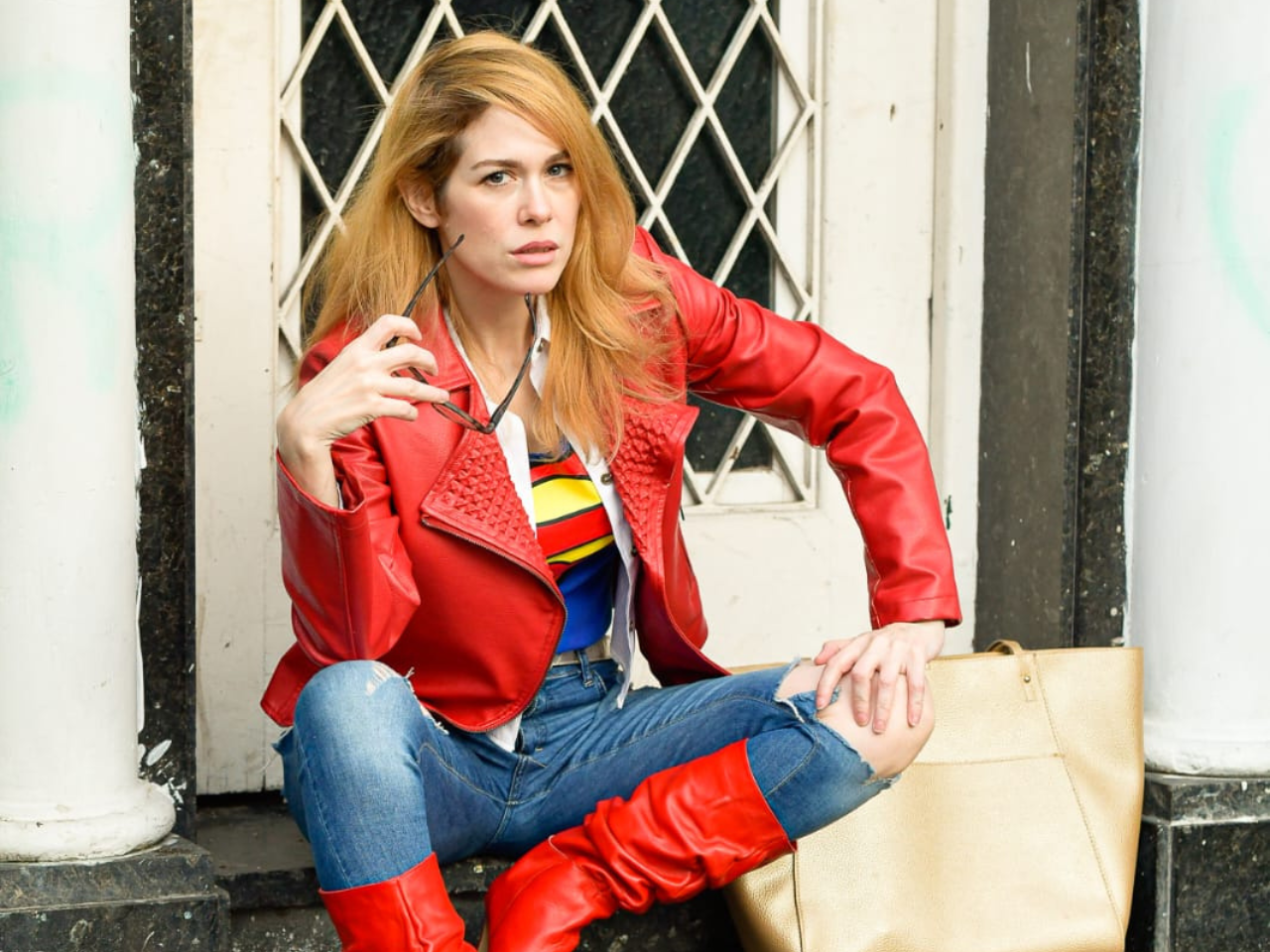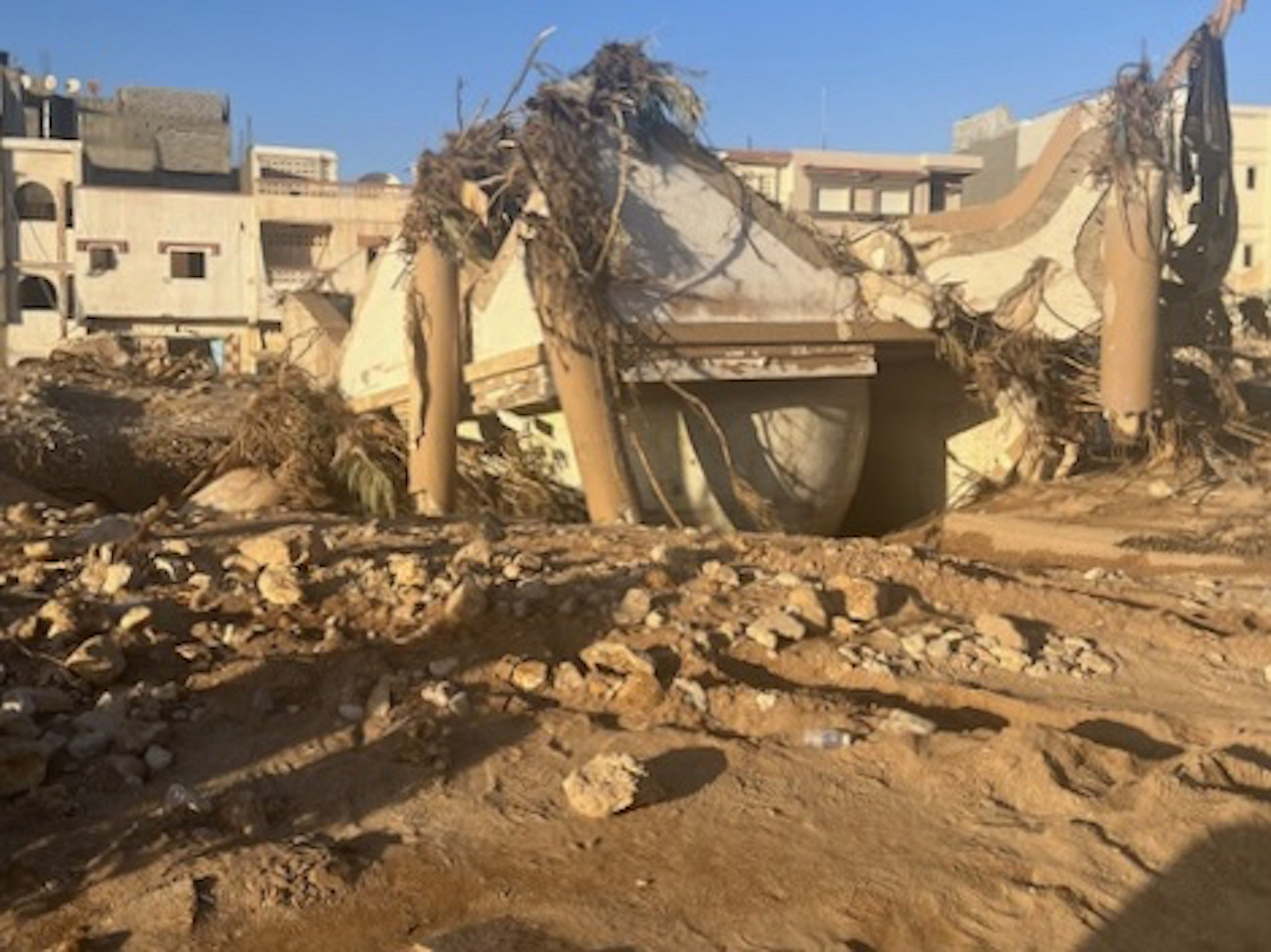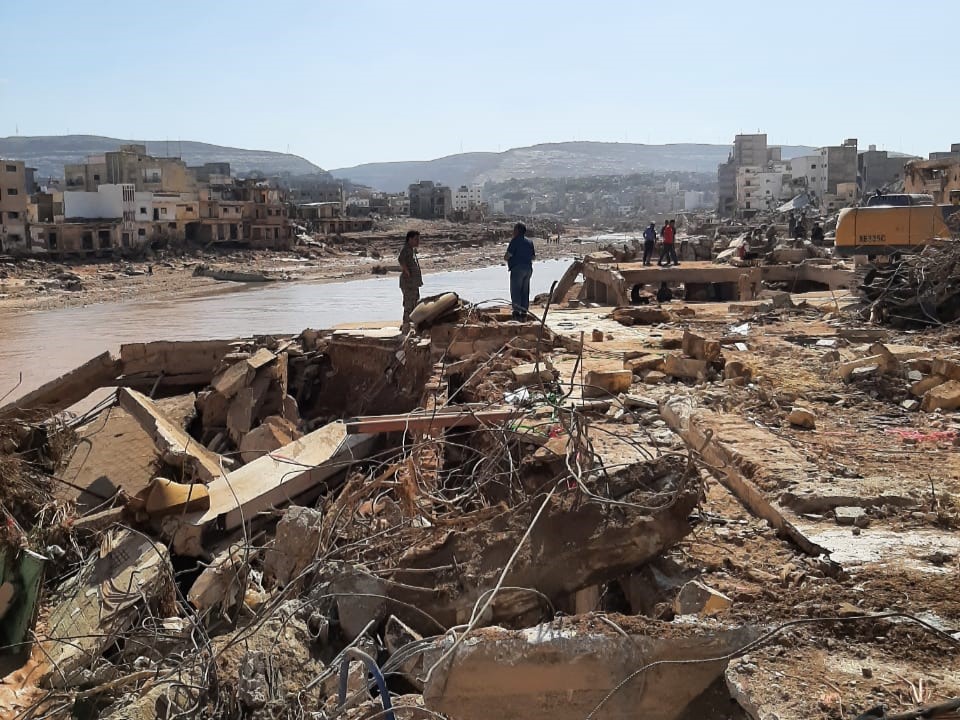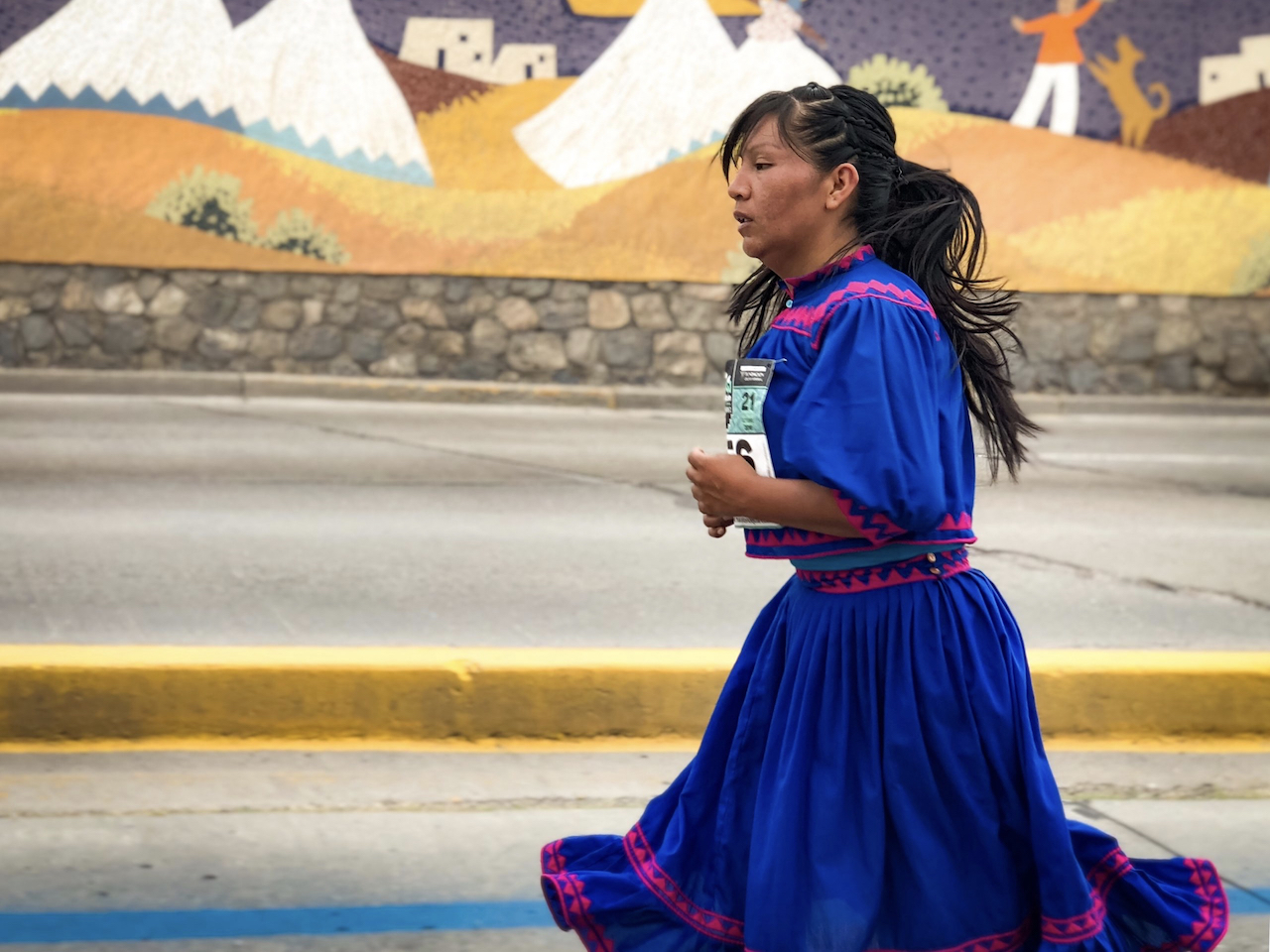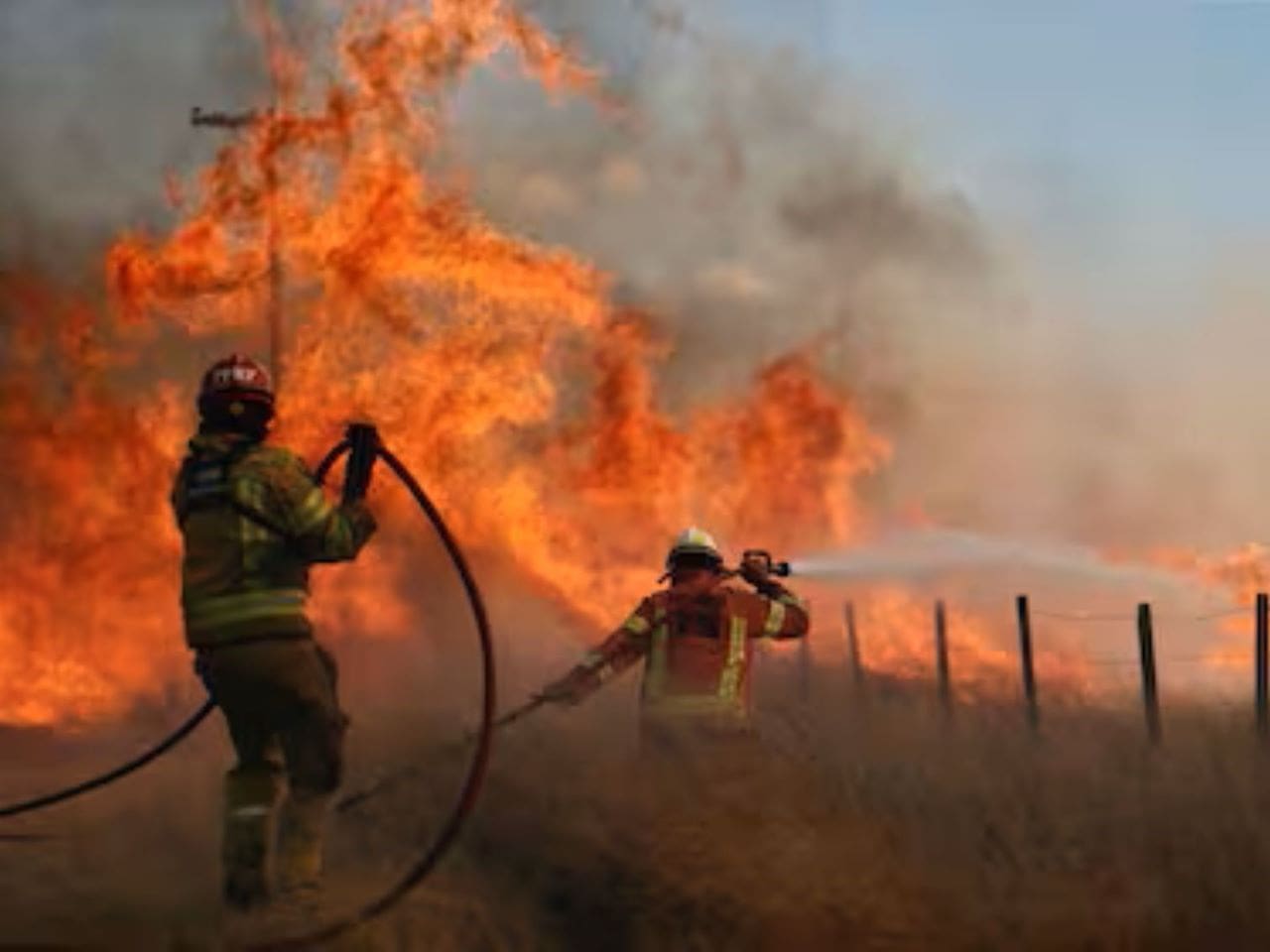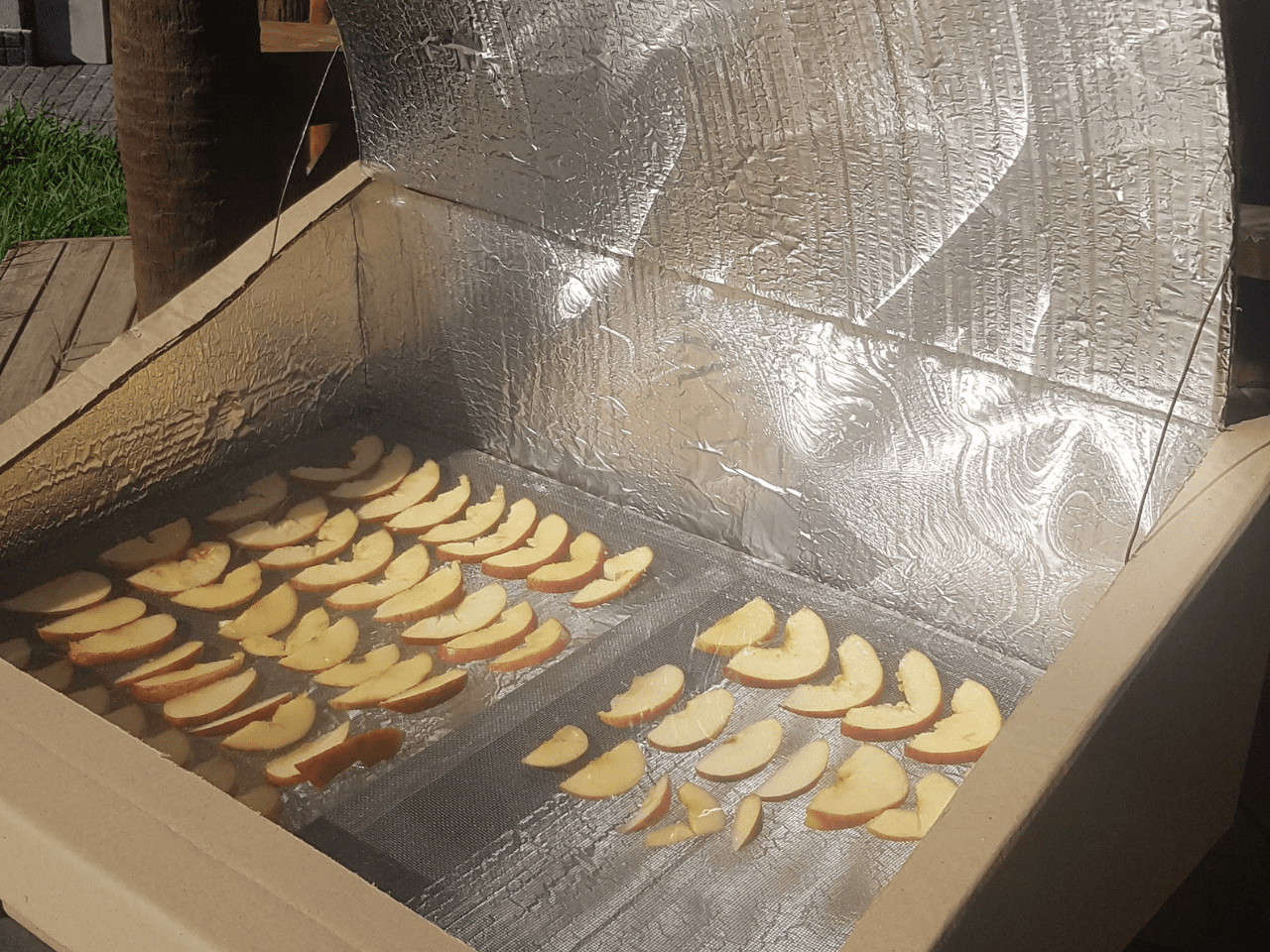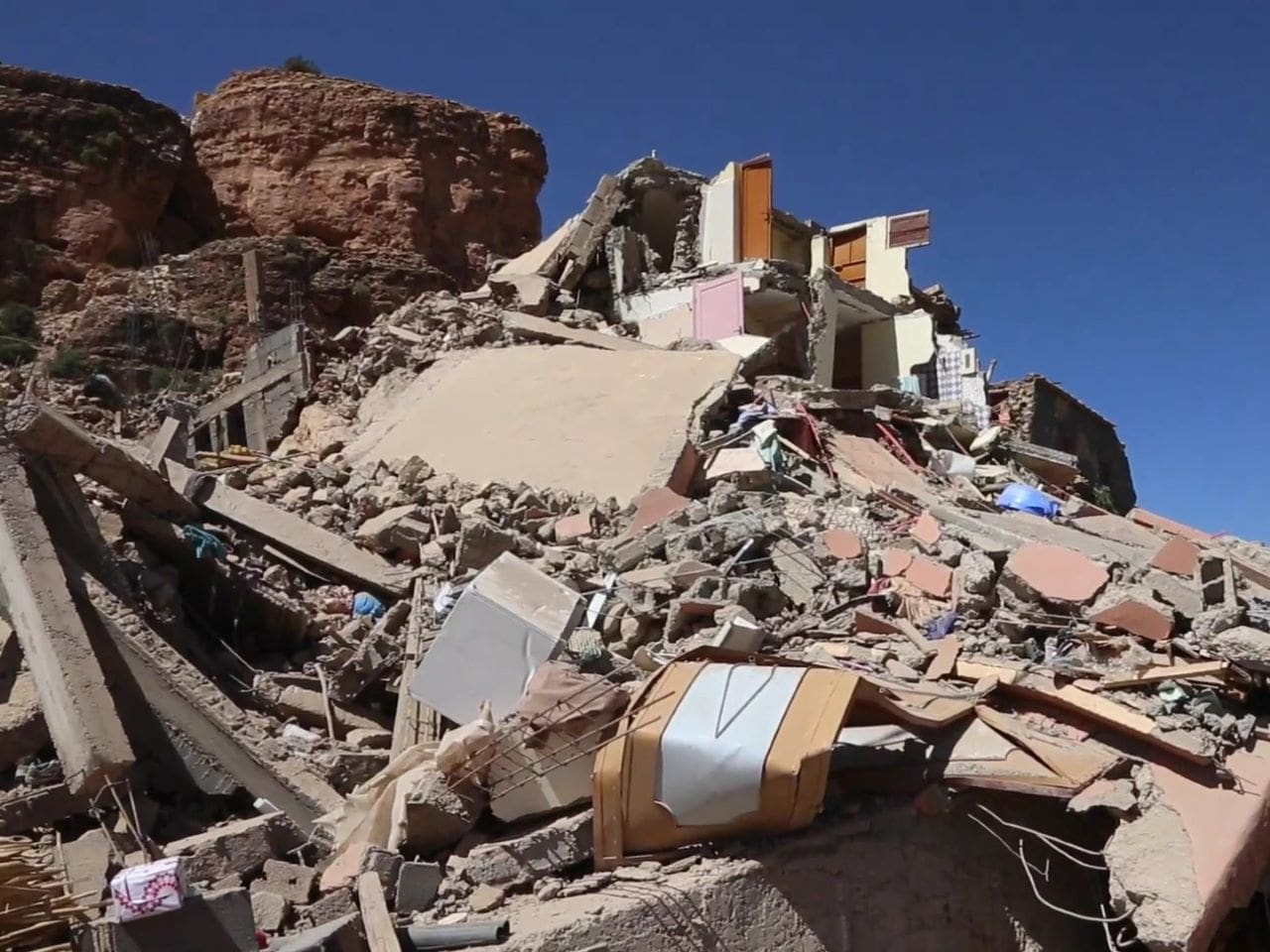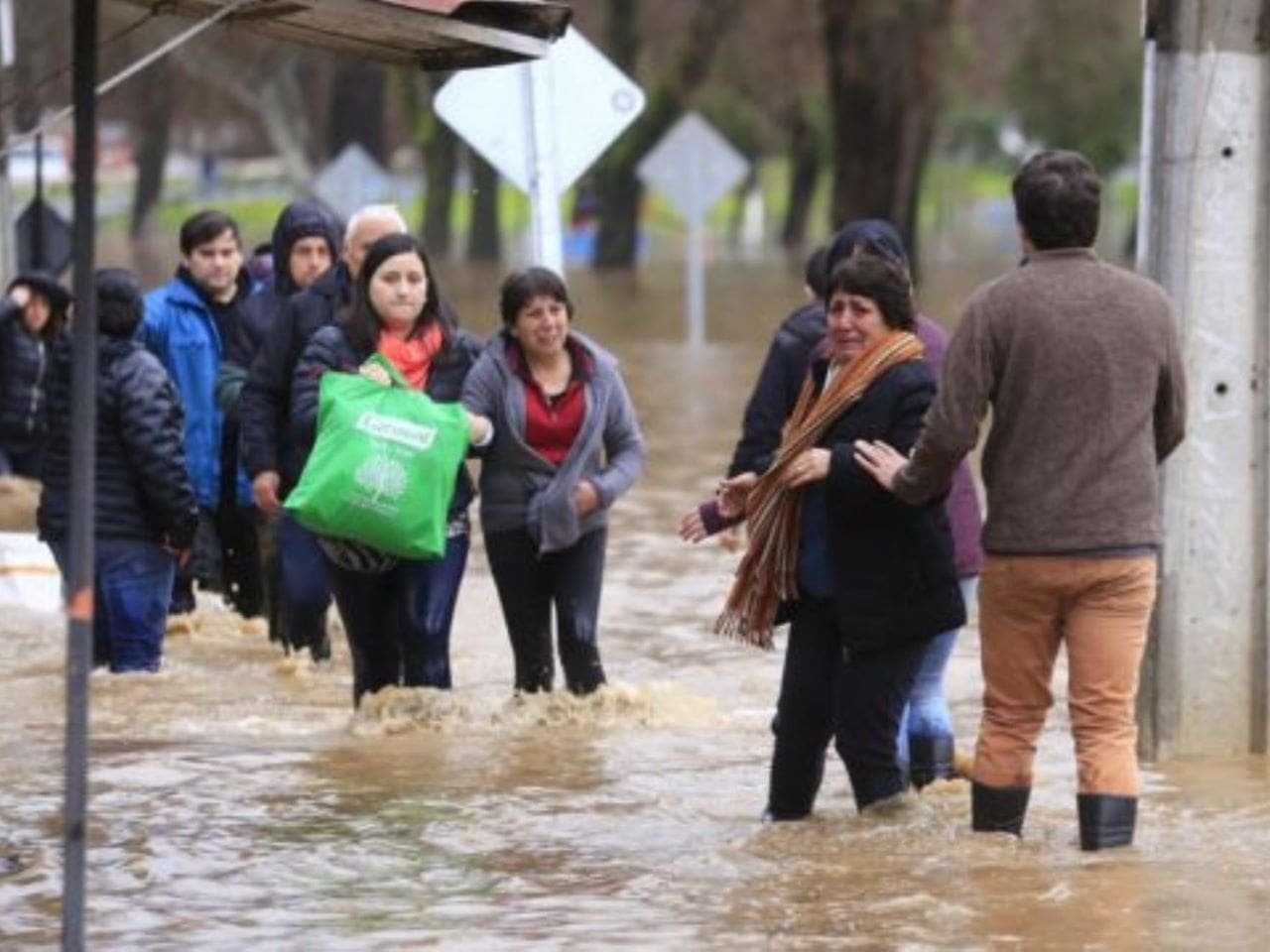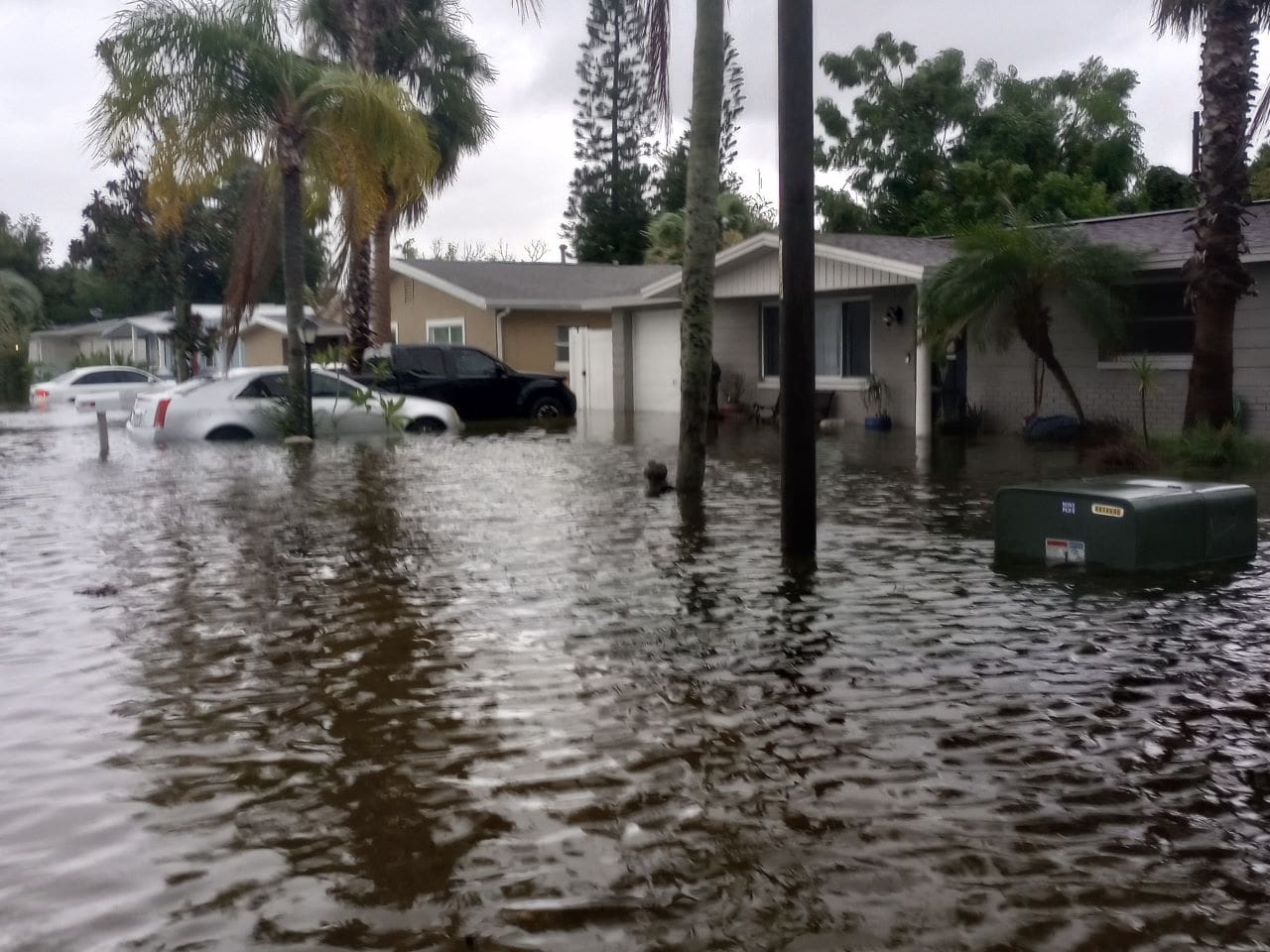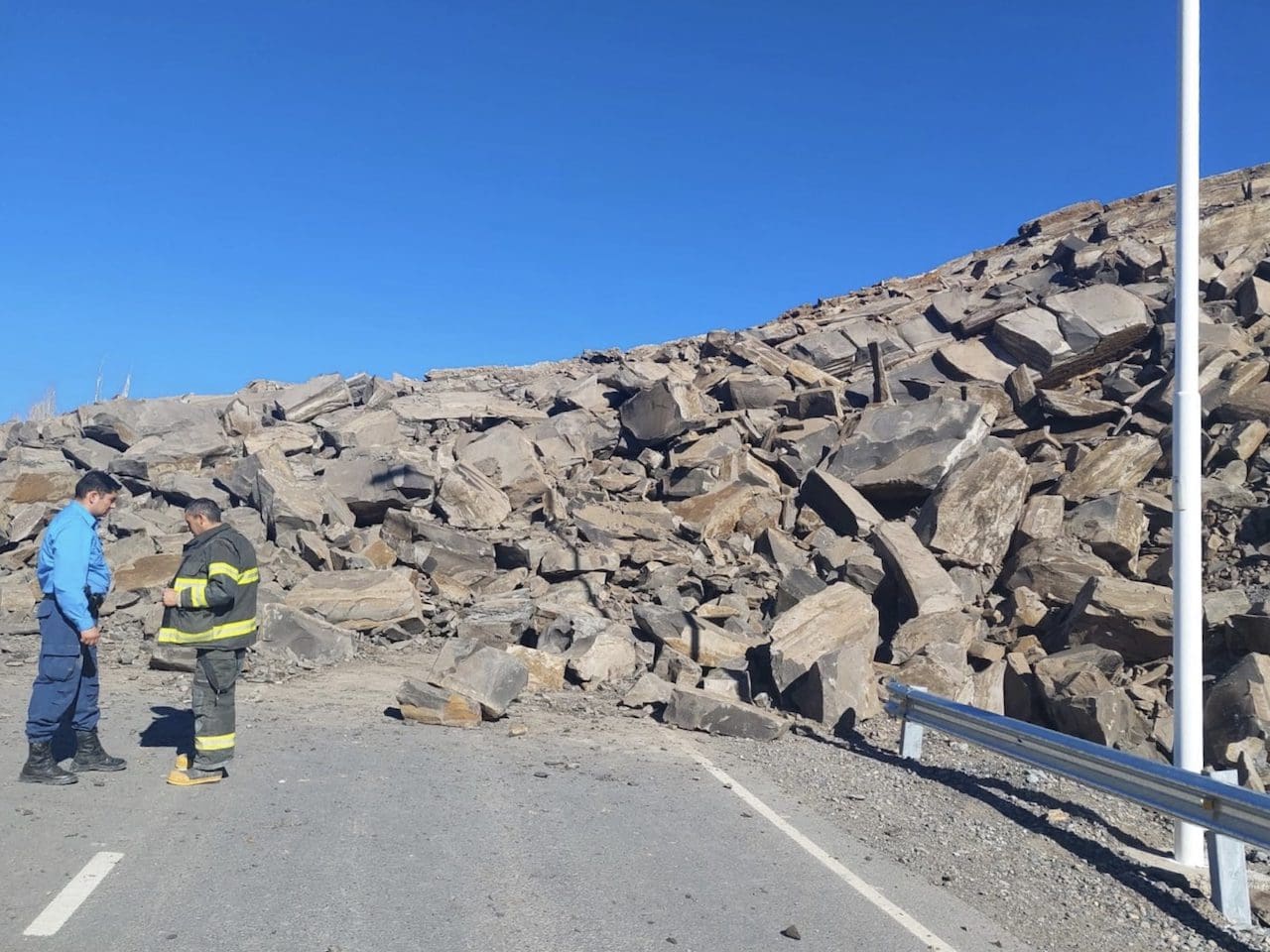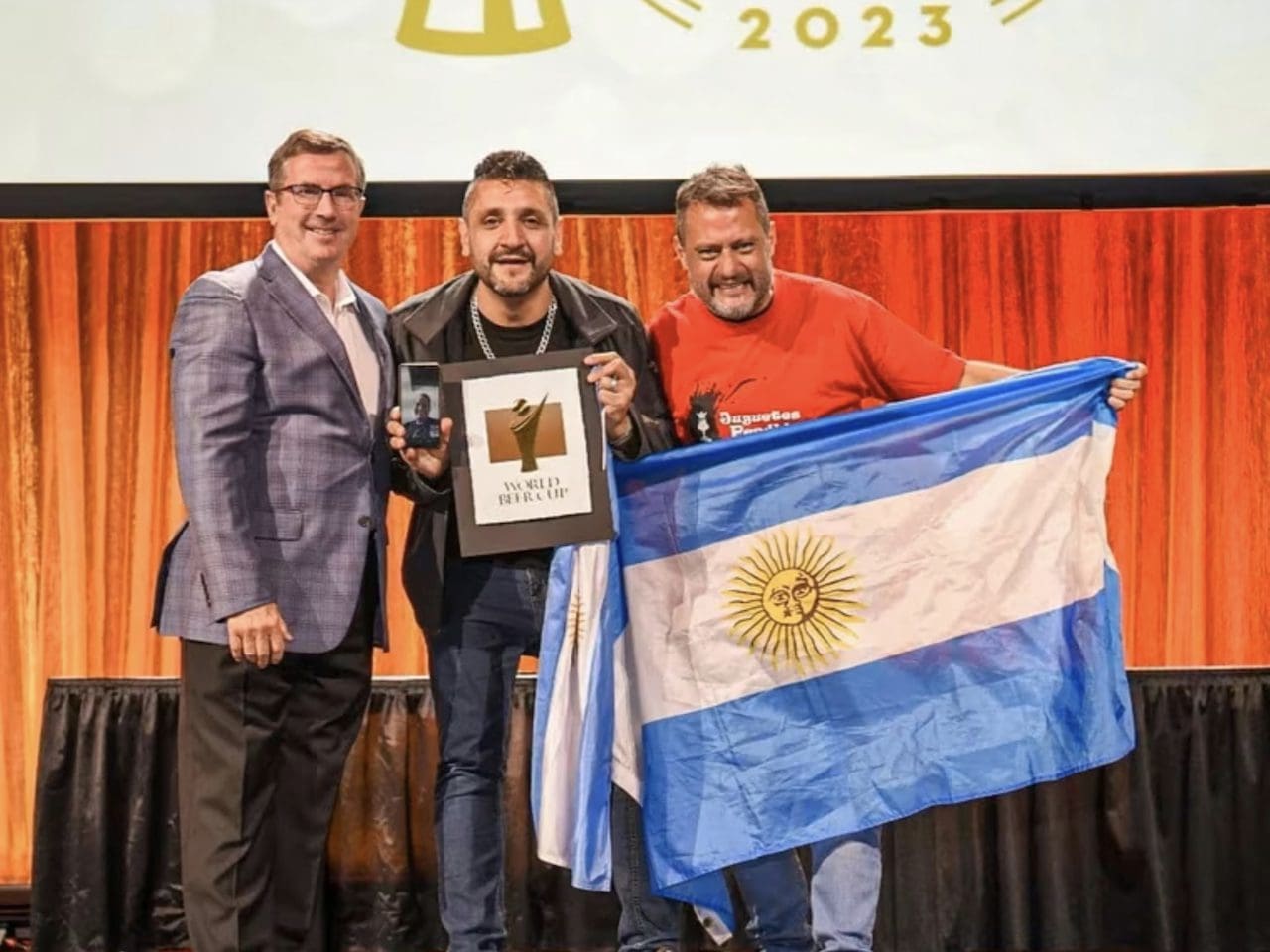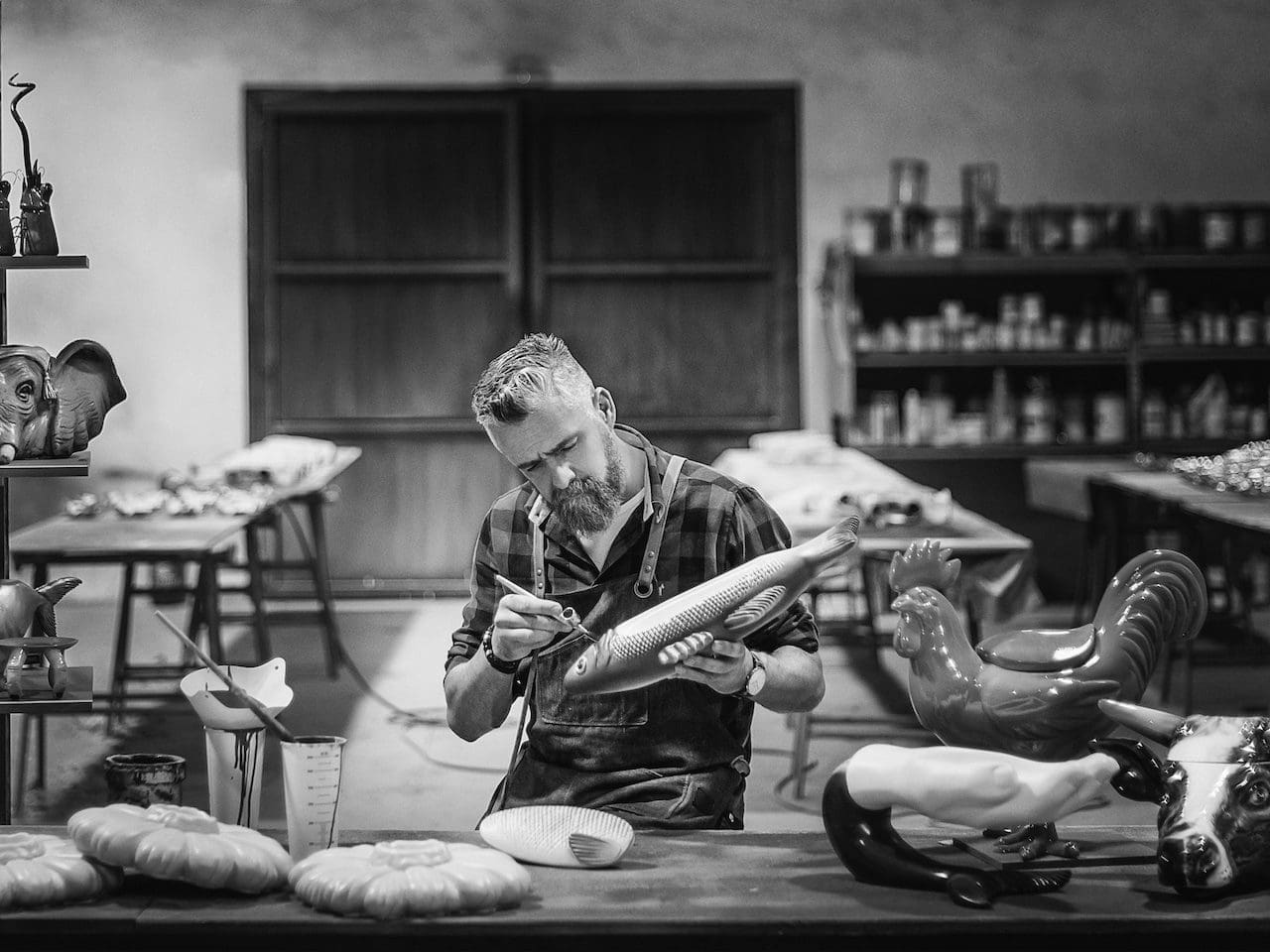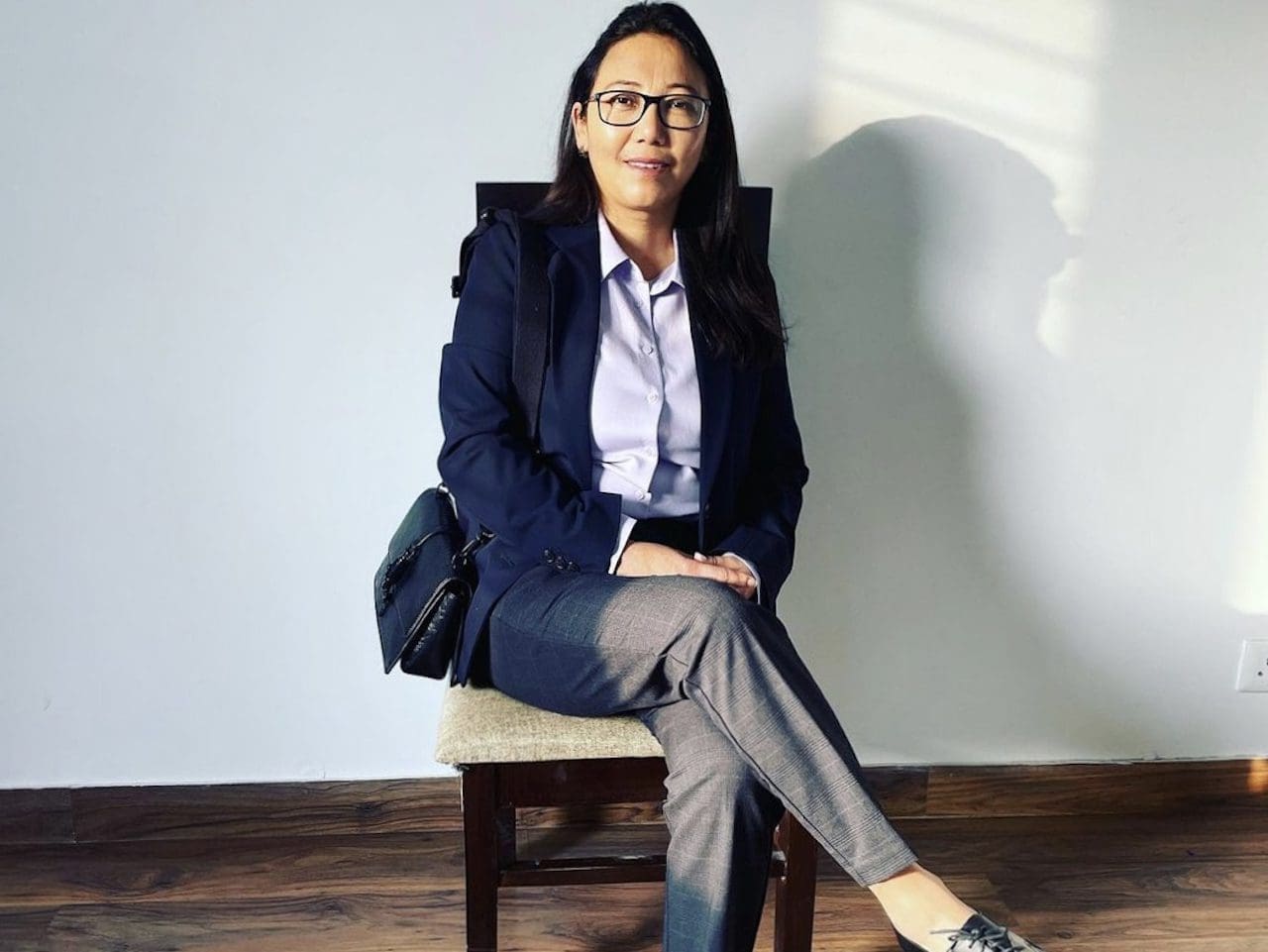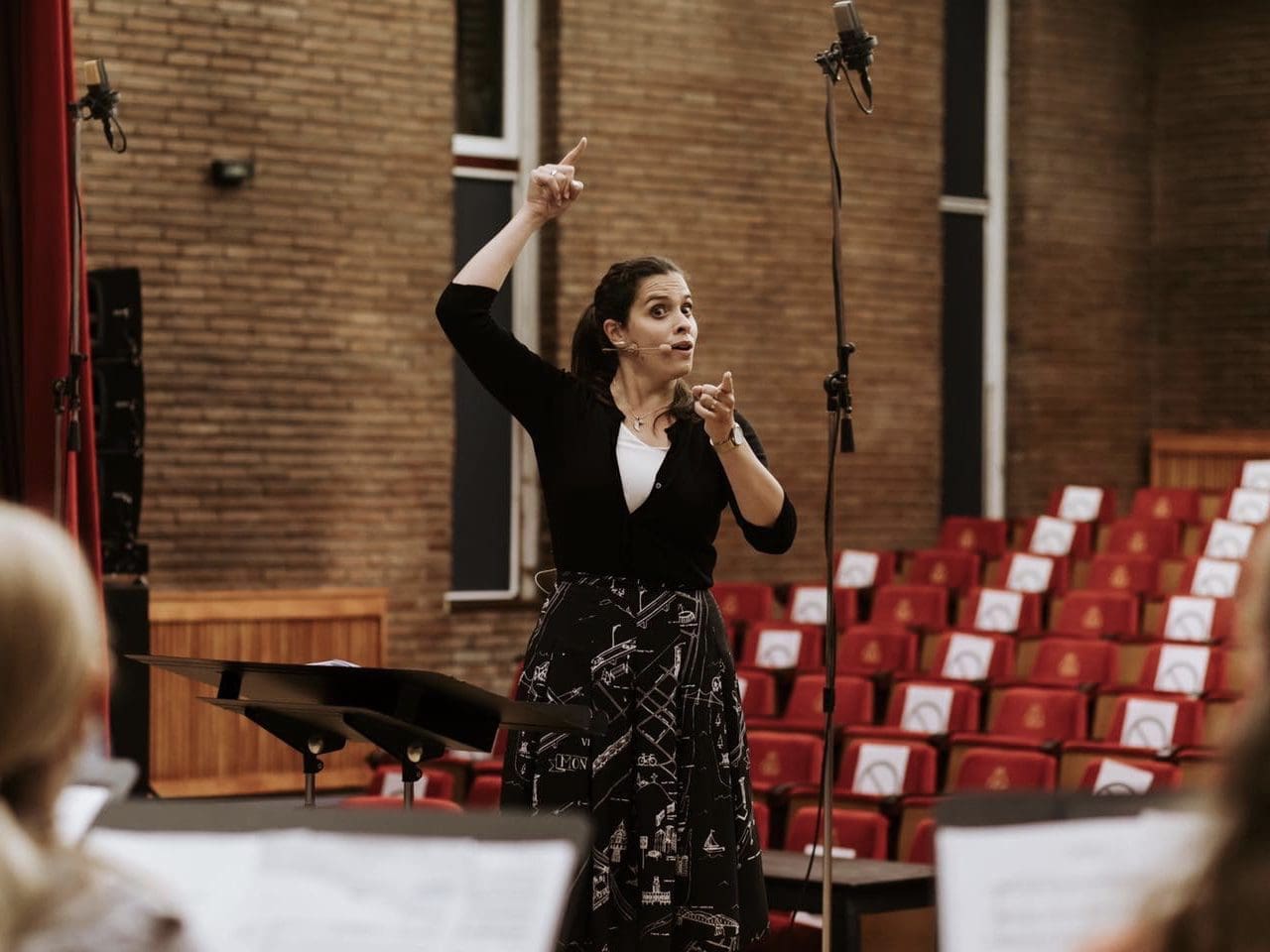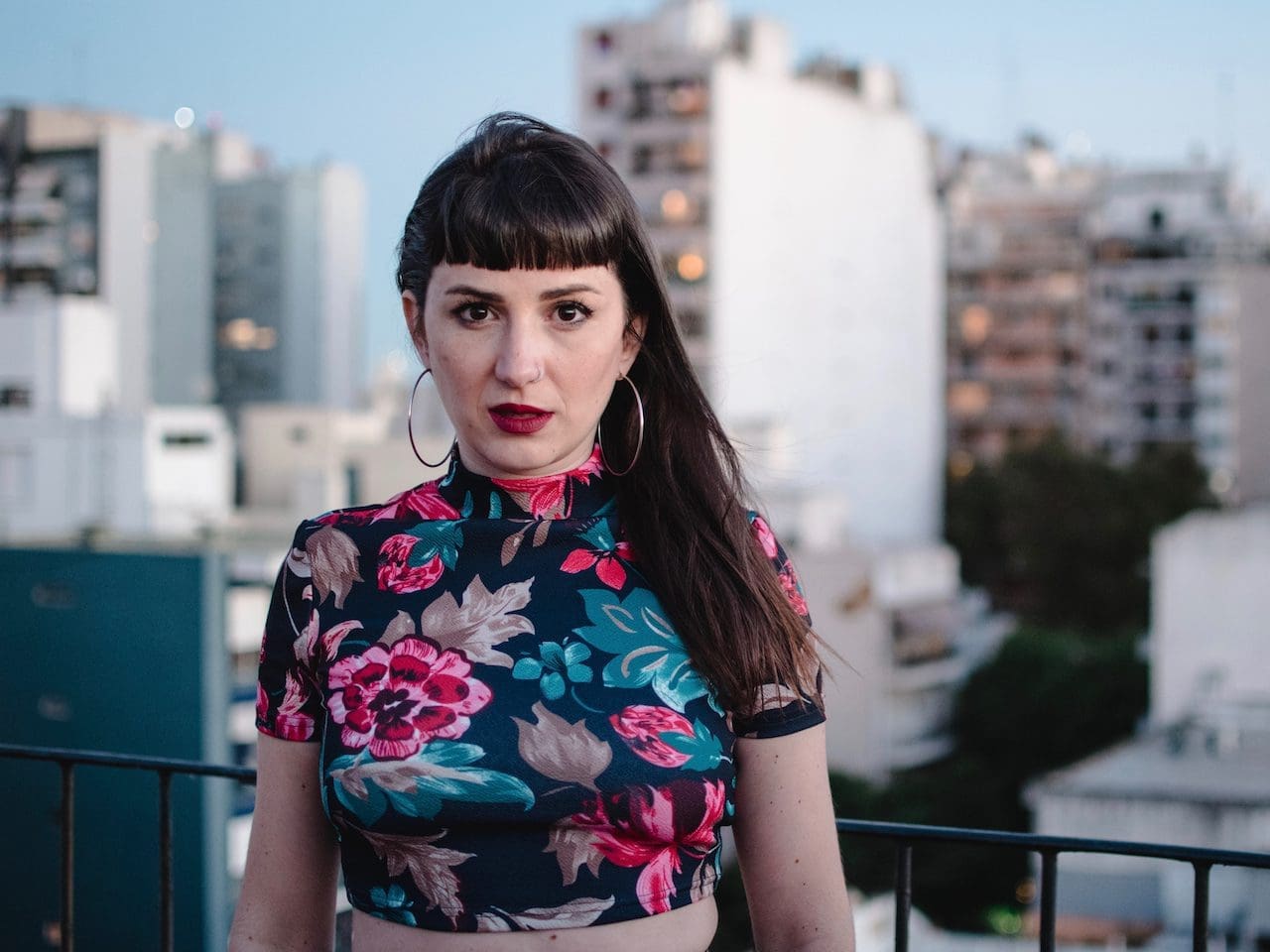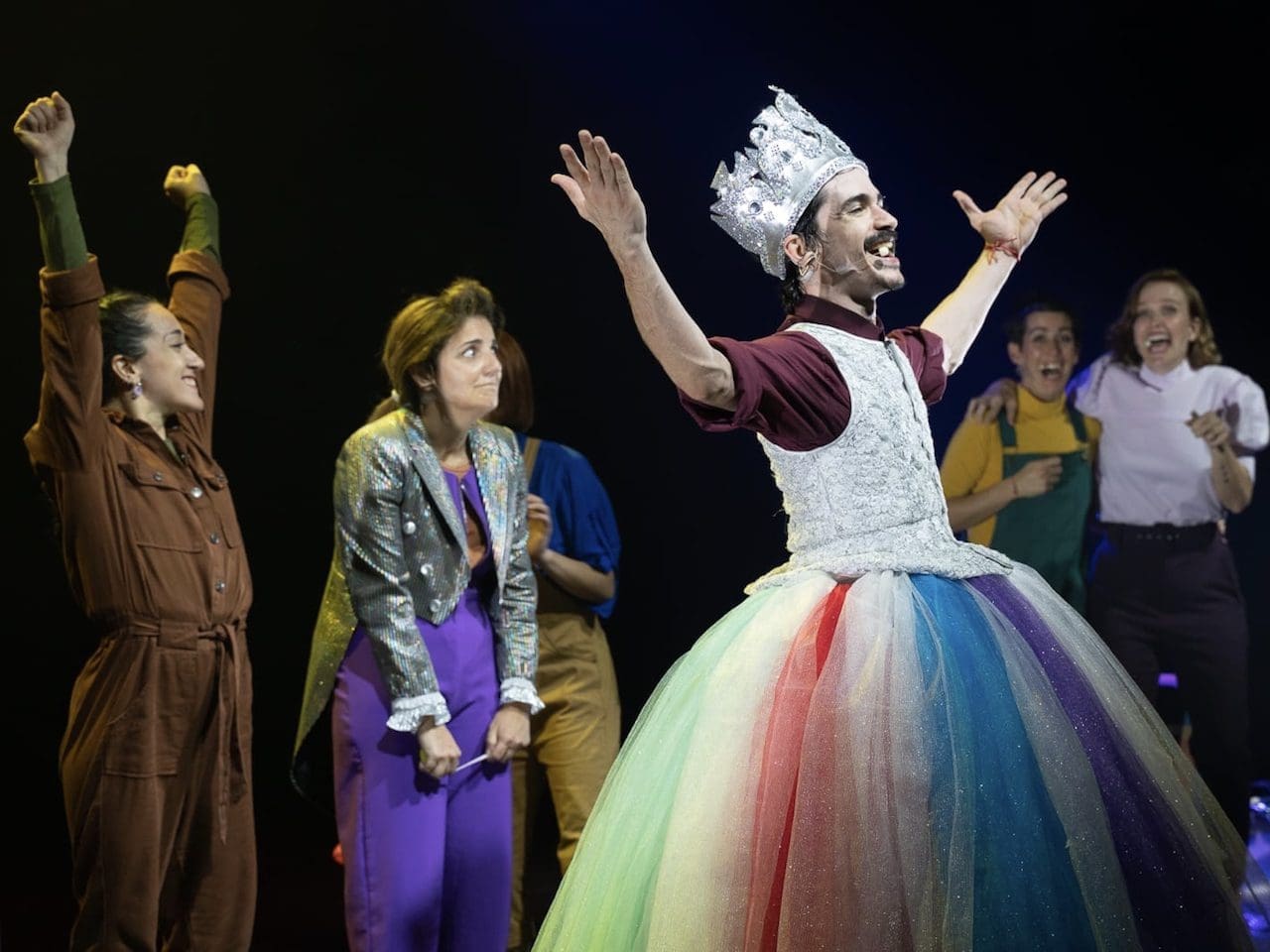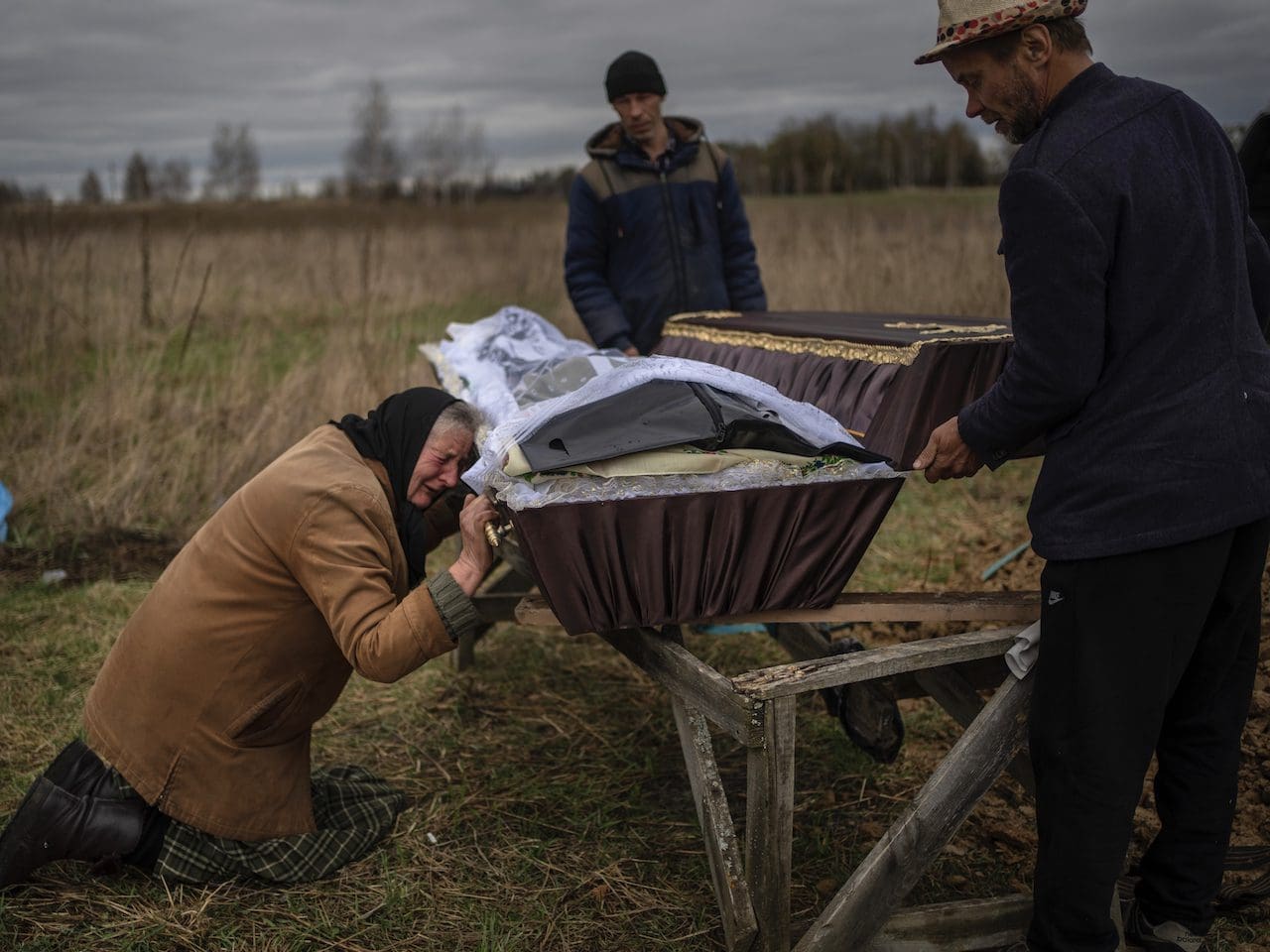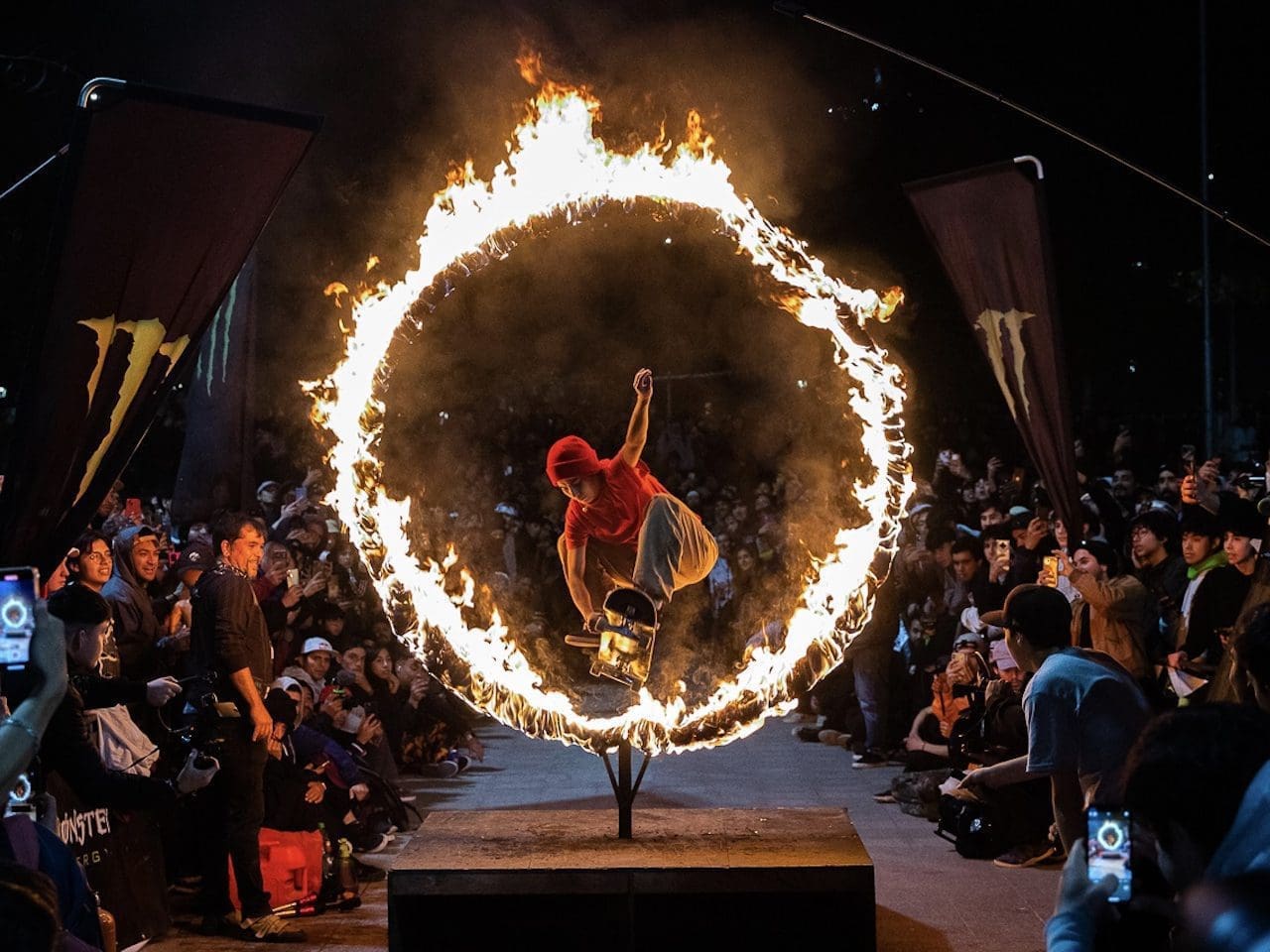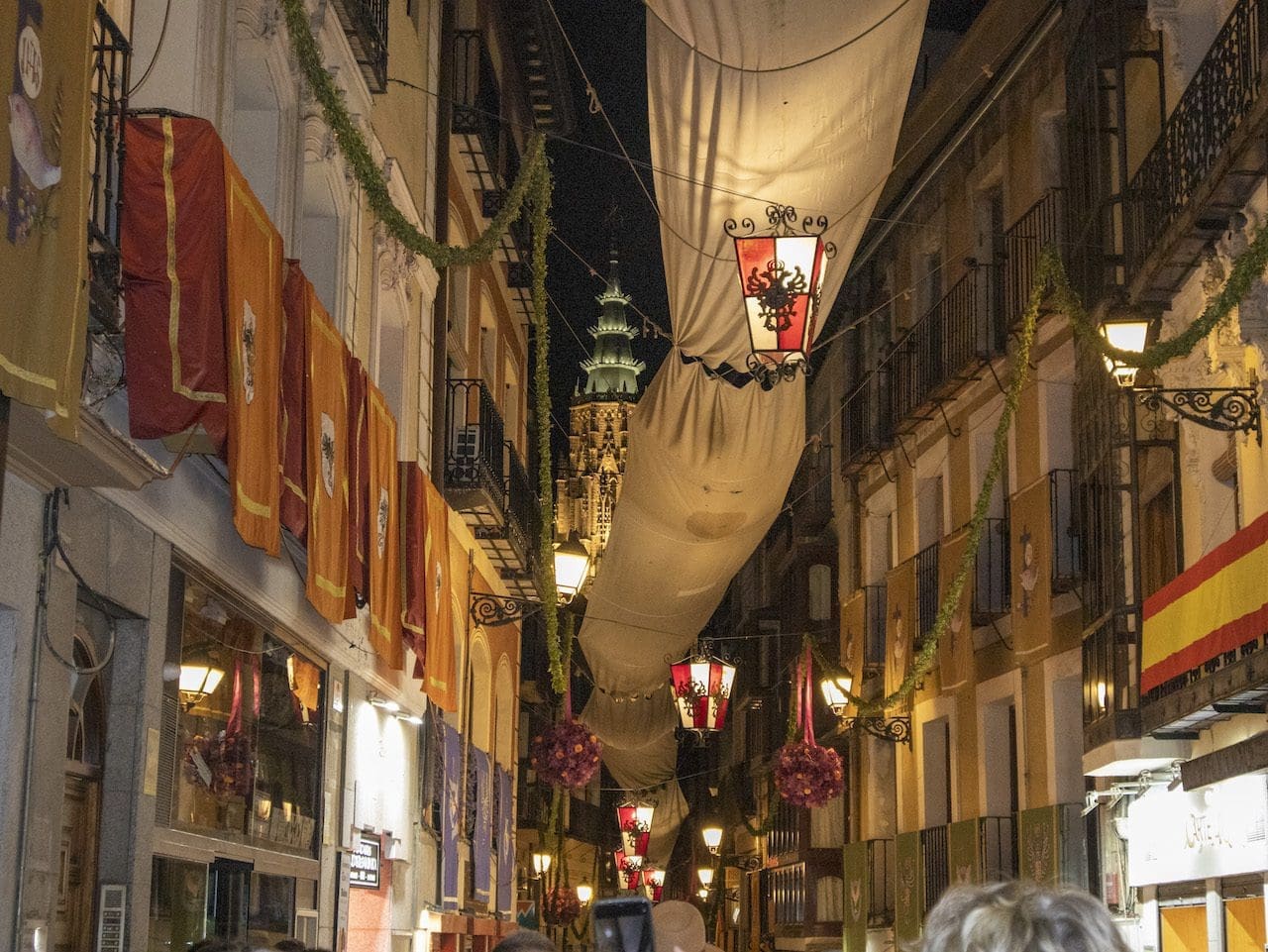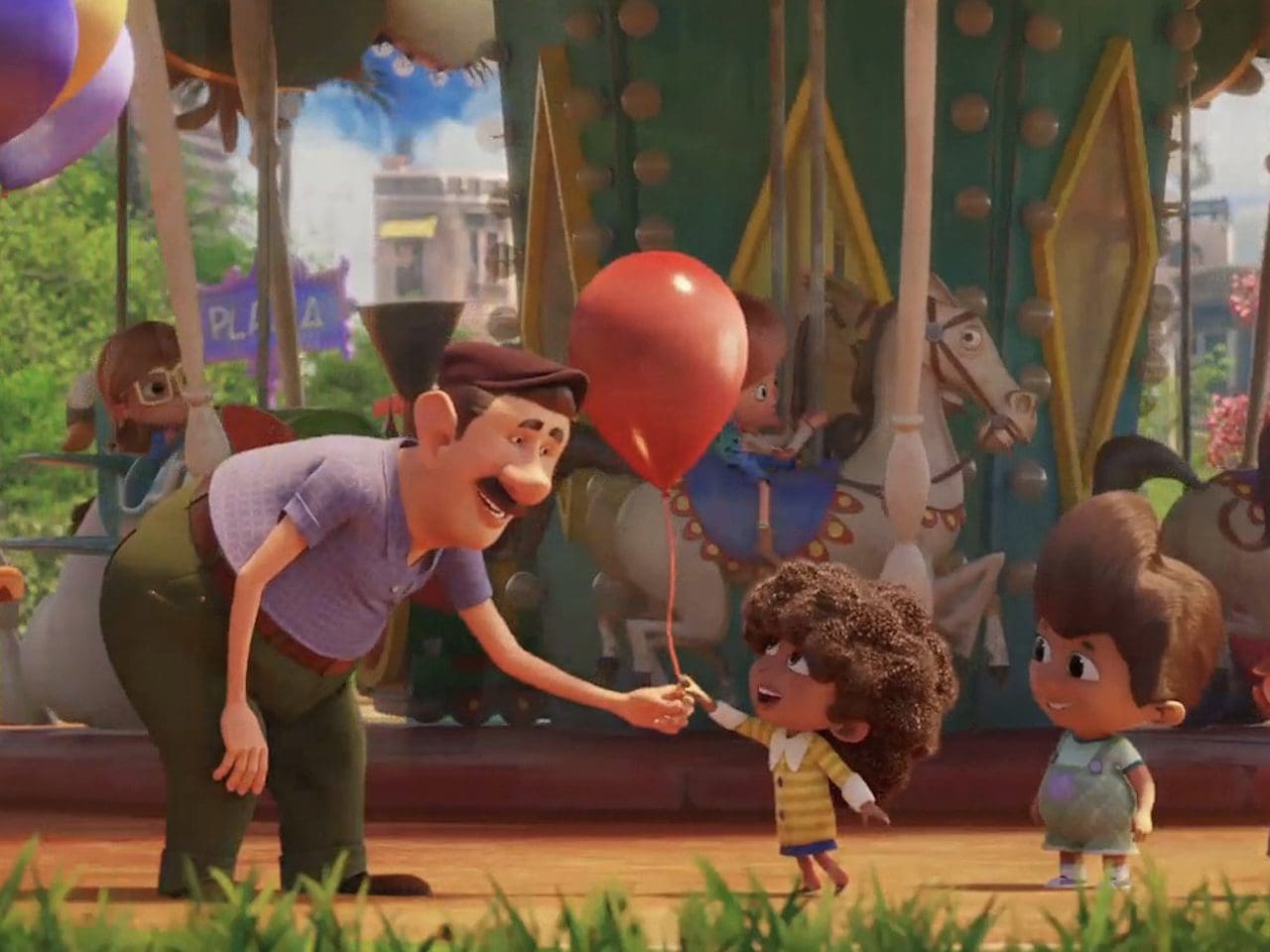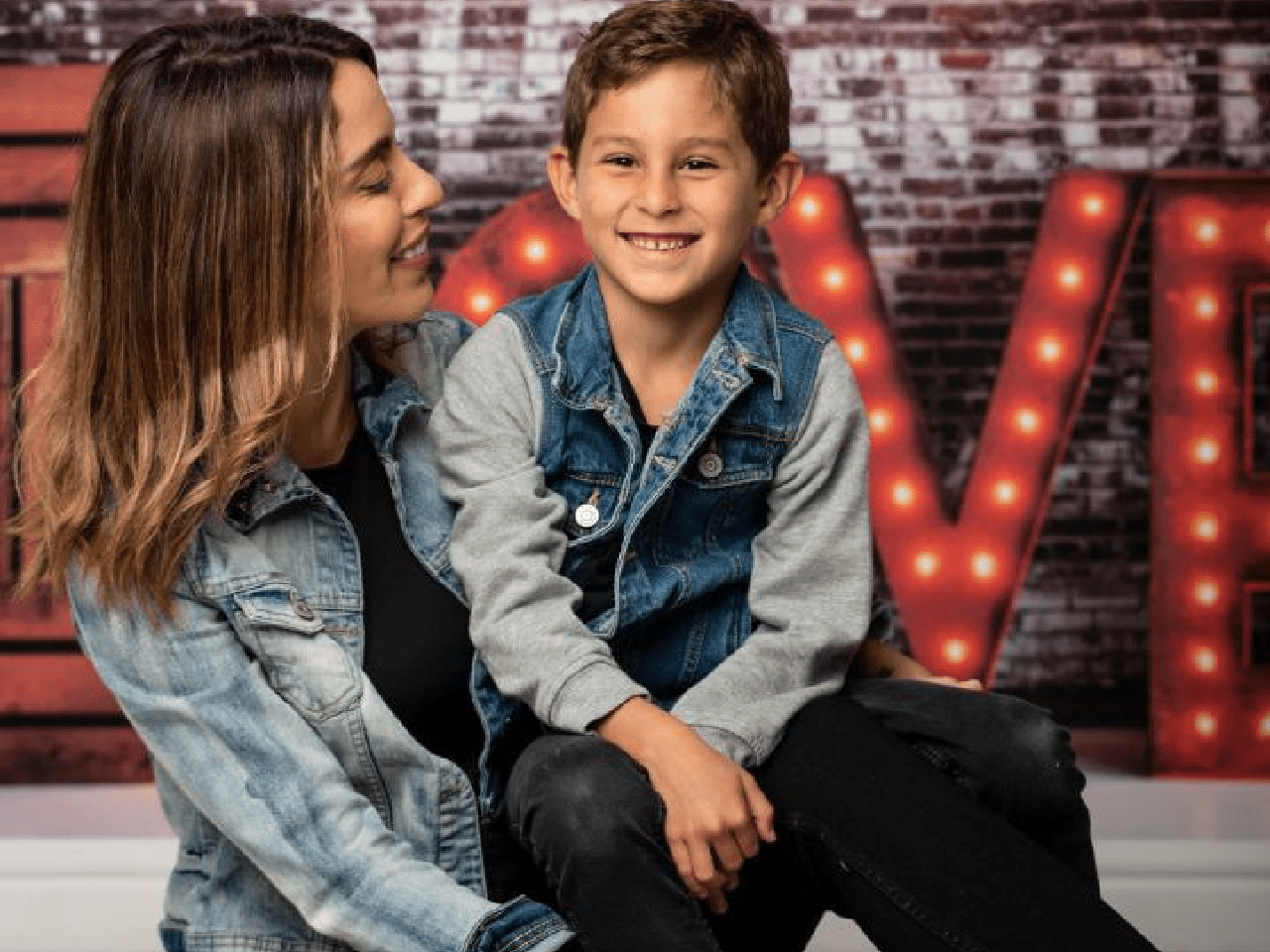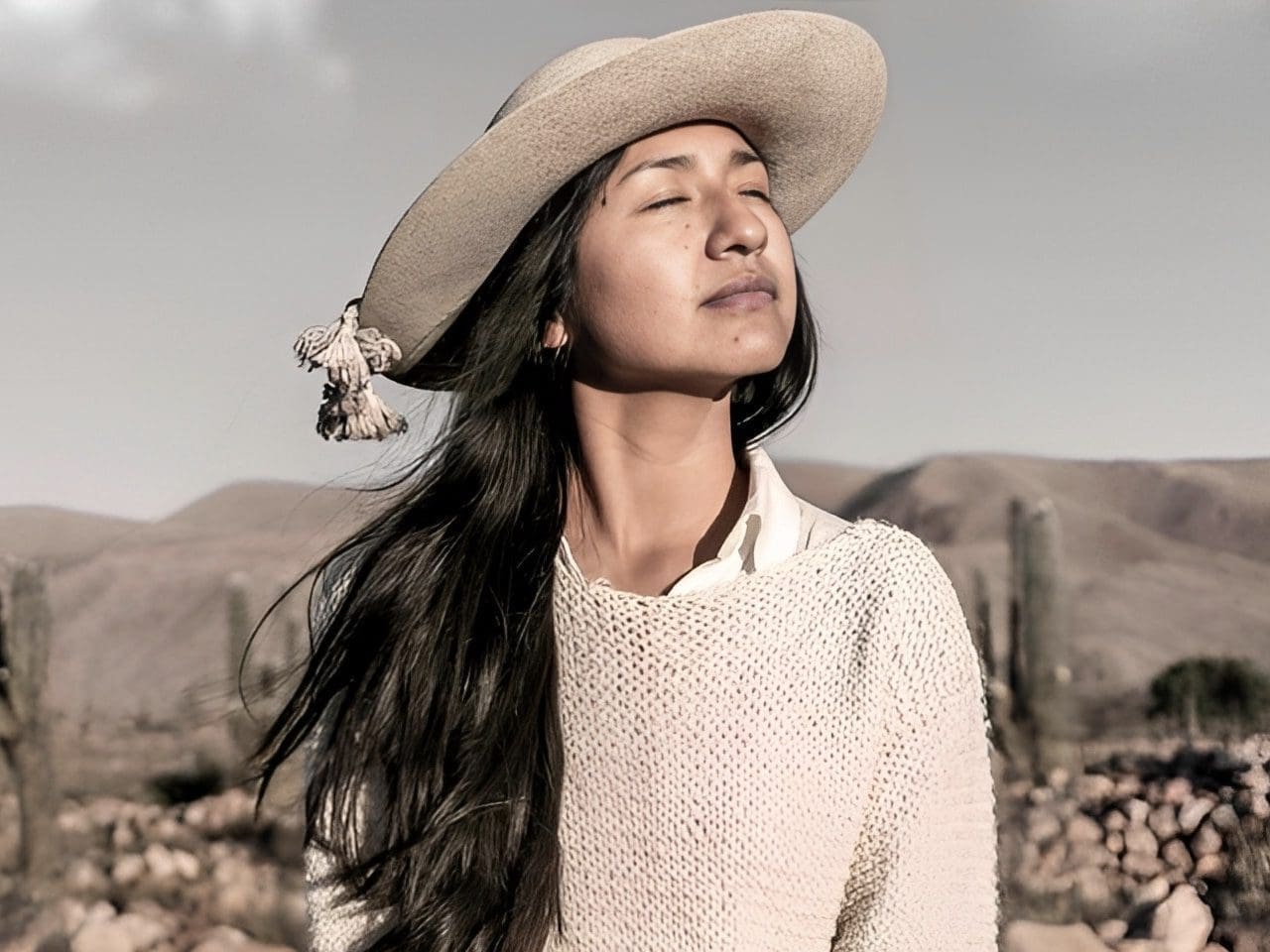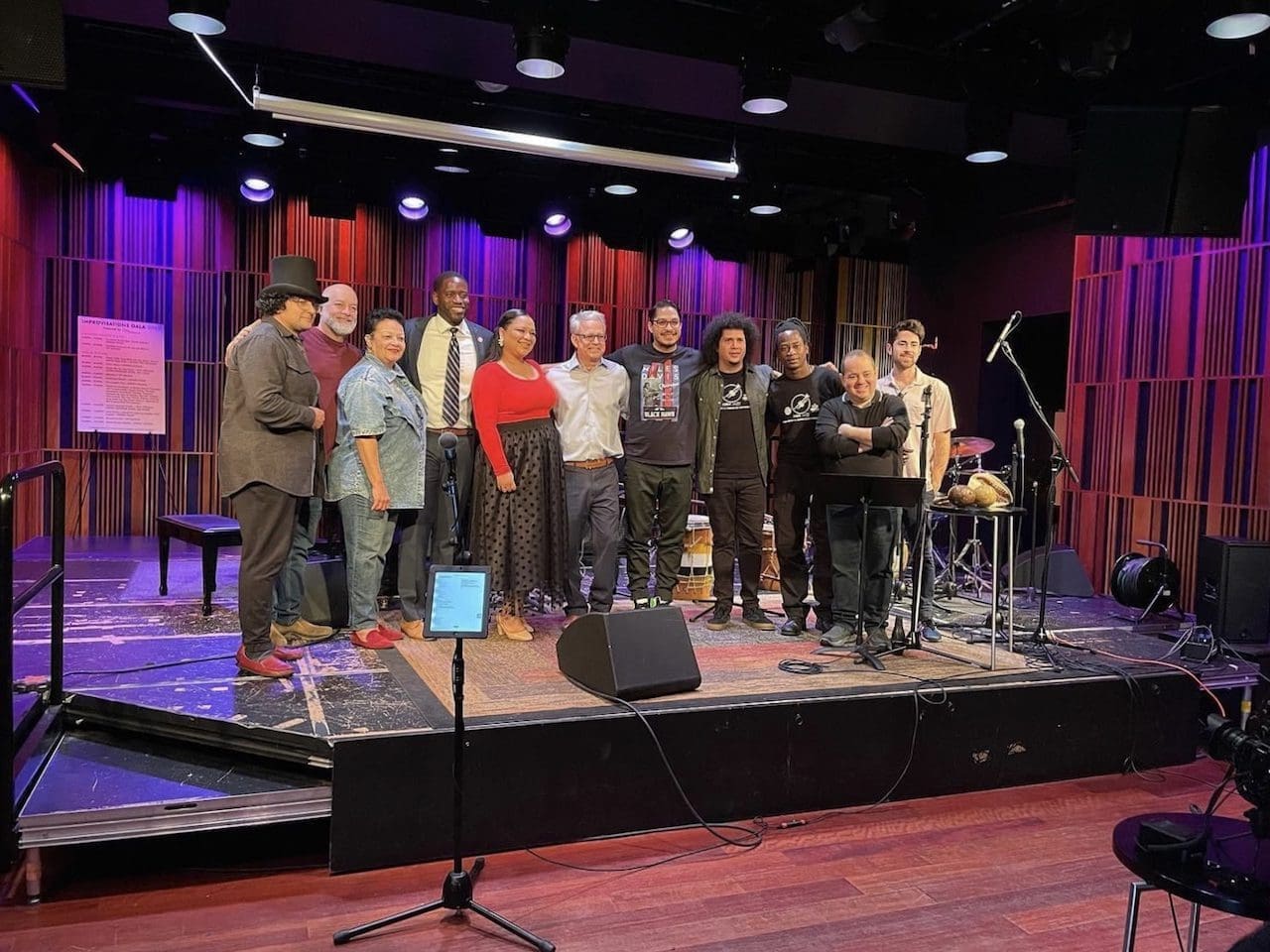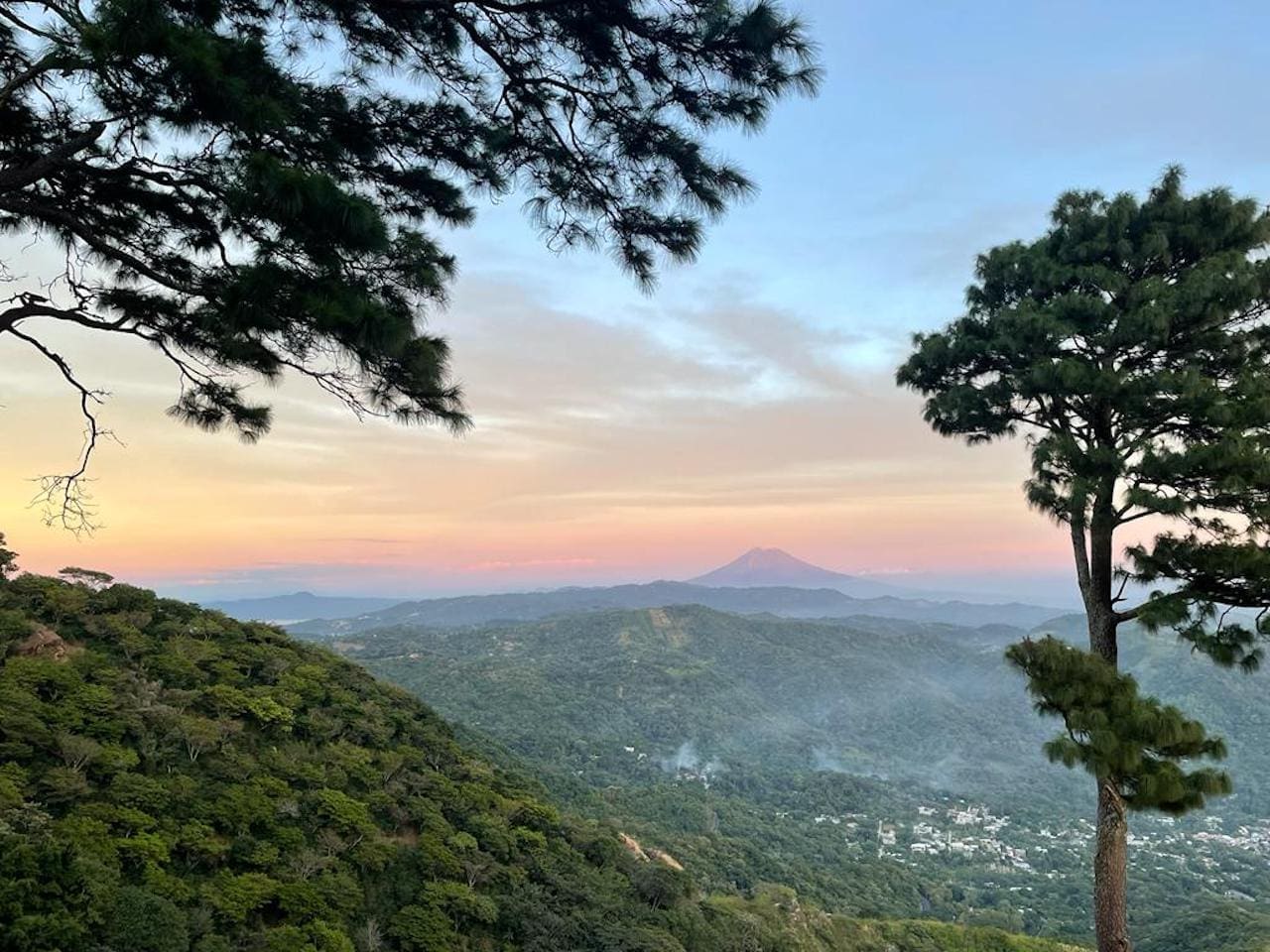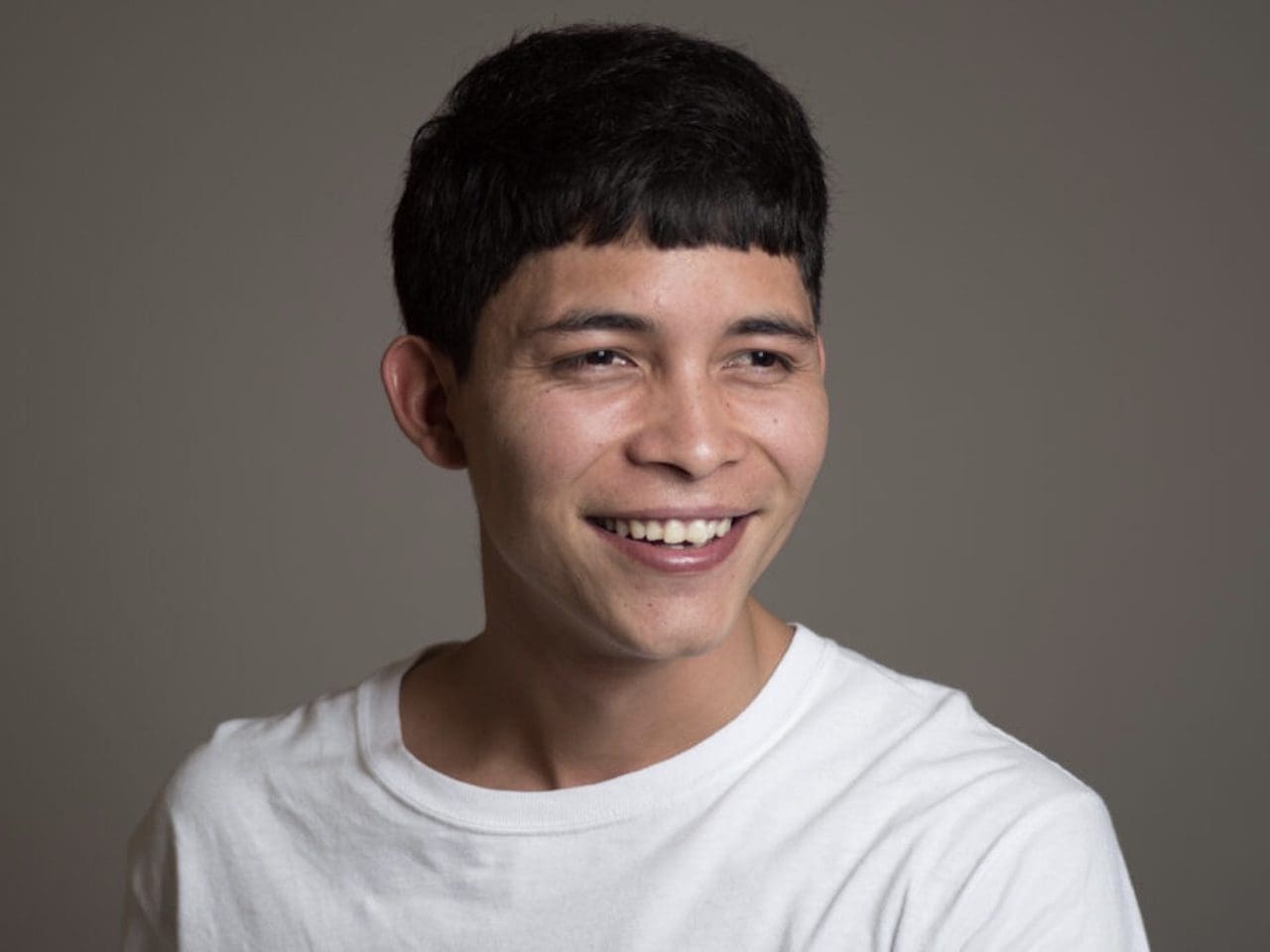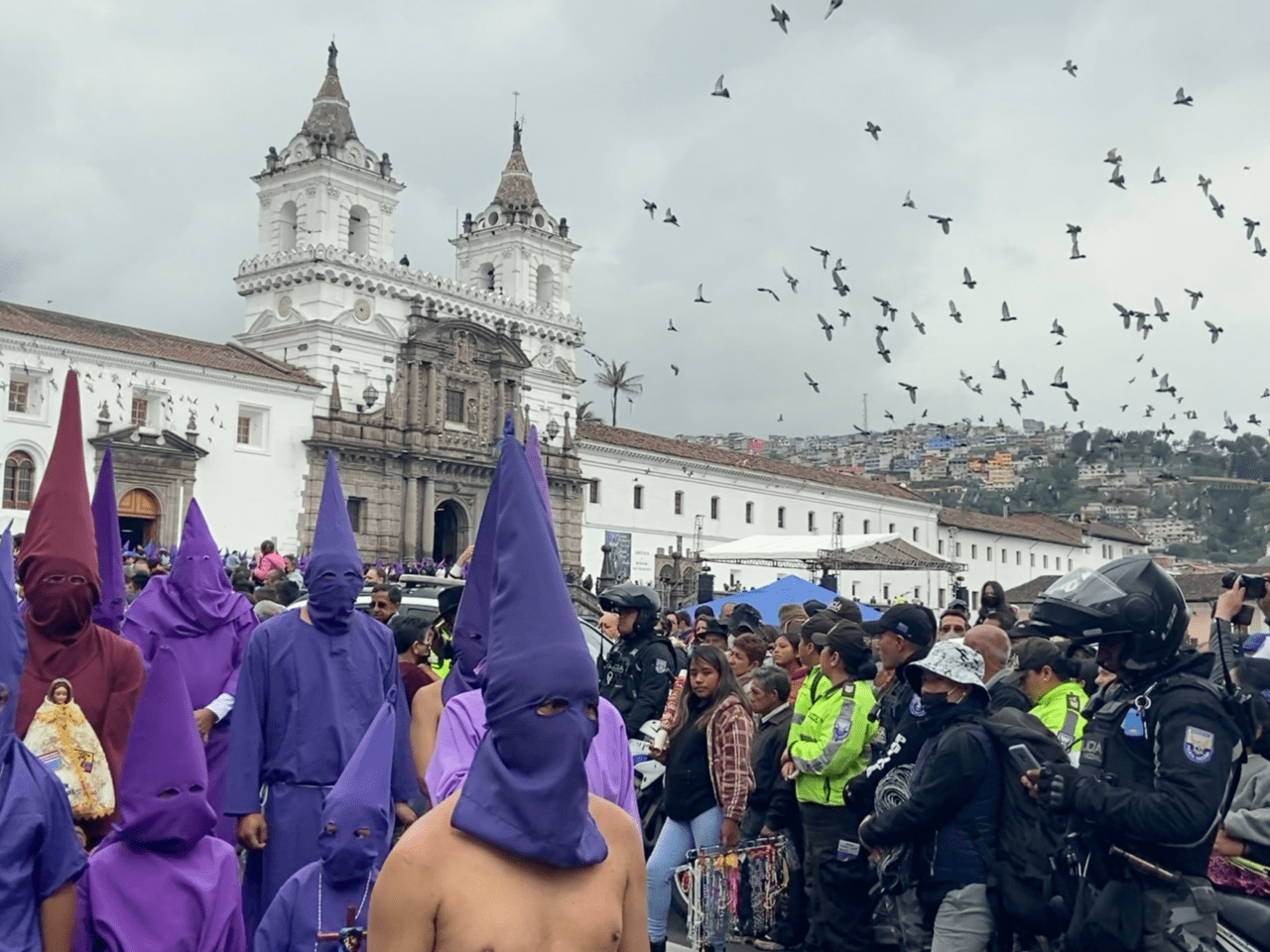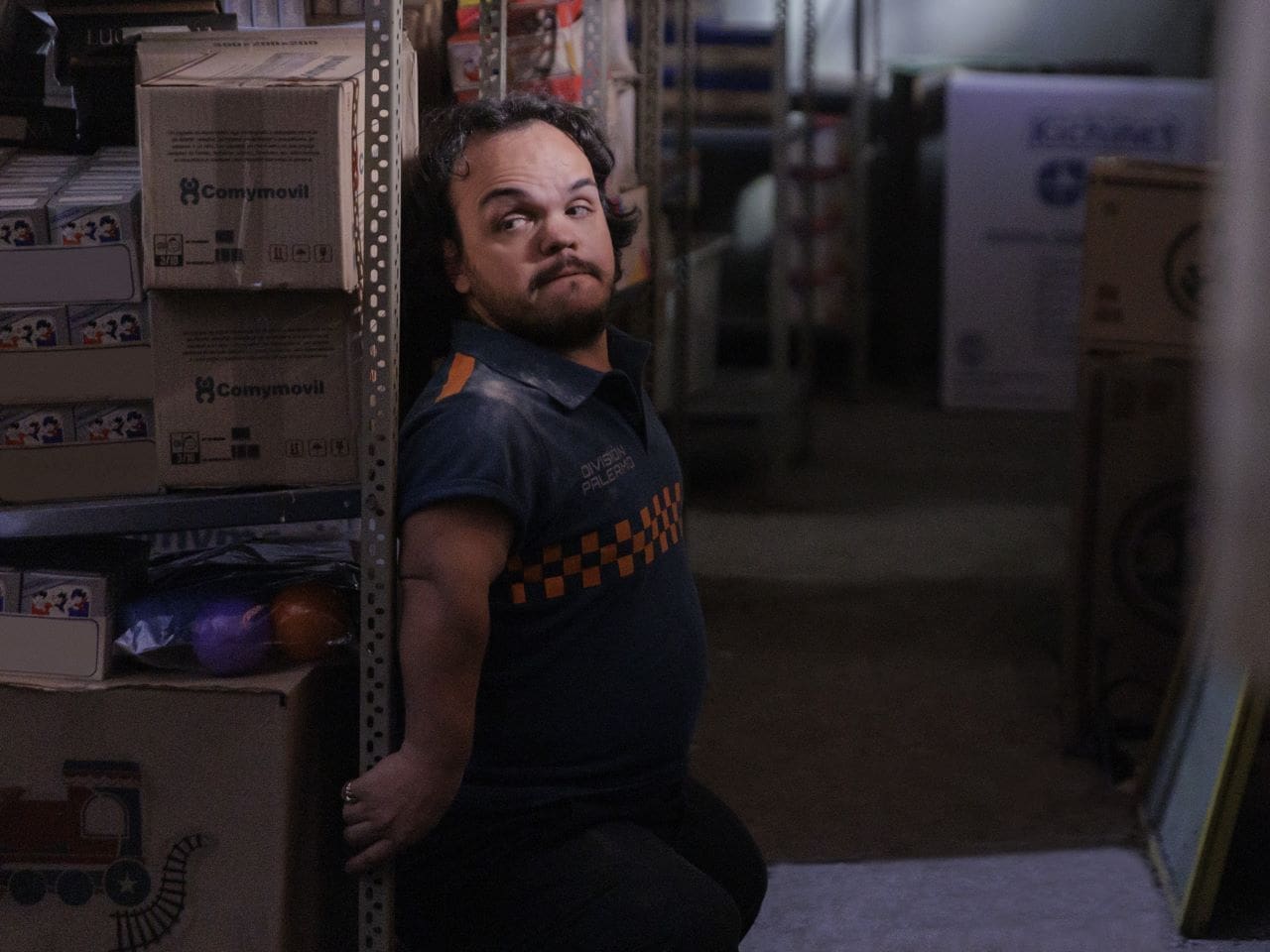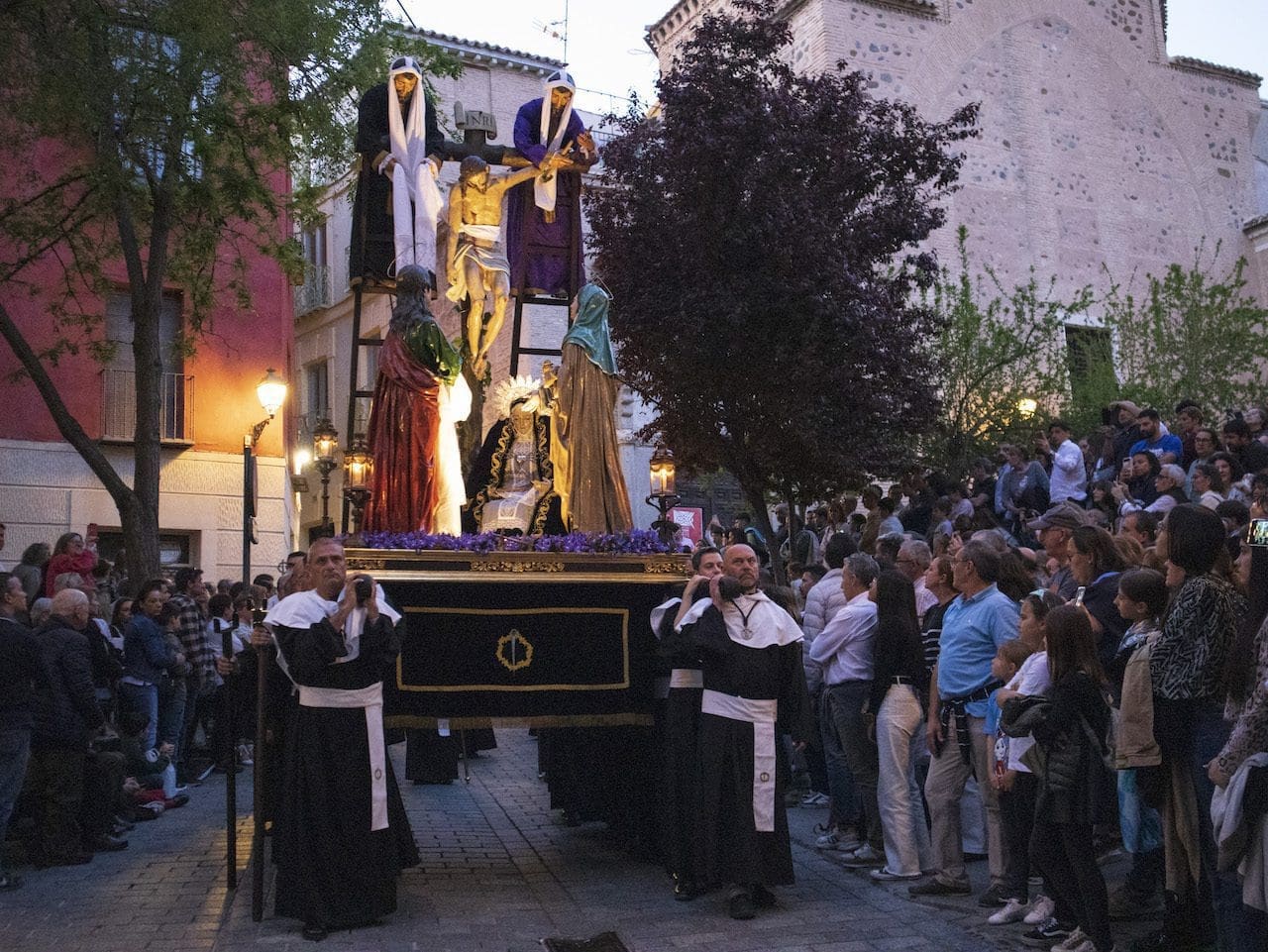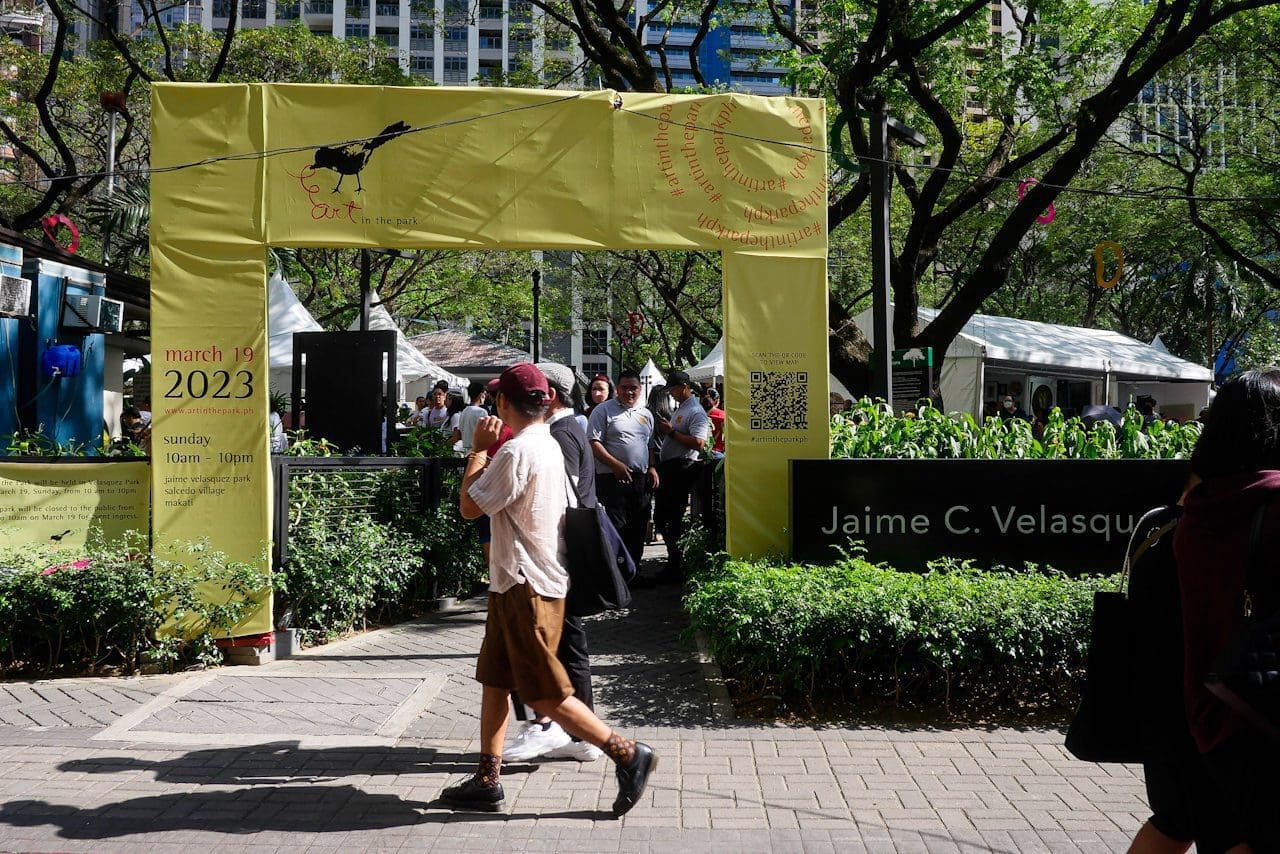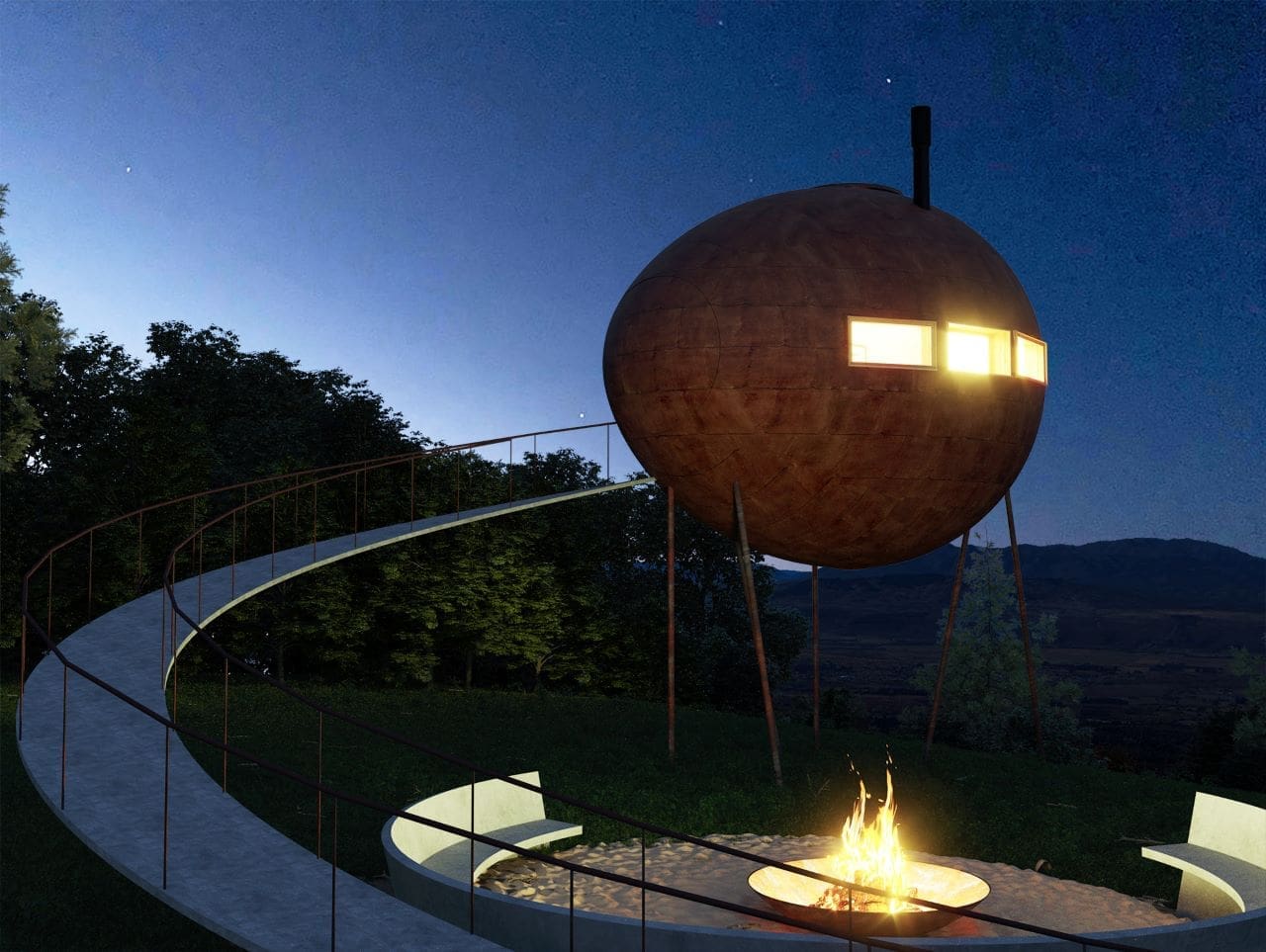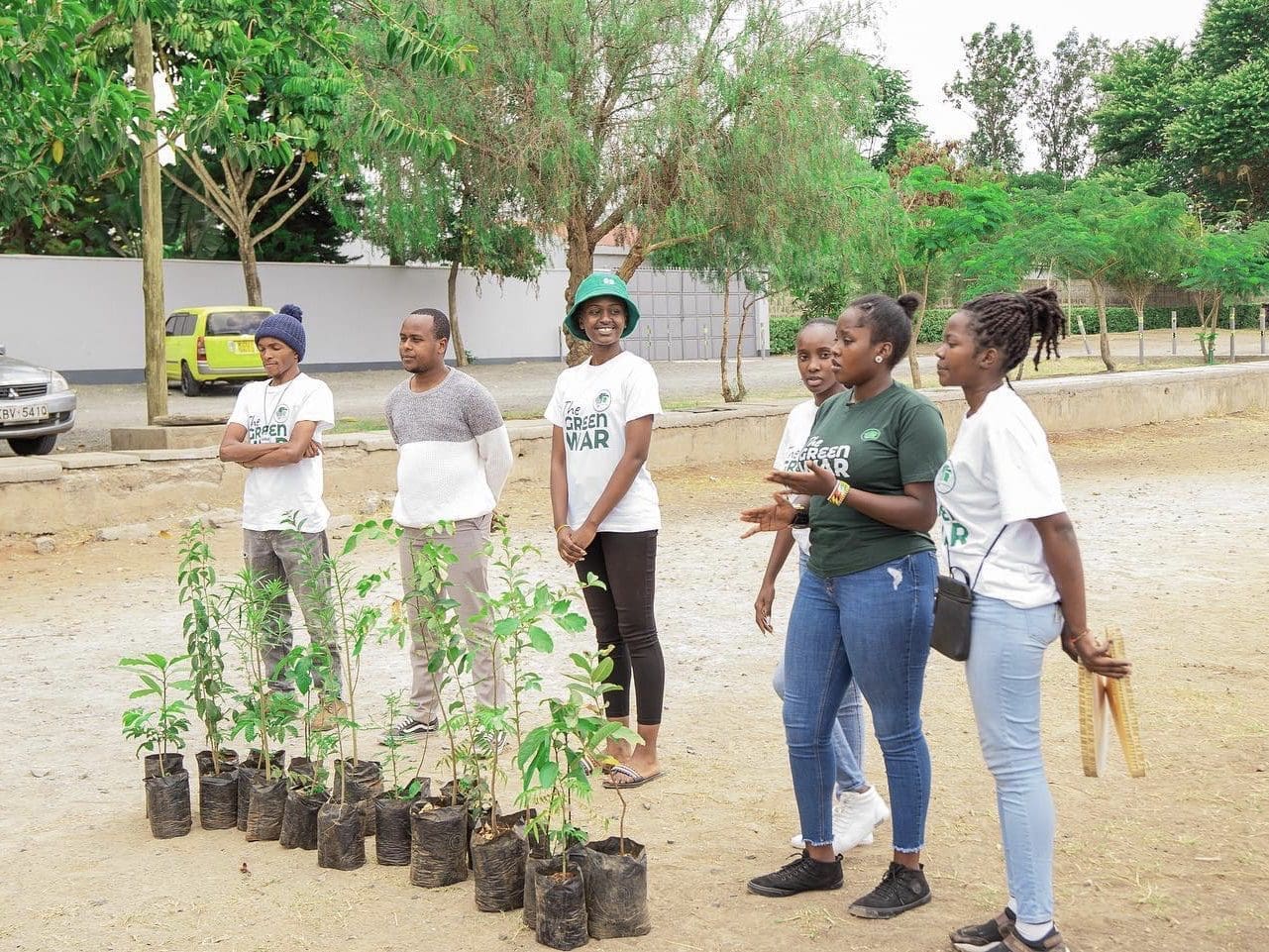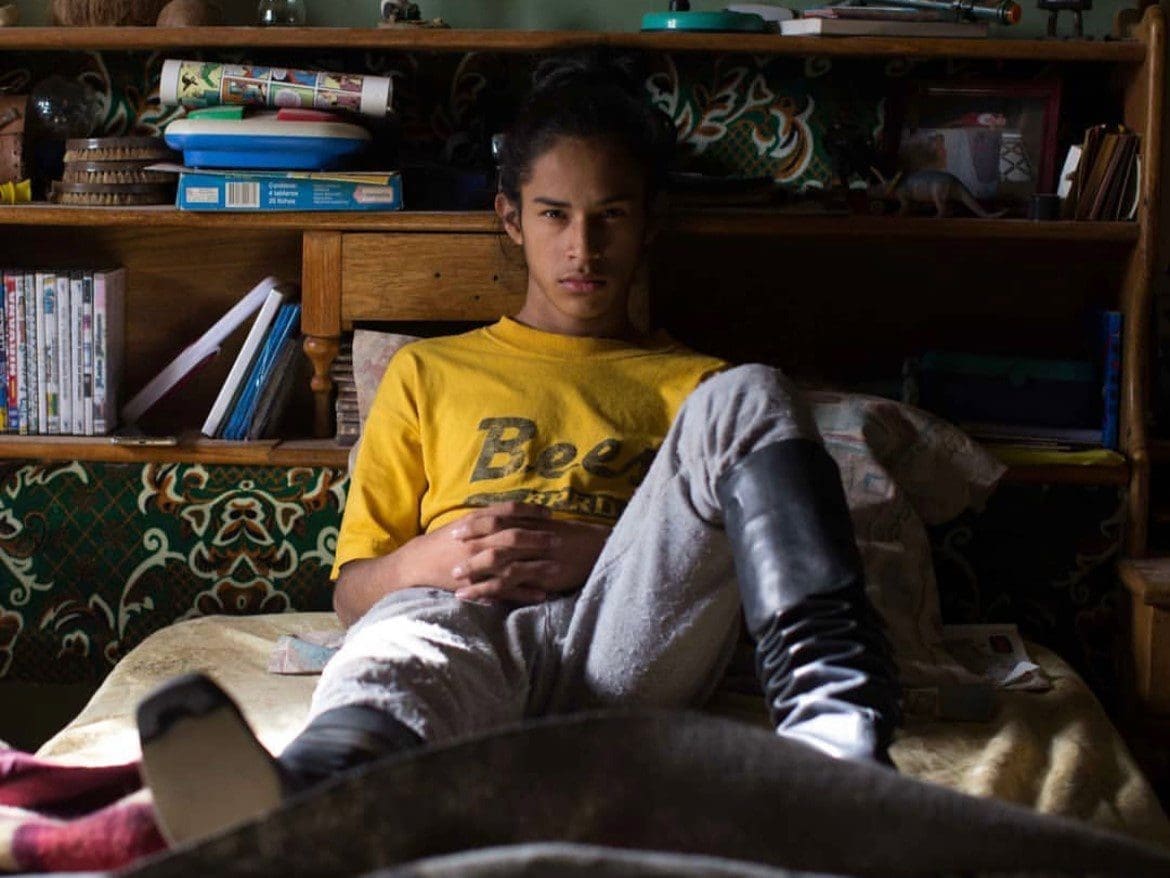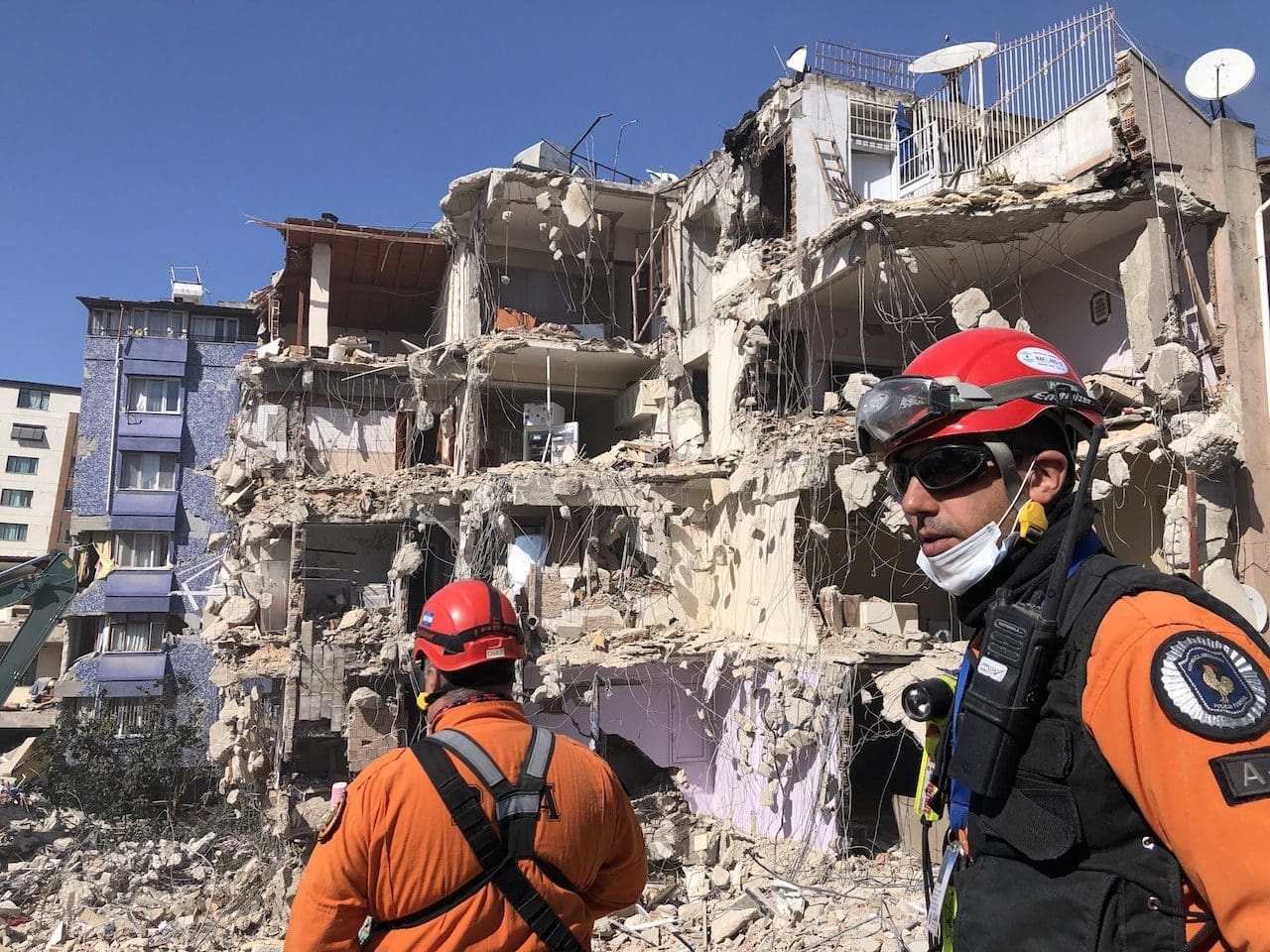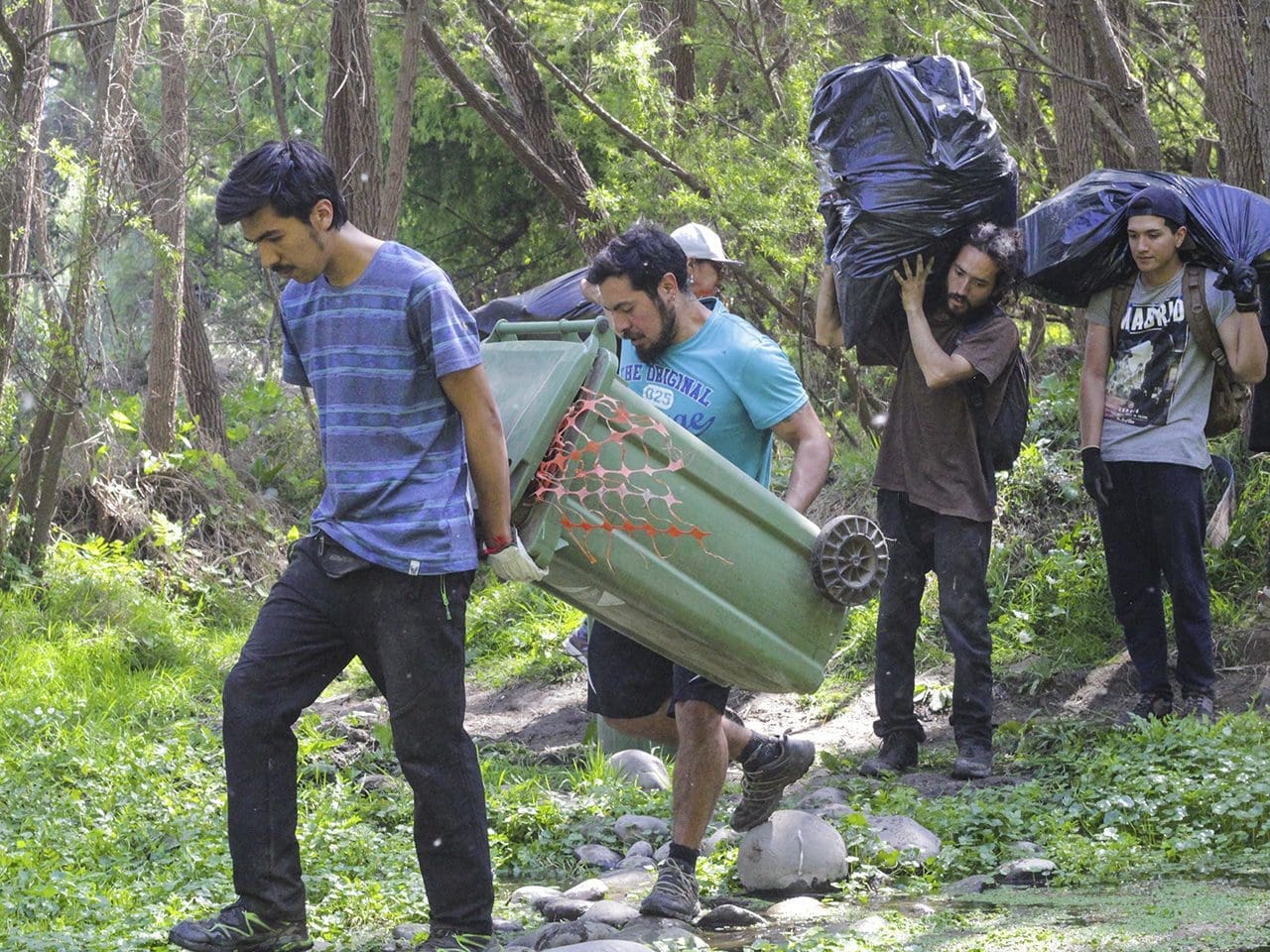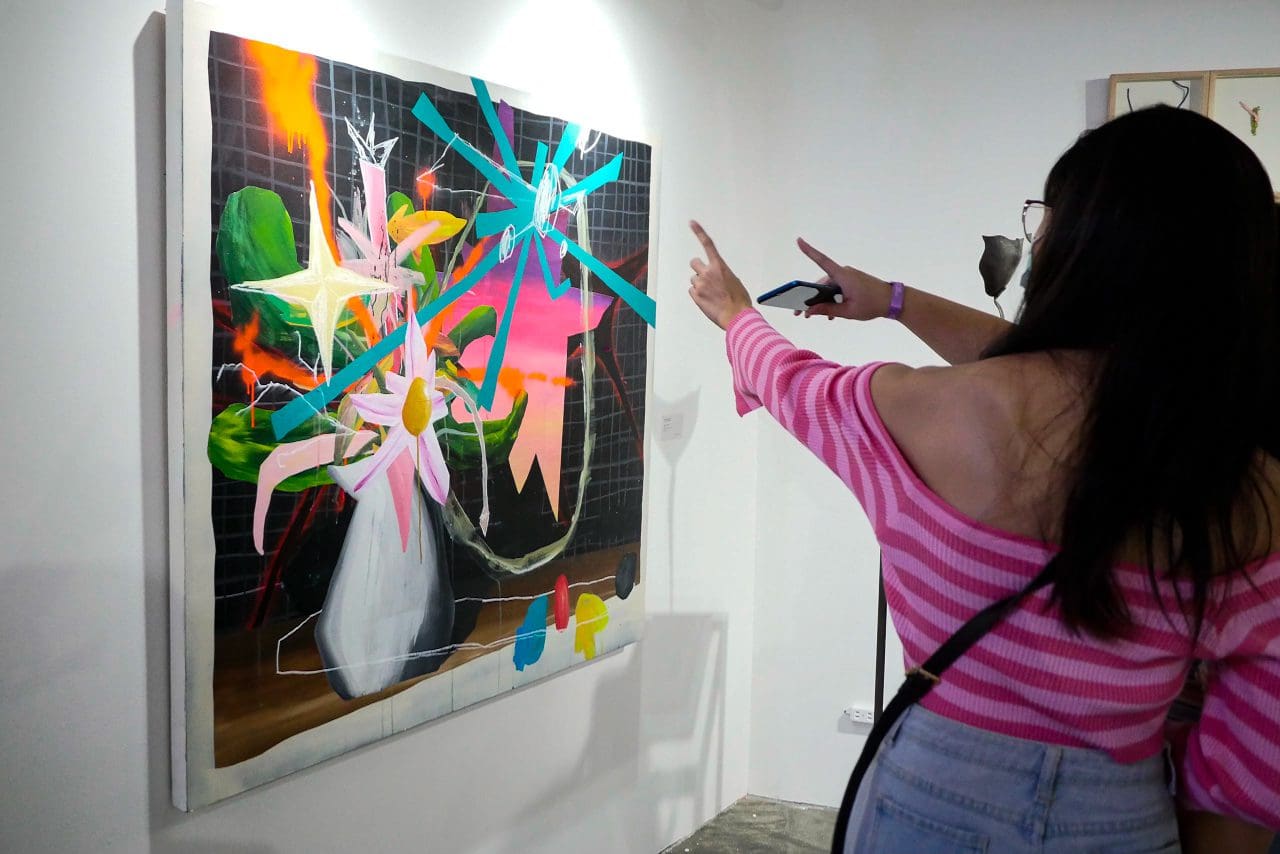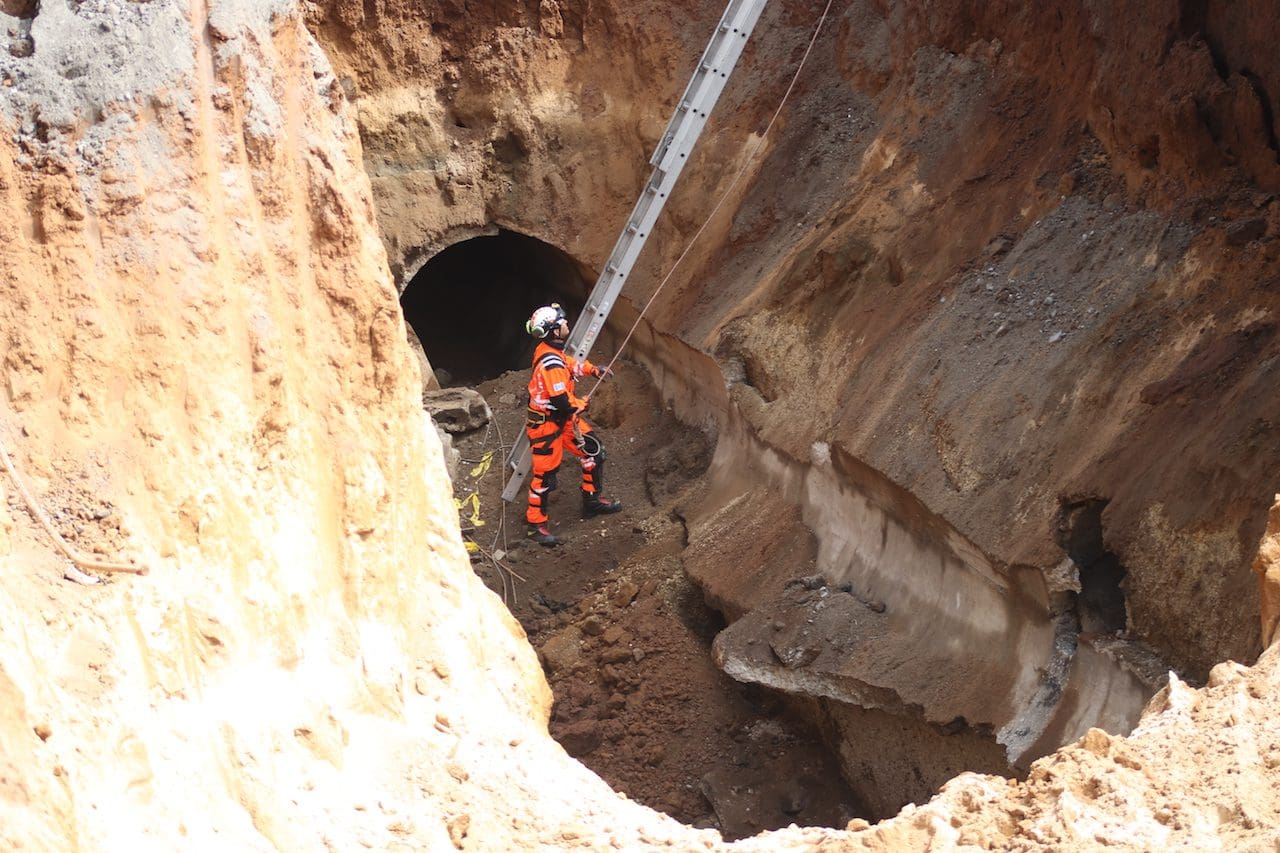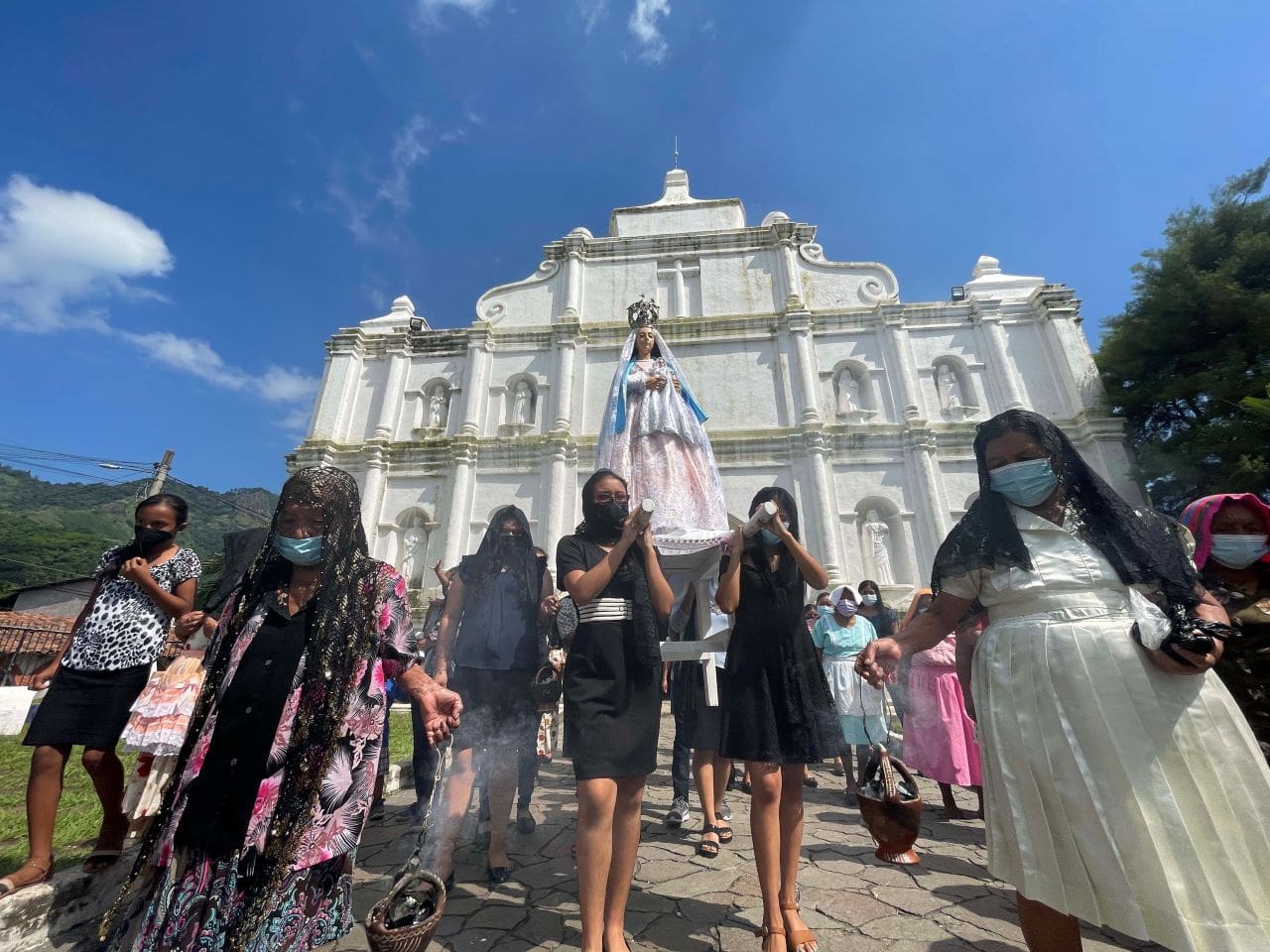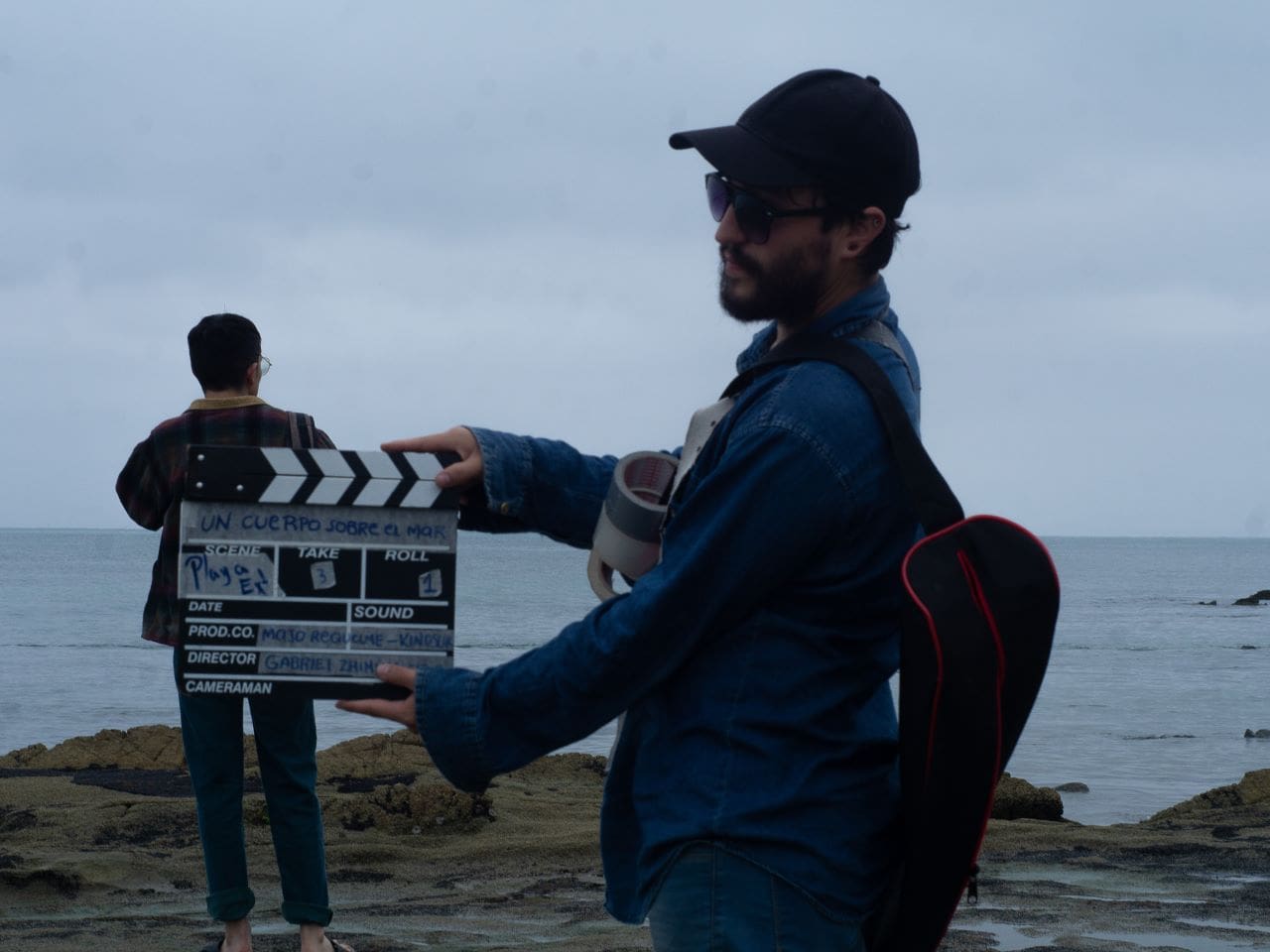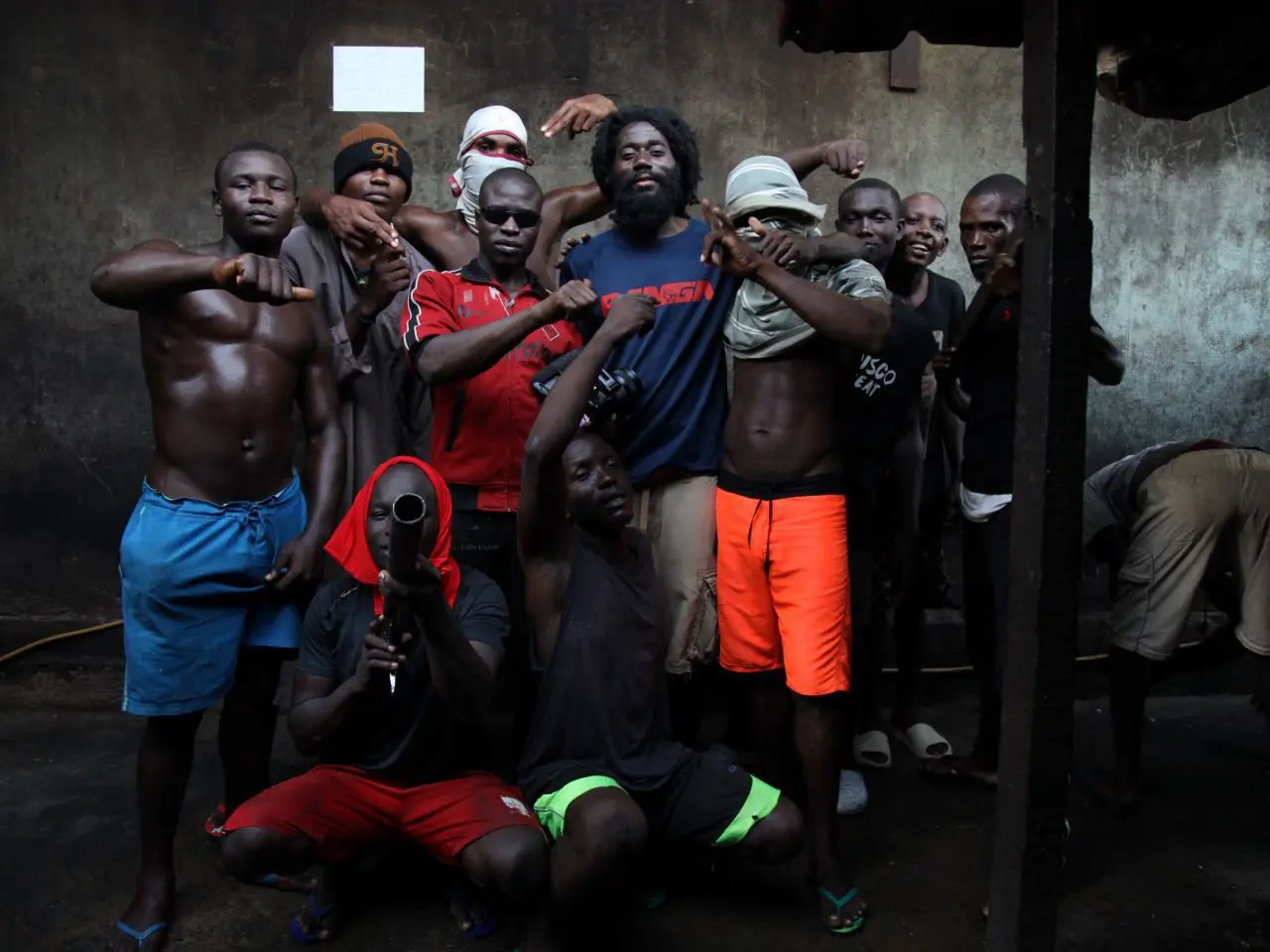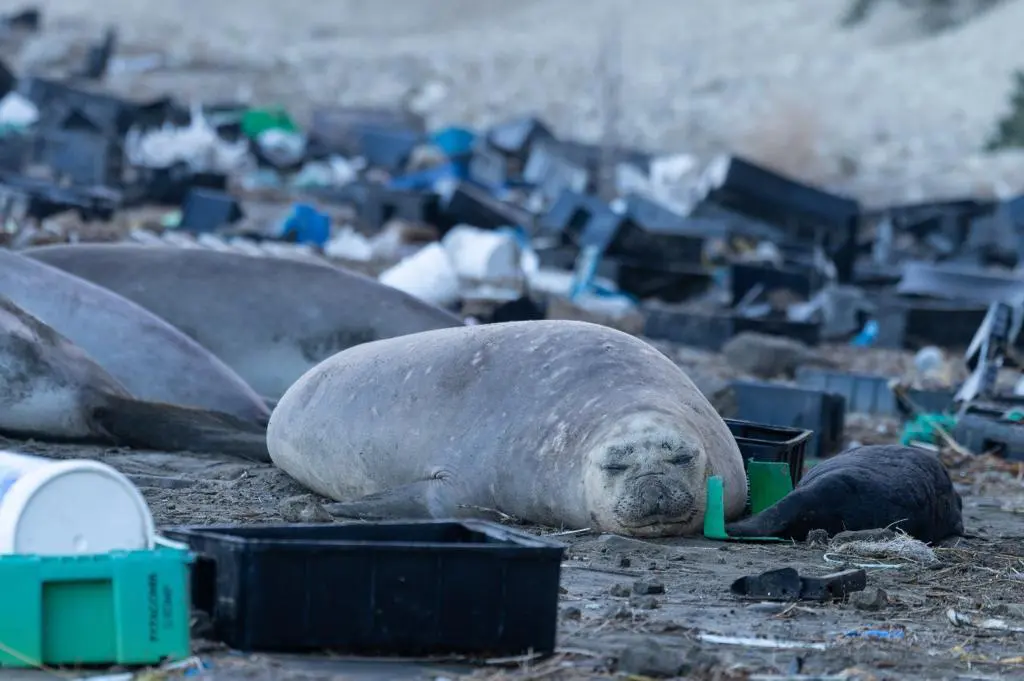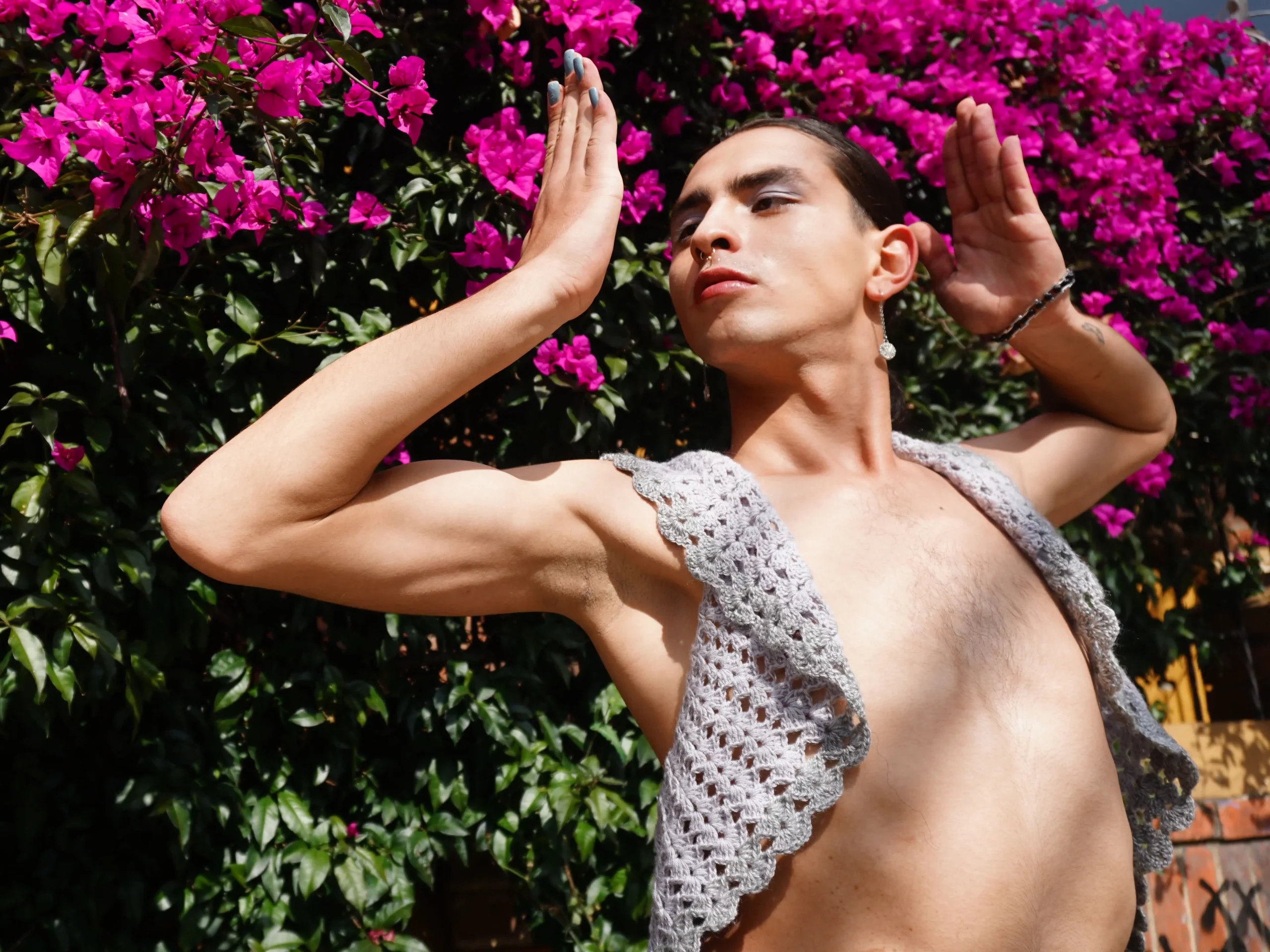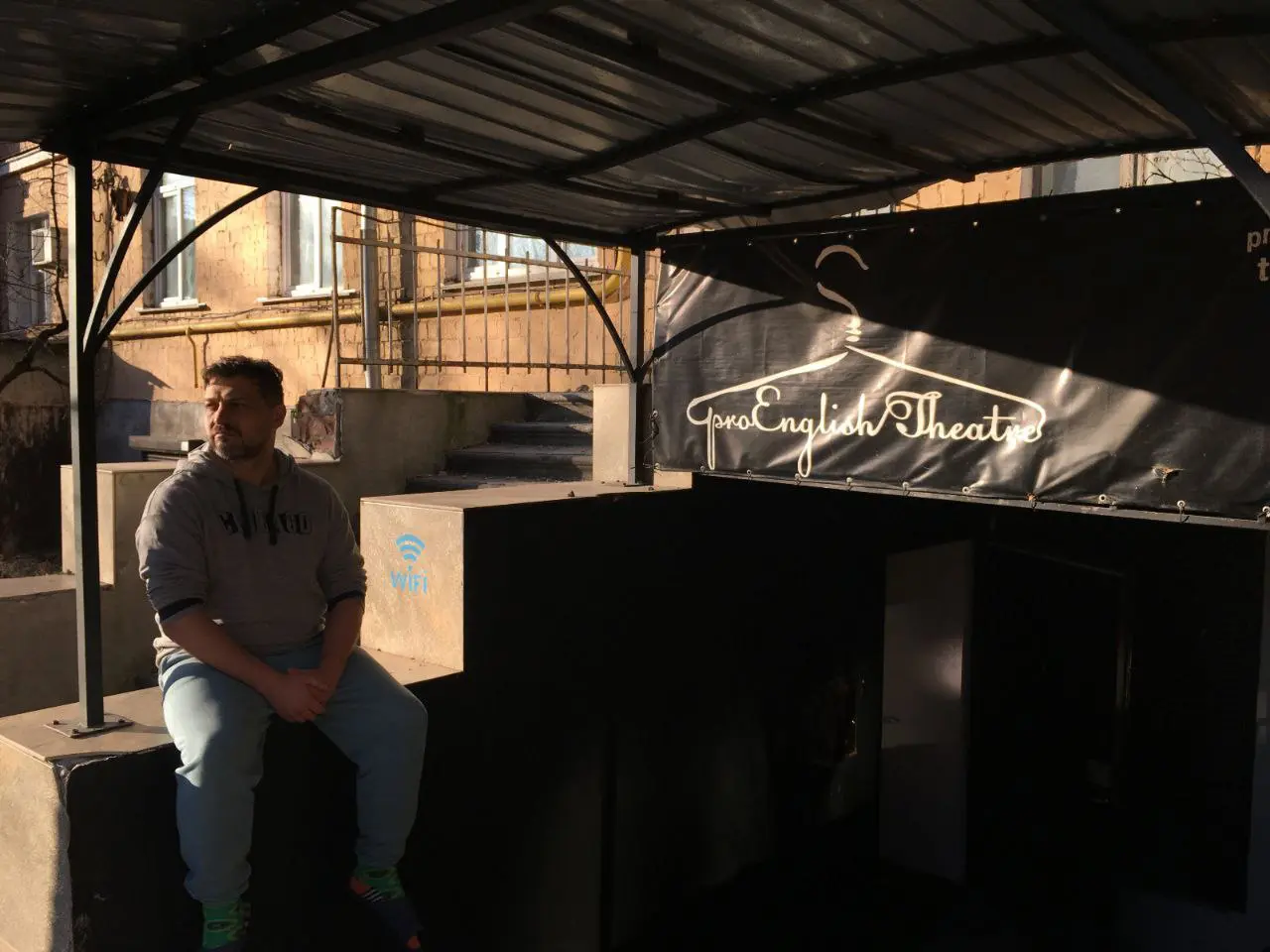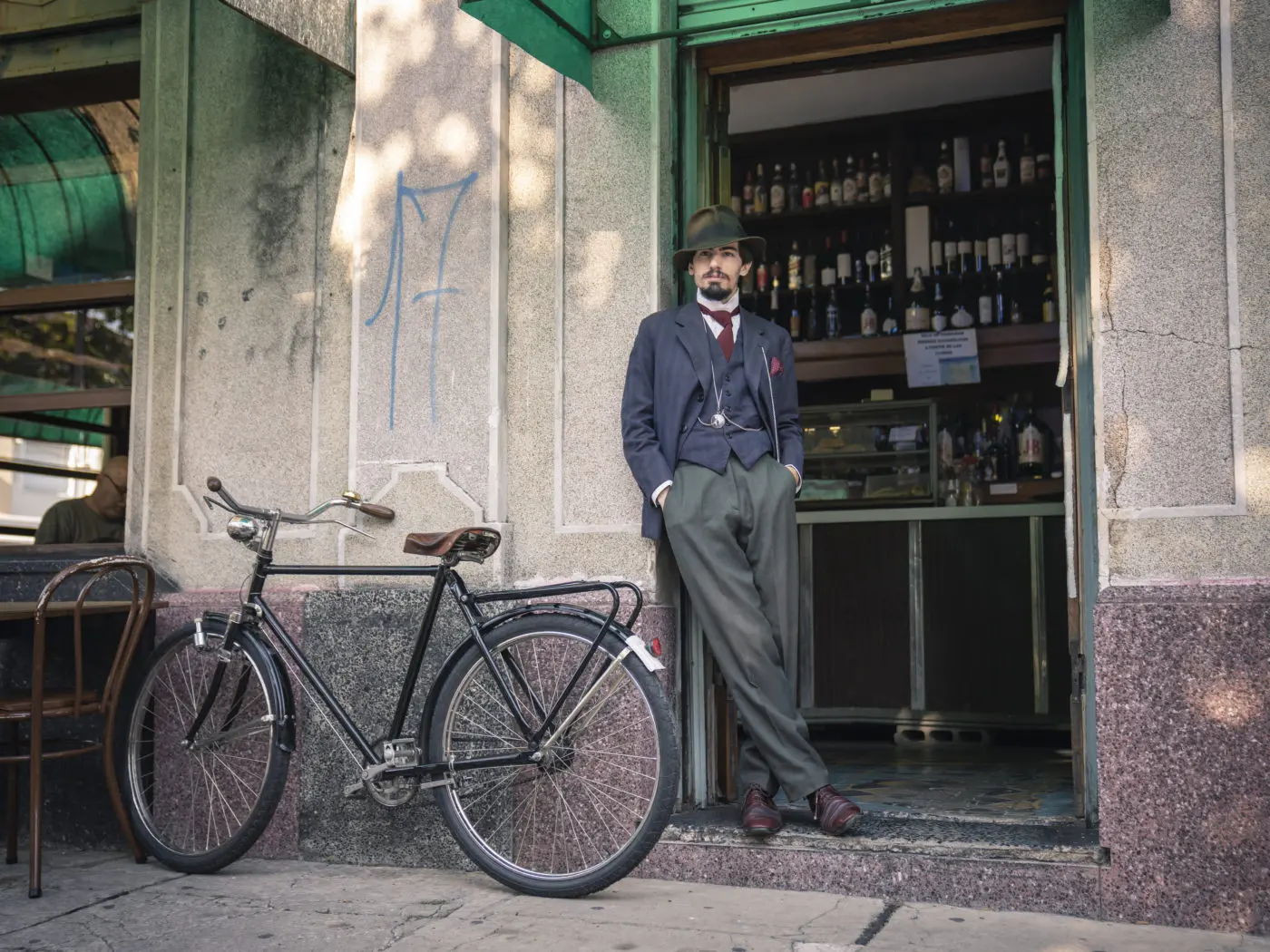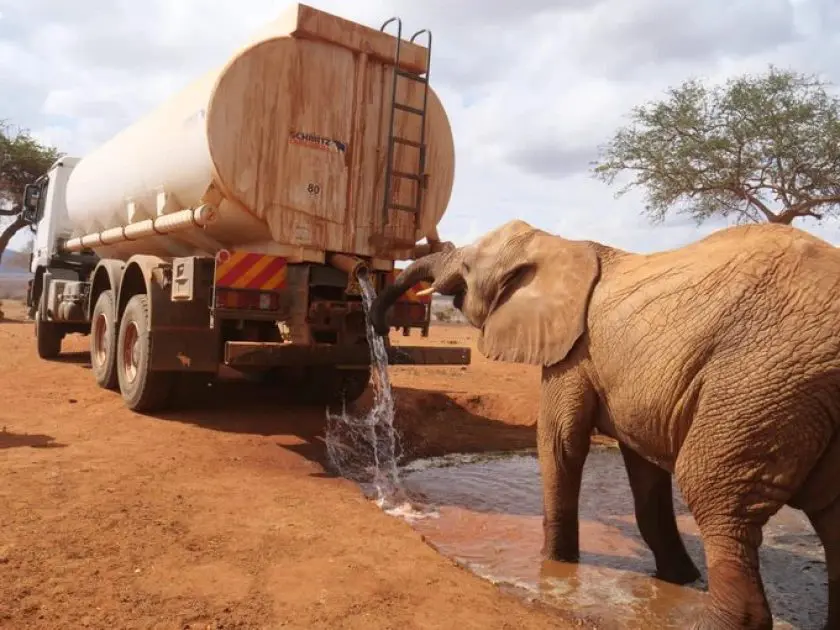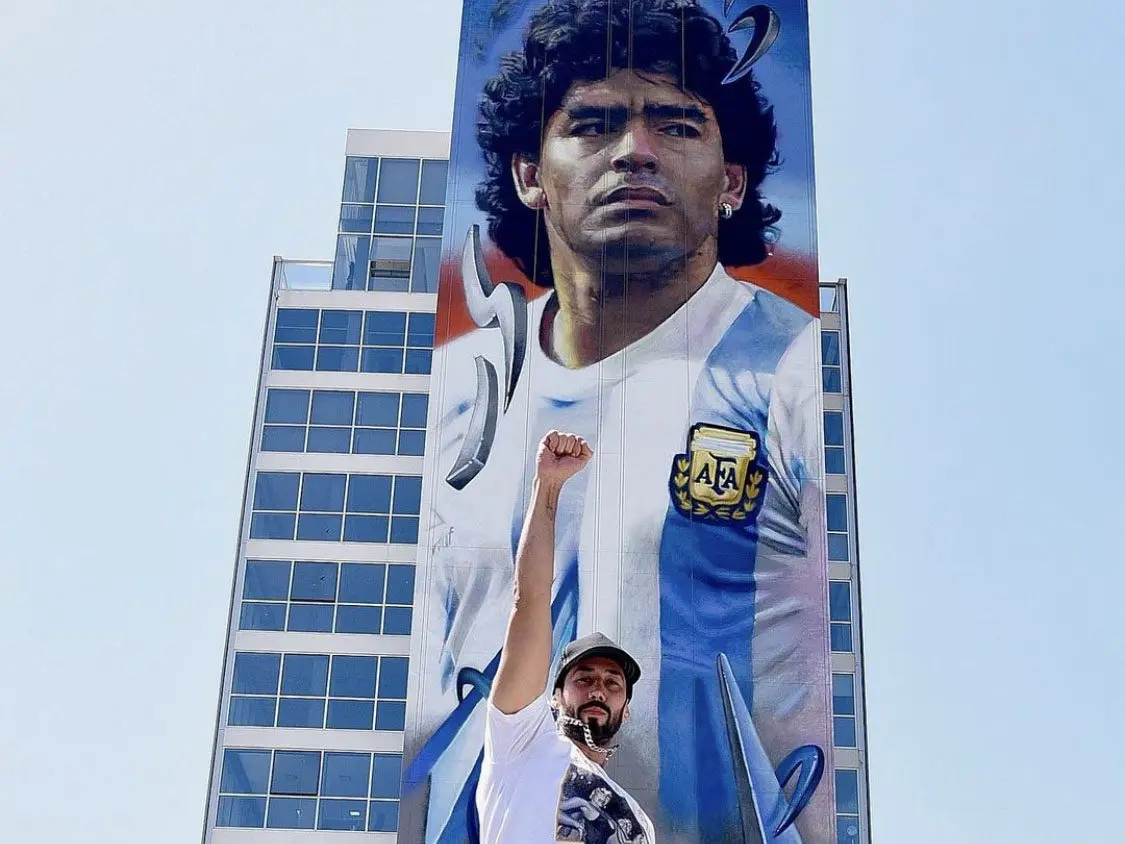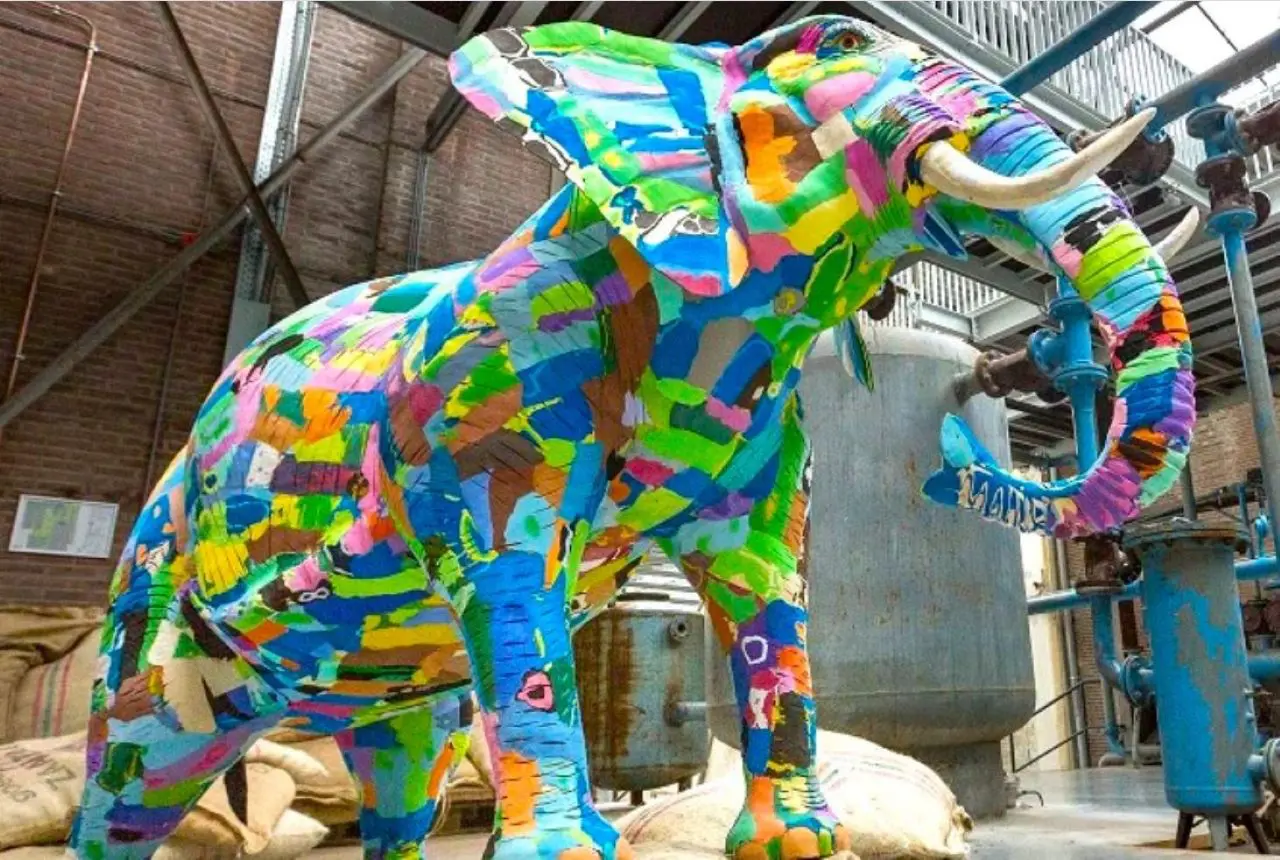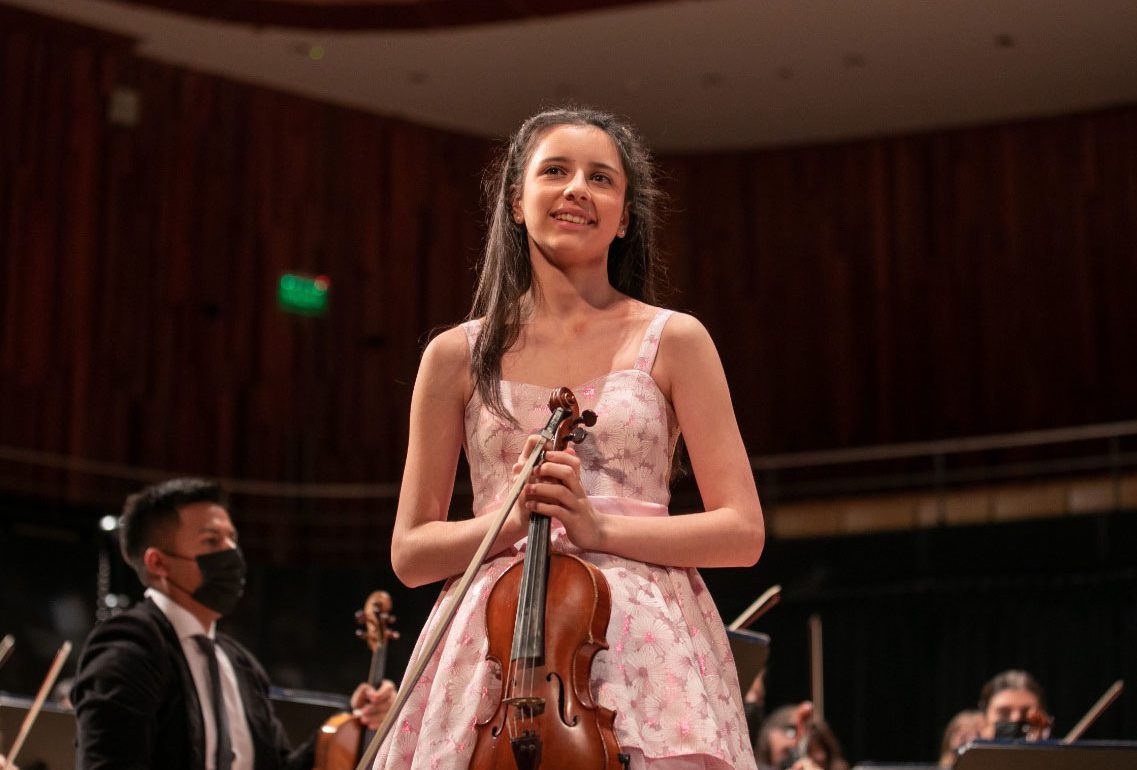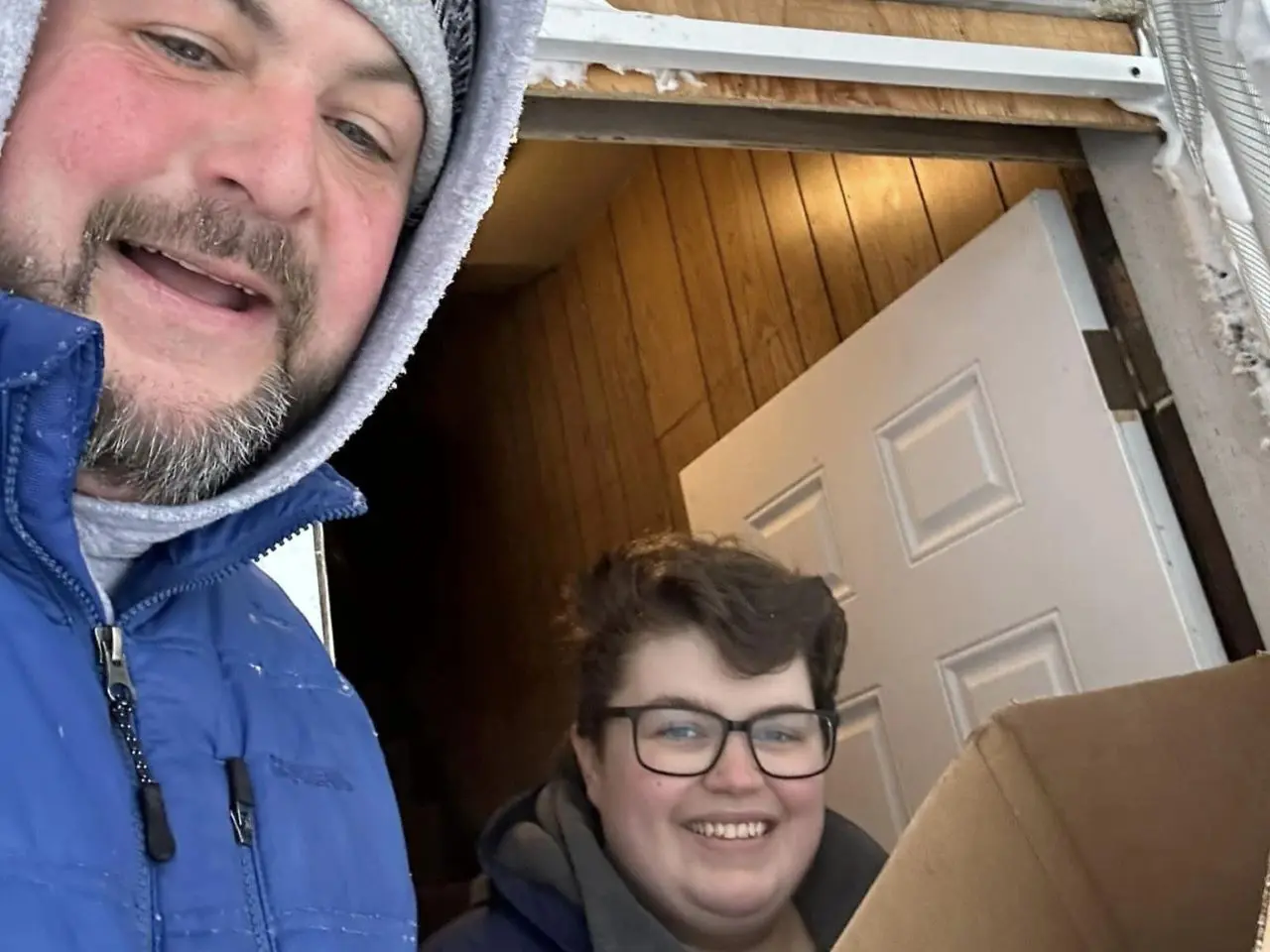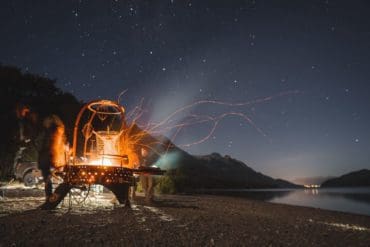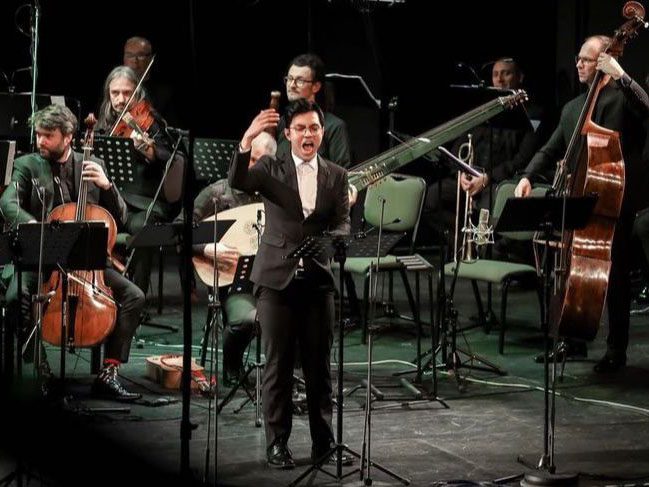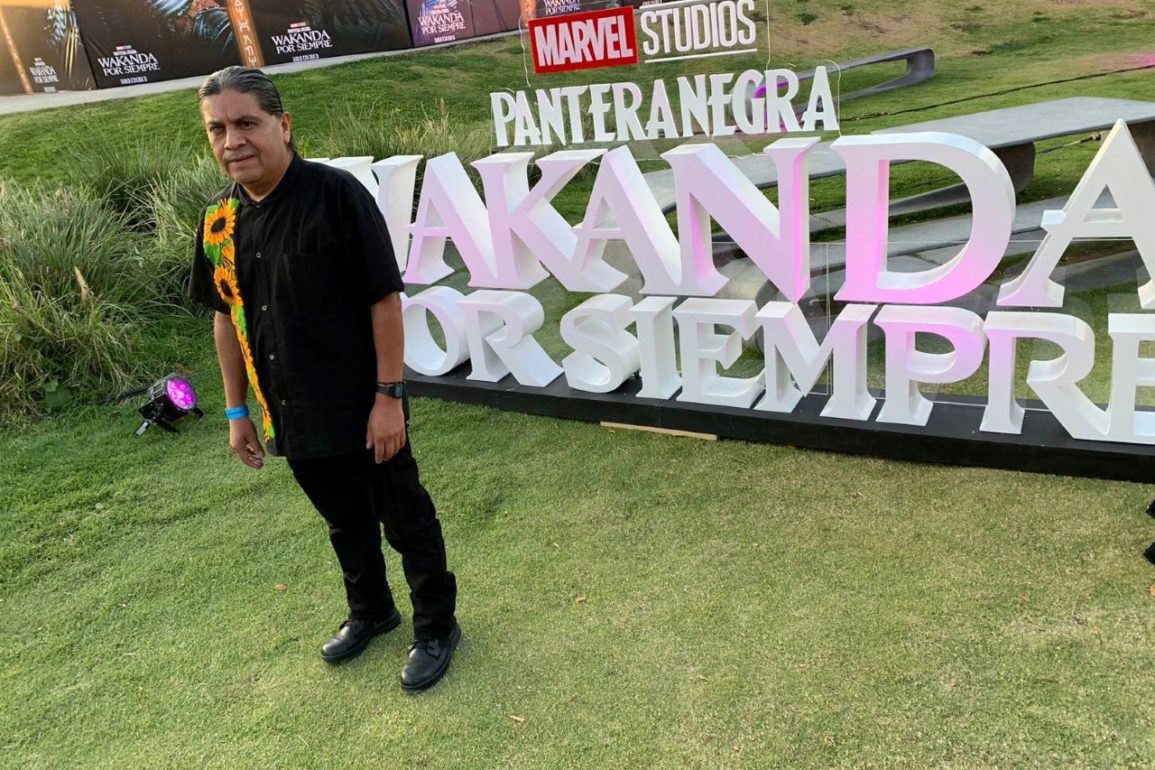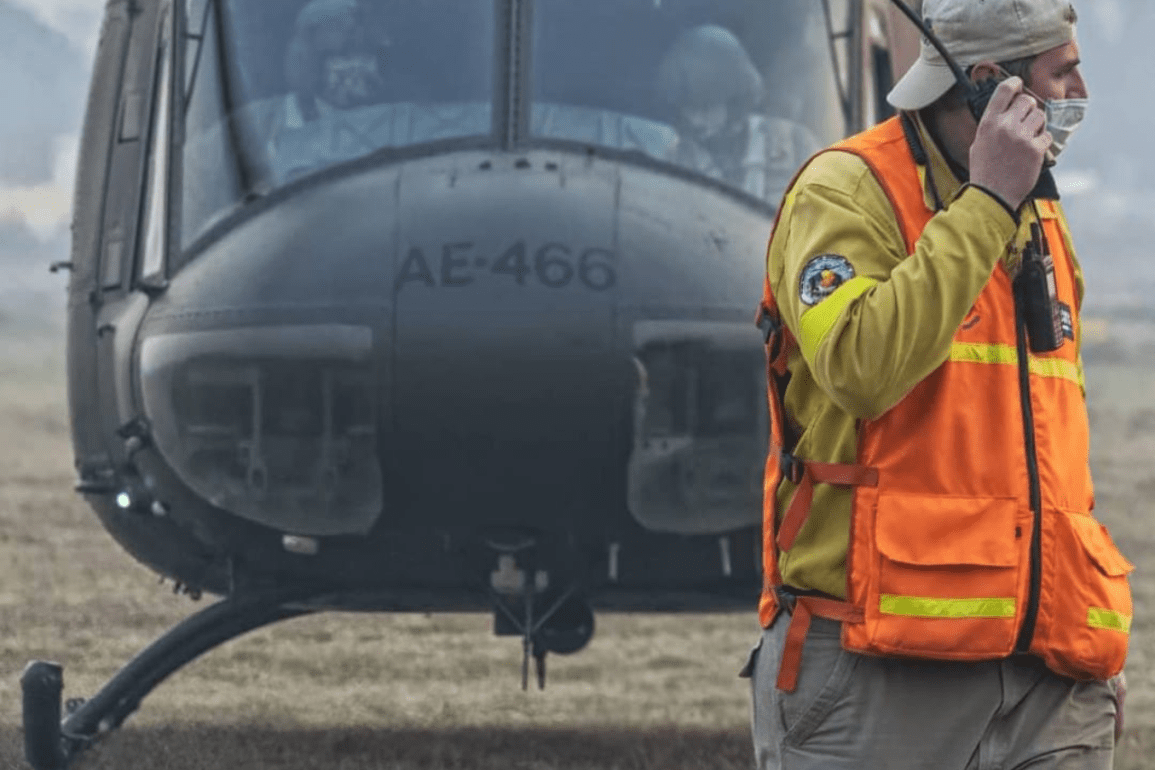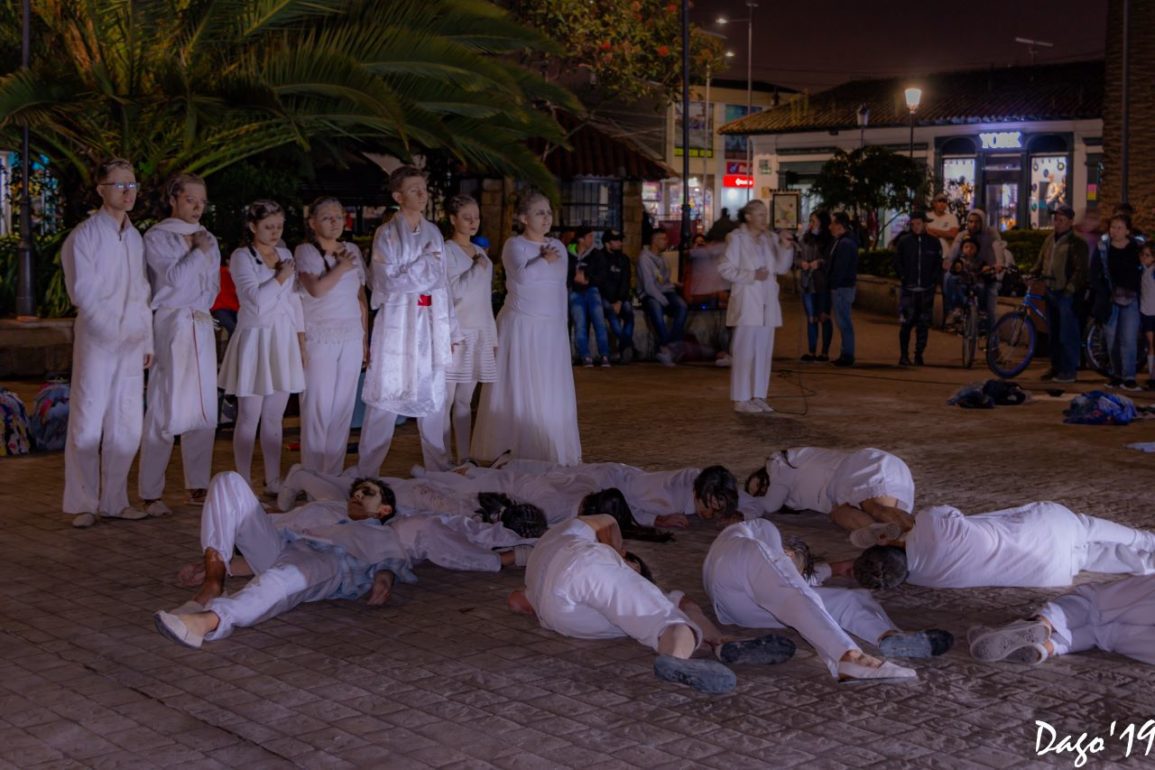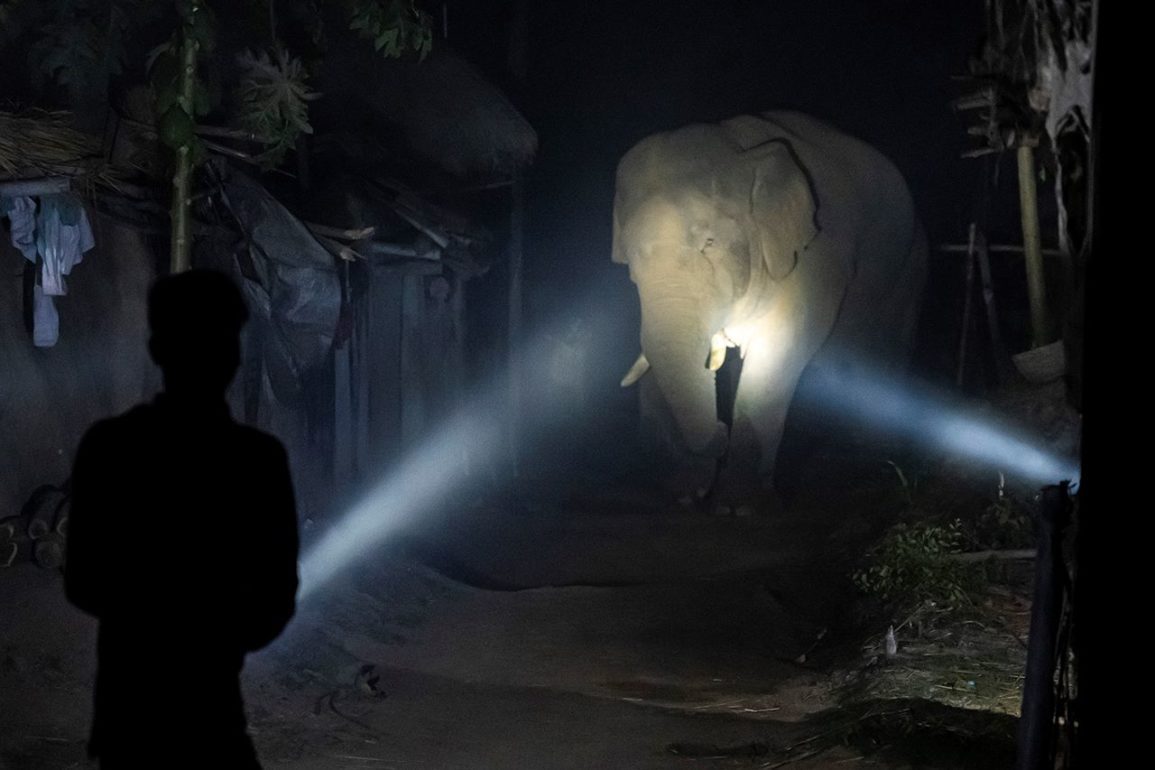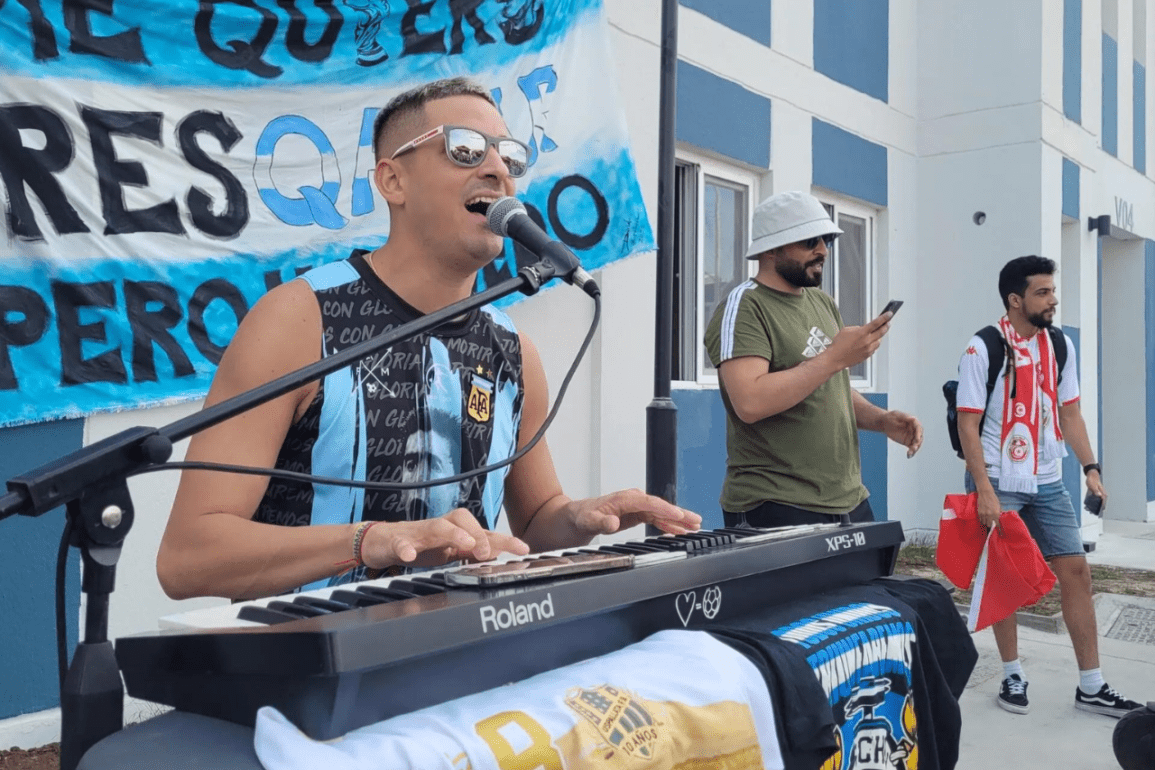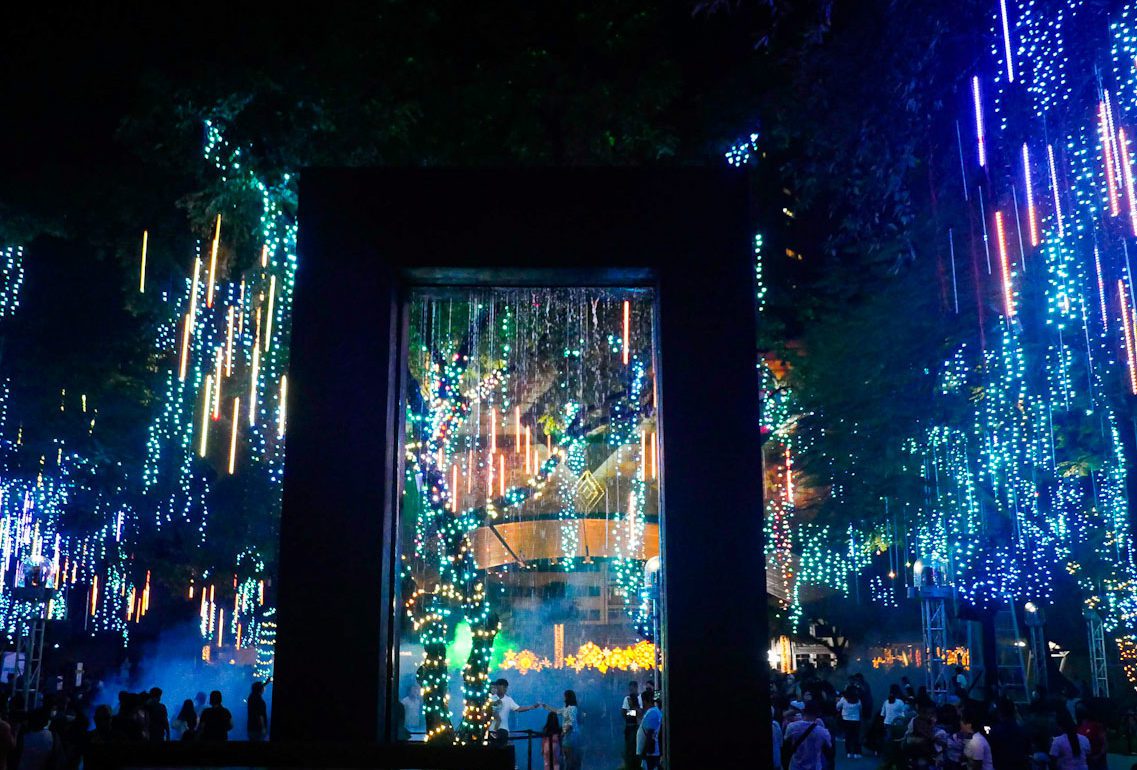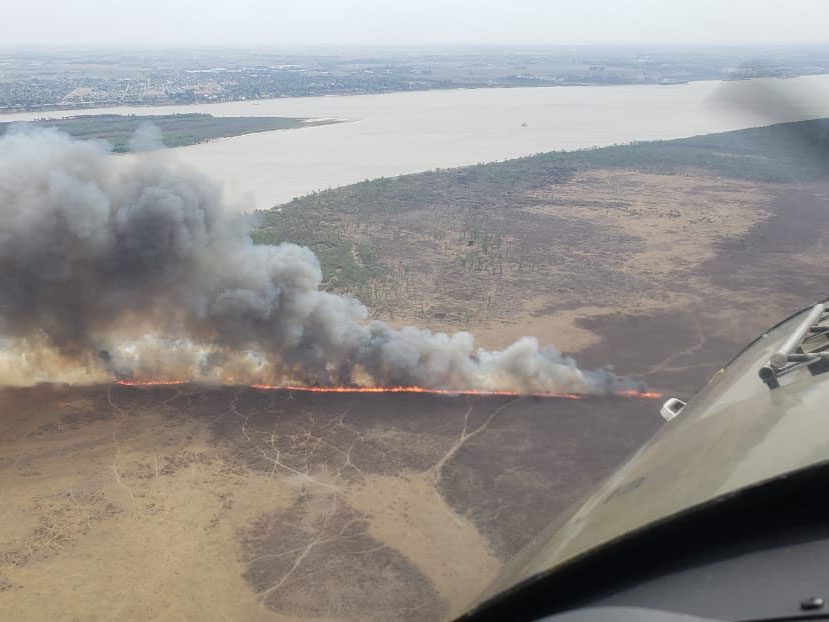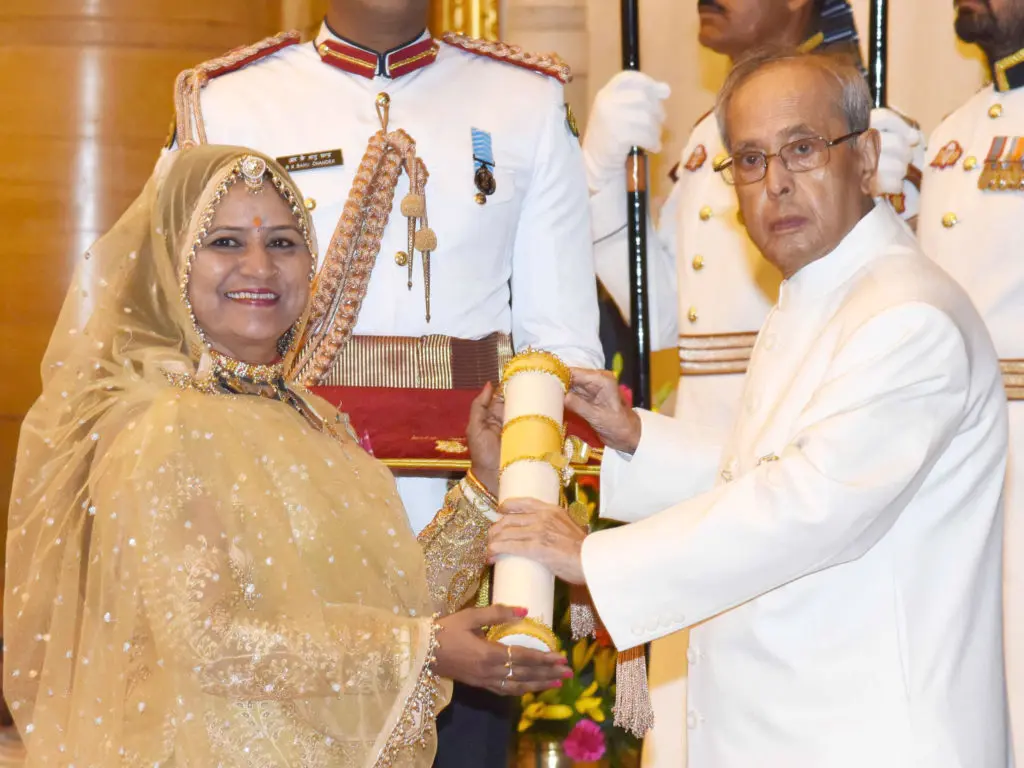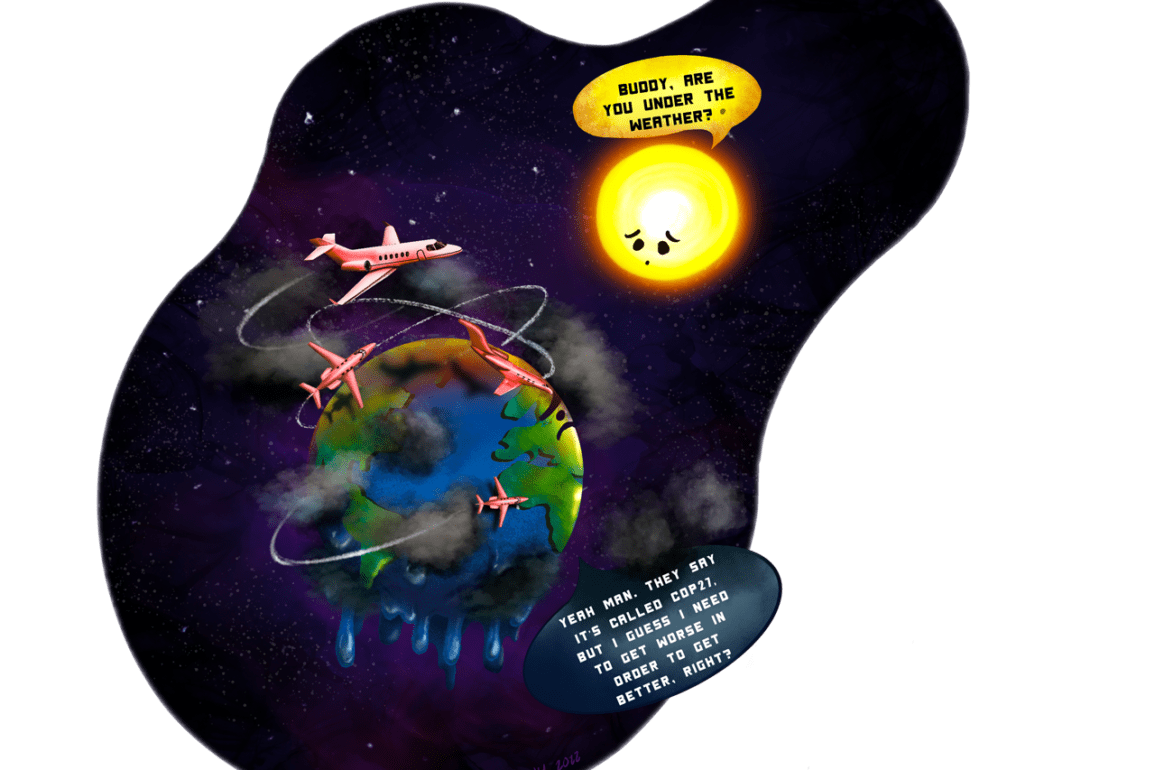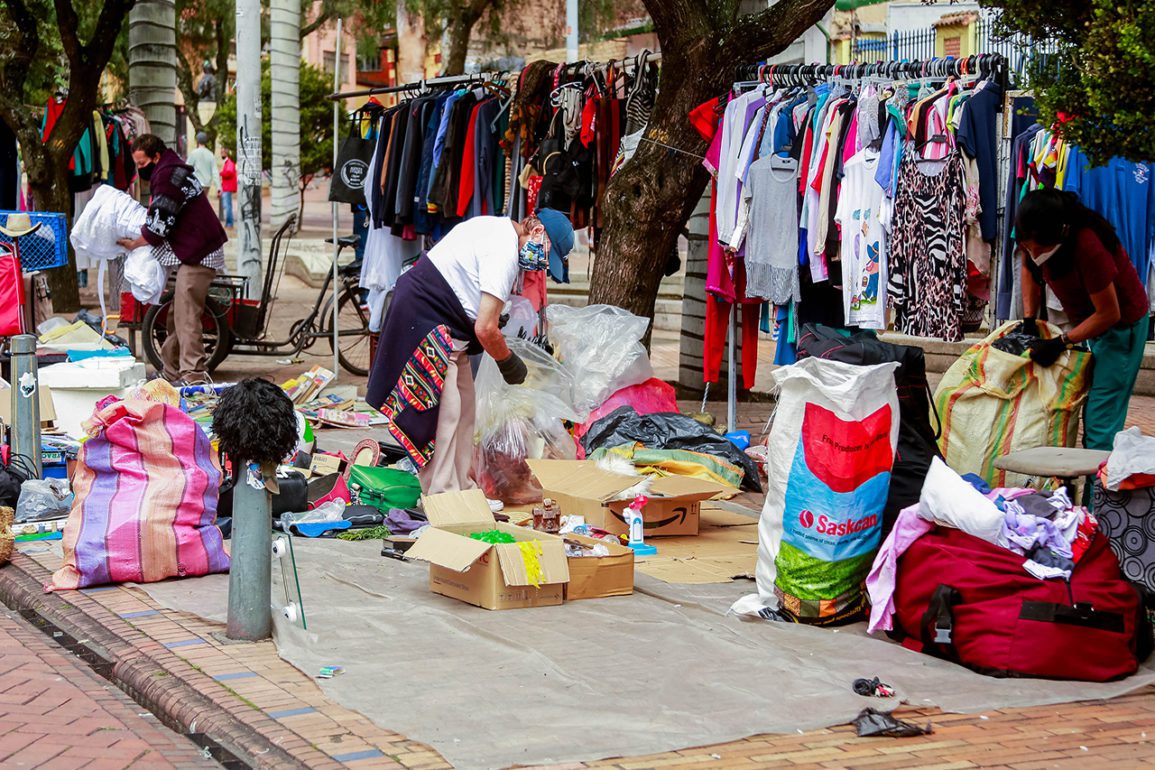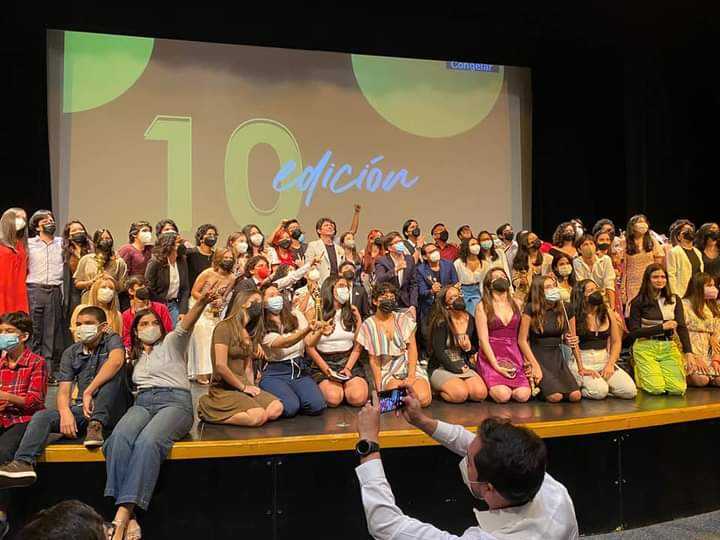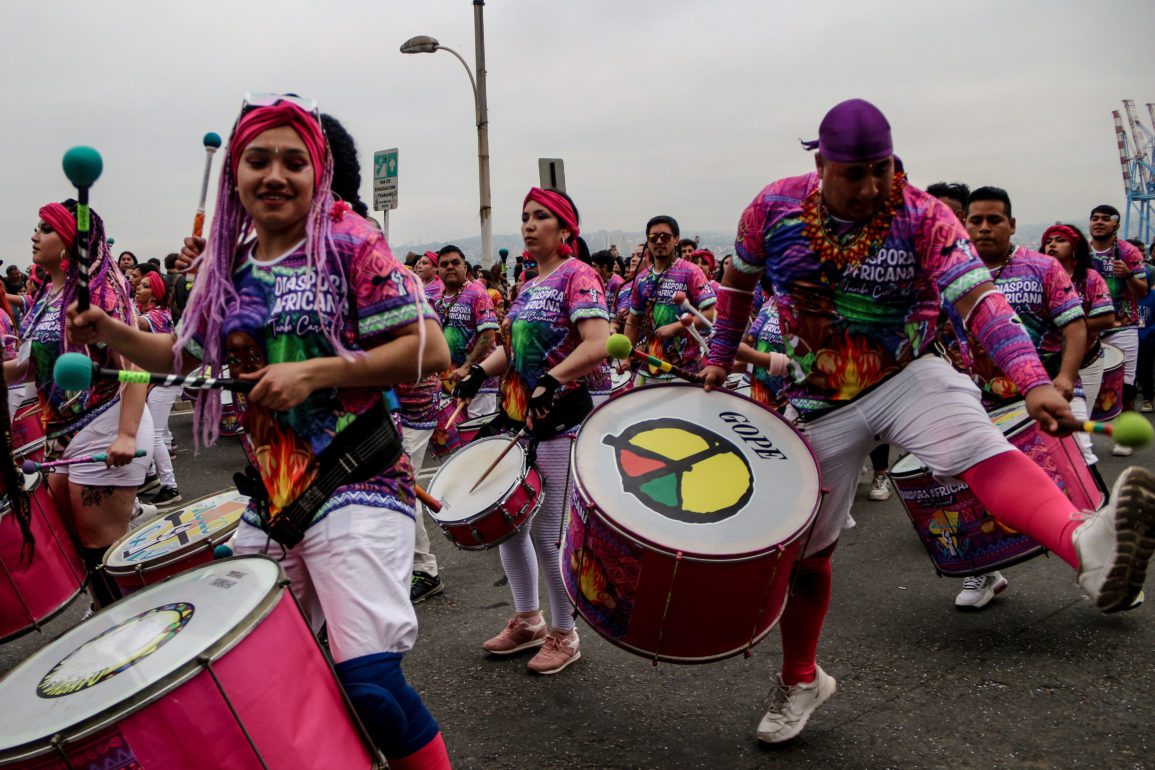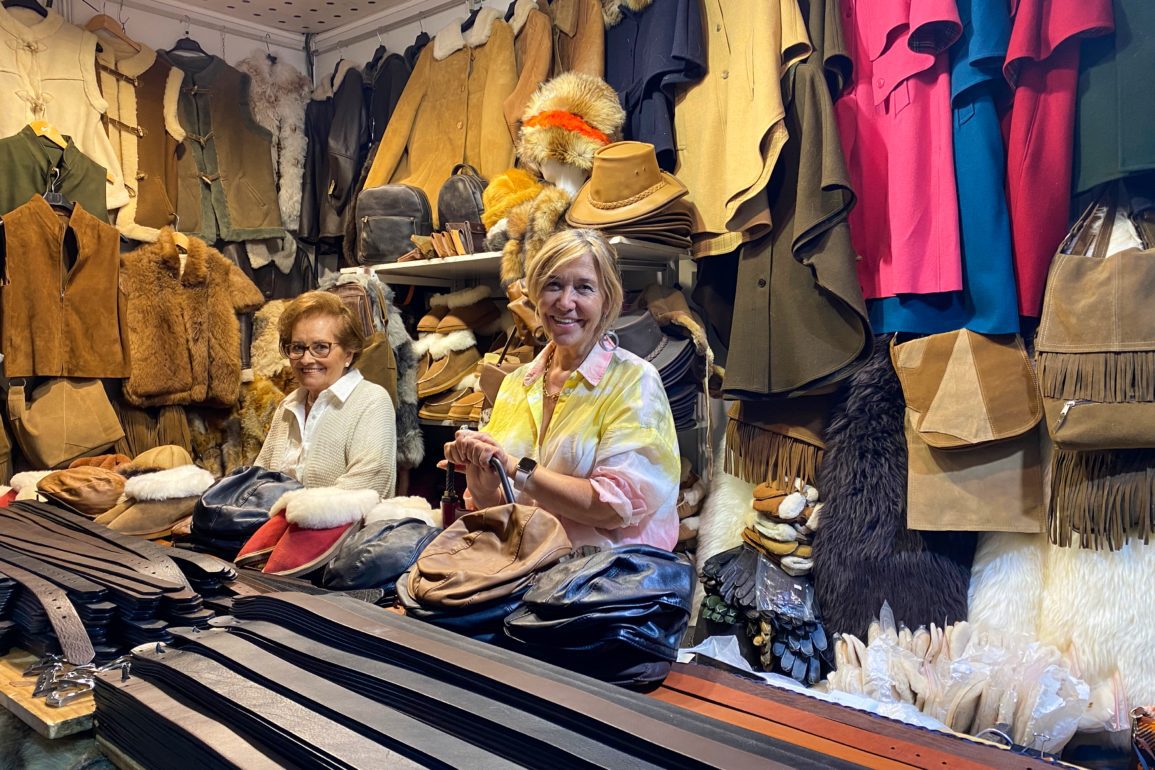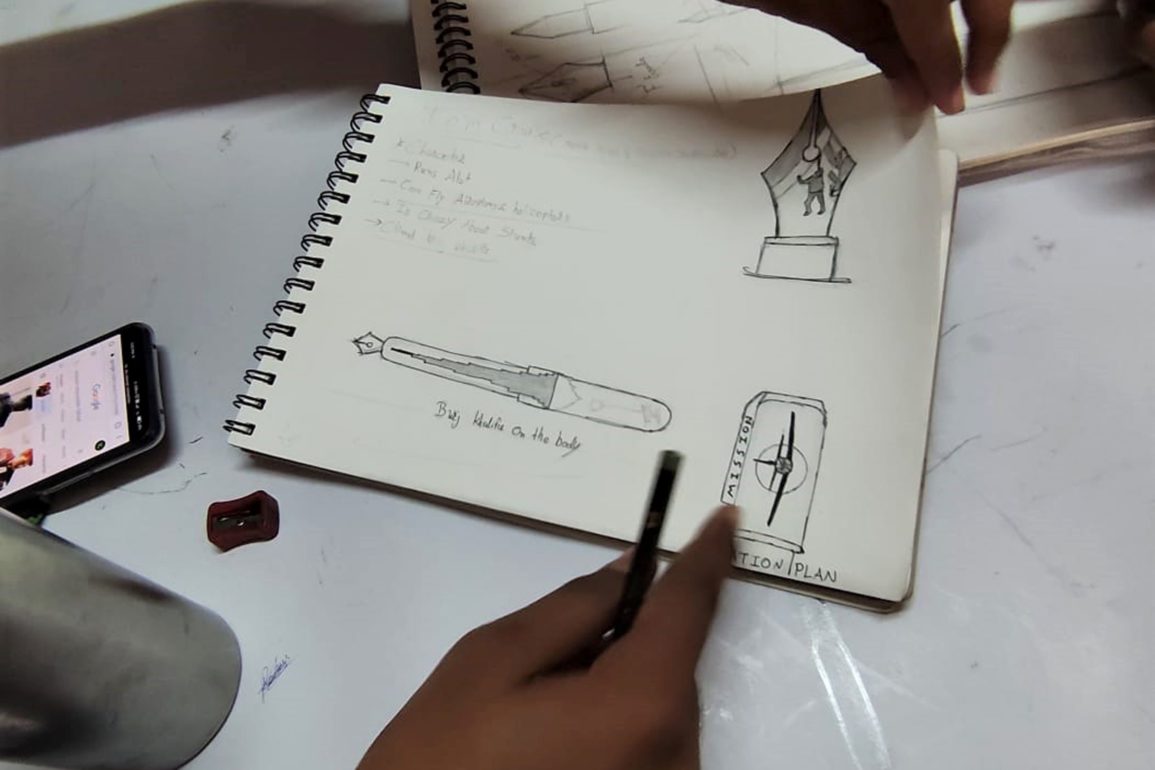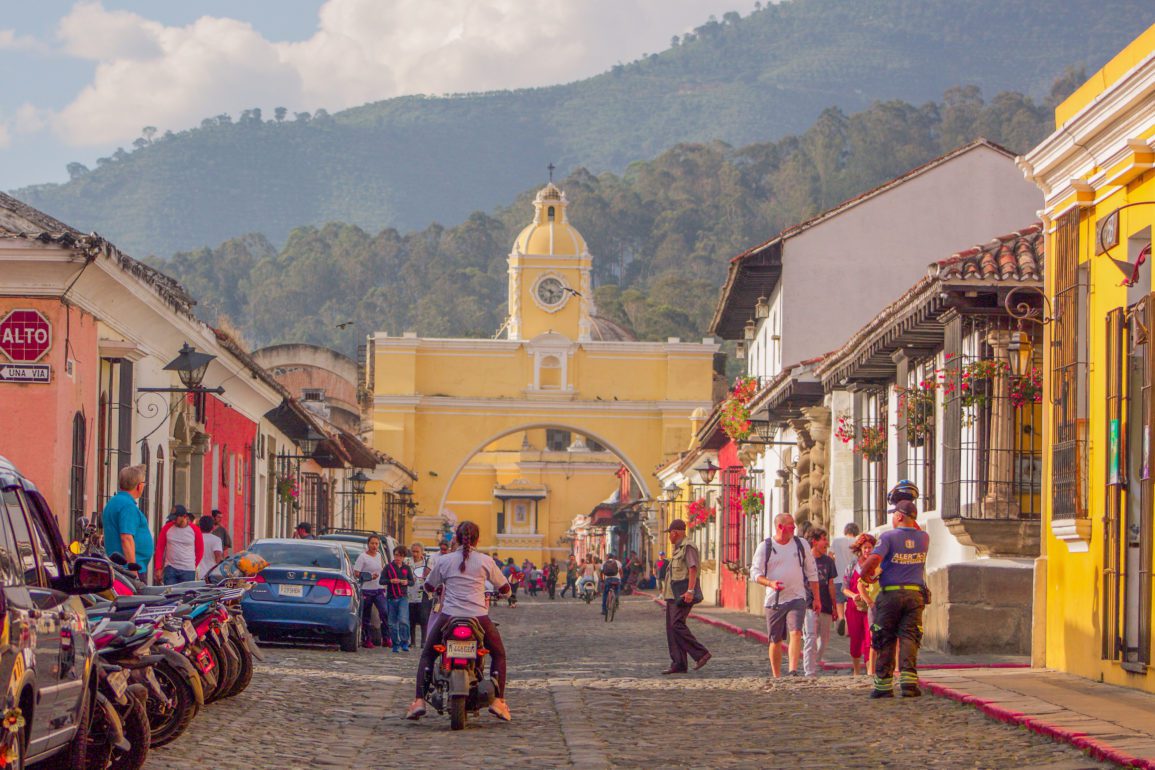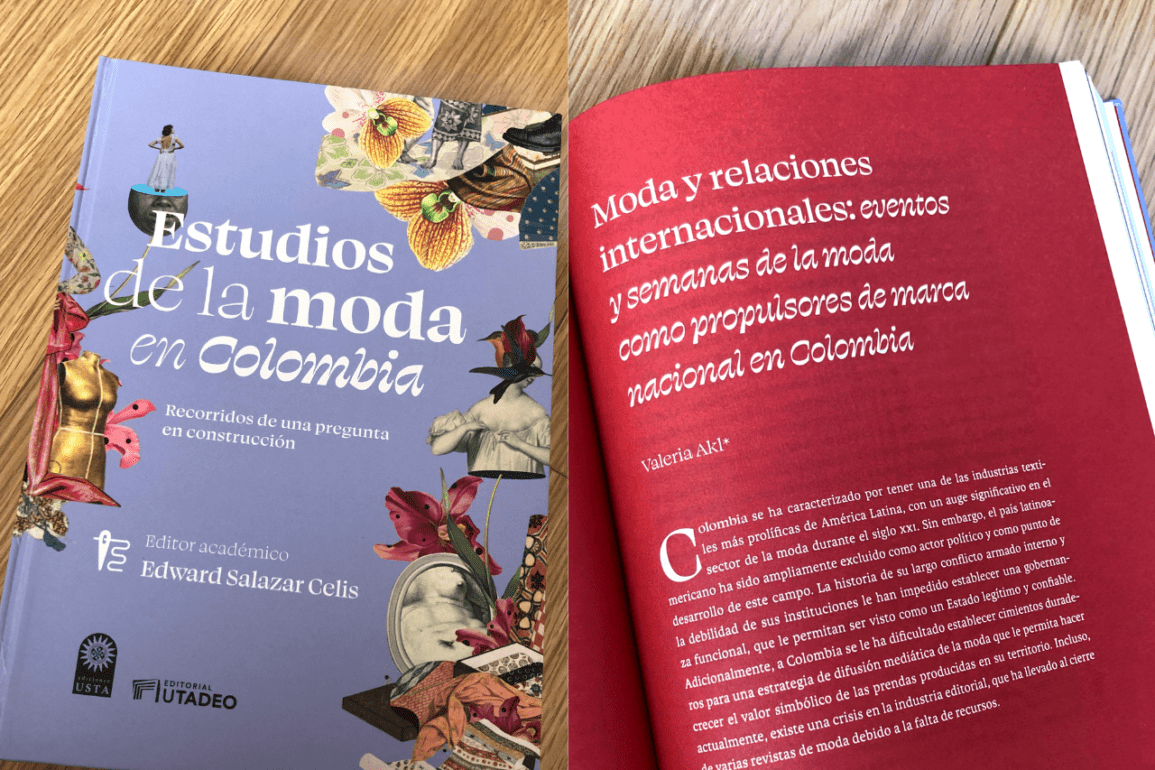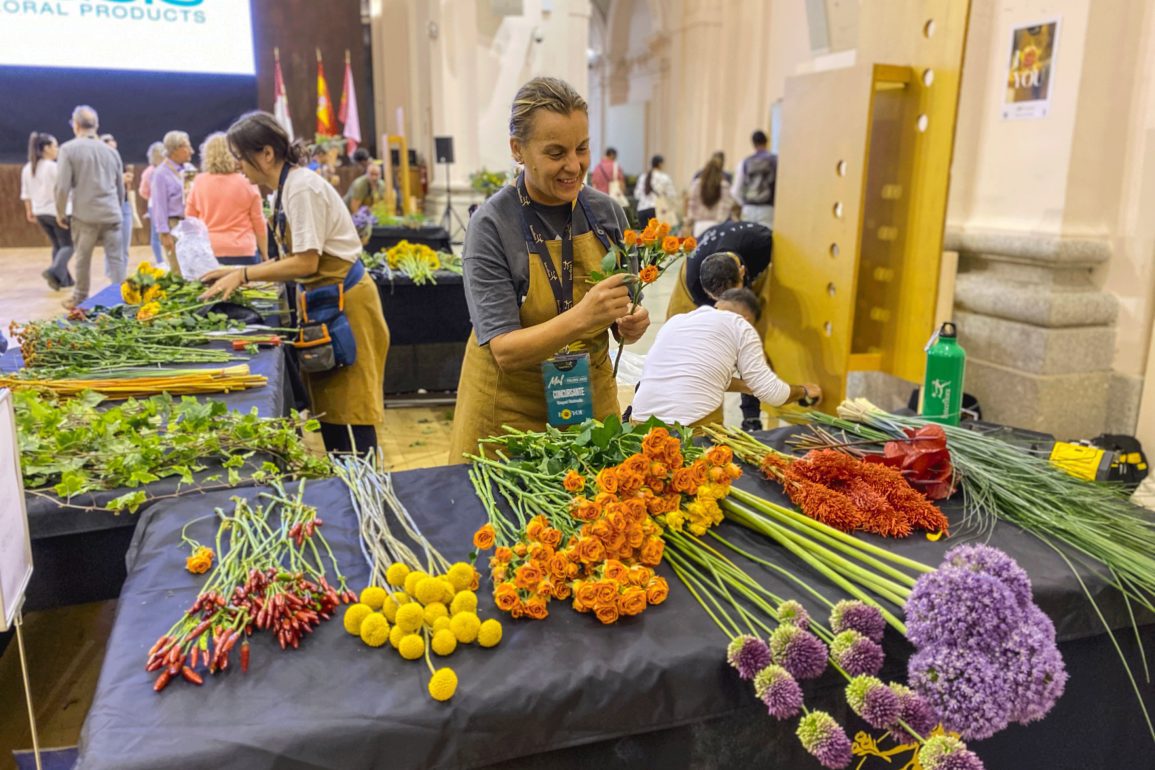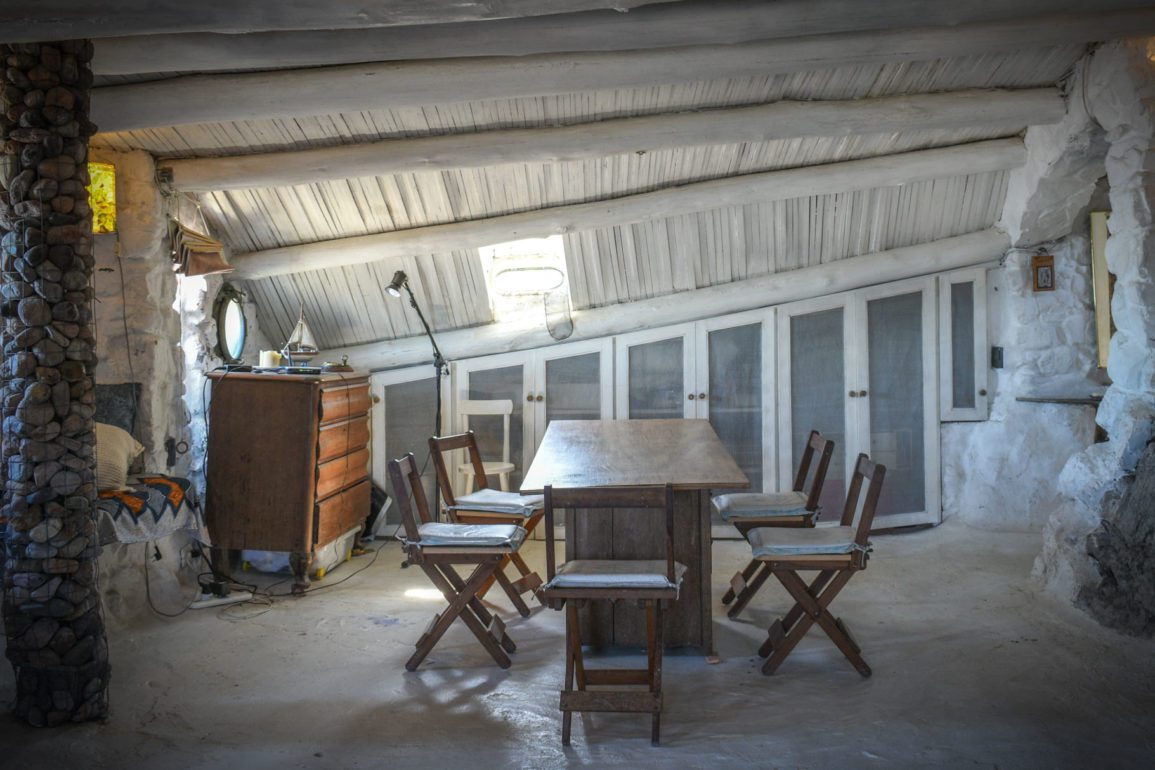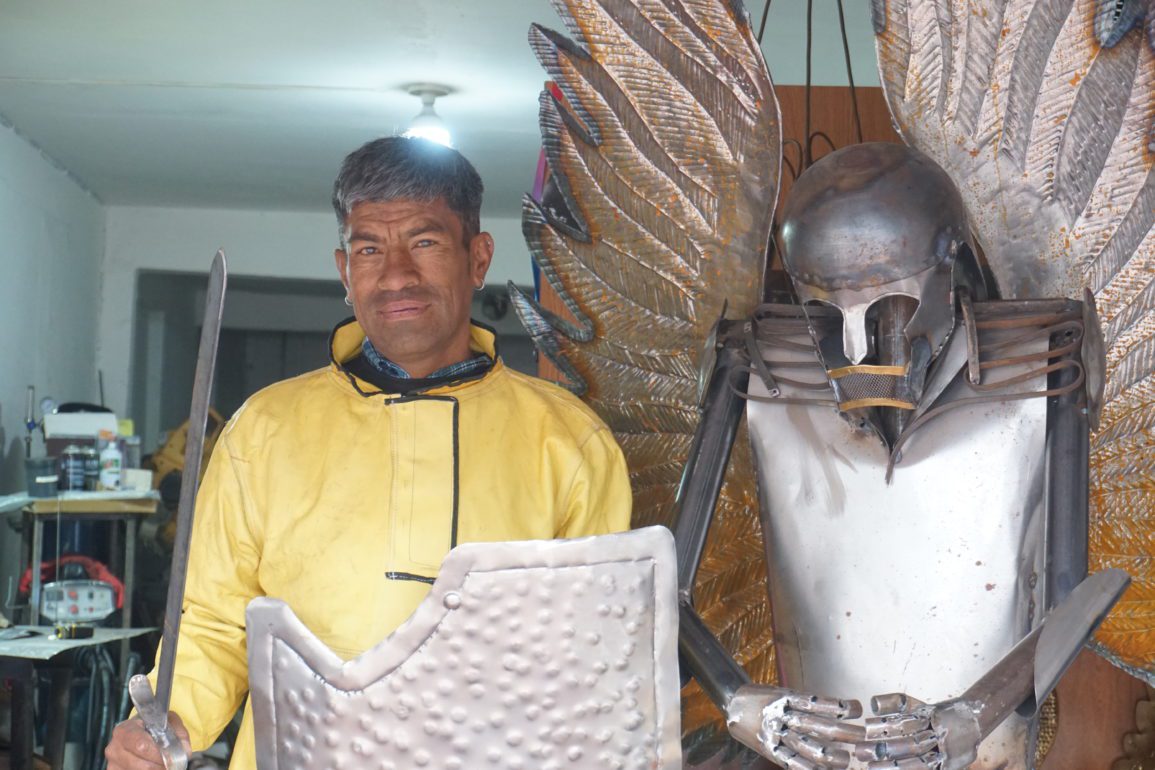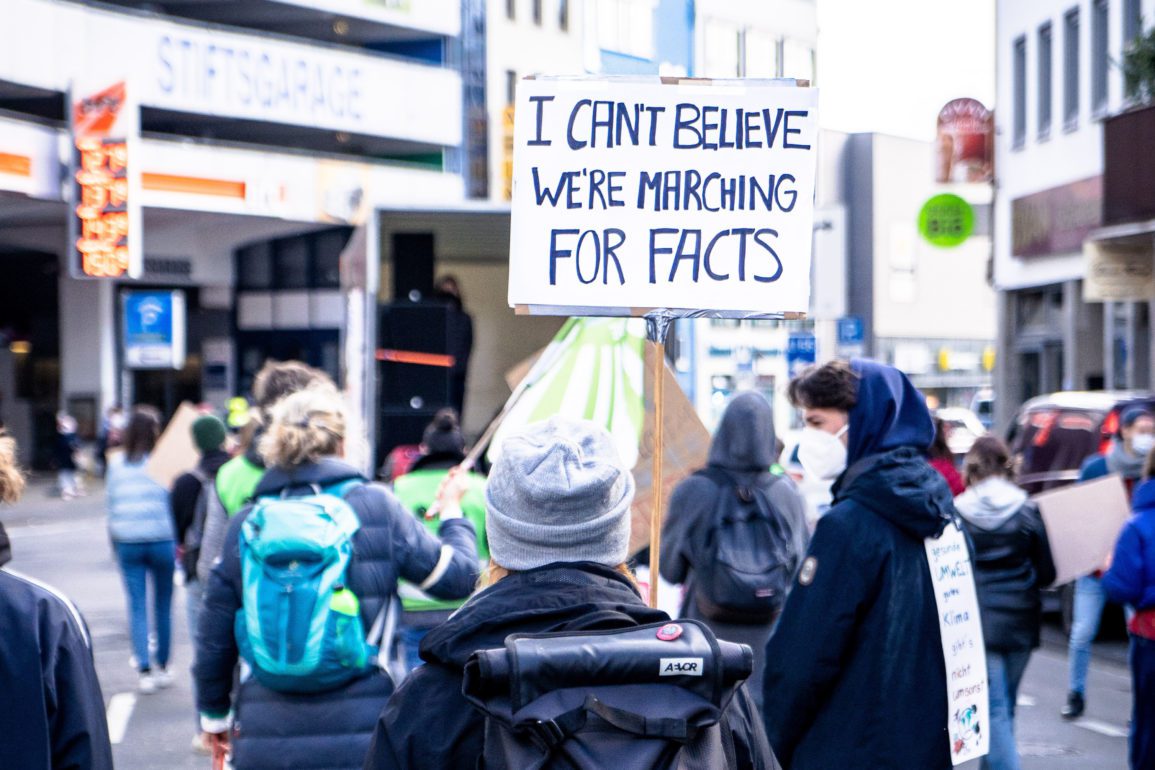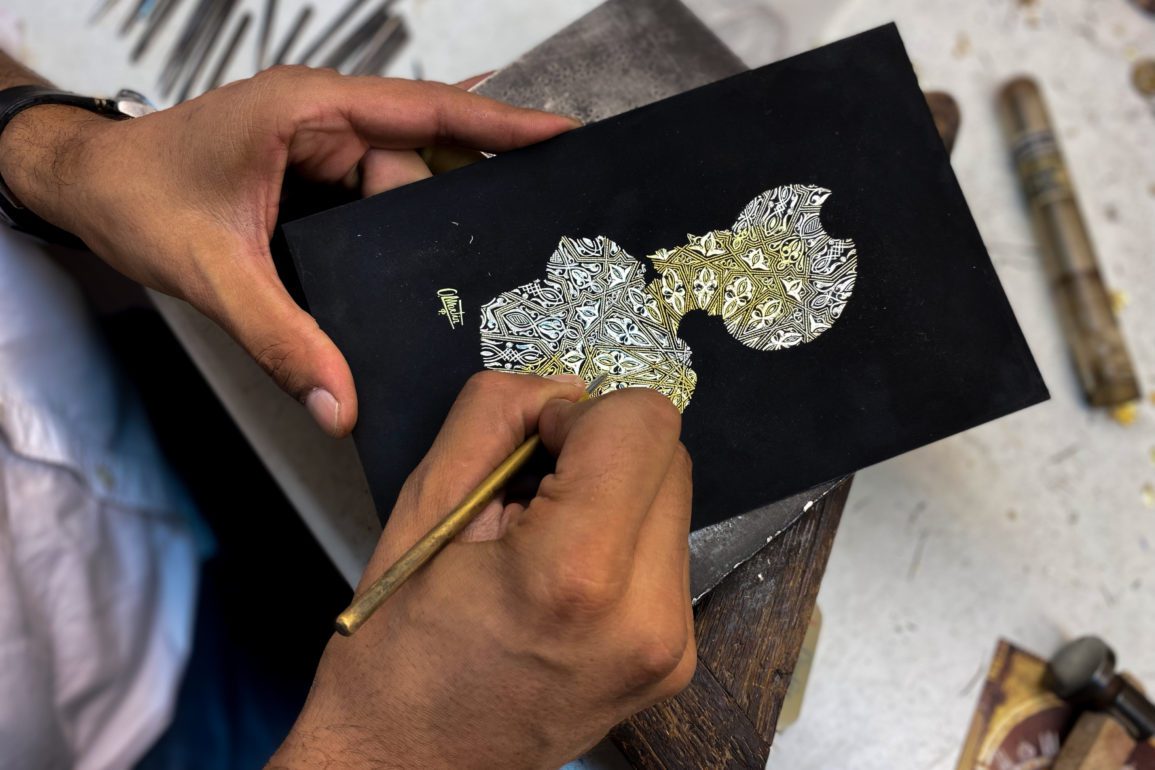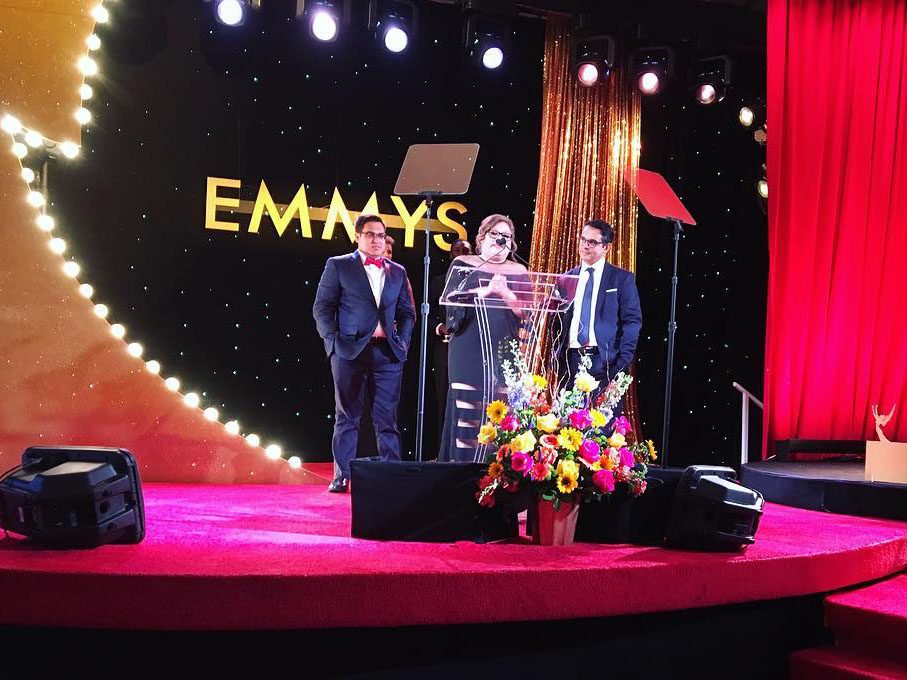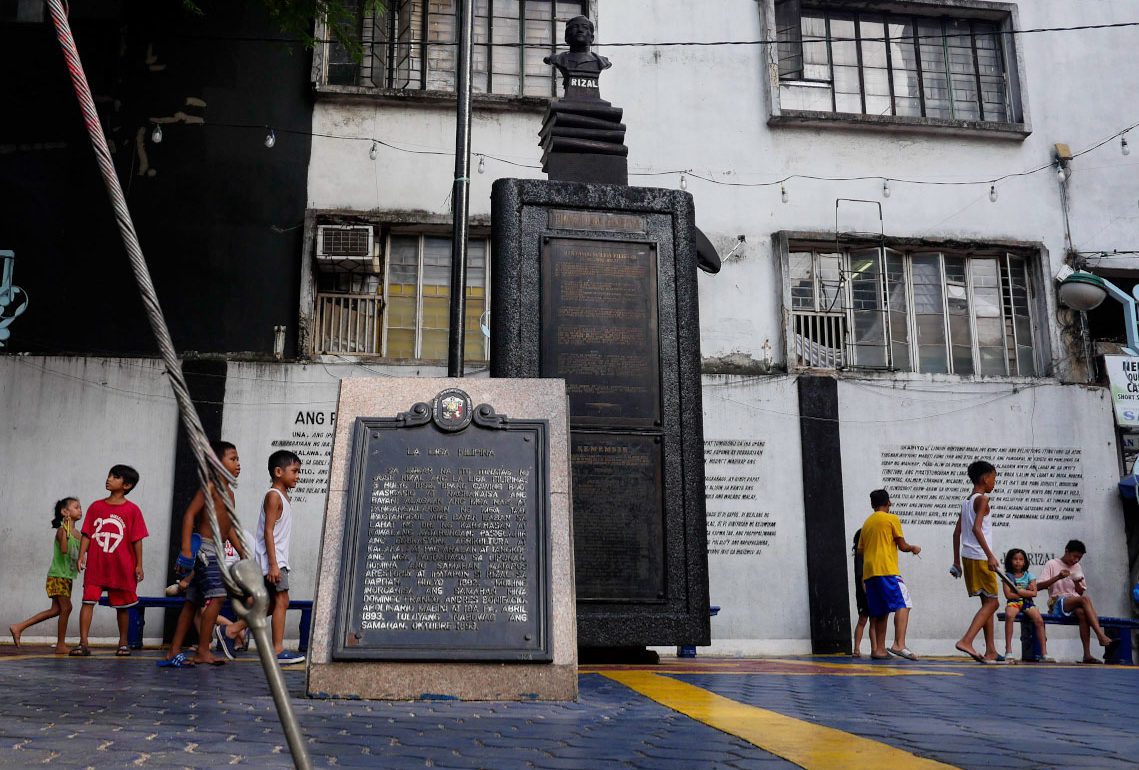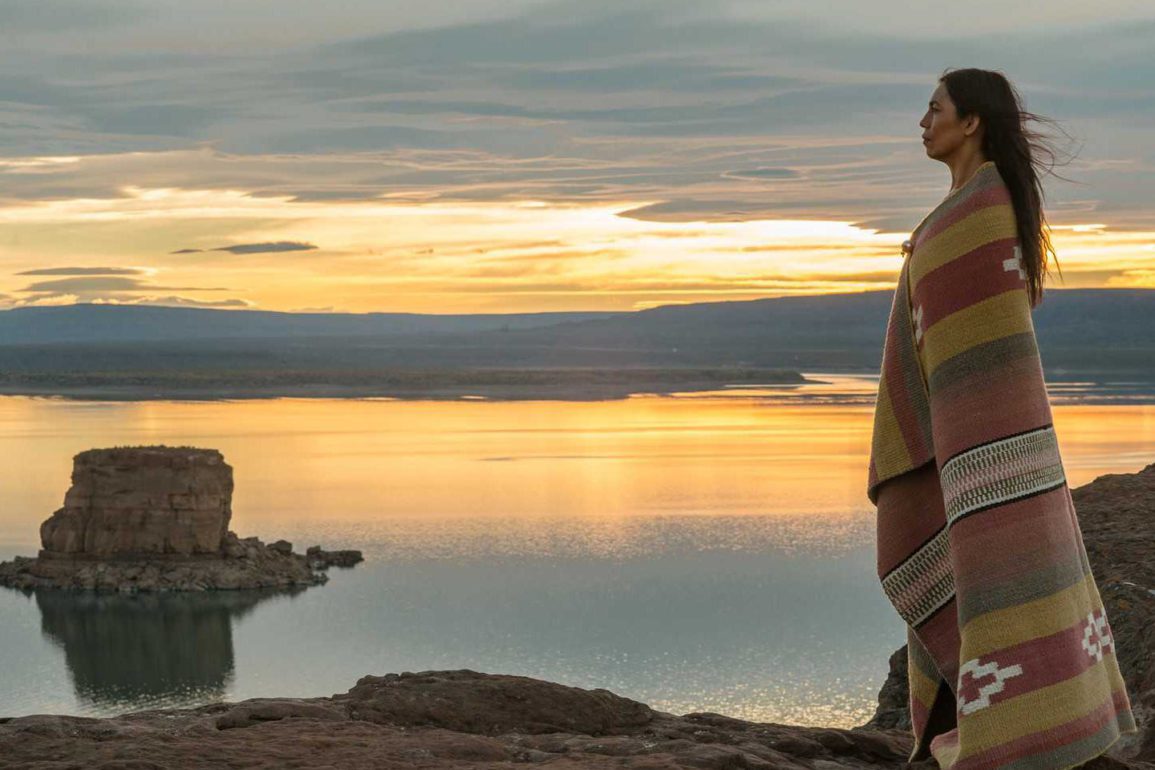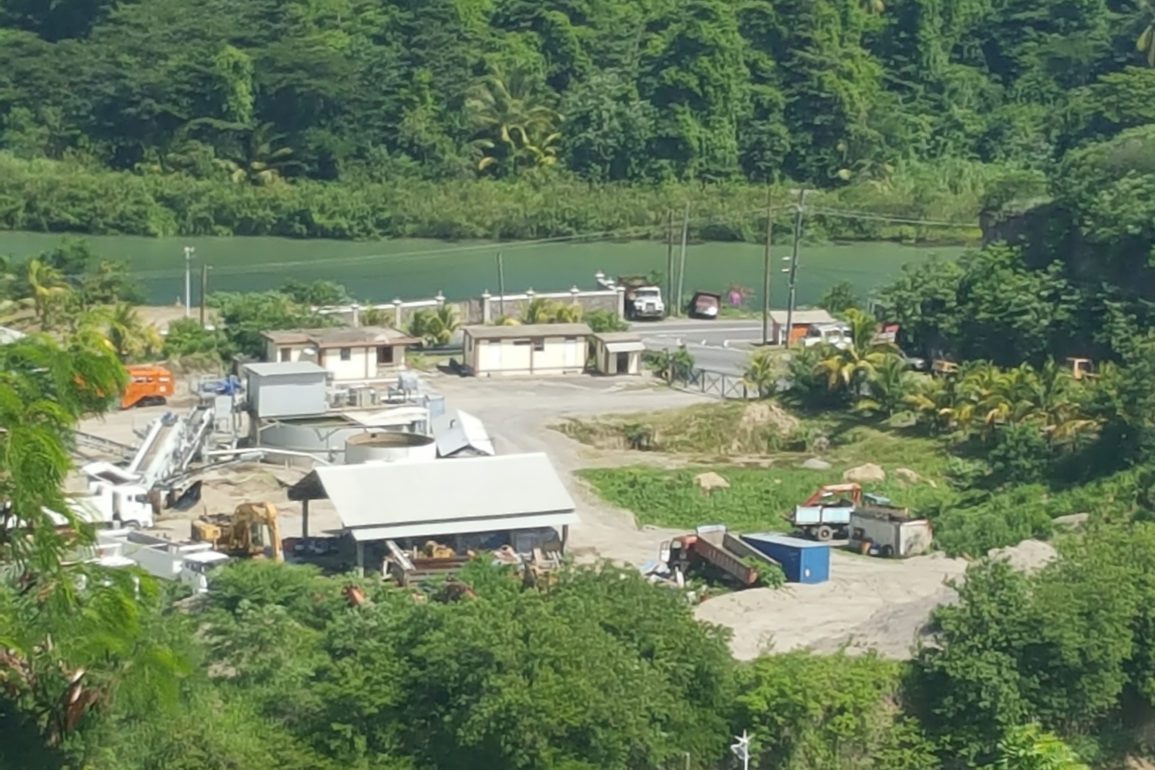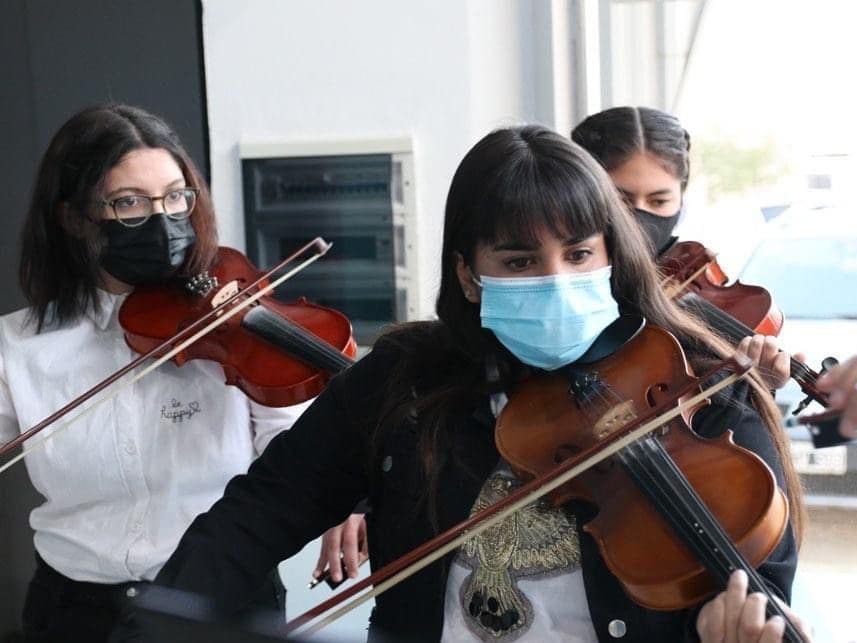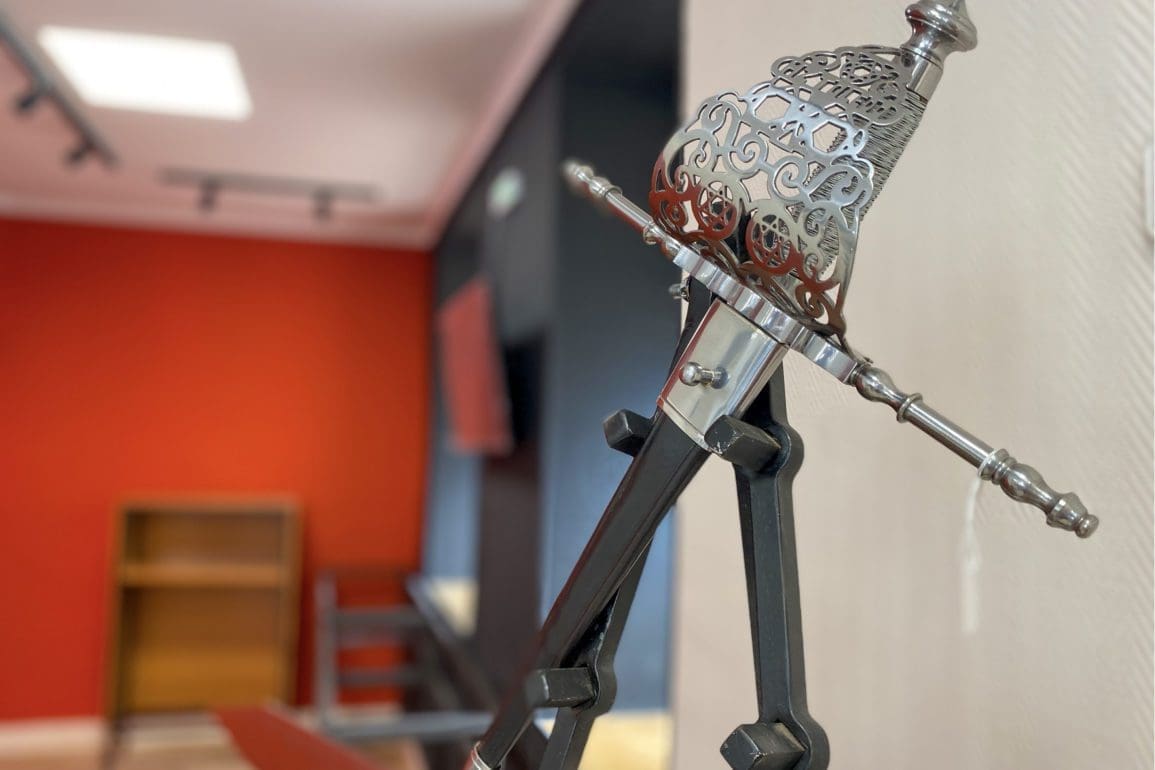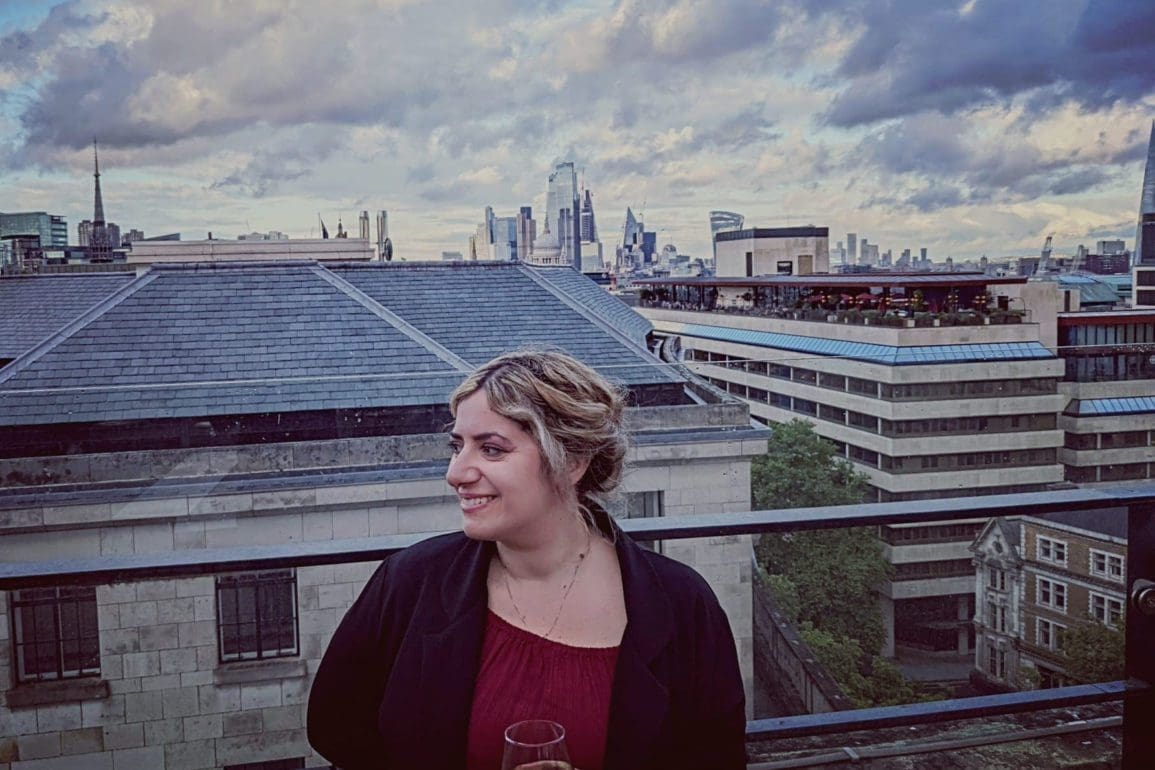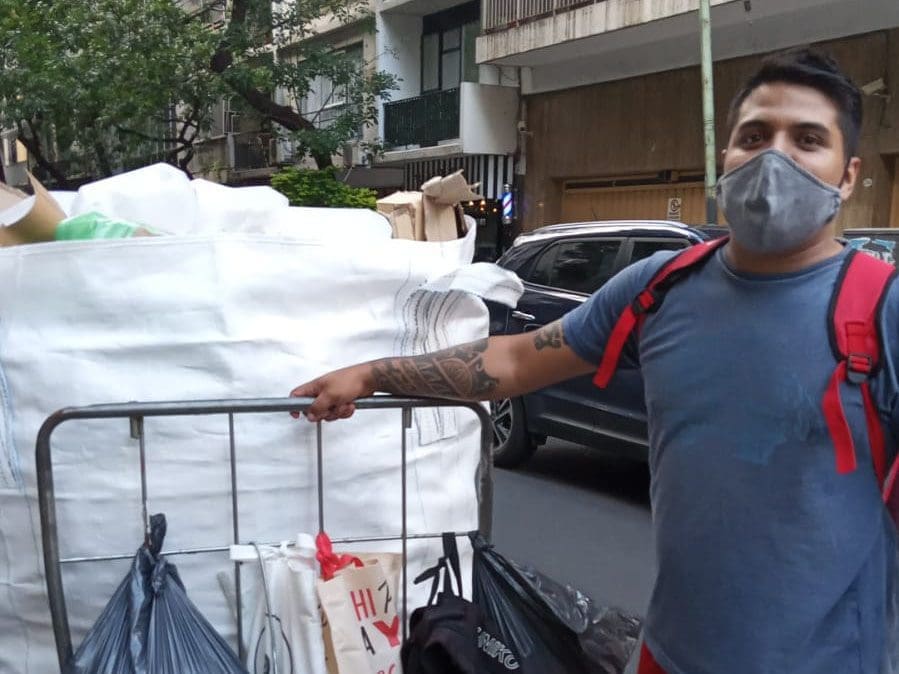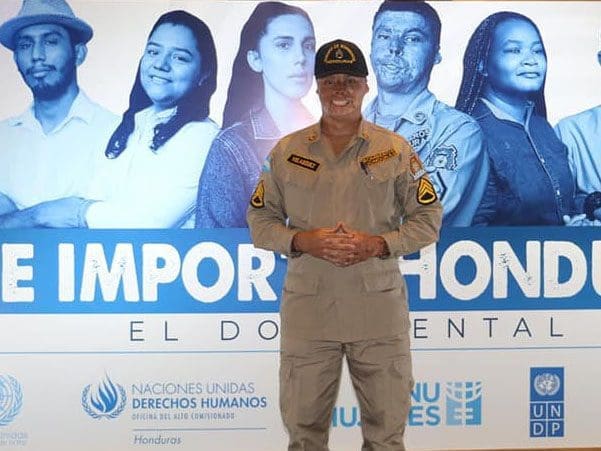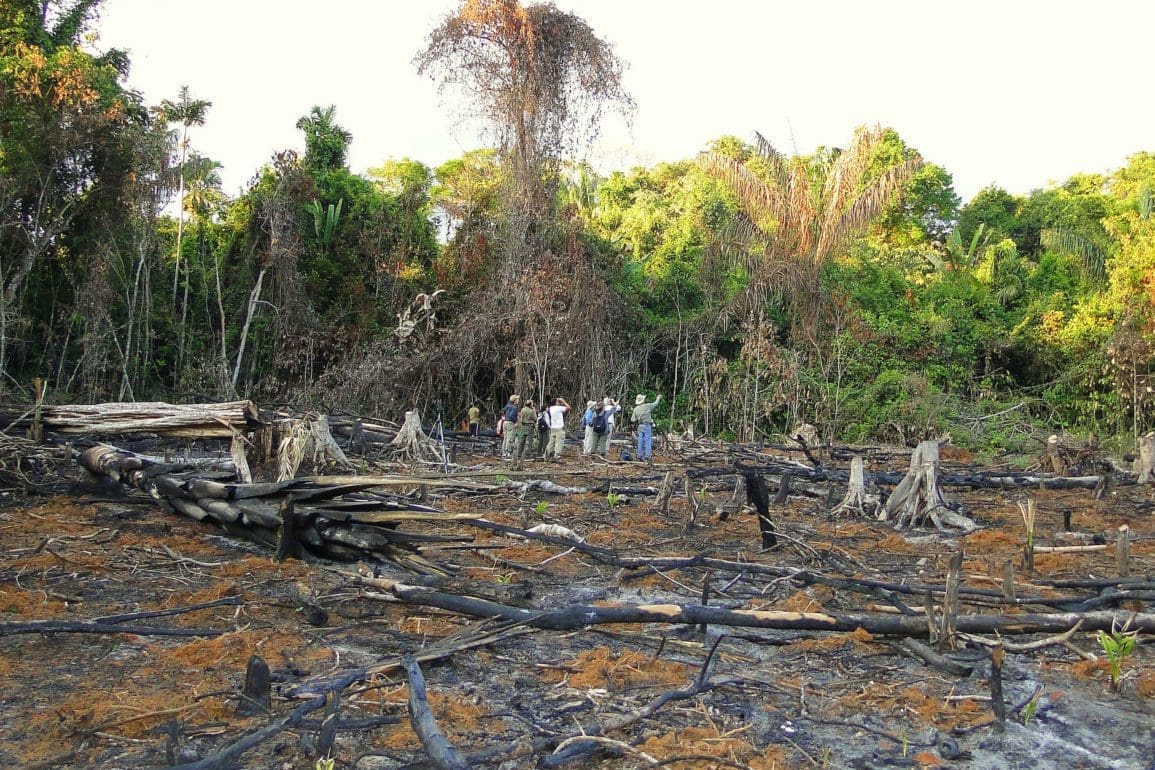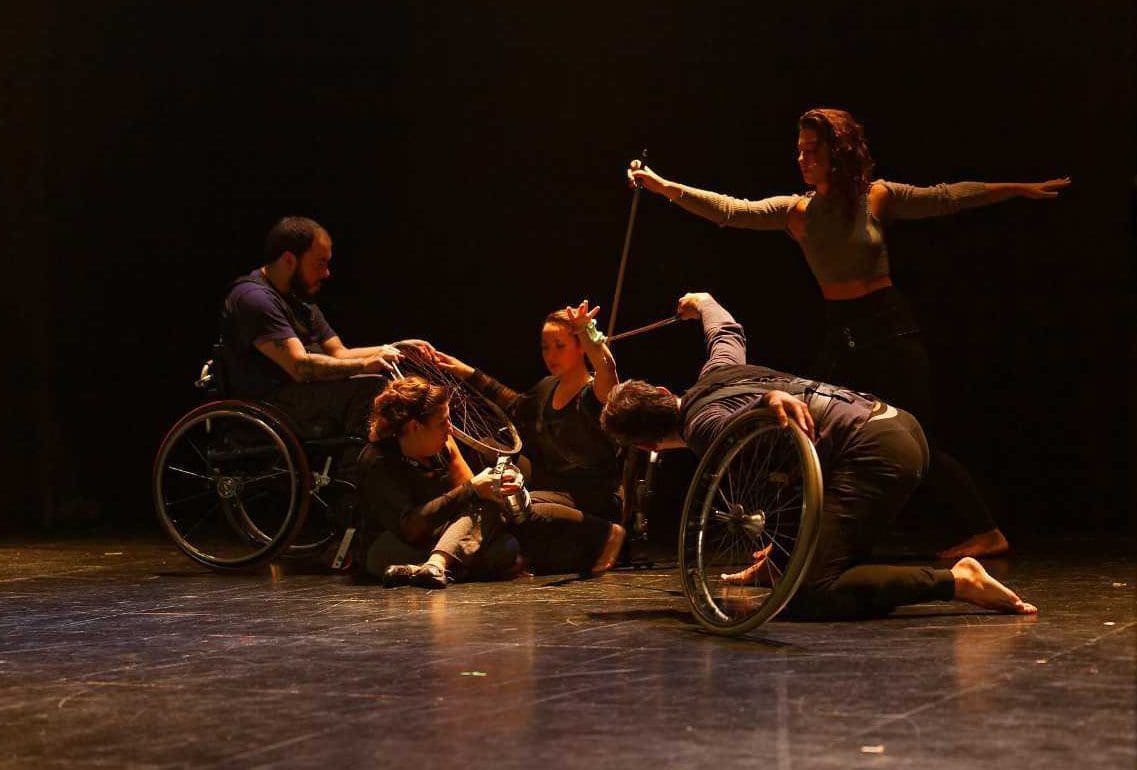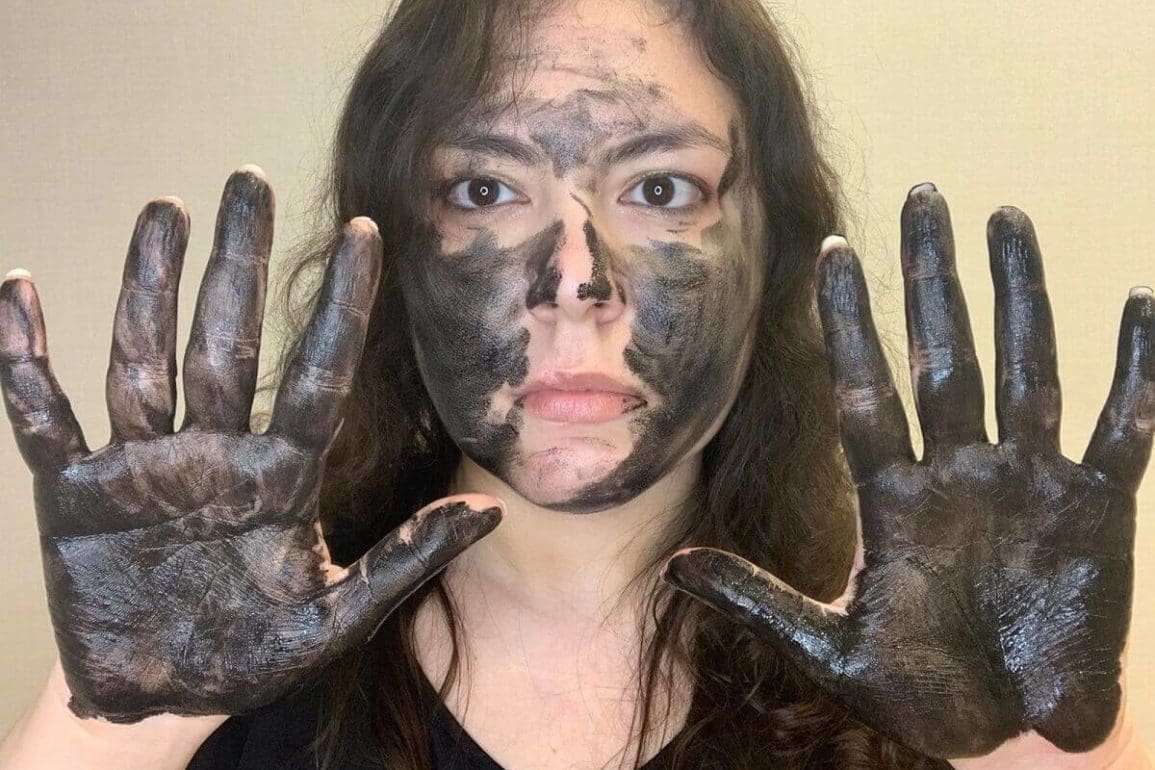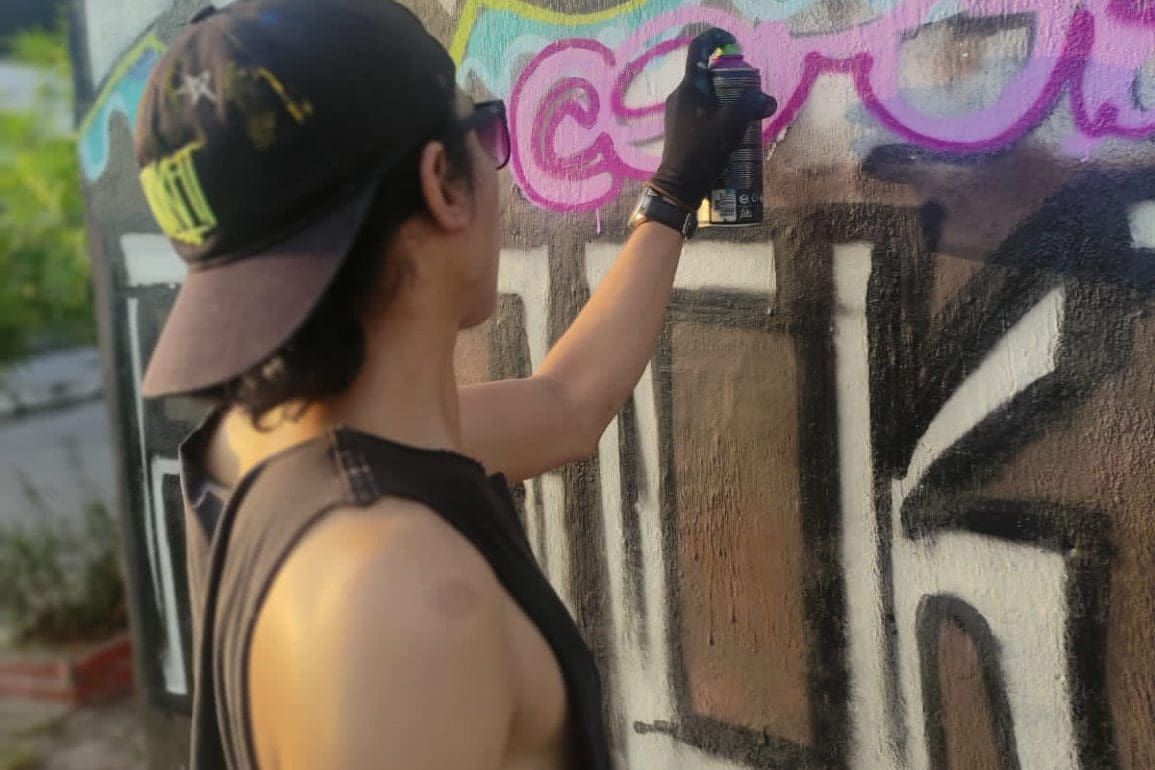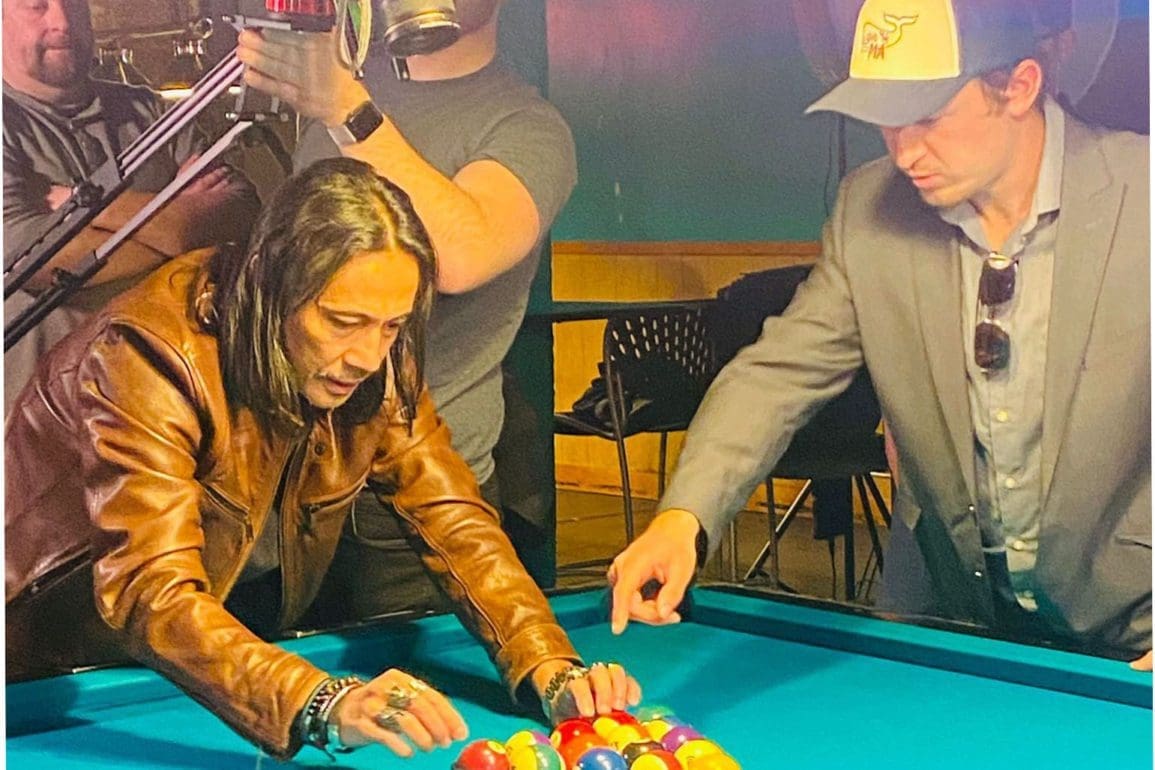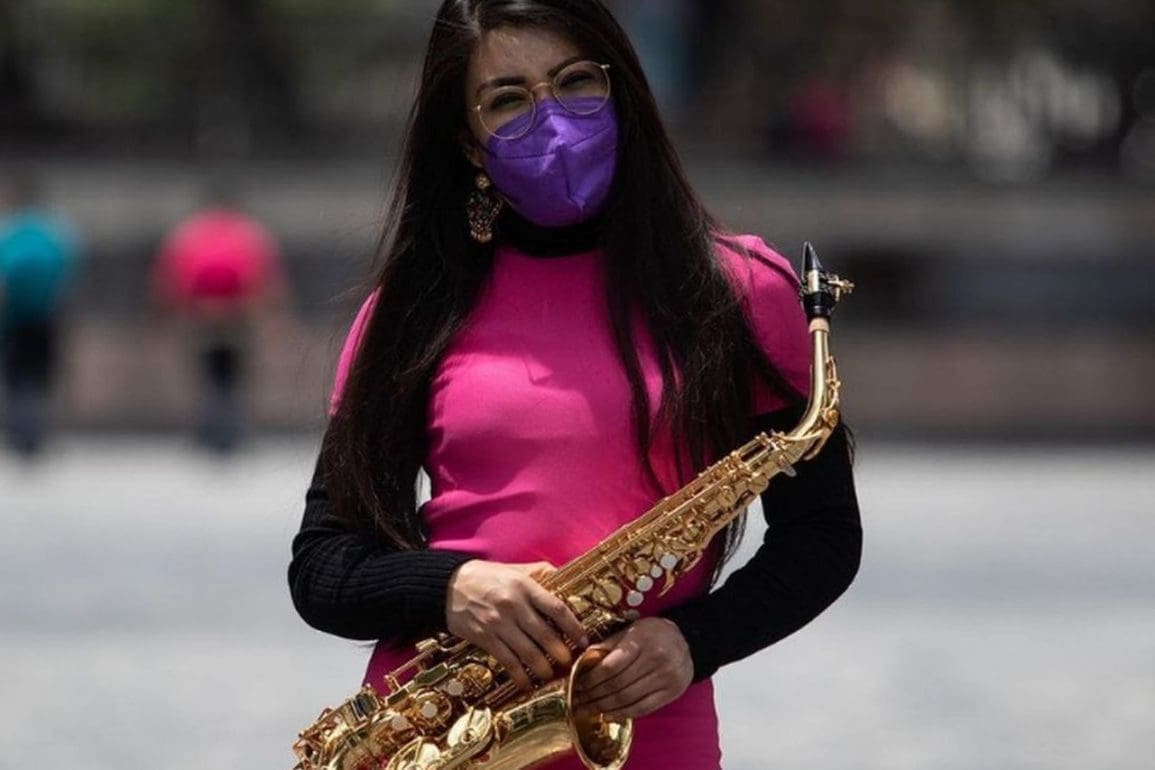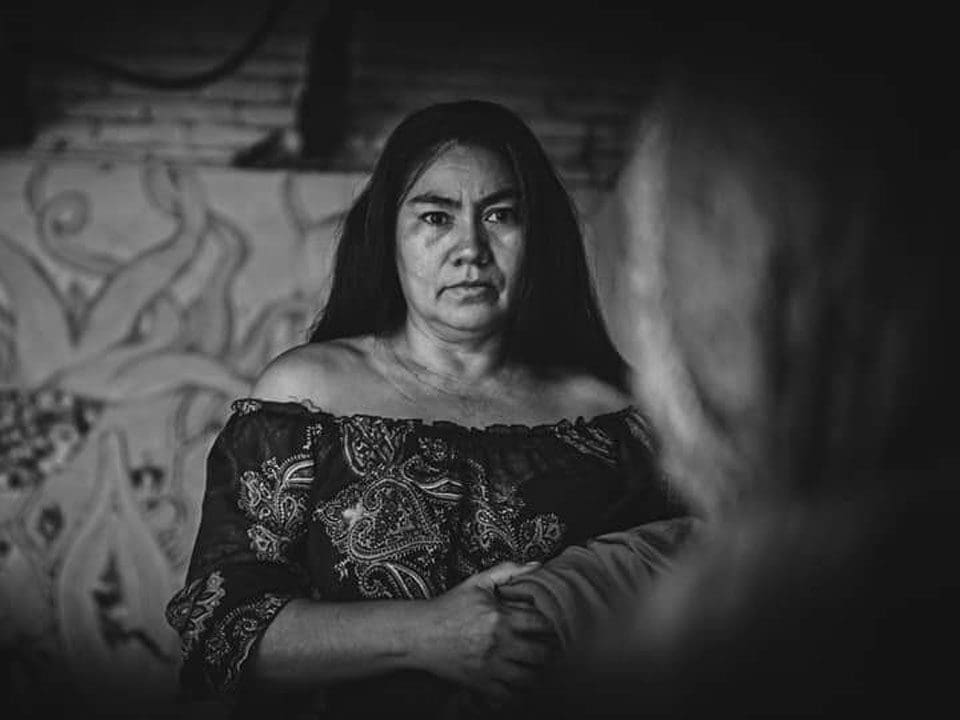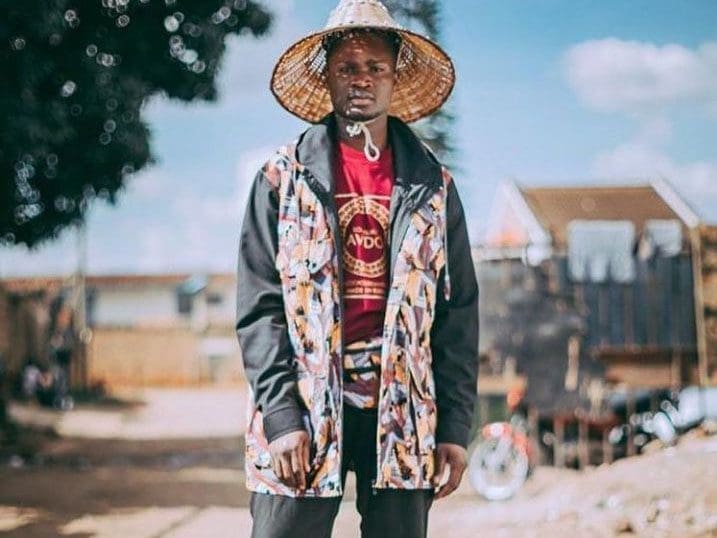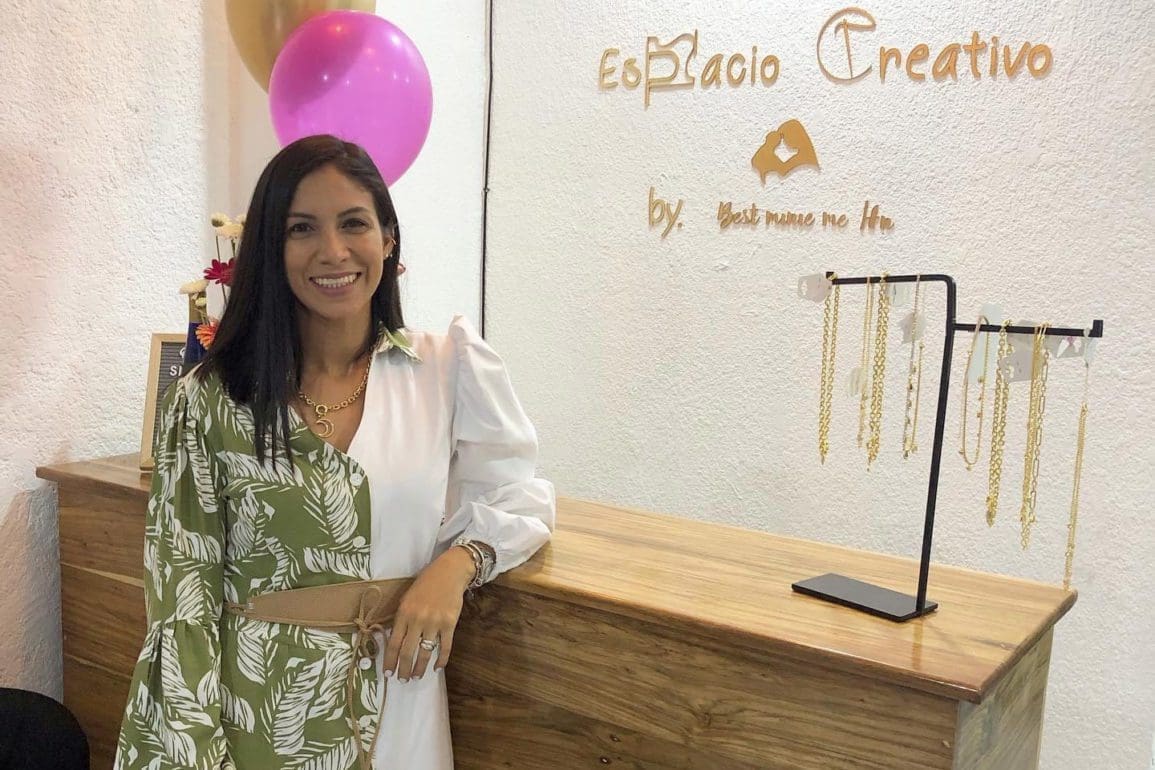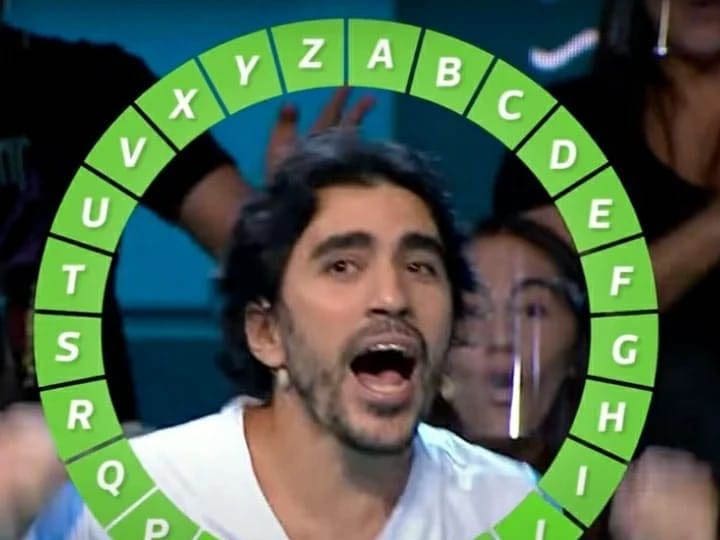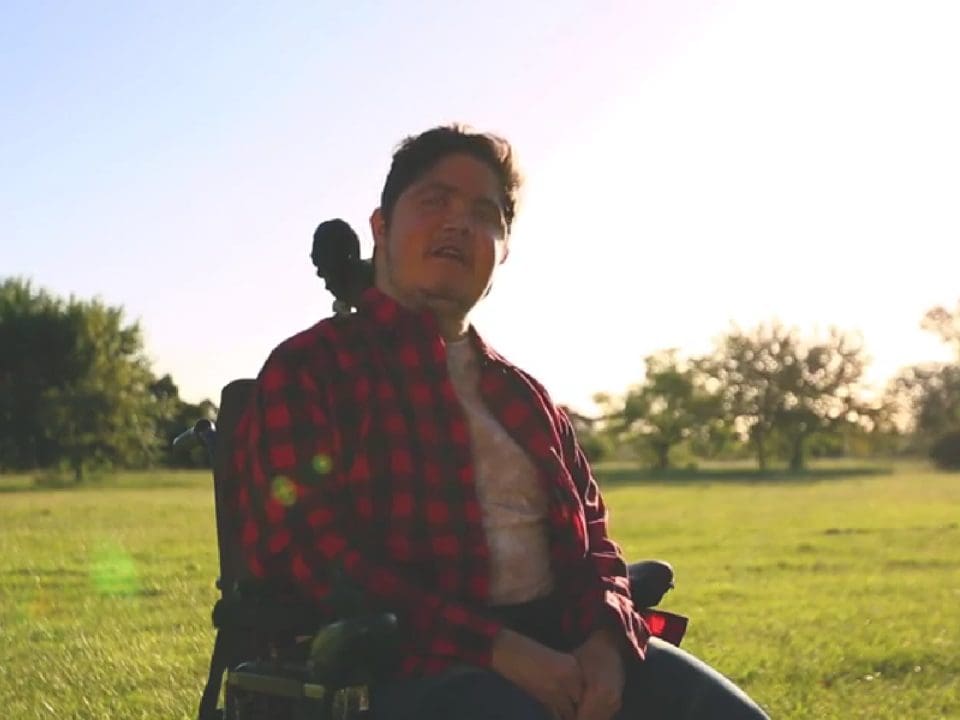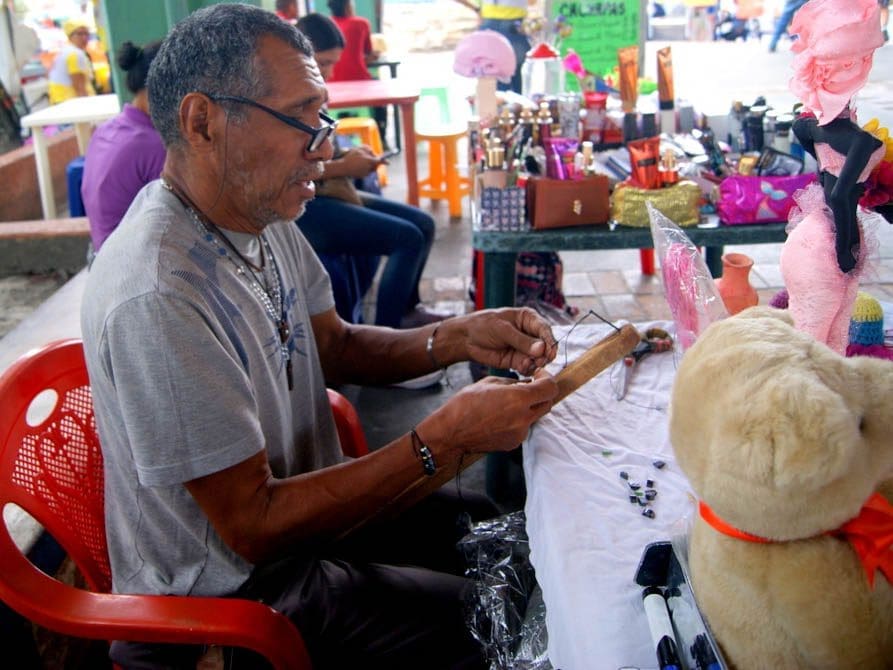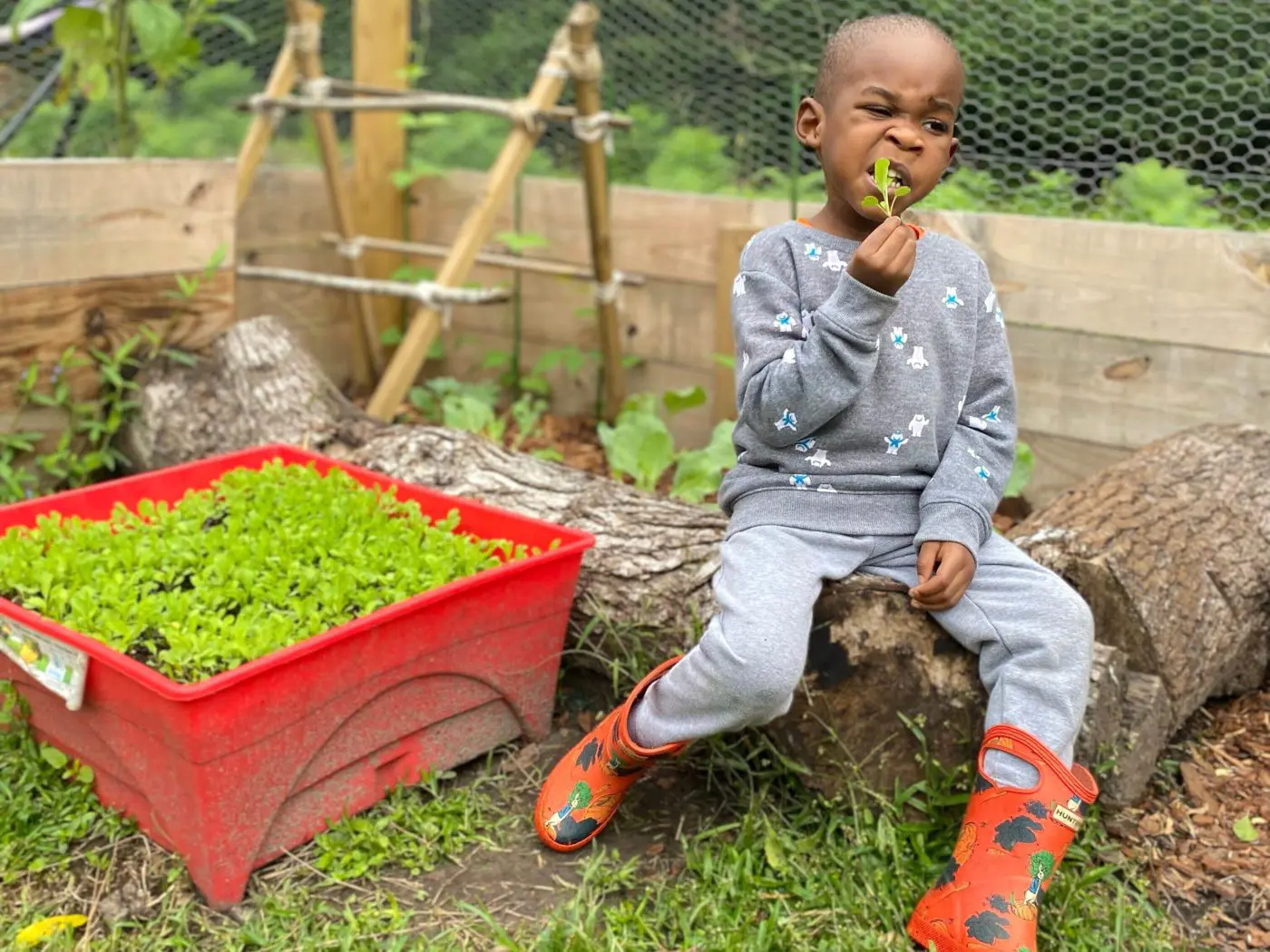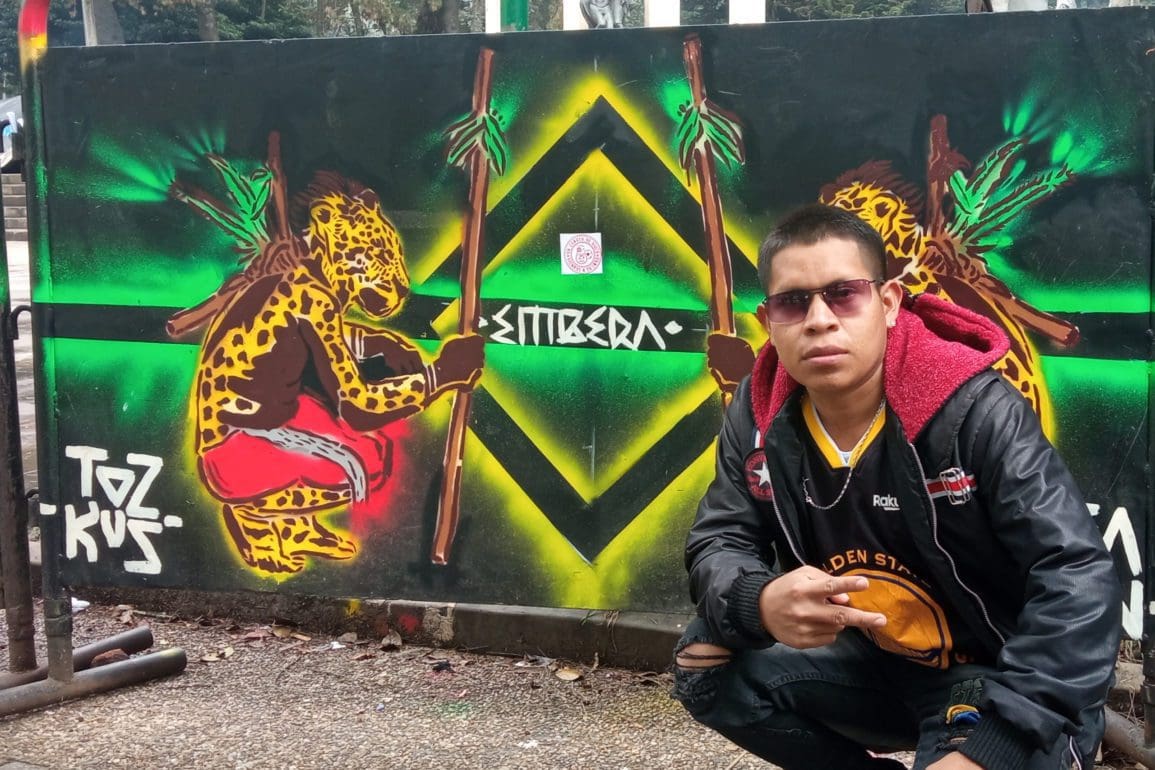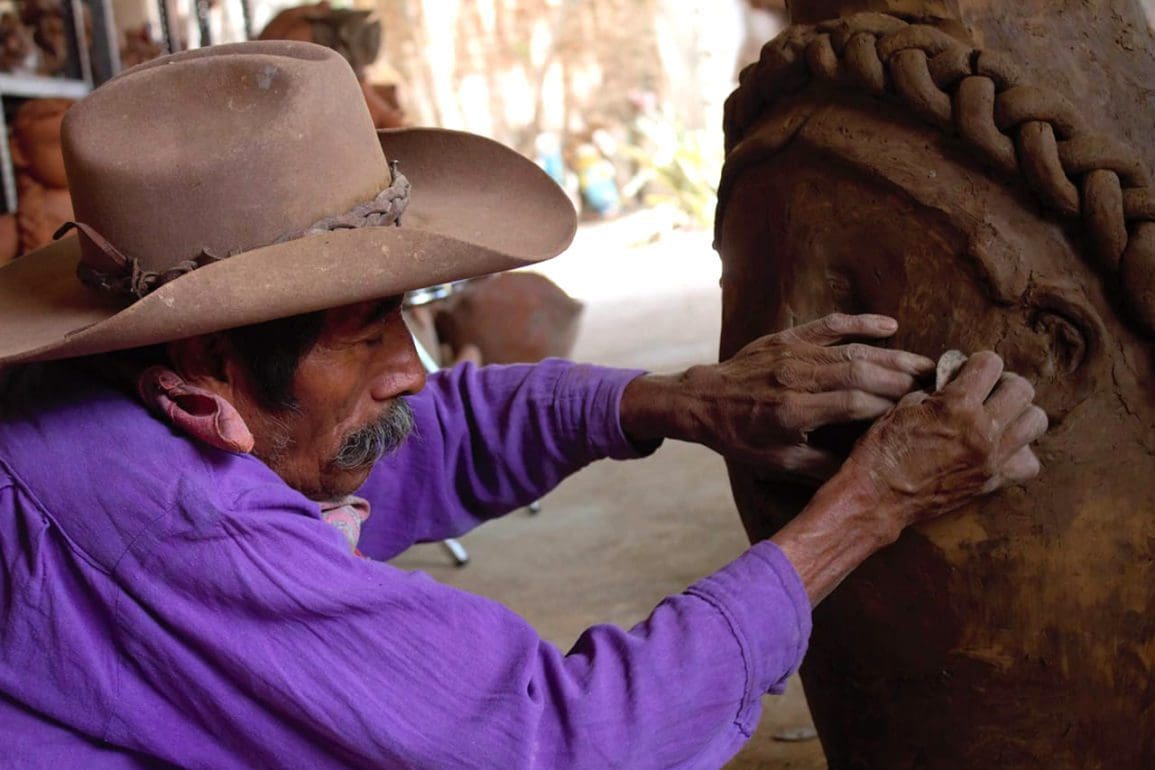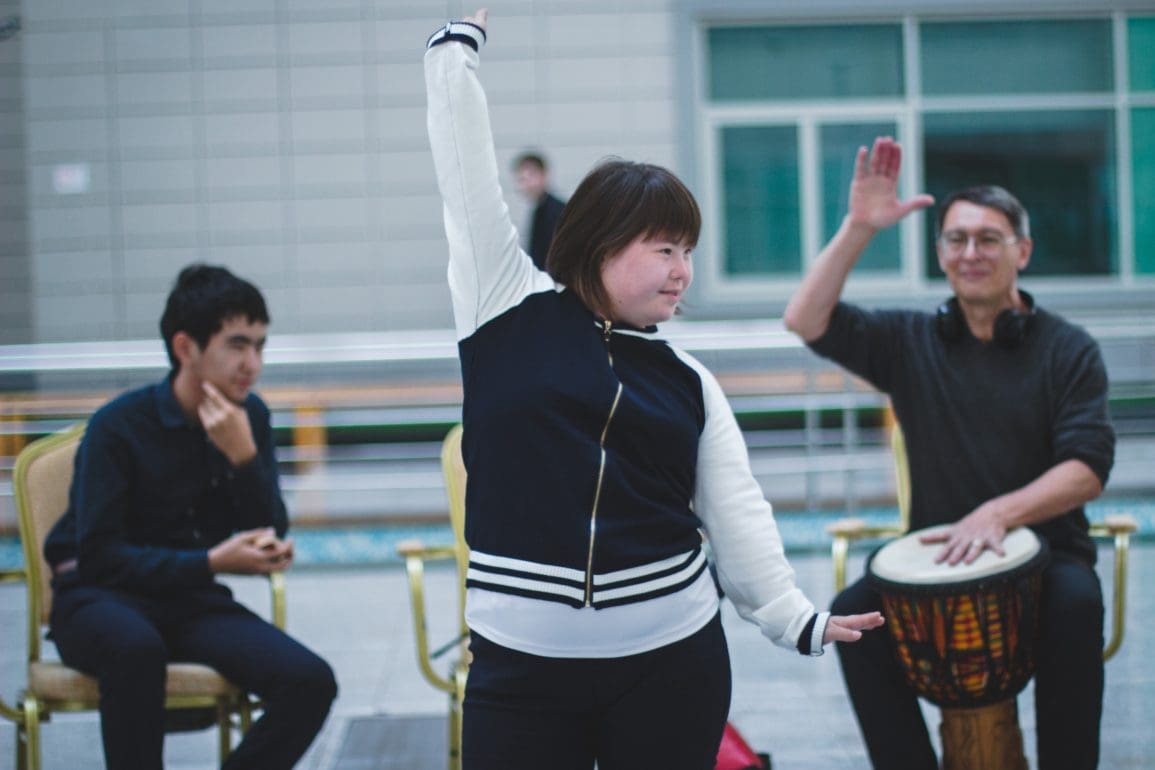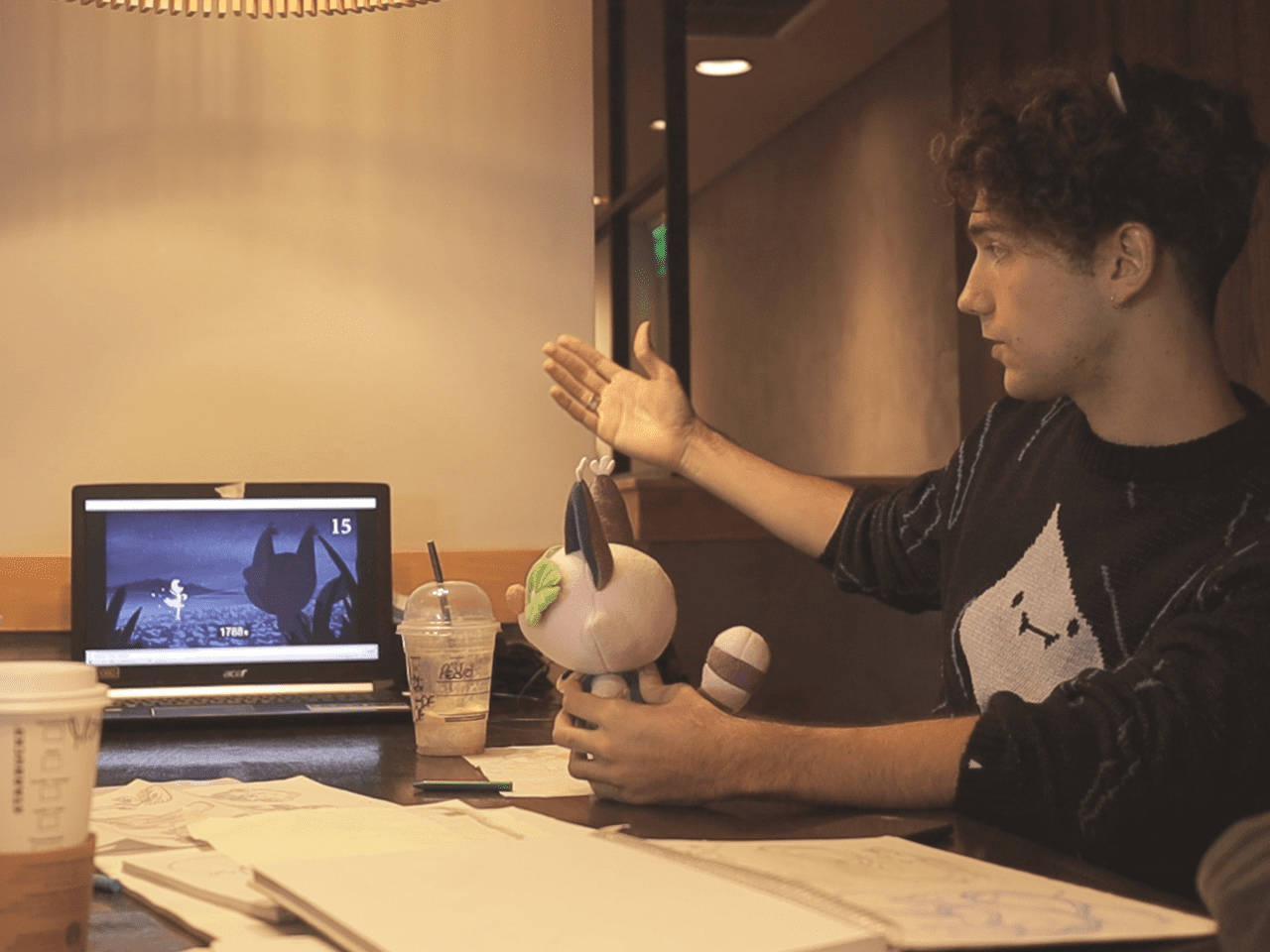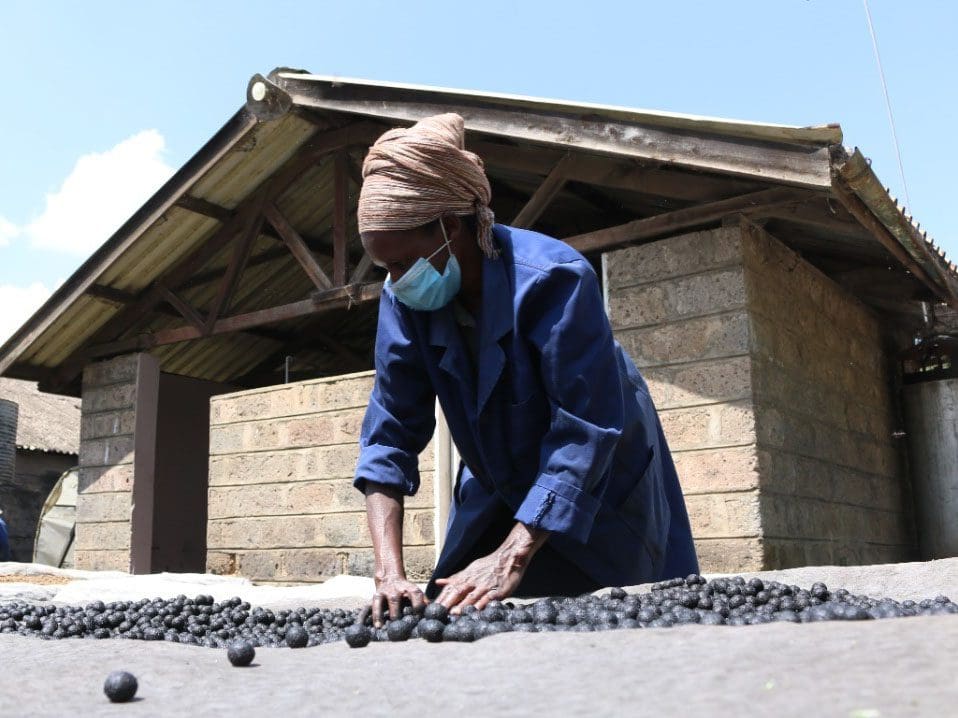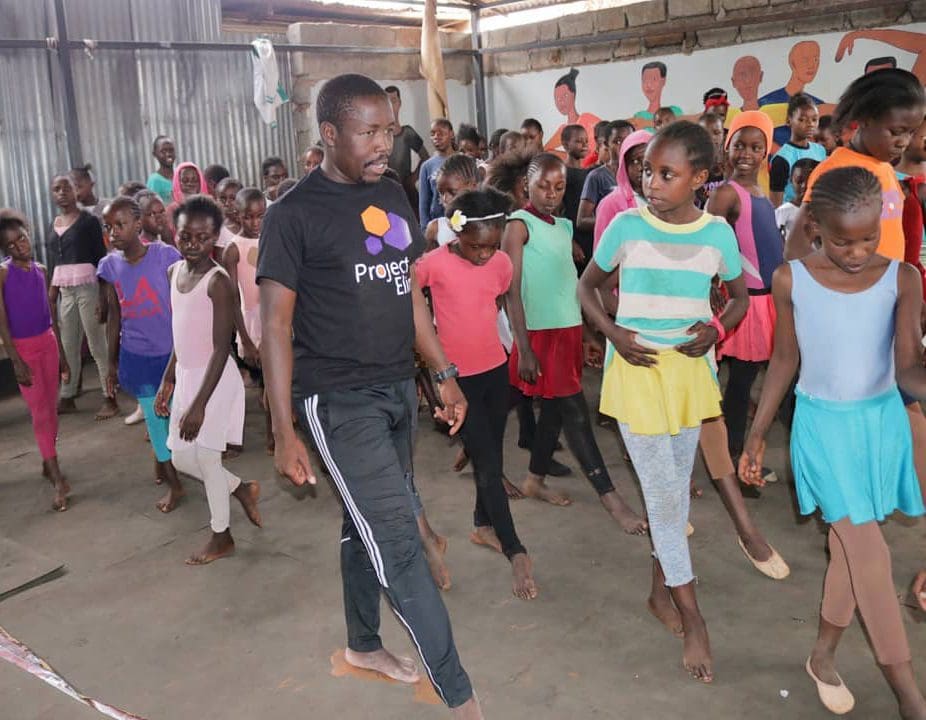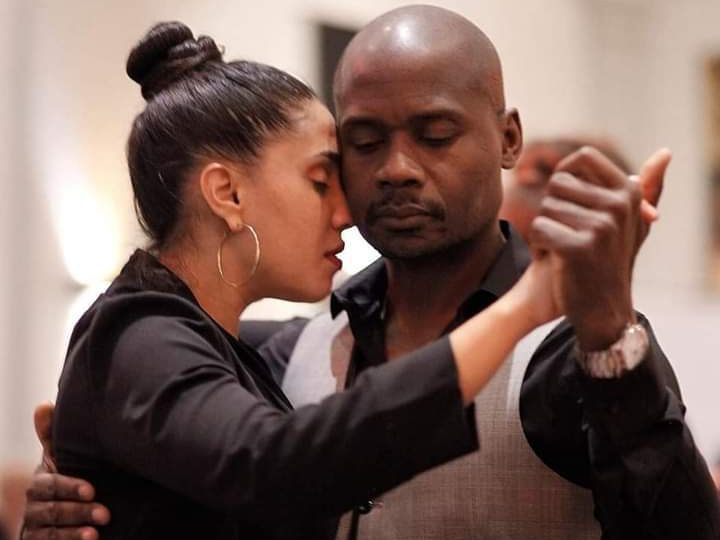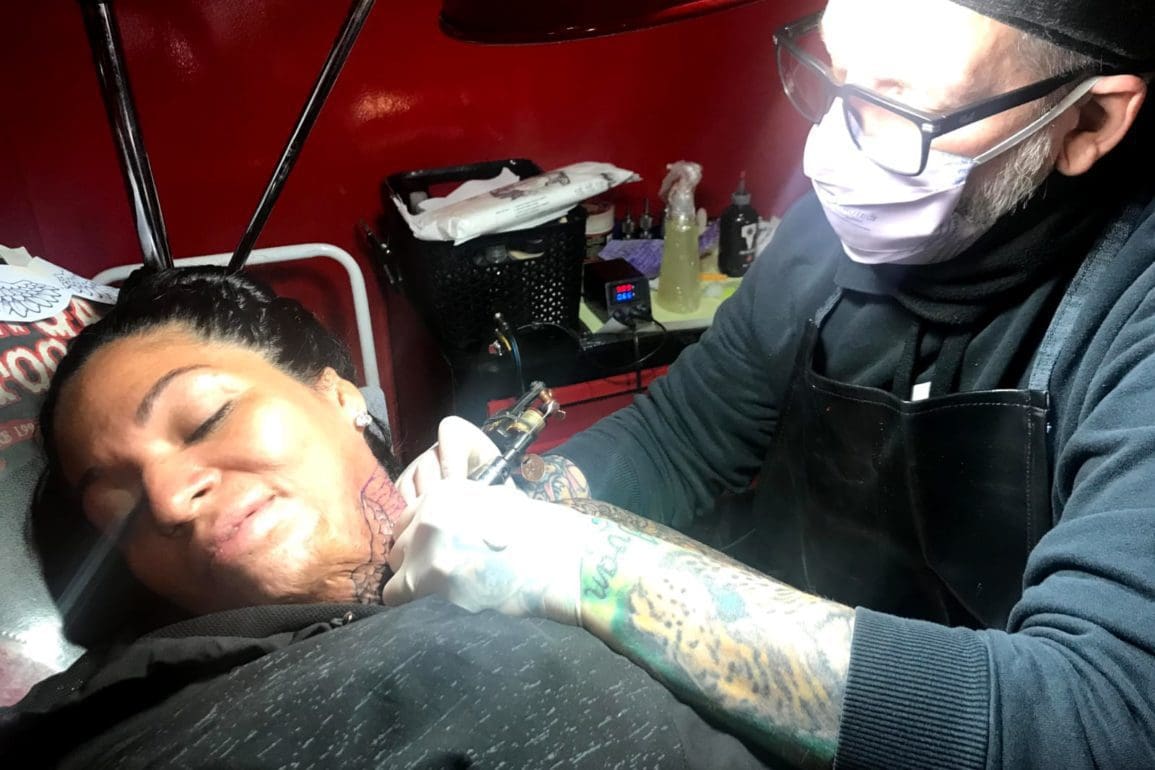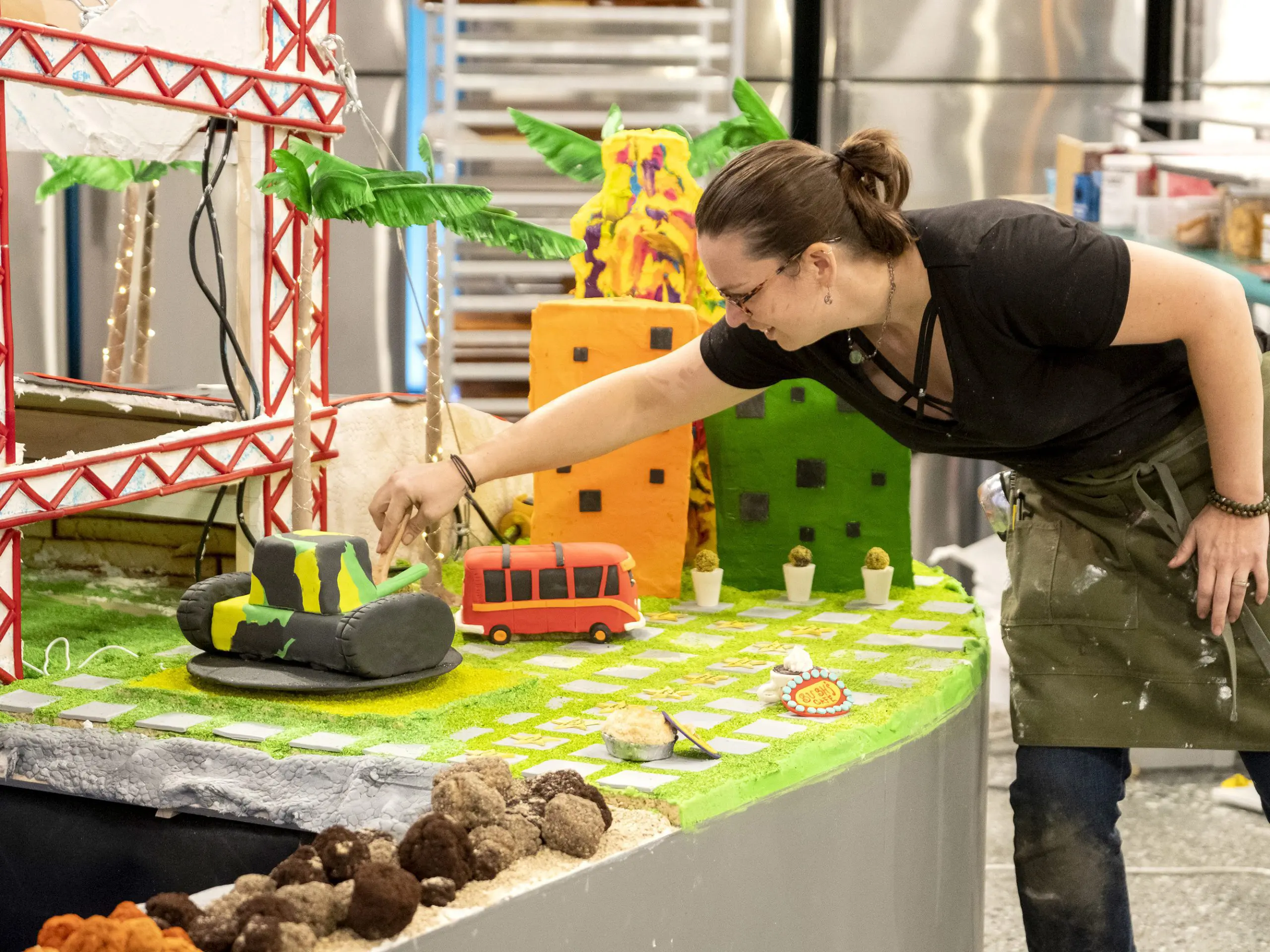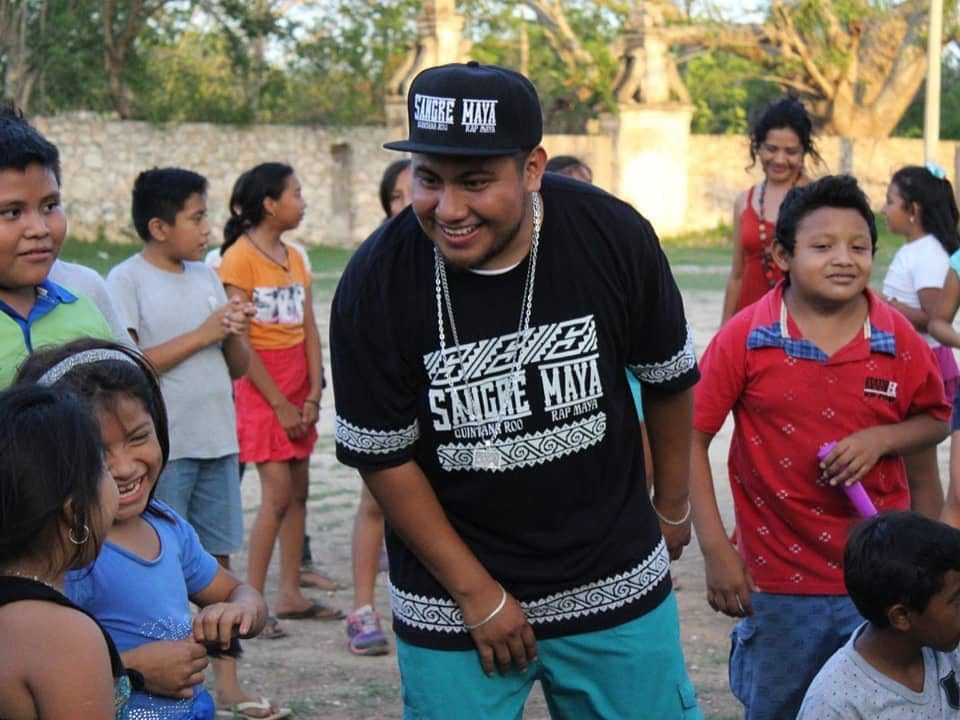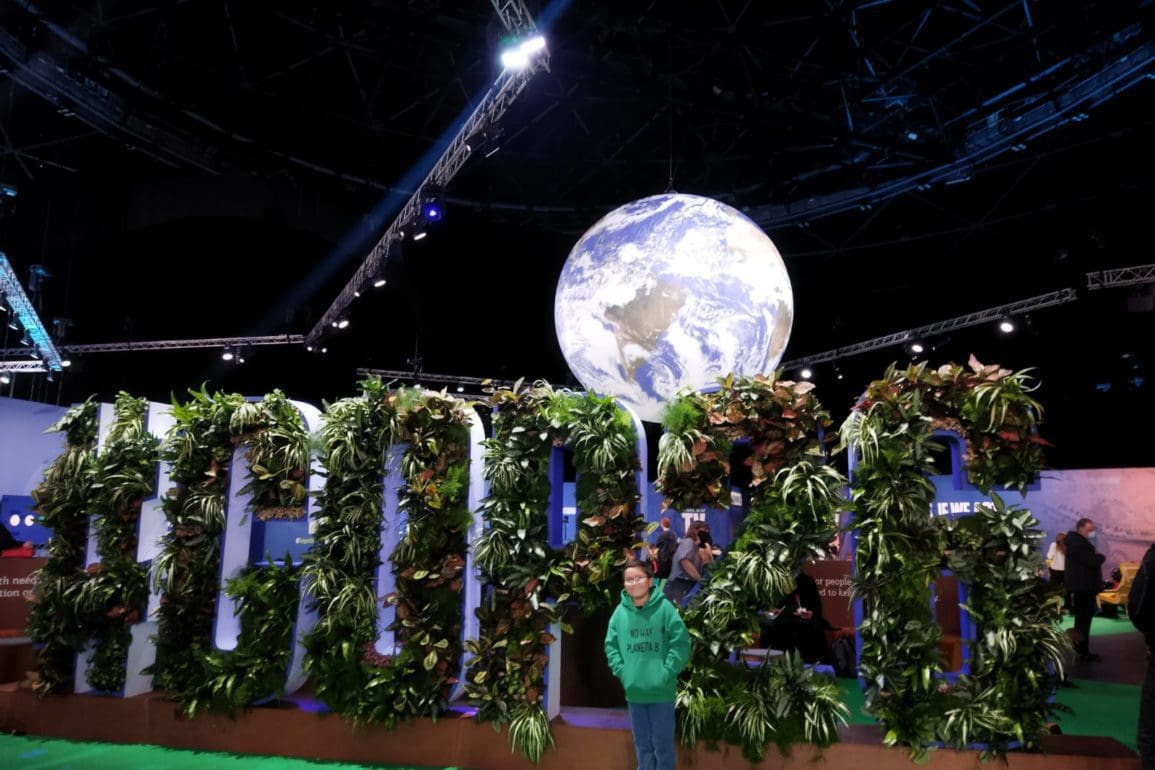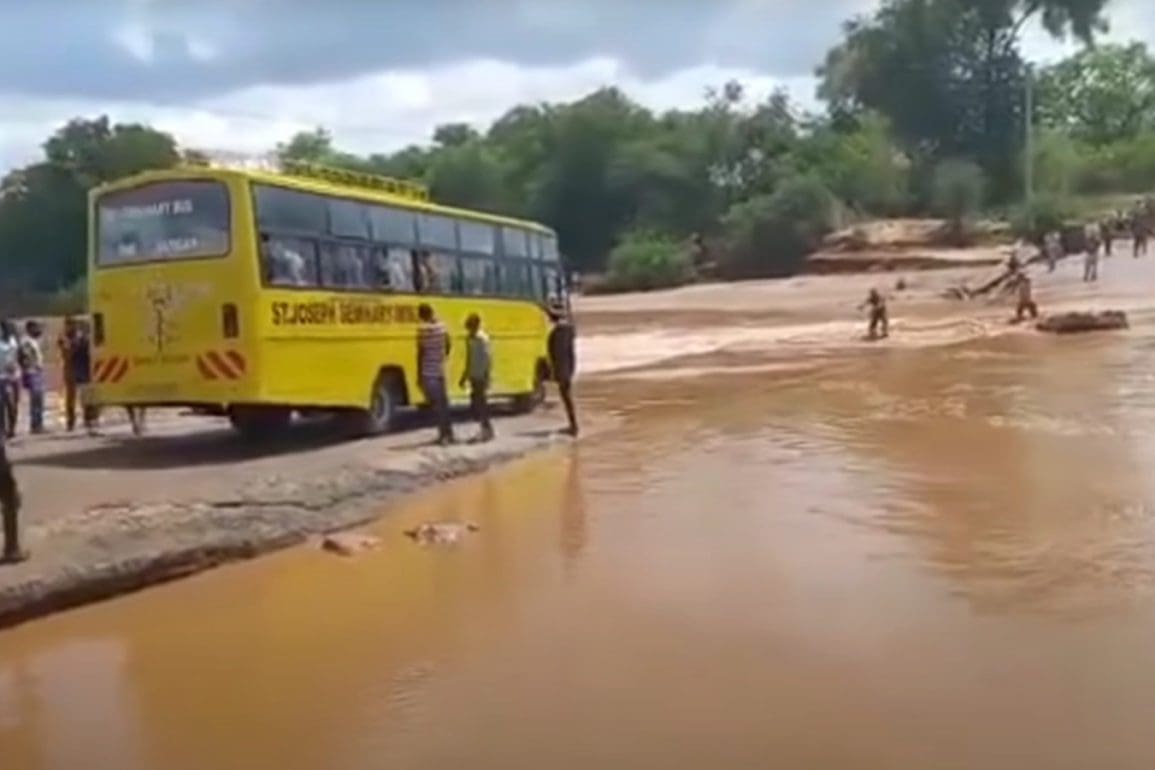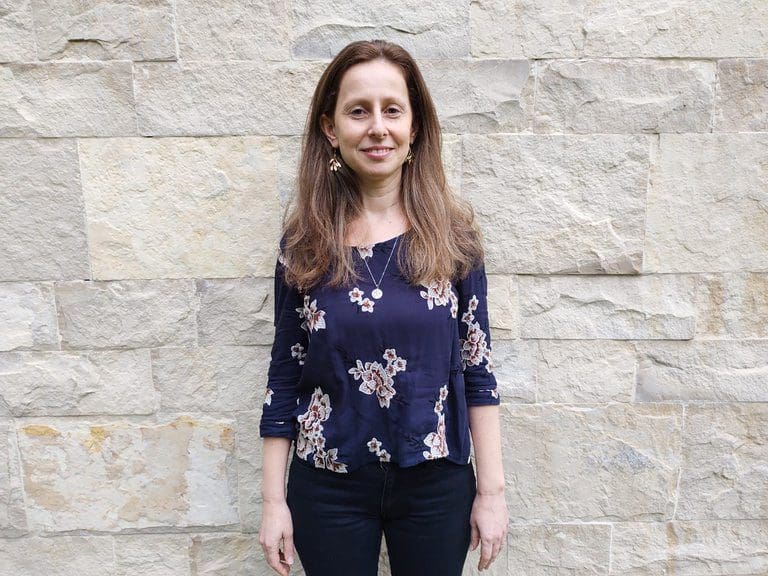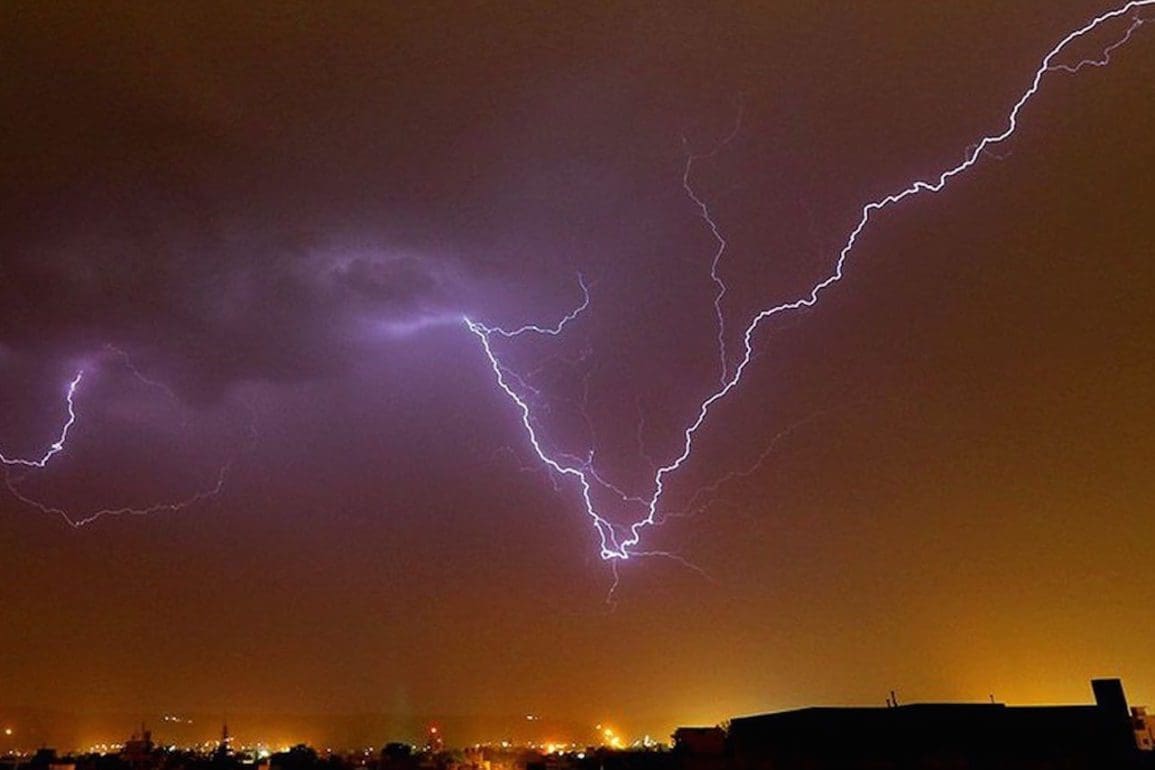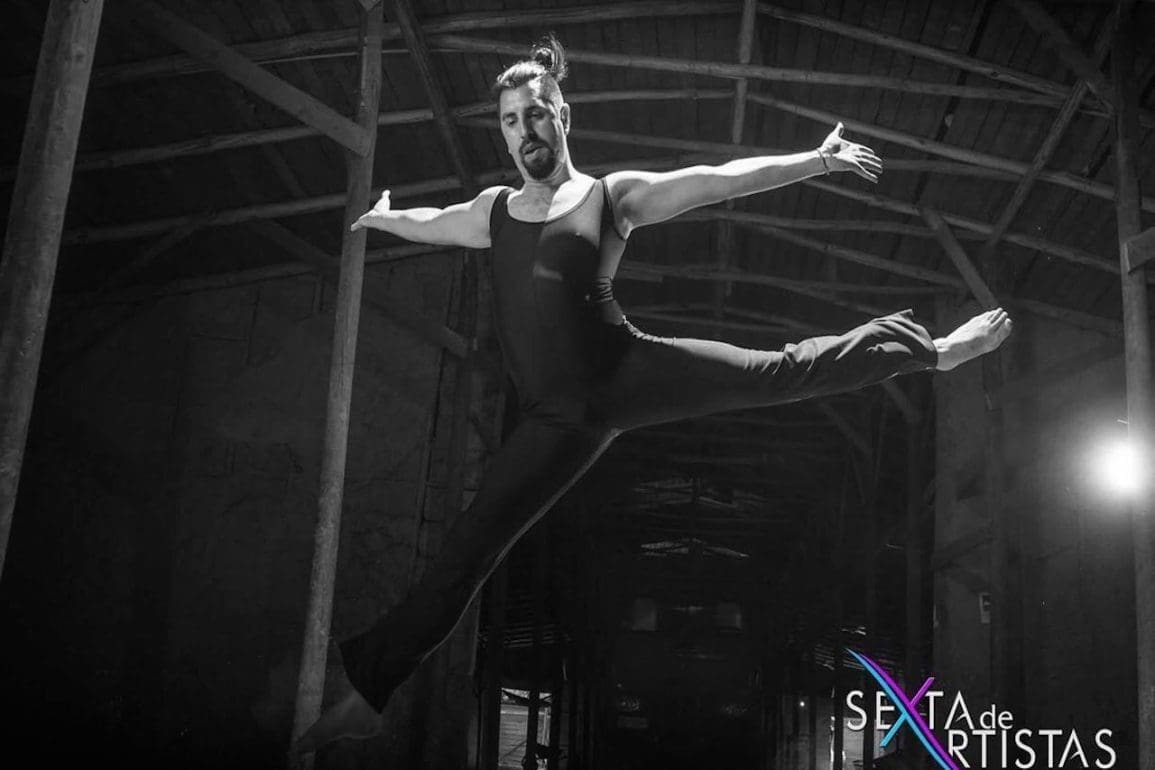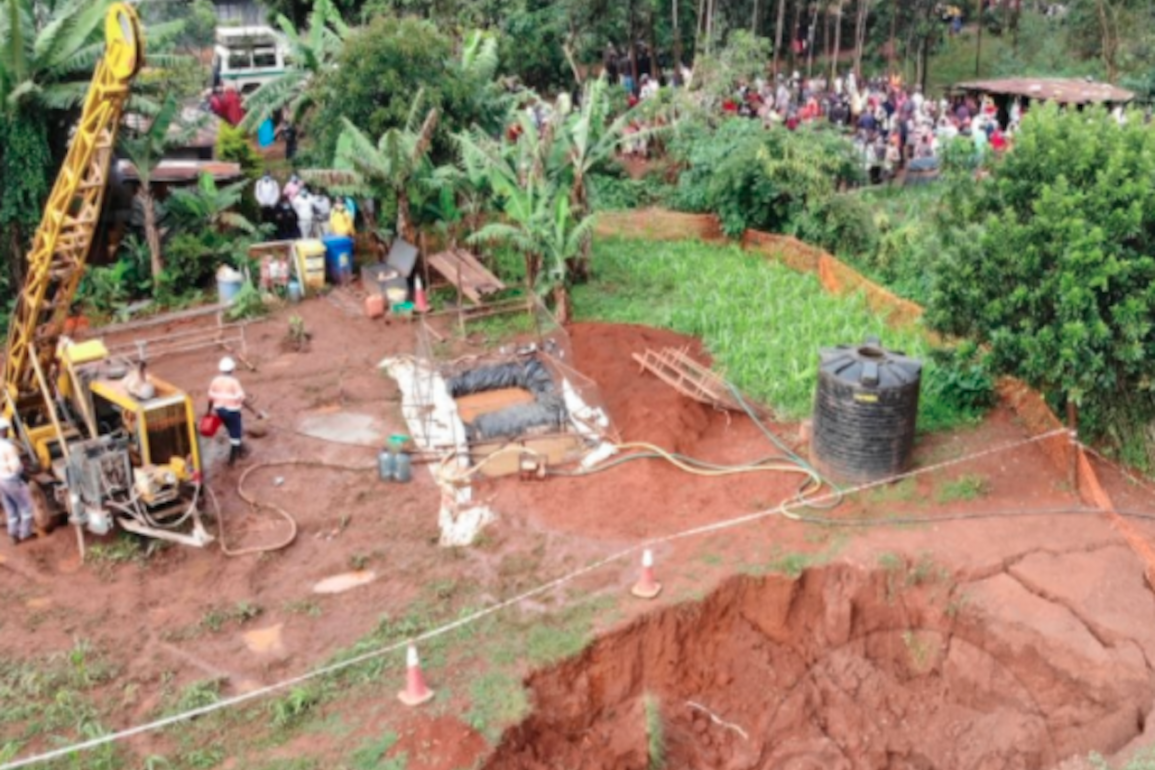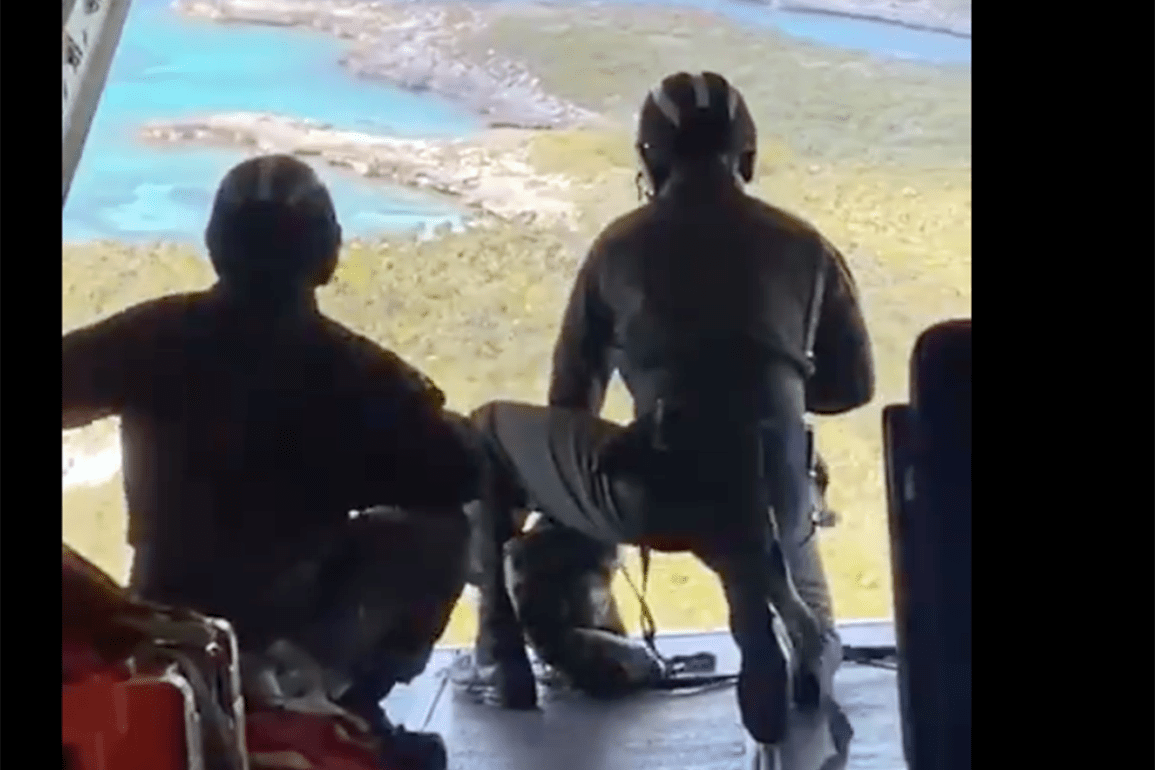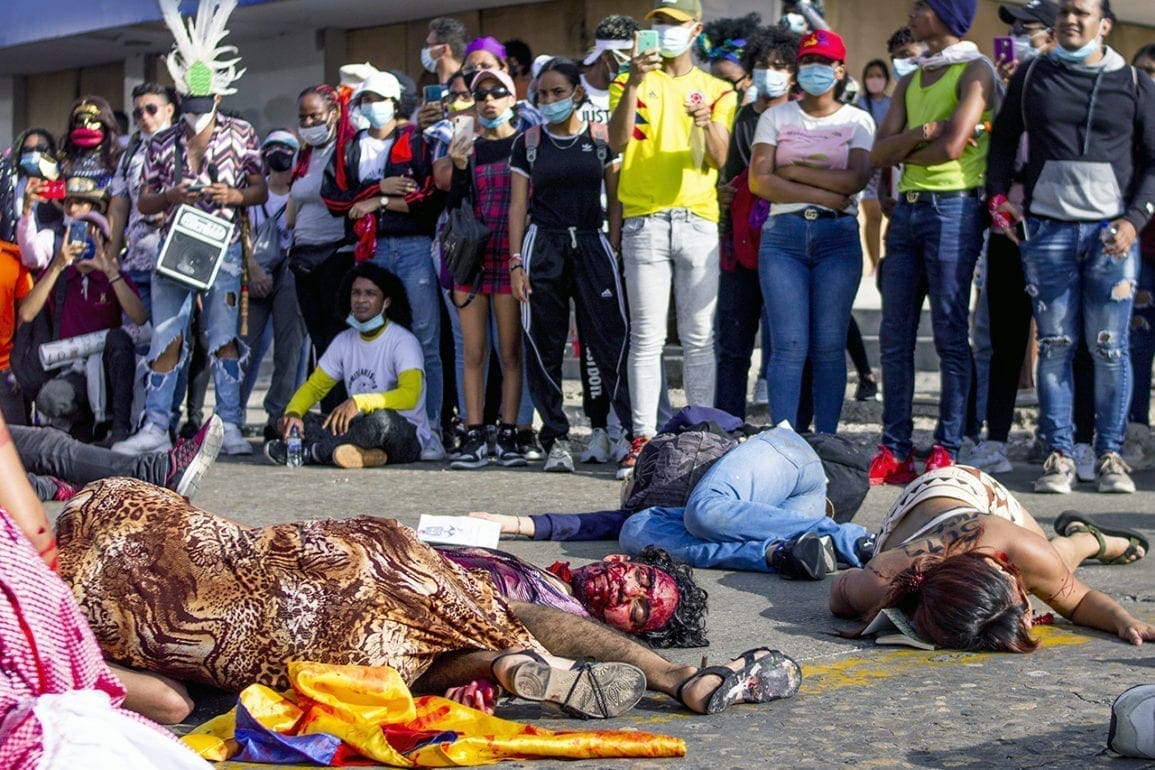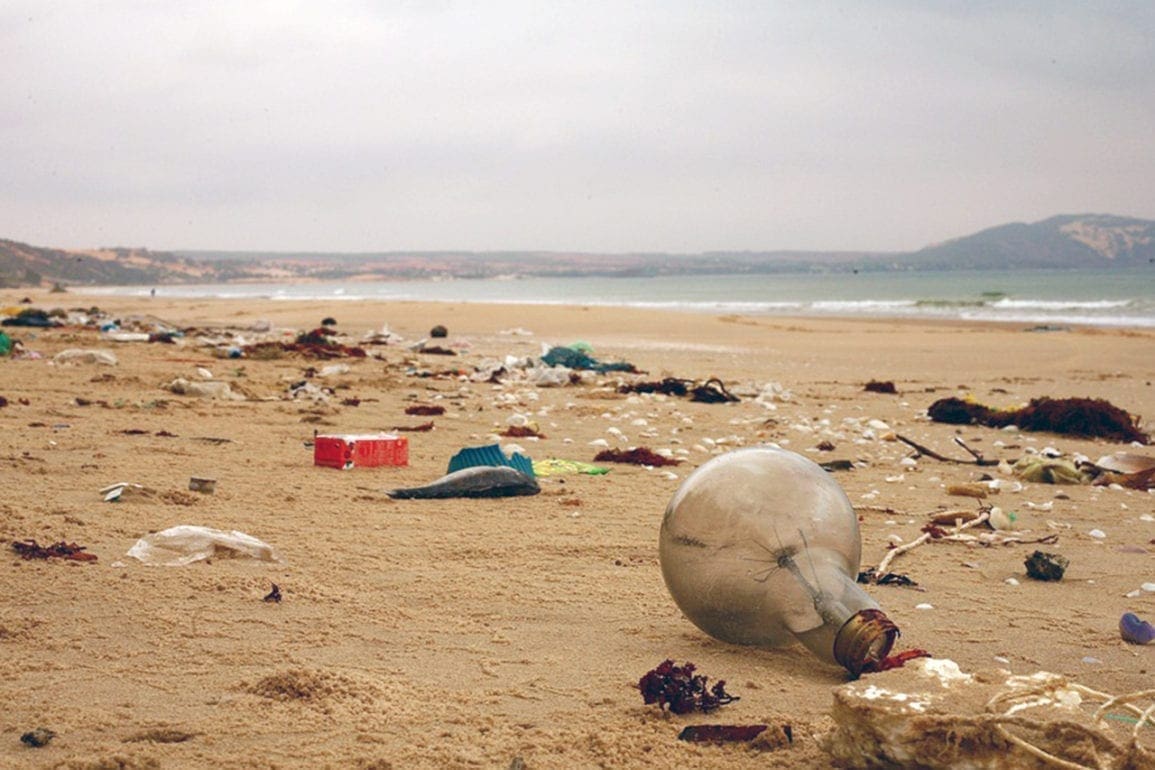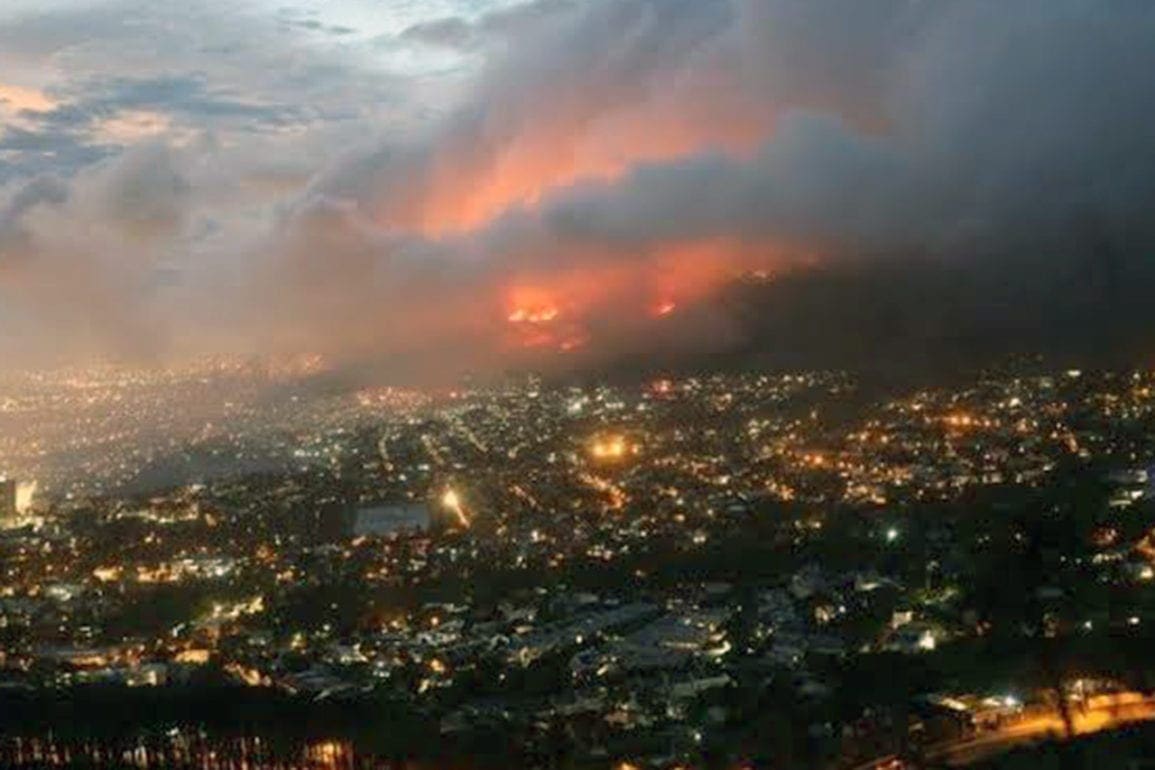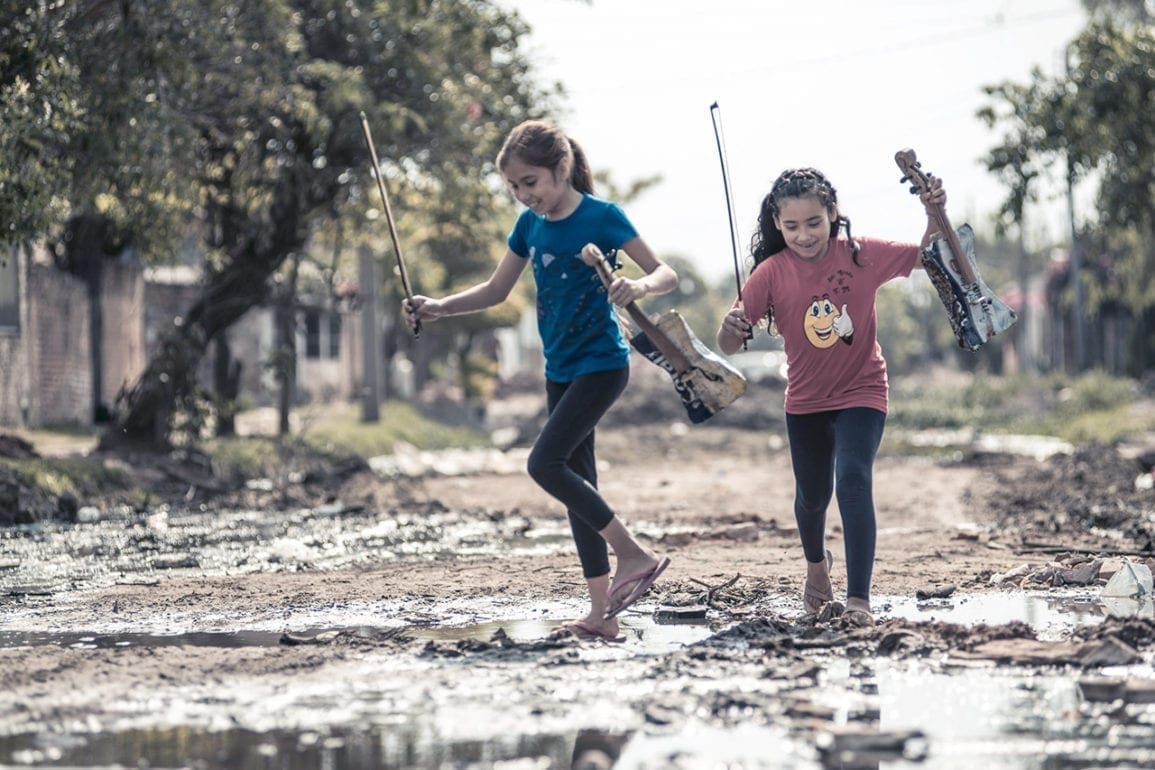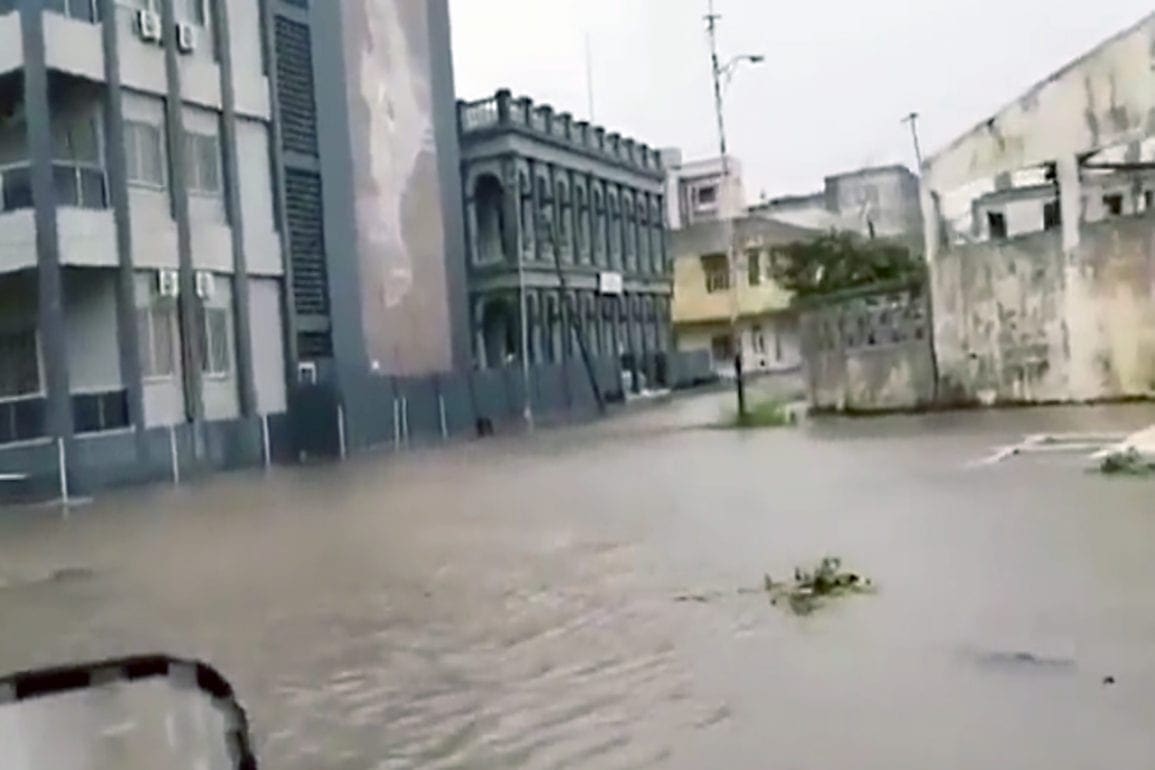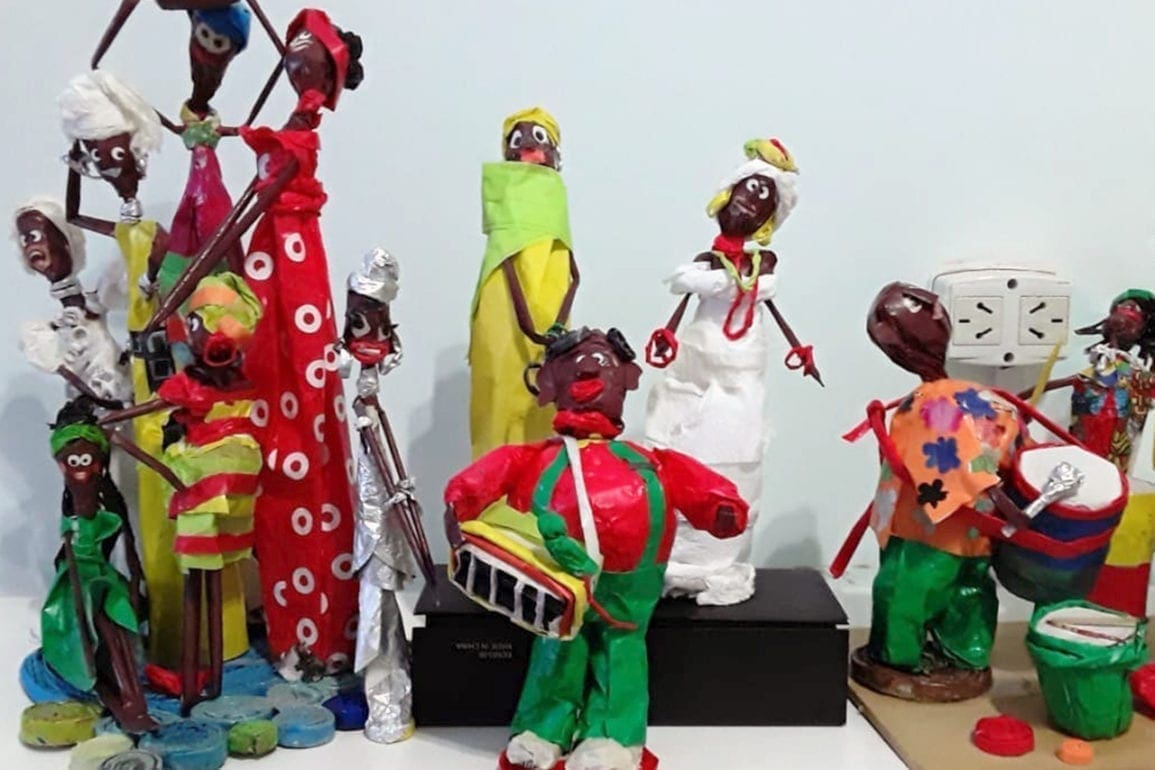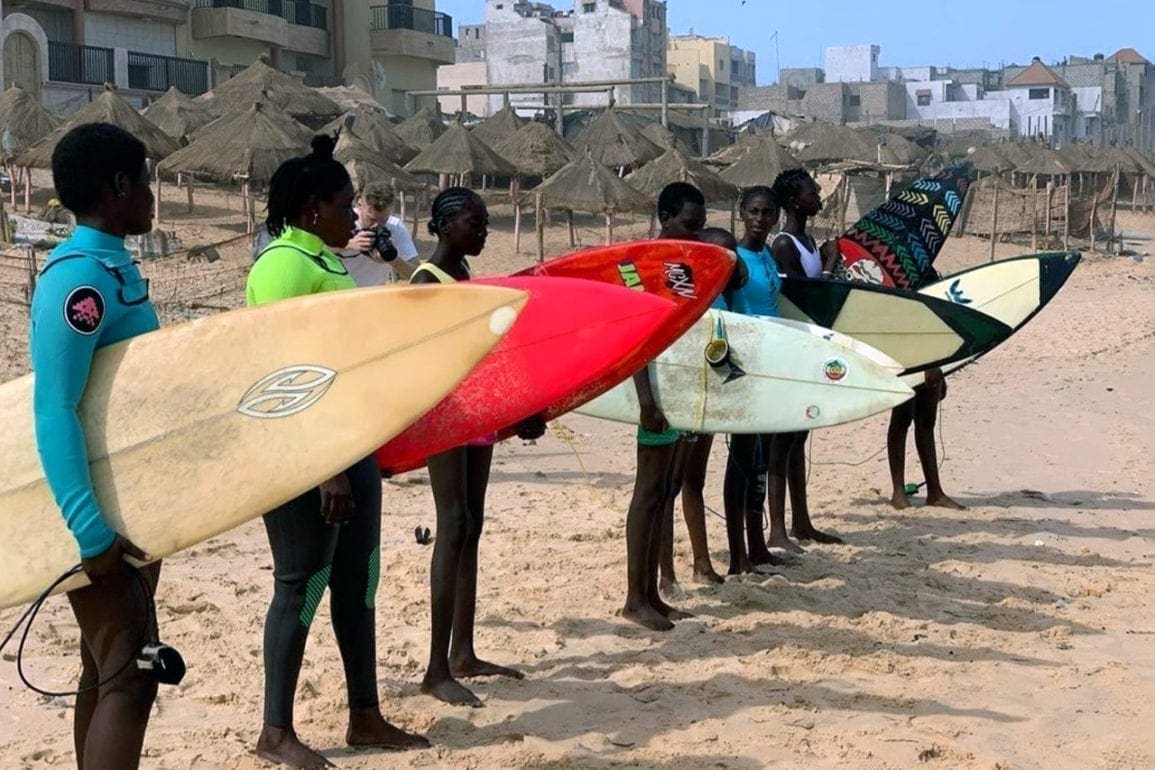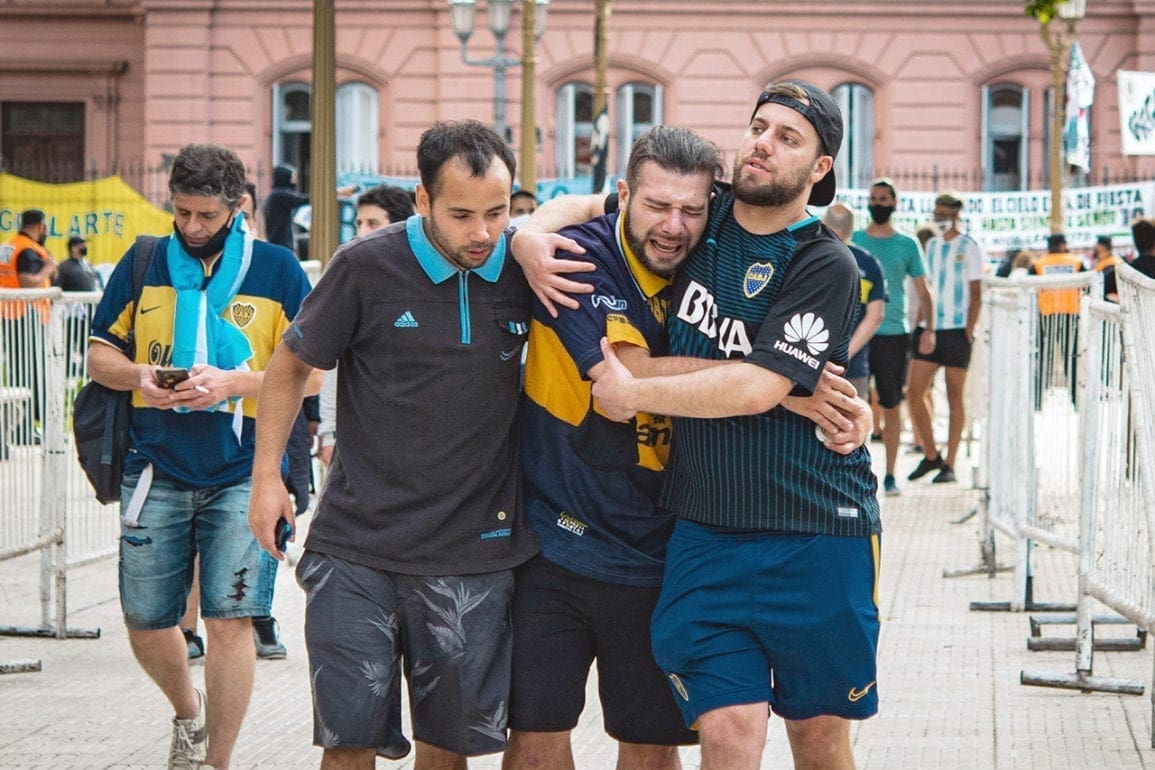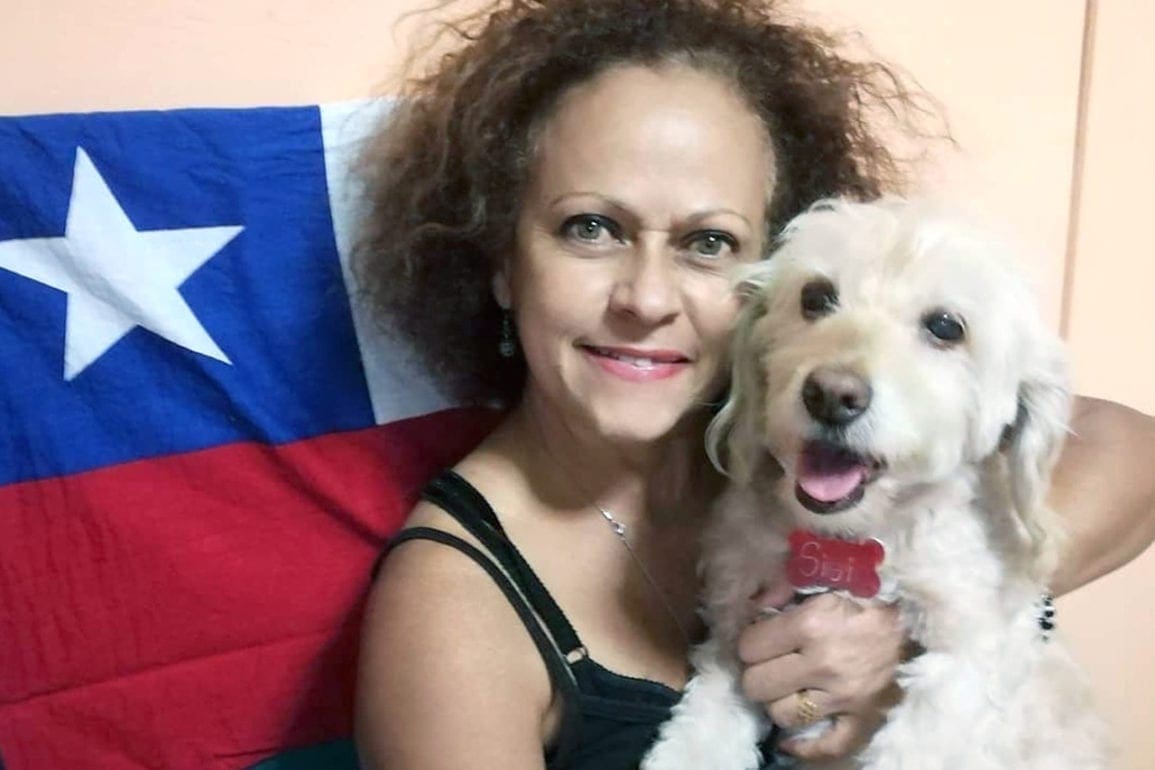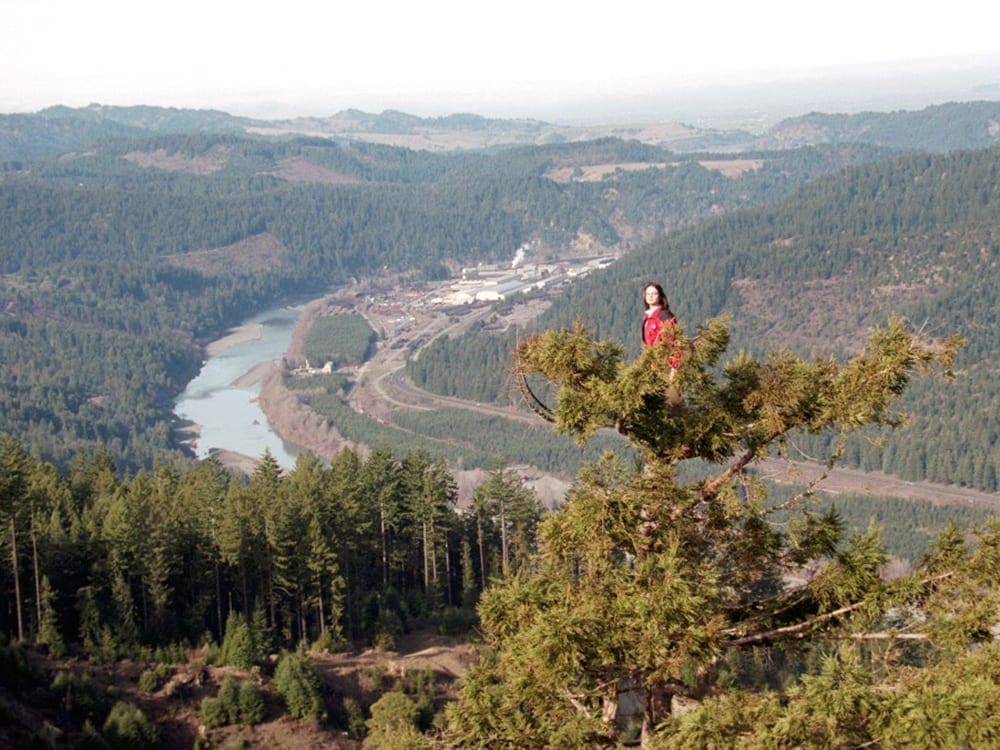One music teacher inspires 30 students to fight pollution through song, engages hundreds of A-list artists
Before we knew it, over 300 artists from Argentina and around the world signed on to record our first album. We found studios in several cities globally where we could record. Our songs addressed environmental problems in our immediate region and beyond. We focused on protecting our home, planet Earth.
- 2 years ago
January 10, 2024
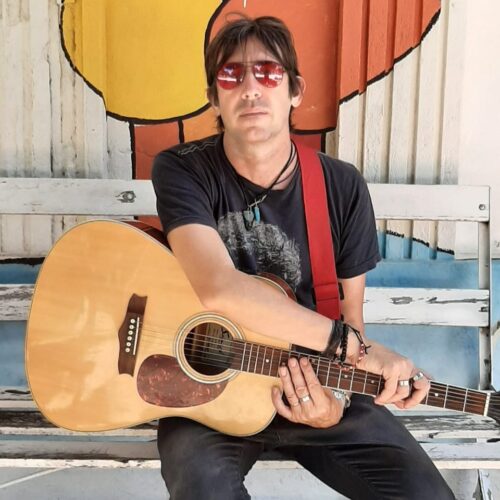
CÓRDOBA, Argentina — In 2016, I began teaching music at Hipólito Buchardo School, in San Marcos Sud. On my first day, I walked into the classroom with my guitar in hand, feeling eager to bring the musical dreams of these ordinary students to life.
Soon, with the help of social media, we went from a small, rural, musical group to a global phenomenon featuring over 500 international musicians and dazzling audiences of more than 30,000 people.
Read more music and art stories at Orato World Media.
Music teacher inspires students through music to tackle environmental conversations
That first day, I sat on the floor talking to the students. Collectively, we faced a worrisome issue surrounding the ecosystem in our region. Every day, the 3,000 residents of San Marcos Sud contend with massive agro-chemical pollution affecting our land, air, food, and water.
My elementary school class debated the topic, ultimately reflecting on the power of art as a tool to drive conversation and social change. Looking in their eyes, I saw a yearning to grow up healthy, to dream, and to fight this injustice. So, I made a proposition – let’s write a song about our feelings and experiences around environmentalism.
After some research, we began transforming images into words. Our first song was born: ‘’Let’s play in the field while Monsanto is away.” As we prepared for our song to play on the radio for the first time, a seven-year-old boy in the second grade approached me. He made an ambitious demand: invite the popular artist Pablo Milanés to sing with us.
Throughout the year, every 20 days, I brought a vinyl record or CD to class for the children to listen to from beginning to end. Then, they wrote reviews about how it made them feel. This little boy learned about Pablo and wanted him to join us.
Looking into his big eyes staring at me, I had no positive answer. I admired the artist, but we weren’t friends. The boy’s eyes shifted to a look of disappointment as class ended. His request ran through my mind over and over again. I urged him to dream, but when he did, I dashed his vision. It left me feeling sad and defeated, so when I got home that day, I made a decision. The next time I saw him in school, I told the boy we would send a message to Pablo on social media.
One child with a dream changes our lives forever
Together, my students and I developed a strategy to design a banner that said, “Help us. Sing with us!” Upon it, we painted the handprints of each student. We took a photo in front of the school with all the students holding the sign and when we sent it to Pablo, the students shouted, clapped, and hugged. I continued class, uncertain our effort would produce results. Nevertheless, when I went home that day, I felt like I accomplished a great task.
Ten days later, my phone rang at home. I heard a voice with a unique accent say, “Hello, I’m Pablo Milanés and I am calling from Mexico.” I felt a shiver run through my body and my legs went weak. Feeling numb, I said nothing. Pablo repeated himself, “Hello, Ramiro, is that you?” He continued, “I’m on tour in Mexico. My partner saw your message on social media, and I would be glad to record their song in my voice.’’
I remember saying thank you over and over, eliciting laughter from the people with Pablo. He continued talking and finalizing details as tears of joy streamed down my face. Images of Pablo’s records from my childhood flashed through my mind. I remembered how it felt to listen to his music. For several minutes after our call, I sat in shock.
I returned to school the next day bursting at the seams, excited to share the good news with my students. “Pablo Milanés is going to record our song,” I shouted. That little second grader stood up from his bench with a huge smile and said, “Teacher, did you imagine I could make this happen?” The world lit up around us and as I looked into his eyes, I realized I had a lot to learn from these children.
Pablo’s participation marks the beginning of a magical dream
Soon after, the students and I decided that if Pablo answered us, we could aspire for more. We unleashed a flood of invitations and to our shock, the musicians mostly responded positively. Recognized artists like Suna Rocha, Teresa Parodi, Juan Carlos Baglietto, Peteco Carabajal, Mavi Díaz, Guille Arrom, Piñón Fijo, Silvina Garré, Litto Nebbia, Marian Farías Gómez, Luciana Jury, Botafogo, the Coplanacu Duo, and Billy Bond agreed to sing or play with us.
It was the first project of its kind in Argentina. We did face some rejection, but it never deterred us. Before we knew it, over 300 artists from Argentina and around the world signed on to record our first album. We found studios in several cities globally where we could record. Our songs addressed environmental problems in our immediate region and beyond. We focused on protecting our home, planet Earth.


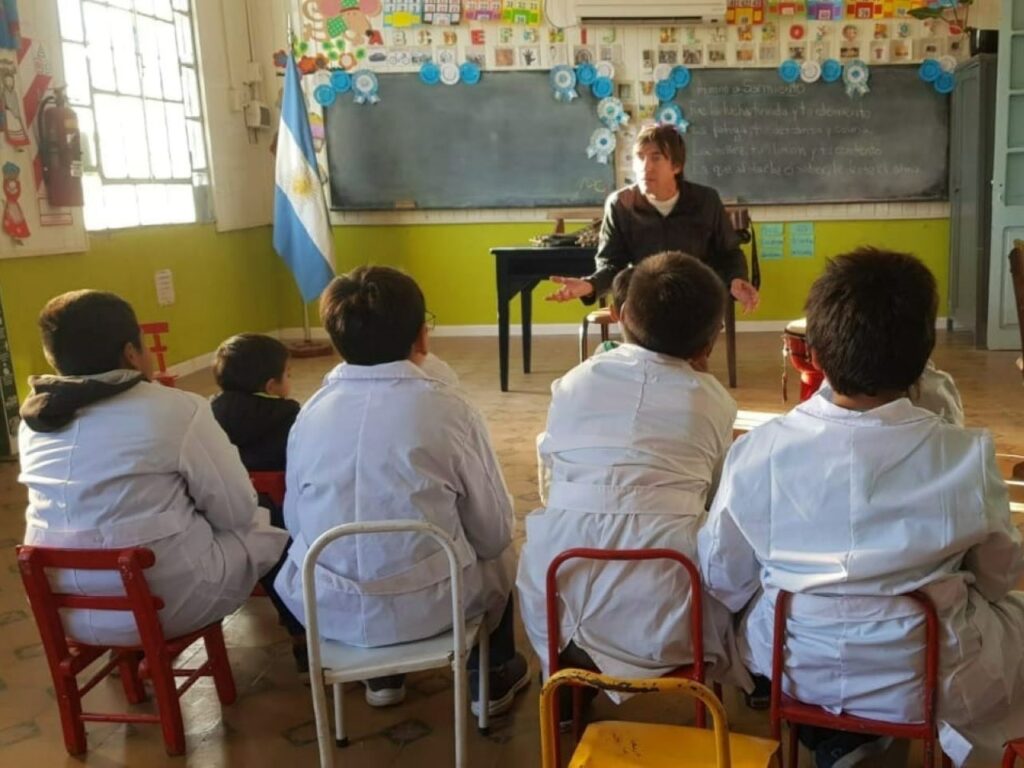
A strength emerged as we began recording. Seeing such diverse artists work and record together felt sensational. Unique collaborations took place that would have never happened otherwise. This congregation of artists extended to include symphony orchestras, string quartets, and children’s choirs.
Once again, my students and I made a decision. We would dream bigger. We began inviting technical and sound experts and engaged writers. Ultimately, we produced a double record with 33 songs. The National Institute of Music funded the physical production and the INAMU extended a subsidy to publish five hundred albums and a book with lyrics, credits, illustrations, prologues, and reviews.
We collaborated with 500 A-list artists and organized huge concerts
After the success of our first project, we released our second album with 19 additional songs performed by 200 more artists. Having realized our dreams, we now had a new mission: to expand the project to many other schools. With music as a tool for social transformation, we can become better human beings. Songs bring hope. As part of the expansion of our mission, we decided to organize an environmental Woodstock of sorts on November 12, 2023.
A handful of us organized the whole thing and invited some of the prestigious artists from our albums. With donations of all kinds, we set up a huge stage to accommodate 120 artists in the middle of field, with big screens and impeccable sound equipment. When the people descended, dressed in beautiful Argentinian colors, it dawned on me. We created some massive and magical.
For the previous 24 hours I felt a strange sensation in my stomach that got worse and worse. I feared we would face a poor turnout, but to my surprise, on that starry night in a field in a far corner of the planet, we sang before 7,000 people. I expected 200 to 300. Never in my wildest dreams did I imagine adding more zeros!
The boys from my class, clad in white overalls, belted out the song and a palpable energy shot through my body like nothing I ever felt before. Some of the children cried with joy watching the crowd sing the songs back to them. When we performed “Bichito de Luzm,” everyone turned on their cell phone lights. In that sparkling scene, they gave life to every stanza. When the show ended, the crowd’s applause thundered. We raised our arms to the sky as a gesture of respect. I felt an explosion of love and began to cry.
From a crowd of 7000, we went to a 30,000-capacity stadium
With such tangible success at our fingertips, we refused to stop. After our first successful concert, I took the students to the venue for our second show: a 30,000-person stadium which we filled to capacity. One of the best Latin American rock bands Divididos shook the crowd. The expressions on the faces of my 30 students remain forever etched in my memory.
In an incredible show of love, the audience chanted a name for our project: “They are the future!” Looking out at the sea of people, I saw them singing and crying. On stage, many of my students held back tears. As an intense bliss filled me up, I struggled not to collapse as I literally experienced a flashback of memories from throughout my life.
When the last song ended, the eruption from the crowd transported us to an eternal moment of resistance and communion. More than ever, I believe art saves. Art heals and can rescue the humanity we have left. Against all odds and past failures, my students and I kept the fire alive. Armed with our convictions and a fierce resilience, we refused to give up.
From a little-known town in San Marcos Sud, Córdoba, we built something magnificent, and our vision traveled from our small town, throughout Argentina, the Americas, and around the world. This is the power of students who dare to dream. For us, that dream is a habitable planet for everyone.

